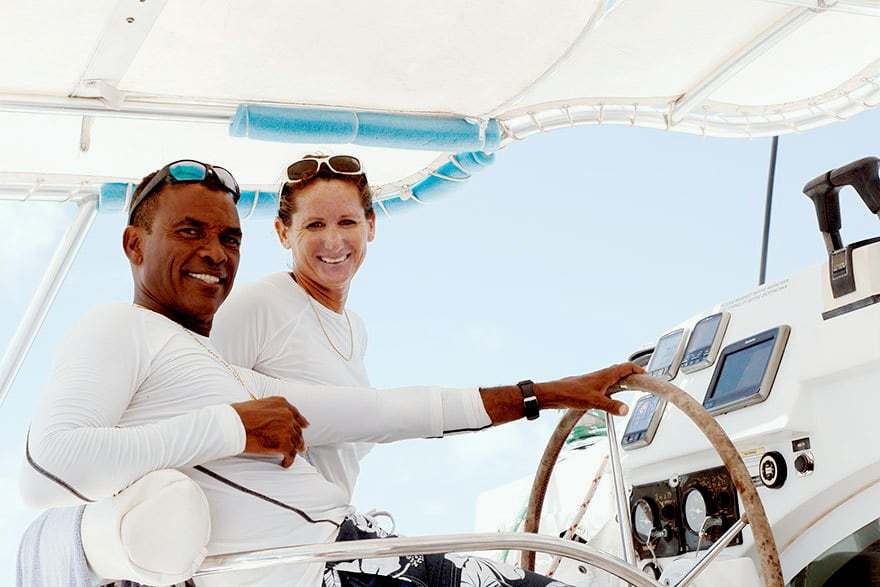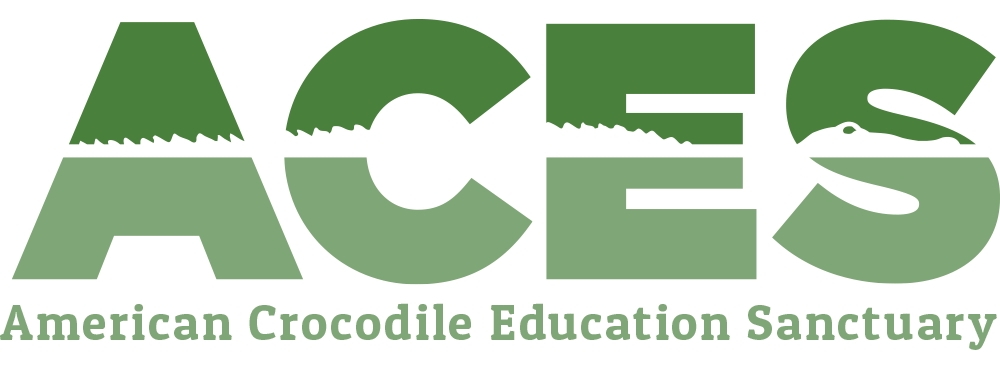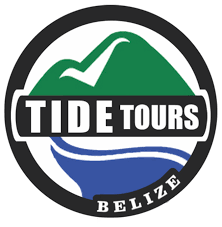|
12 Interesting Facts about Sea Stars
1. Sea Stars Are Not Fish - Although sea stars live underwater and are commonly called "starfish," they are not true fish. They do not have gills, scales, or fins like fish do. Sea stars also move quite differently from fish. While fish propel themselves with their tails, sea stars have tiny tube feet to help them move along. Because they are not classified as fish, scientists prefer to call starfish "sea stars." 2. There Are Thousands of Sea Star Species - There are about 2,000 species of sea stars. Some live in the intertidal zone, while others live in the deep water of the ocean. While many species live in tropical areas, sea stars can also be found in cold areas—even the polar regions. 3. Sea Stars Are Echinoderms - Sea stars belong to the phylum Echinodermata. That means they are related to sand dollars, sea urchins, sea cucumbers, and sea lilies. Many sea stars have five-point radial symmetry because their body has five sections. This means that they do not have an obvious left and right half, only a top side and a bottom side. Echinoderms also usually have spines, which are less pronounced in sea stars than they are in other organisms, such as sea urchins. 4. Sea Stars Can Regenerate Arms - Amazingly, sea stars can regenerate lost arms, which is useful if the sea star is injured by a predator. It can lose an arm, escape, and grow a new arm later. Sea stars house most of their vital organs in their arms. This means that some species can even regenerate an entirely new sea star from just one arm and a portion of the star's central disc. It won't happen too quickly, though. It takes about a year for an arm to grow back. 5. Not All Sea Stars Have Five Arms - While many people are most familiar with the five-armed species of sea stars, not all sea stars have just five arms. Some species have many more, such as the sun star, which can have up to 40 arms. 6. Sea Stars Do Not Have Blood - Instead of blood, sea stars have a circulatory system made up primarily of sea water. Seawater is pumped into the animal's water vascular system through its sieve plate. This is a sort of trap door called a madreporite, which is often visible as a light-colored spot on the top of the starfish. From the madreporite, the sea water moves into the sea star's tube feet, causing the arm to extend. Muscles within the tube feet are used to retract the limb. 7. Sea Stars Are Protected by Armor - Depending on the species, a sea star's skin may feel leathery or slightly prickly. Sea stars have a tough covering on their upper side, which is made up of plates of calcium carbonate with tiny spines on their surface. A sea star's spines are used for protection from predators, which include birds, fish, and sea otters. One very spiny sea star is the aptly named crown-of-thorns starfish. 8. Sea Stars Have Eyes - Many people are surprised to learn that starfish have eyes. It's true. The eyes are there—just not in the place you would expect. Sea stars have an eye spot at the end of each arm. This means that a five-armed sea star has five eyes, while the 40-armed sun star has 40 eyes. Each sea star eye is very simple and looks like a red spot. It doesn't see much detail but it can sense light and dark, which is just enough for the environments the animals live in. 9. Sea Stars Move Using - Their Tube Feet Sea stars move using hundreds of tube feet, which are located on their underside. The tube feet are filled with sea water, which the sea star brings in through the madreporite on its top side. Sea stars can move quicker than you might expect. If you get a chance, visit a tide pool or aquarium and take a moment to watch a sea star moving around. It is one of the most amazing sights in the ocean. Tube feet also help the sea star hold its prey, including clams and mussels. 10. All True Starfish Are in the Class Asteroidea - Starfish belong to the animal class Asteroidea. These echinoderms all have several arms arranged around a central disk. Asteroidea is the classification for "true stars." These animals are in a separate class from brittle stars and basket stars, which have a more defined separation between their arms and their central disk. 11. Sea Stars Have Two Ways to Reproduce - Male and female sea stars are hard to tell apart because they look identical. While many animal species reproduce using only one method, sea stars are a little different. Sea stars can reproduce sexually. They do this by releasing sperm and eggs (called gametes) into the water. The sperm fertilizes the gametes and produces swimming larvae, which eventually settle on the ocean floor, growing into adult sea stars. Sea stars can also reproduce asexually through regeneration, which is what happens when the animals lose an arm. 12. Sea Stars Eat With Their Stomachs - Inside-Out Sea stars prey on bivalves like mussels and clams, as well as small fish, snails, and barnacles. If you've ever tried to pry the shell of a clam or mussel open, you know how difficult it is. However, sea stars have a unique way of eating these creatures. A sea star's mouth is on its underside. When it catches its food, the sea star will wrap its arms around the animal's shell and pull it open just slightly. Then it does something amazing. The sea star pushes its stomach through its mouth and into the bivalve's shell. It then digests the animal and slides its stomach back into its own body. This unique feeding mechanism allows the sea star to eat larger prey than it would otherwise be able to fit into its tiny mouth. Here's an Interesting Fact about Starfish or Sea Stars - They have hundreds of tiny projections known as tube feet on the underside of their body. The starfish actually has two stomachs. The cardiac stomach eats the food outside the starfish's body. When the cardiac stomach comes back into the body, the food in it is transferred to the pyloric stomach.
0 Comments
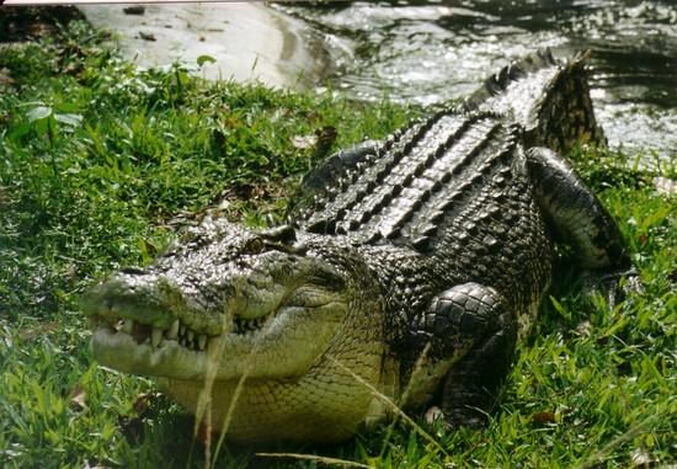 25 INTERESTING FACTS ABOUT CROCODILES 1. Crocodiles can reach (5) feet (1.5 meters) in length in just one year. 2. During mating season, crocodiles display increased aggression. 3. An adult crocodile has 64 teeth that are meant to grasp and crush, not chew. They swallow stones that grind food inside their stomachs, and also act as ballast. 4. Their infant mortality rate is very high. 95% of crocodile offspring are eaten in the first year after birth, by other predators. 5. Crocodile skin is considered one of the finest and is treasured for its durability and softness. It's a sign of status in tribal societies. 6. Some tribes worship the crocodile. This is true of the tribe in New Guinea (where they cut themselves to look like the skin of a crocodile), and it's true of the ancient Mayan people of Belize. 7. They are the biggest reptiles on earth. Saltwater crocodiles are the biggest reptiles in the world. They can grow up to 20 feet in length and can weigh more than a ton. 8. There is also a species called "Dwarf Crocodiles". The smallest crocodile is the dwarf crocodile (measuring 4.9 to 6.2 feet) in length. 9. Crocodiles live all over the globe, except for Europe. 10. Crocodiles are closely related to dinosaurs and birds. 11. Crocodiles really do produce tears. This is because, while they are eating, they swallow too much air, which gets in touch with their lachrymal glands (the glands that produce tears) and forces tears to flow. But it's not actually crying, and crocodiles do not weep when they eat their prey. 12. Crocodiles can keep their jaw open under water. This because there is a valve at the back of their throats, allowing them to open their jaw underwater. 13. They have an average lifespan of 30-40 years, but in the case of large species, they can live on an average of 60-70 years. 14. Their ancestors were much bigger. While this is true, crocodiles are very closely related to dinosaurs. The prehistoric crocodiles were much bigger than today's counterpart. 15. Saltwater crocodiles have the strongest bite. A saltwater crocodile can slam his jaw shut using 3,700 pounds per square inch of pressure. To give you a comparison, a lion can bite with the force of 1,314.7 pounds per square inch of pressure. Despite this enormous bite force, their muscles to open the jaw are extremely small and weak, that is why a human can use their hands to keep a crocodile's mouth closed. 16. Crocodiles have good night vision. Their night vision is very good and they are mostly nocturnal hunters. 17. The crocodile heart is very sophisticated. Of all animals in the animal kingdom, the crocodiles has the most sophisticated heart. It can actively change the destination of blood that flows through it depending on requirements. 18. Crocodiles carry their hatchlings in their mouth. Crocodiles carry their babies to the water in their mouth. Baby crocodiles can make noises from inside their eggs before they hatch. The mother can hear their voices, then digs up the eggs from the sand, and takes the hatchings to the water. 19. They can find their home from long distances. Crocodiles may possess a homing instinct. Crocodiles when tracked in Australia, were relocated, but returned to their original locations within three weeks (information obtained from tracking devices attached to each one). 20. They are good swimmers. Their top speed swimming is 15 mph. 21. Their feet are webbed. Crocodiles have webbed feet which, which they do not use for swimming. They tuck their feet to the side while swimming and use the power of their tails, which allows them to make fast turns and sudden moves in the water. 22. They are cold-blooded. Like other reptiles, crocodiles are cold-blooded. So, they have a very slow metabolism, which allows them to survive long periods without food. They can survive many months on a single large meal. 23. They cannot sweat. Crocodiles do not have sweat glands and release heat through their mouths. They often sleep with their mouths open. 24. Crocodiles don’t chew their food. Many large crocodilians swallow stones, which may act as ballast to balance their bodies or assist in crushing food, similar to grit ingested by birds. 25. Crocodiles are amphibious. They are amphibious reptiles, spending part of their time in water and part of their time on land. Although the saltwater crocodile and the American crocodile are able to swim out to sea, no living species of crocodilian can be considered truly marine. Common misconceptions about crocodiles - Here are some misconceptions about crocodiles:
 If you enjoy reading about Belize history, then at some point you'll be reading about Blackbeard the pirate. His name was actually Edward Thatch, Jr. (or Edward Teach), an Englishman born in Gloucestershire, England on or about 1680. He died on November 22, 1718 in battle. He was known for being one of the most notorious & famous pirates of all time. He controlled the Caribbean (to include Belize) during the years of 1716-1718. Little is known about his early years. It is very possible, as a young man, he was a passenger (a sailor) working on a slave ship with Captain Benjamin Hornigold (who also later became a pirate). The two of them joined forces and Hornigold, placed Edward Thatch in command. The two of them engaged in numerous acts of piracy together. Pirates (in those days) habitually used fictitious surnames while engaging in piracy, so as not to tarnish the family name back home. This is why we will most likely never know his real name. After Hornigold retired, it is most likely that Thatch took his place. In time, he became a renowned pirate, with the nickname "Blackbeard". This nickname was given him due to his thick black beard and fearsome appearance. He usually wore (6 to 8) guns strapped to his chest. He wore his beard in braids (or pigtails) twisting each braid with a ribbon at the end. He was accustomed to putting fuses (slow burning matches) in his braids and lighting them on fire. They would give off a lingering smoke, that gave the pirate a fearsome appearance, meant to terrify his enemies. In battle, this intimidation was very successful, as his enemies were terrified of him. Blackbeard was not a particularly successful pirate in terms of treasure plundered, nor was he the fierce rouge he is made out to be. During his short time in history (less than two years), he rarely used violence. His motto was, a damaged ship is a useless vessel. An undamaged ship, is a useful vessel. So to minimize the lost due to fighting and gunfire, the pirates sought to overwhelm their victims (not with violence), but by building fear. He allowed some of his captives to escape, to further the stories of terror. In March of 1718, while taking on water at Turneffe Island (off the eastern coast of Belize), he spotted a Jamaican logwood cutting ship named, "The Adventurer". The ship was captured and the captain (David Heriott), was invited to join their piracy (which he accepted). By the autumn of 1717, Blackbeard had established himself as the head of a small fleet. On November 28 of that same year, two of pirates came across the La Concorde (a 200 ton French slave ship with 16 cannons). After claiming the ship as his own, he equipped the ship with 40 cannons (20 on each side), becoming the most feared pirate at sea. The French vessel (La Concorde), was on its third slave trading expedition across the Atlantic with hundreds of Africans on board when it was captured by Blackbeard. Thatch seized the La Concorde, and renamed it "Queen Anne's Revenge". It remained Blackbeard's primary ship until June of 1718, when it was ship wrecked on a sandbar near Beaufort Inlet, North Carolina. Later during the fall of 1717, Blackbeard and his crew claimed many other ships. In fact fifteen (15) ships alone were captured off the coast of New York (USA) in the fall of 1717. Blackbeard died in battle on November 22, 1718. It is believed that he was between 35 to 40 years old at the time of death. Blackbeard was not the most successful pirate ever to sail the seven seas, several other pirates were far more successful than Blackbeard. It is his reputation, which made him notorious and famous. Despite his fearsome reputation, there is no account of him ever murdering or harming anyone he held captive. In fact, most of his captives later became loyal pirates under his command. Researchers have recently discovered (in 1996) what seems to be the wrecked remains of Blackbeard's mighty "Queen Anne's Revenge" off the coast of North Carolina (USA). The discovery has lead to yielding many treasures from that ship, such as: cannons, anchors, musket, barrels, pipe stems, navigational instruments, gold flakes and nuggets, pewter dishware, a broken drinking glass and part of a sword. Today movie producers and fictional script writers, tend to glamorize the life of pirates. But the reality is, life as a pirate was very hard. You were a fugitive, constantly on the run (having to look over your shoulder), and watch your own back. Pirates often lived without some of the basic necessities (running water, hot meals, proper shelter). There were often fights and misunderstandings among them. Many died of sickness, scurvy and dysentery, because they could not get proper medical attention. Pirates were criminals, who stole from the rich to pad their pockets, for selfish gain. Yes, piracy is part of our history, but pirates are hardly role models we want to imitate. Fact #1: Rainforests only cover about 2 percent the total surface area of the Earth, but really about 50 percent of the plants and animals on the earth live in the rainforest. Fact #2: Rainforests are the forests which receive high amount of rainfall. Fact #3: Rainforests can be found in many countries, not just in Central & South America. Fact #4: Rainforests are found on all of the different continents, except for Antarctica because it is far too cold there for the environment to be conducive. Fact #5: Rainforests can be separated into two different types of rainforests (temperate & tropical). Tropical rainforests are the ones that are most commonly found around the world. Fact #6: Rainforests help to regulate the temperatures & weather patterns around the world. Fact #7: Rainforests help to provide us with fresh water. About a fifth of our fresh water can be found in the Amazon Rainforest Basin to be exact. Fact #8: Rainforests help to maintain our supply of drinking water and fresh water, so they are critical in the sustainability of the earth. Fact #9: Rainforests provide about 1/4 of the natural medicines we as humans use. Fact #10: Rainforests provide a diversity of plant and animal life. In fact, within just four square miles of tropical rainforest, you will find 1,500 flowering plant species, 750 types of trees, and many of these plants can be helpful in combating cancer. Fact #11: Rainforests provide about 70% of the plants used for treating cancer. Plants that can only be found in rainforests. Fact #12: Rainforests provide over 2,000 types of plants, used to help aide in cancer treatment because they have anti cancer properties. Fact #13: The Amazon rainforest is the largest tropical rainforest in the world. Fact #14: Less than one percent of the species of plants in the tropical rainforests have actually been analyzed to determine their value in the world of medicine. Fact #15: Rainforests are threatened each and every day, by practices agriculture, ranching, logging and mining. Fact #16: Rainforests make up about 6 million square miles on earth's surface, now due to deforestation, there is less than of this still found in the world. Fact #17: If the rainforests continue to decline in the way that they have been, then about 5-10 percent of the species living inside them, will go extinct every ten years. Fact #18: Rainforests are found in about 90% of the worlds underdeveloped countries around the world. Fact #19: Rainforests are cut down somewhere in the world every second. In fact, we will probably lose over 80,000 football fields worth of rainforest each and every day. Fact #20: Rainforests are home to many different types of animals. Most of them cannot live anywhere else, because they depend on the environment of the rainforest in order to survive. Fact #21: Rainforests help about 90% (or 1.2 billion) people living in poverty worldwide, to meet their basic daily needs. Fact #22: Most of the oxygen supplied in the world, comes from rainforests, even though they are miles away. Fact #23: Rainforest average temperatures, range between 70 and 85° F. Fact #24: Rainforests provide us with timber, coffee, cocoa and many medicinal products, to name a few. Fact #25: Rainforests are constantly being destroyed by multinational logging companies, land owners and developers to make way for more real estate investments. Fact #26: Rainforests are so dense with trees, that it takes about 10 minutes for the rainfall to reach the ground from the canopy. Fact #27: Rainforests found in Australian, provide 80% of the flowers not found anywhere else in the world. Fact #28: Rainforests are lost at a rate of 56,000 square miles each year. Fact #29: Rainforest Insects make up the majority of living creatures found within a rainforest. Fact #30: Rainforests remaining on the earth, are estimated at about 2.6 million square miles. Fact #31: Rainforests that are destroyed each day, are equivalent to 86,400 football fields per day, which is equal to 31 million football fields of rainforest each year. Fact #32: Rainforests provide habitats for a variety of animals, to include: snakes, frogs, birds, insects, cougars, chameleons, turtles, jaguars and many more. Fact #33: Rainforest species are being depletion, at the current rate of 5–10% ever decade. Fact #34: About 57% of rainforests are in developing countries. Fact #35: Rainforests provide about 70% of the plants identified by the U.S. National Cancer Institute (used in the treatment of cancer), can only be found in rainforests. You can see why it's so important to preserve our world's rainforests. You can see how much these rainforests impact the lives of everyone (on this planet), even if you don't live near a rainforest. There are hundreds of other interesting facts about rainforests, though not mentioned above. If you haven't taken the time to educate yourself on rainforests, why not do so now. All it takes, is everyone doing their part, and the world can change. By doing your part, you are setting an excellent example for others to follow. INTERESTING FACTS ABOUT THE BELIZEAN RAINFOREST Here are some interesting facts specifically about the Belize Rainforest: FACT #1 - The Belizean Rainforest is huge! More than half of mainland Belize is covered in rainforest. FACT #2 - The Belize National Flower. There are hundreds of different kinds of trees in the rainforest but also fragile, beautiful flowers like orchids. Did you know that the Black Orchid is the national flower of Belize, and it grows in the Belizean rainforest? FACT #3 - Thousands of Caves. The Belize rainforest is also where you’ll find thousands of caves. Today you can rappel into some of these caves, explore them, see ancient pottery, ceremonial sites, and the remains of skeletons. FACT #4 - Biggest Waterfalls in Central America. The Belize rainforest is also where you will find some of the biggest waterfalls in all of Central America. Thousand Foot Falls, being one of them in the Mayan Mountains. FACT #5 - Mayan Ruins & Lost Cities. The Belize rainforest is also where you'll find many (yet to be discovered), lost cities of the Mayan people. Belize has numerous Mayan sites, where you can see buildings of past civilizations. The ancient Maya people built enormous pyramids, vast palaces, and strange carved stones called stelae right in the middle of the Belize rainforest. There are still many lost cities yet to be found in the Belizean rainforest. Satellite images have revealed many of their locations, lost cities just waiting to be discovered. FACT #6 - Tours & Excursions. Most of the tours & excursions offered in Belize, can be found in the Belizean rainforest. These rainforest adventures, are what attract thousands upon thousands of visitors each year - to this tiny little country in Central America (that I call home). The Inland Blue Hole National Park, is located just off the Hummingbird Highway, 12 miles south of the capital city of Belmopan. It’s literally a 15 minute hike from the parking lot to the (Blue) sinkhole making it very accessible and a popular stop for tours in the area. As you walk down the fairly steep trail towards the sinkhole the first thing you notice is the bright sapphire blue colors piercing through the green foliage. Beams of sunlight penetrate the thick jungle canopy above and reflect off the glass-like surface of the water. This is the Inland Blue Hole, for which the national park is named. It should not be confused with the Great Blue Hole on Lighthouse Reef Atoll which is popular with divers. The sinkhole was formed by the collapse of an underground limestone cave. The pool itself lays at the bottom of a large depression in the jungle; from ground level it drops around 100 feet to the surface of the water, after which the water depth drops 25 feet into a an underground cave system. Fed by a tributary of the Cave Branch River, the underground spring water is cold, crystal clear and invigoratingly refreshing! There is a wide shallow sandy area where you can swim and relax surrounded by shear rock walls, hanging vines and lush jungle. The Blue Hole National Park covers 575 acres of lush jungle to explore. Approximately 200 bird species have been recorded making if popular for bird watching. Wild cats which have been spotted in the park include the Jaguar, Ocelot and Jaguarundi. Other wildlife sightings include the Baird’s Tapir and the Nine-Banded Armadillo. In addition to the Inland Blue Hole, the park also has nature trails and 2 cave systems: Saint Herman’s Cave and Crystal Cave (also called Mountain Cow Cave). St. Herman Cave - The Herman Cave at Blue Hole National Park has unique geological features that can be found within 575 acres of forest rich with wildlife. The main attractions in this park, namely the St. Herman’s Cave and the Blue Hole, are connected by an underground stream. Visitors can walk 200 yards into the cave entrance unguided or can hire a guide to traverse the cave completely, seeing beautiful speleothems and Mayan artifacts. After a guided tour through St. Herman’s Cave, you can float peacefully back to the entrance of the cave on an inner tube. The Blue Hole is a cool and refreshing place for an afternoon swim. It was formed by the collapse of an underground limestone cave. In this case, the river running through the original cavern still flows through the cave system, and forms a sapphire-colored pool at the bottom of the cenote. The depression measures about 100 feet deep and 300 feet in diameter, with the actual Blue Hole at the depression’s base having a depth of about 25 feet. Crystal Cave (aka Mountain Cow Cave) - Is located in the Blue Hole National Park. After a 50 minute hike through the tropical forest to the cave entrance, you will rappel 15 feet into the entrance to the cave. Traverse through the large chambers of the cave, sliding down mud ramps and scrambling along rocks. Your guide will then show you the shimmering formations in the cave, along with artifacts and the skeletal remains. You will witness the remnants of the past while discovering centuries-old fire pits, wall carvings and pottery as well as impressive crystal formations and stalactites and stalagmites. This tour is challenging, but well worth the effort. After exploring the cave, everyone takes a break to enjoy a hearty Belizean lunch followed by a refreshing swim in the cool natural pool known as the Blue Hole. 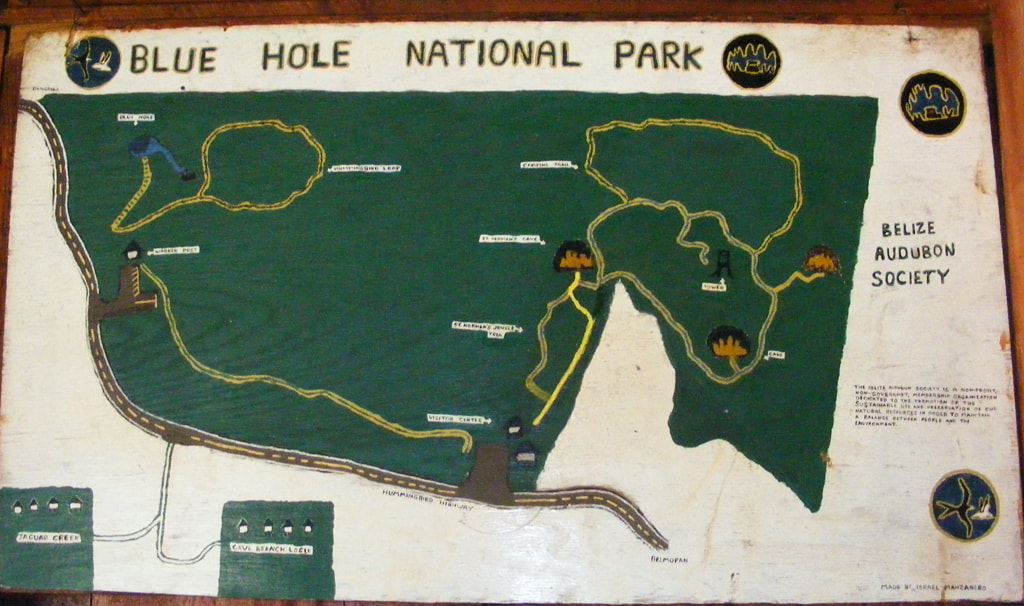 The park has 2 entrances off of the Hummingbird Highway. Just 2 miles north of the Inland Blue Hole entrance you’ll find the main entrance to the park that has the Visitor’s Center, camp site, observation tower and trails to Saint Herman’s Cave and Crystal Cave. The Dusky Ant Bird Trail leads your through the jungle from the visitor’s center to the Inland Blue Hole. The park is so accessible that it’s often combined with day tours to the Belize Zoo or cave tubing on the Caves Branch River System.  360 degree view from the observatory tower at the Blue Hole National Park. 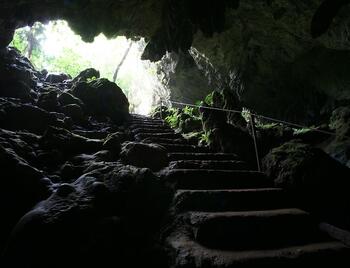 St. Herman Cave is located in the Blue Hole National Park (aka Mountain Cow Cave). The Government of Belize acquired a part of the site back in the 1960's. Then in the 1970's, they purchased the remaining portion of the land. In was declared the Blue Hole National Park on November 23, 1986. In 1988 funds were raised to construct a wall to prevent erosion around the concrete staircase and a trail way, and a visitor's center was opened on May 8, 1996. To avoid confusion with the Blue Hole (at sea), the parks name was changed in 2005 to Herman's Cave Blue Hole National Park. Getting There: Herman's Cave is located 12 miles southeast of Belmopan on the ride side of the Hummingbird Highway. The park has (2) entrances with parking. At the Herman Cave entrance, you will find a picnic area, visitor center, gift shop and trail heads. The second entrance provides easy access to the Blue Hole, a picnic area, restrooms, changing rooms, as well as other trails to the national park. The St. Herman Cave has unique geological features and can be found within 575 acres of forest. The main attraction to the park are the Herman Cave and the Blue Hole, which are connected by an underground stream. The original cavern still flows through the cave system, and forms a sapphire colored pool at the bottom of the cenote. The depression measures 100 feet deep and 300 feet in diameter. The actual Blue Hole (inland), has a depth of 25 feet. What to Bring: Sunglasses, sunscreen, towel, swimsuit, waterproof camera, loose comfortable clothing, hat, change of clothes, bug spray-repellent, no jewelry, water shoes, water & water bottle. Recommendations: * Not handicapped accessible. * DO NOT bring jewelry. * Not recommended for pregnant women. * Not recommended for persons who suffer from heart or respiratory problems. * Not recommended for persons who have back or neck problems. * Not recommended for persons who have just recently had surgery. Caves were used by the ancient Maya for performing many of their spiritual rituals. Caves were considered (by the Mayan's), to be the home of gods and the entrance to the every mysterious underworld. The underworld was called "Xibalba" and its literal translation from the Mayan language is "the place of fear". Belize's landmass is covered in limestone rock (and for this reason), Belize has one of the largest and most extensive cave systems in all of Central America. When visiting Belize, here are ten (10) caves you may want to take some time to explore. CAVE #1 - Black Hole Cave - Advance 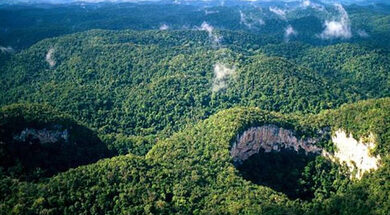 If you're looking for the trill of adventure, the Black Hole cave drop is for you. The total descent is about 300 fee deep. Starting with the first 10 feet (this gives you an unforgettable rush), into the next 200 feet. The final 100 feel will take you through the canopy of the Belizean rainforest. This experience is definitely not for those seeking an average vacation. You will need some ladder climbing, hiking and some rock climbing skills to get in and out of this cave. By the time you're done with this experience, the rush you experienced will last a long time. This is the cave you will be telling you're friends about, and is definitely worthy of being on your bucket list. CAVE #2 - Actun Tunichil Muknal (ATM Cave) Advance 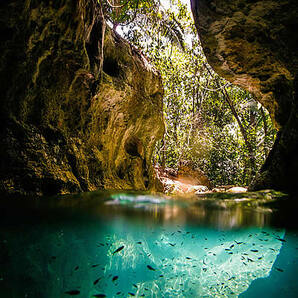 This is one of the most popular caves to explore by foreigners in the entire country. This cave has over 1,400 Mayan artifacts, that you will never experience elsewhere. There are even the remains of 14 skeletons. One in particular (is the skeleton remains of a 13 year old female), referred to as the "Crystal Maiden". This is because her remains are covered in calcium carbonate, when light hits the calcium carbonate, it sparkles in the lamp light, giving the illusion of a crystal maiden. To get to this cave, will require a 45 minute hike, where you will cross 3 streams. If you're looking for one of the top caves to experience - this will be the one, you will want to write home about. CAVE #3 - Barton Creek Cave - Moderate 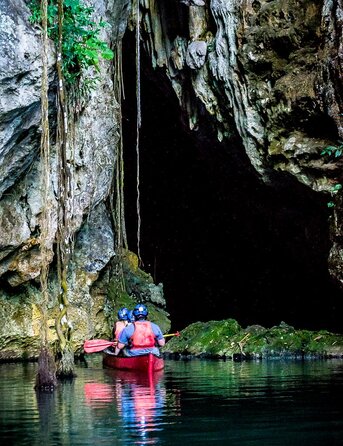 This ceremonial cave can only be experienced and explored with the help of a licensed tour guide in a canoe. This is about a half day adventure, well worth the sweat. The canoe will glide along the river and you enter the cave and leisurely float through it's passages. The interior chambers will remind you of cathedral ceilings with wide roomy passages. Barton Creek Cave was noted as being on the list for being one of the 9 most unusual and beautiful caves in the world. This is a beautiful cave to explore, seated in a canoe. CAVE #4 - Rio Frio Cave - Moderate 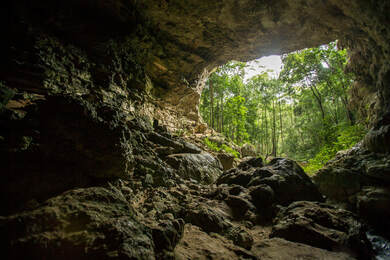 The most notable feature of this cave is its massive mouth, and it is the largest cave you will come across in Belize. The Rio Frio Cave is located in the Mountain Pine Ridge. The entrance arch is spectacular and in the rainy season, you may get to experience the river than runs through the paths of the cave. As regards physical fitness, this tour is not all that strenuous or difficult. You will want to be sure and bring a flashlight with you, to experience the cave in it's entirety. CAVE #5 - Cave Branch Cave System - Moderate 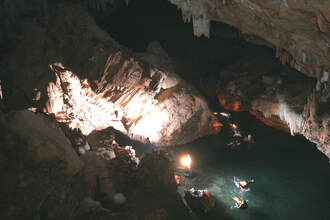 There are about three (3) caves, that make up the Cave Branch Cave System. They are: (1) Petroglyph Cave (2) Waterfall Cave (3) Footprint Cave. The names of the caves have been taken from the objects you find on the walls inside. There are embedded footprints on the walls inside the Footprint Cave, about six waterfalls (about 20 feet in height) inside the Waterfall Cave, and Mayan ancient rock drawings (from 300 to 900 A.D.), in the Petroglyph Cave. This humongous cave system has been formed by the Cave Branch River that goes through these caves. FOOTPRINT CAVE - Also known as Actun Chek in Maya, is a river-cave on an unnamed river that originates from the Maya Mountains. The river is swallowed through an underground waterway before emerging again in the jungle about 10 miles before the entrance of Footprint Cave. After a short hike you’ll jump in the river on your inner tube floating along the jungle and then into the cave. While this tour does involve some cave tubing, it’s not the traditional cave tubing. While both are river-caves, only the Caves Branch caves form unbroken tunnels that you can float right through. At Footprints, the same entrance that you tube into is the same entrance you tube out of at the end. Once inside the cave you’ll climb out of the river and begin exploring the chambers of the cave. You’ll find amazing cave formations ranging from large cathedral chambers to crystalline flow stones. However, the true beauty of Footprints Cave is its collection of Maya artifacts. Archeological exploration revealed that the cave was used for the extraction of clay and other minerals. Although such caves are known in the Yucatan, it is the only one in Belize with evidence of clay extraction. There are 3 areas of red clay deposits that contain clear signs of human digging. At the most interior clay mining site, located 450 meters (1500 feet) from the cave entrance, a clay monkey face was sculpted by the Maya complete with a ceramic jar placed immediately below it for offerings. Even further back in the cave, past the limits of the tour, is a set of Maya footprints, giving the cave its name. Archeologists theorize that these caves were used for ritual activity. The fact that the locations they used were deep within the cave and associated with ceremonial features such as the clay monkey face all support this theory. In another location in the cave, a finely chipped flint knife was found, similar to the sacrificial knives used by the Maya. All of this suggests that the clay may have been used specifically for making ceremonial vessels painted with scenes of the underworld, which they called Xibalba (Place of Fright). CAVE #6 - Crystal Cave - Advance 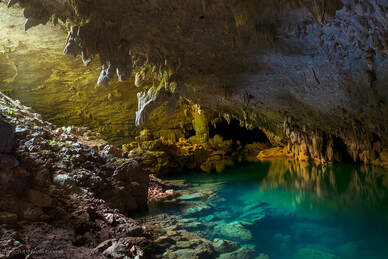 Located in the Blue Hole National Park. After a 50 minute hike through the tropical forest to the cave entrance, you will rappel 15 feet into the entrance to the cave. Traverse through the large chambers of the cave, sliding down mud ramps and scrambling along rocks. Your guide will then show you the shimmering formations in the cave, along with artifacts and the skeletal remains. You will witness the remnants of the past while discovering centuries-old fire pits, wall carvings and pottery as well as impressive crystal formations and stalactites and stalagmites. This tour is challenging, but well worth the effort. After exploring the cave, everyone takes a break to enjoy a hearty Belizean lunch followed by a refreshing swim in the cool natural pool known as the Blue Hole. Cave #7 - St. Herman's Cave - Moderate 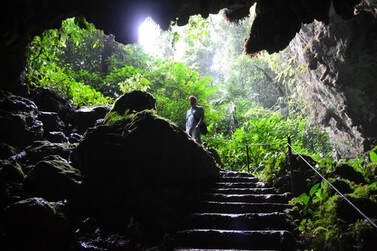 At Herman’s Blue Hole National Park there are unique geological features that can be found within 575 acres of forest rich with wildlife. The main attractions in this park, namely the St. Herman’s Cave and the Blue Hole, are connected by an underground stream. Visitors can walk 200 yards into the cave entrance unguided or can hire a guide to traverse the cave completely, seeing beautiful speleothems and Mayan artifacts. After a guided tour through St. Herman’s Cave, you can float peacefully back to the entrance of the cave on an inner tube. The Blue Hole is a cool and refreshing place for an afternoon swim. It was formed by the collapse of an underground limestone cave. In this case, the river running through the original cavern still flows through the cave system, and forms a sapphire-colored pool at the bottom of the cenote. The depression measures about 100 feet deep and 300 feet in diameter, with the actual Blue Hole at the depression’s base having a depth of about 25 feet. Cave #8 - Che Chem Ha Cave - Advance 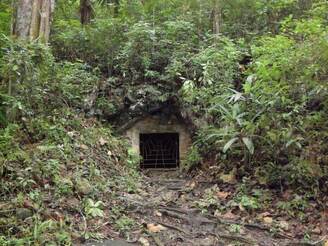 The Actun Che Chem Ha cave is located 16 miles from San Ignacio in the rolling hills of the Cayo District of Western Belize. Located on private land, the cave is accessed by a 45-minute descent, and short incline through the rainforest in the upper Macal River Valley. After approximately 1.5 hours in the cave, we hike further down in the river valley to a small farm house, where our host family serves us lunch with a beautiful view over the Macal River. The Che Chem Ha Cave entrance is a small hole which leads to the main tunnel (200m long), this tunnel connects to a large chamber which then connects many other small chambers high up within the cave. This cave contains many ancient Mayan atifcats so it is heavily protected to ensure the preservation of these items. This cave was discovered by a local farmer. Within its chambers are many artifacts and artwork, for this reason it a favorite of many archeologists. The chamber walls are lined with "ollas" or storage jars, and you can reach the high chambers through ladders inside the cave. You can only explore this cave with a licensed tour guide, as the government monitors and guards this cave very well to stop the looting of artifacts. CAVE #9 - Laguna Cave - Moderate 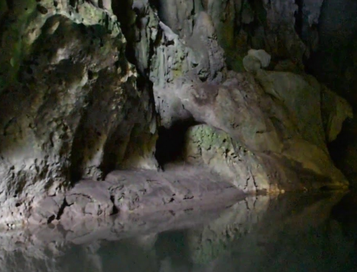 Laguna Cave was named after nearby town Laguna, a small Kekchi Maya village located some 18km west of Punta Gorda. The cave is located one hour walk from town, so it is essential to hire a local guide at Laguna. The entrance is located above a steep slope, which is easy to climb with the aid of a four meter long wooden ladder. The entrance passage leads steep upwards to a side branch on the left, then a second side branch to the right. Finally it leads to the second entrance where the cave is left. The first side passage which may be visited, is right at the entrance. The eight meter deep slope is difficult to climb and probably not suitable for every visitor. It leads to an impressive lower chamber with a skylight in the middle, leading back up to the higher level. The first side branch is a crawl leading to a huge shaft, the second leads to a third entrance, a huge protal with a wooden bench, which is a fine outlook towards the village of Laguna. The cave is dry and easy to visit, there are speleothems and some bats living in the crevices. There is also some archaeological evidence, but there have been no excavations so far. The cave requires no special gear, nevertheless we recommend good shoes, helmet, headlamp, and gloves. CAVE #10 - Tiger Cave (aka San Miguel Cave) Moderate 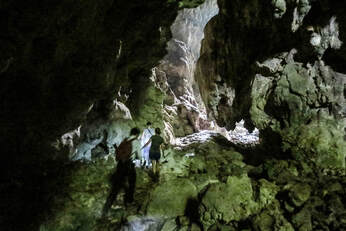 So the story goes...........many years ago, a cub of a jaguar was chased into the cave's mouth by a local dog. Thus the cave came to be known as the "Tiger Cave". Because it is located so close to San Miguel Village, it is also sometimes called the San Miguel Cave. It is recommended that you get a licensed guide for exploring this cave properly. The remnants of the farming practices of the ancient Maya can be witnessed in their full glory in this cave. The entrance is immense and vaulted, as you find yourself staring at 500 feet high ceiling, and interior chambers with dripping stalactite (that resemble Roman fountains), and pure mineral deposits that look like pots of white gold. Large gaping holes in the ceiling of the cave soon give way to shafts of sunlight that reveal an amazing sight.Smooth, rain-washed indentations on the cave’s limestone floor and large numbers of broken pottery shards scattered on a ledge become visible as you travel onward into the cave. No streams or creeks run through the entrance chamber, although, deeper into the cave, you will have to cross water. CAVE #11 - Hokeb Ha Cave (aka Blue Creek Cave) Advanced 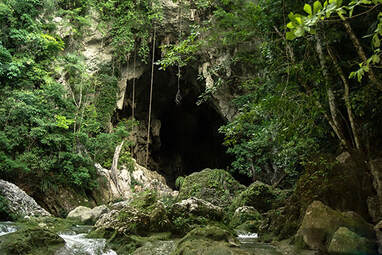 Also known by its English name "Blue Creek Cave", Hobkeb Ha Cave is located near the Maya village of Blue Creek in southern Belize (in the Toledo district). Despite its somewhat remote location, Hokeb Ha is a popular destination thanks to its outstanding gorgeous natural scenery that includes a waterfall. This cave is about a 20 minute hike from the village. Hike a well marked, sometimes cemented path along the creek, until a clearing appears. Pass through the research station in the clearing finding the wide trail on the other side. Follow this trail, bearing toward the stream on your left till you meet a wide dry creek filled with white stones. After crossing the dry creek, the trail may become vague, but continue along the creek heading upstream along the base of increasingly steep limestone fliccs. In a few minutes, a 10 foot waterfall and the main cave entrance appears. Long vines hand from the sheer rock wall above the cave mouth. The huge cave entrance is carved from the summit of a hill where the Blue Creek gurgles up from underground. The creek runs out of the entrance of the cave cascading over limestone boulders, under the towering shadows of the surrounding rainforest. Archaeologists have found many Late Classic cermaic and an altar inside the cave, leading them to theorize that the Hokeb Ha cave was used specifically for ceremonial purposes. CAVE #12 - Actun Chapat Cave - Advanced 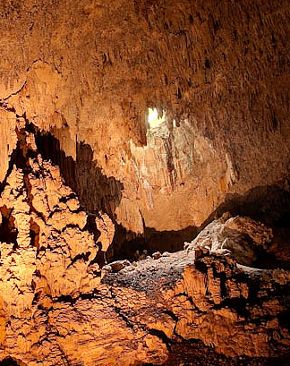 Actun Chapat Cave is one of the best caves in Belize to explore! Inside this massive cave system are crystalized cave formations, flying and crawling cave critters, and a beautiful cenote, also known as the skylight. Actun Chapat is one of the best caving experiences in Belize! Similar to some of Belize’s famous caves such as Actun Tunichil Muknal (ATM) Cave and Crystal Cave, Actun Chapat Cave holds secrets to ancient Maya rituals and sacrifices through the pottery and skeletal remains inside the cave. The name “Actun Chapat” means “Centipede Cave;” and if you can make the connection, the cave is littered with centipedes inside. Don’t worry, they won’t bite. Once we got inside the cave, we were met with grand crystalized rock formations, many broken pottery pieces, and, of course, centipedes! Interestingly, each pottery piece is said to have been brought in by ancient Maya priests to conduct rituals and sacrifices for their deities. After the rituals were performed, they were then broken to release its spirit. Many of the pieces in this cave date back to as early as 1800 A.D. - so fascinating! Exploring Actun Chapat, we entered into one of the largest chambers I have ever seen! The cave ceilings were really high, and inside was rather hollow with little formations and rocks. What made the experience even better was turning off your headlamps and hearing your voices echo inside the cavern. The sinkhole is caused by the process of carbonic acid softening of the minerals inside the limestone mountains, which later collapses. The carbonic acid comes from water that had accumulated on top of the mountains. Making it to the skylight was definitely worth all the climbing and crawling! We wanted to capture this moment with as many pictures possible. How to get to Actun Chapat? Getting to Actun Chapat takes a total of roughly 1 hour and 35 minutes from San Ignacio Town. This includes the time to get from San Ignacio to San Jose Succotz Village (15 minutes), the drive on Waterhole Road (1 hour), and the hike from Cave World Adventures to the cave entrance (20 minutes). Getting to Actun Chapat from Belize City would take 3 hours and 35 minutes. Caves are protected by the Belize Government. You will need to have a licensed guide, take you through these caves. Take with you a good quality hiking shoes, a pair of swim shoes, comfortable cotton clothing, bug repellent, sunscreen lotion, and your camera. The equipment, is typically provided by the guide: life vests, flashlights, headlamps, gloves, helmet and dry pack. What to Bring: Sunglasses, sunscreen, towel, swimsuit, waterproof camera, loose comfortable clothing, hat, change of clothes, bug spray-repellent, no jewelry, water shoes, water & water bottle. Recommendations: * Not handicapped accessible. * DO NOT bring jewelry. * Not recommended for pregnant women. * Not recommended for persons who suffer from heart or respiratory problems. * Not recommended for persons who have back or neck problems. * Not recommended for persons who have just recently had surgery. 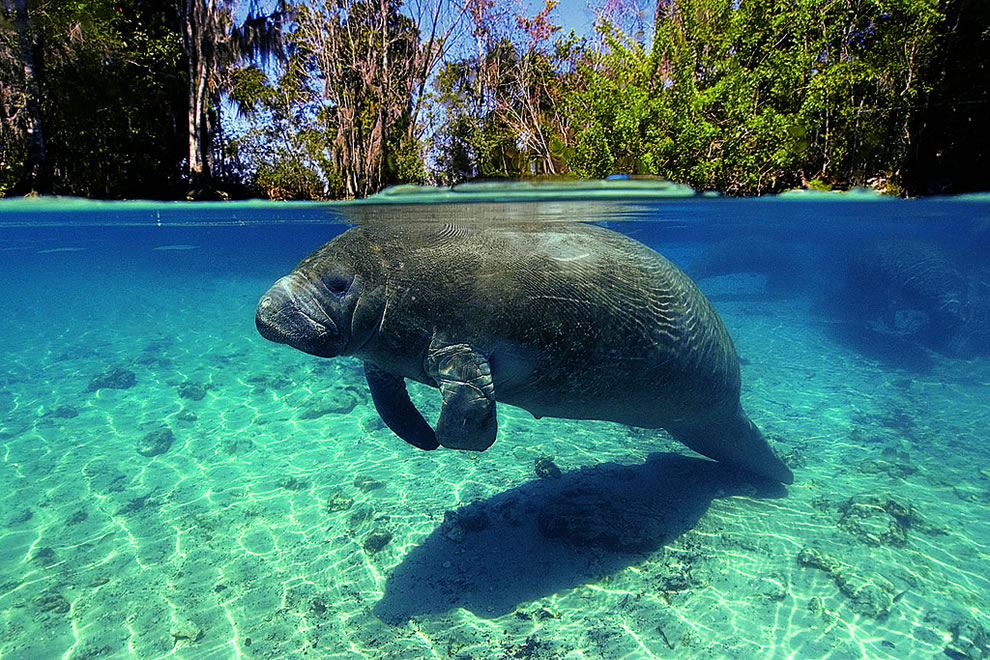 MANATEE IN BELIZE You may not think that the manatee, is something you would encounter on your walk in the jungle, but if your jungle walk follows the sea, then you may very well encounter manatees playing in the rivers and estuaries. The manatee, cruises the coastal waters from Florida to northern Brazil. It moves along at a leisurely pace, browsing for food, walking the bottom on its oar-like flippers while uprooting sea grasses, or galumphing through the shallows searching for floating plant life. Every four or five minutes its snout must emerge to take in a deep breath and at most, it will average six miles per hour, not allowing for resting or for horsing around. The manatee's closest living relative is the elephant. Males are called bulls and the females are called cows. Manatee make random squeaks and chirps white submerged, with no real sense of rhythm. Only between mother and child do their sounds appear to be communicative. Manatee can tip the scales between 400 and 1,300 lbs., all of it pudgy, and they have no neck whatsoever. The tail is fat like a spatula, the muzzle folds over the mouth, and the skin is gray or brown, covered with fine wrinkles and short, upigmented hairs. The manatee have special appeal for us humans. It is gentle and shy, and is near-sighted. It is rarely aggressive - only the bumping of bulls in competition for the attention of a female and often playful, including quite a bit of indiscriminate kissing. When it becomes accustomed to the company of human beings, the manatee will include these creatures in its games. Manatees group and regroup. The only long-term association they make is between cow and calf, which lasts up to two years; the youngster suckles underwater, from teats beneath the mother's flippers. Manatees breed throughout the year. Gestation takes up to 400 days, can you believe it! The average lifespan is not known, although it is recorded that one manatee in captivity lived to the age of twenty-three. Manatees are strict vegetarians, and in return are not a food source for other animals - except man. They have been hunted for their hides, their oil, and their flesh. Here in Belize it is widely and mistakenly held that as meat it has special properties, and that it includes a variety of flavors. Also, the bones are used for jewelry making. However, through the Belize Zoo's nationwide educational campaign, it is hoped that the continued illegal killing of this endangered species will soon cease. An even greater danger to the manatee's survival is involuntary slaughter by the propeller blades of motor boats. Although its hearing is abnormally sensitive, and in an emergency it is able to gear up to 15 m.p.h., still the manatee does not seem to recognize the sound of impeding doom. Other threats to its life are cold snaps, and the careless use of herbicides. And just for the record, the water hyacinth, is the manatee's favorite food! 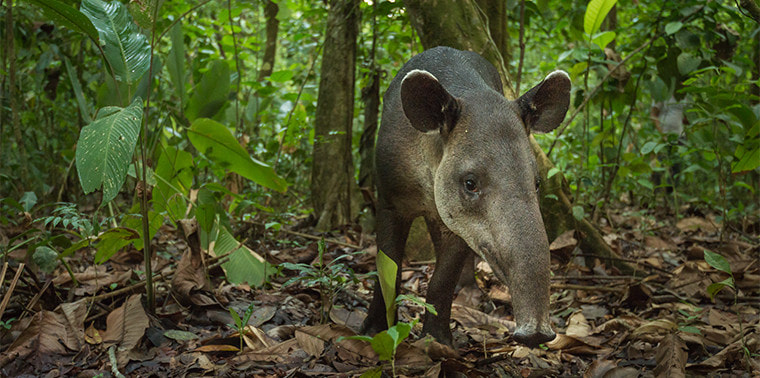 Belize's national animal (or mammal), is the Baird's tapir. Locally known as the "mountain cow". They are forest dwellers, active mostly at night as they forage along river banks and forest clearings. They feed on grasses, aquatic vegetation, leaves, buds, and fruits of the low-growing shrubs. They sometime run afoul of man when they cause damage to corn fields and other crops. Despite its adaptability, the tapir is high on the list of the world's endangered species. Only in Belize does this shy creature still feel really at home. The tapir is the largest of all land animals indigenous to Central America. An adult weighs up to 650 lbs., its bulky body upholstered in a skin measuring between one to three centimeters thick. Still this behemoth is able to sneak quietly away on its tiptoes, or to run off boisterously on its short little legs - as fast as a man! Speaking of feet, these are specially designed for walking through mud holes, splaying out for maximum foothold in the muck and bunching up for easy extraction. The tapir has a long, flexible upper lip, which it uses for foraging and for shoveling food into its mouth. Its teeth include heavy-duty molars for crunching leaves and twigs and for crushing seed casements which require as much as 500 lbs of pressure! Another way it deals with seeds is to swallow them whole and then digest them so slowly that they germinate in the process. Fruits and vegetables are also enjoyed; the belief held by some in Belize that these herbivores will attack cattle is totally unfounded. Although it eyesight is deficient, the tapir's hearing and sense of smell are acute. Tapirs do not tend to congregate and they usually forage - day and or night - alone. A single offspring is born, ill-disguised as a fawn: brown, with white stripes and spots, which it does not lose until it is about half a year old. It will stay with its mother for another half year, by which time it will have accumulated a formidable bulk of its own. They are usualy non-aggressive, avoiding confrontation by taking off in the other direction. In captivity they can be friendly and affectionate, as is April, the Belize Zoo's beloved tapir; every year, April's birthday is celebrated at the zoo by the children of Belie who bring her gifts of carrots and bananas. Tapirs are usually solitary except when mothers have young. they range over large territories and are excellent swimmers spending a fair amount of time in forest rivers. They are also agile climbers, crashing up steep hillsides and river banks with apparent ease. When surprised, tapirs generally head for water, but will sometimes stamp their feet loudly and sometimes whistle. The Bairds Tapir ranges from Southern Mexico to Northern Columbia and are endangered throughout their range. The main threats to the tapir survival is hunting and deforestation. Where Tapir's can be found in Central America FUN TAPIR FACTS FOR KIDS Hey Kids, Did You Know? - Fun Facts about Tapirs for Kids
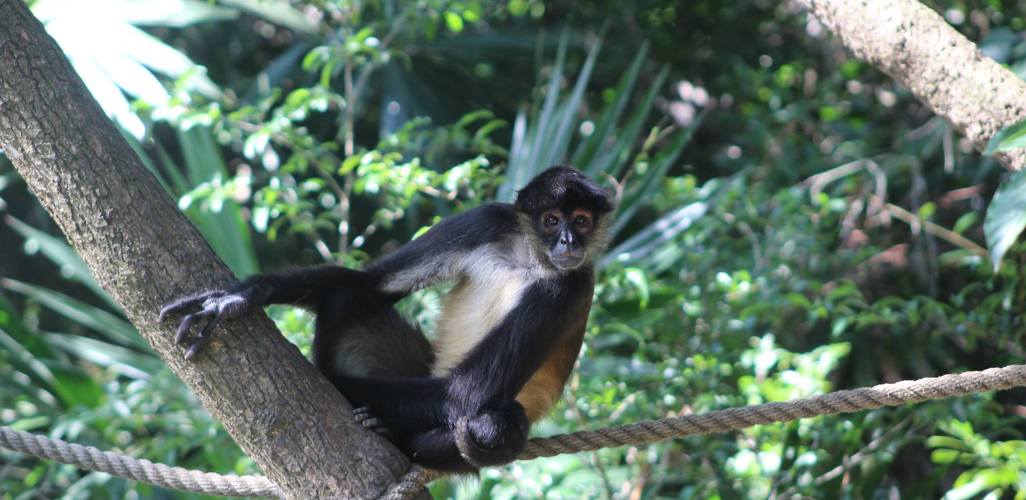 Belize is home to one of the largest New World monkeys, the spider monkey. The rainforests of Central America, Mexico and South America are where these playful primates spend most of their time. They get their name from their ability to stretch out like a spider in the canopy of the forest, high up in the tree tops. They are easily recognized with their long limbs and unique tail that is longer than their body. The tail is used as a fifth limb for support and swinging in the trees, but also provides an advantage to the monkeys by allowing them to hang from their tails and grasp hard to reach fruit. Both males and females have a black coat with patches of white, long limbs, and a tail that is just as long as the body, with males being slightly bigger than females. If they ever decide to get down to serious business, these monkeys are able to travel at amazingly high speeds, using the style known as brachiating. Brachiating is the progressive from one hold (branch or vine) to another by alternate hand grips, including the tail, which is able to support the monkey's full weight. One long stride can cover up to 40 feet. Monkey Communities - Spider monkeys are very social creatures, usually living in intricate communities of two to three dozen individuals which break off into smaller groups to sleep and forage. These communities are overseen by a single matriarch that keeps the group on a feeding and sleeping schedule as well as deciding who can be a part of the community. Populations of spider monkeys can get very loud as they communicate with one another, while some in the group sleep, others keep watch and signal with a loud barking if threatened or disturbed. Where Do They Live? - Spider monkey's live in the rainforest canopy. Spider monkeys have an important relationship with the forest, the canopy provides protective cover for the primates from aerial predators, such as large birds, and a hiding place from other predators like jaguars and pumas. Small groups of these monkeys travel long distances throughout the trees looking for food, using their long limbs to snag hard to reach fruit and leaves. They require a continuous canopy to thrive, using it to travel, sleep, and as a source of food. For this reason, human deforestation has been a critical challenge in the success of these primates in Central America. Tending to stay in the tops of the trees, they rarely coming down from the canopy, and feed over a large range of the forest. These primates tend to avoid contact with humans when they can, and have been known to leave areas that have been disturbed by humans. You can tell when a spider monkey is defending its territory by the loud barking and other vocalizations they make when they feel disturbed or threatened. Diet & Rainforest Ecosystem - Their active lifestyle requires a huge diet and spider monkeys spend most of their time eating, which is great for the rainforest! Here's why......Spider monkeys have special digestive systems that allow them to eat fruit whole, this helps them eat quickly so they can keep moving. As they travel further, they spread the seeds through defecation, thus contributing to the diversity of the rainforest ecosystem. Spider monkeys depend on the rainforest for their home, food, and communities, while the forest, in turn depends on them for seed dispersal. They can be quarrelsome & fastidious fruit eaters, only about 20% of their diet consist of leaves, which they take from the uppermost branches. Their long tails are also used to eat, either by hanging in suspension or picking up food. As a result, they can consume large amounts of foods in little time. Their diet consists of fruits and seeds and the occasional leaves, flowers and decaying wood but they also eat insects and bird eggs on rare occasions. Lifestyle - During the day, active spider monkeys tend to travel in troops, normally of about 20, which divide into smaller uni-sex groups. The adult and juvenile males going one way and the females and their dependent off-spring going another. At night they pair off in the sleeping trees, apparently choosing their partners by the whim of the moment. The troop appears to maintain a range between themselves, marked by chemical scents. The males do this, by spreading chest gland secretions on to leaves and branches. Certain calls also establish occupancy, and barking is used in repelling invaders or predators. Long, loud calls are used to coordinate troop movements. Other forms of communication include very versatile facial expressions and definitive body postures. Offspring - The newborn spider monkey spends its first three months in the constant company of its mother, initially carried close to the chest, but very shortly it soon begins to ride on her back. It continues to suckle for about a year, although it starts to forage for leaves and fruit, at around 3 months of age. Gestation Period - The gestation period for spider monkeys is 225 days, with only one offspring born at a time. As there are two or three years between pregnancies, the population is very slow to recover from any sort poaching, or sport killing. As in the case of the yellow fever epidemic of the 50's, which killed off a large proportion of Belizean spider monkeys. Conservation - Spider monkeys face several challenges trying to hold on to their habitat. Several predators can have a drastic effect on populations including eagles, hawks, owls, pumas and jaguars. Eagles and other predatory birds prey on the young of the population, taking a baby spider monkey as a meal if the canopy does not provide protection. Jaguars and puma are stealthy enough to sneak up on a spider monkey and take them down. However, even though their natural predators can have an effect on the overall population size, it is the human population that causes the most damage for this species. Deforestation has a direct effect on the range of feeding grounds the monkeys have access too, and also creates fragmentation in the forest that can separate individuals or groups from the rest of the population if they get stuck. On top of the effects we have on their habitat, the illegal pet trade targets these animals as inventory and sells them to the public. Spider monkeys carry their babies for 7.5 months before they are born and then usually have a two year period before they will have another baby. The long time span in between offspring makes it difficult for these animals to combat threats to their dwindling population fast enough. As in the case of the yellow fever epidemic of the 50's, which killed off a large proportion of Belizean spider monkeys. Although their numbers have increased, they continue to be considered an endangered species here in Belize. Aside from natural predators, human encroachment of their habitat is a serious threat to their survival - as is the misguided fad of keeping them as pets. If you are tempted to take in one of these adorable babies as a member of your household, think twice. Not only is it illegal, but they are messy and mischievous; worse, as it reaches maturity your cute little pet might suddenly turn vicious in the frustration of its unnatural life, and by then it will be too late to reintroduce him into the wild. THE SPIDER MONKEY EXHIBIT at the BELIZE ZOO At the Belize Zoo, the spider monkey exhibit has always been a popular stop for Zoo visitors. The playful primates that live in the trees enjoy showing off their acrobatics for their spectators. The Yucatan Spider Monkey that calls Belize home is an endangered species, which makes any successful birth even more significant and welcomed! The Yucatan Spider Monkeys have black hair that is bristly and often matted. They also have a tan colour around their eyes, whiskers, chin and head area. Although males and females look similar, the female Spider Monkeys tend to be a little bigger in size but weigh less; their average weight is 19 pounds. Populations took a steep drop in the 1950’s due to a strain of yellow fever, but, today, their major threats are deforestation and the pet trade. Fruits make up a big part of the spider monkey diet, which makes them important seed dispersers. Their population decline directly impacts the productivity of our forests.In the wild, spider monkeys live in large social groups. The father has no direct parenting role, but protects the group’s territory from intruders. The Zoo is grateful to have a small troop of monkeys in an environment where Belizeans can come and observe them from a safe distance, and learn so much about their behavior, ecology, and threats. However, a strong message is also reinforced at the monkey exhibits. “Monkey business is bad business!,” the signs boldly state. As fascinating as they may be, having monkeys as pets is NOT an option. Apart from being illegal in Belize, the pet trade only works to destroy an already endangered population. A mother monkey would never abandon its young, so you can be sure the cute baby being sold just is an unfortunate orphan whose mother was killed. MONKEY FACTS
BLACK HOWLER MONKEY FACTS
YUCATAN SPIDER MONKEY FACTS
THE MONKEY ORCHID (aka Dracula Gigas Orchids) Native to Central America & Parts of South America The scientific name "Dracula", Latin for "little dragon", refers to the creepy appearance of the flower. There are approximately 100 different species of dracula orchids. They are native to Central America and parts of South America.
Species in this genus are quite diverse, but the most popular are the species which resembles a monkey's face. These unusual, showy flowers are one of the most amazing orchids you’ve ever seen. Mother Nature is so brilliant in its design. INTERESTING FACTS ABOUT MONKEY ORCHIDS (dracula gigas) Orchids produce some of the most interesting and unique flowers. The Dracula genus is most famous for containing the monkey face species. However, just a few members of the genus (Dracula simia, Dracula gigas, Dracula benedictii and Dracula wallisii) have monkey-like appearance. The center of the flowers resemble the face of a monkey, and indeed, these unusual looking flowers look just like a monkey. And the most interesting thing is that different flowers provide different expressions of the monkey face. Some members of this genus (Dracula simia and Dracula gigas) are commonly known as "Monkey Orchids", but the common name Monkey Orchid is not only restricted to this genus. Other species, such as Calanthe tricarinata and Orchis simia are also known as Monkey Orchids. The plants usually grow at high altitudes, between 5,250-8,200 feet. Octopuses, the "Brains" of the sea The Caribbean Reef Octopus is fascinating to look at isn't it? Brown (ranging in shades), is their natural color when they are in their normal state. They are able to change the pigment of their body with ease, as this serves as a protection for them against predators. The Caribbean Reef Octopus, is the octopus that is commonly found shallow warm waters of the coastal areas of Belize. These fascinating creatures are often seen around the Hol Chan Marine Reserve, ranging in size from (6) inches to (3) feet. How To Identify a Caribbean Octopus Caribbean octopuses can be commonly confused with other types of octopuses. One way to definitely tell them apart, is by looking at the eyes. The Caribbean Reef Octopus has a dark circle around their eye. The body is about 6 inches in length but the span of the arms is quite a bit more. This can cover the space of about 36 inches. The overall size of them really depends on the particular region where they happen to live. Complex brains - Octopuses have the most complex brain for invertebrates (animals lacking backbones). Scientists have discovered that octopuses use their memory to learn from their experiences and solve problems as they arise. For example, after a close call with a predator, an octopus will remember where the predator resides and will stay clear of that area. Octopus Ink - When an octopus finds itself in a compromising situation with a predator, it will often release a cloud of dark purple ink into the surrounding water in an attempt to confuse the predator. Sometimes, however, this survival technique backfires and causes harm to the octopus. The ink is highly toxic and if released into a confined area or where water lacks current, the octopus can become ill and even die. Another less deadly survival technique that octopuses have evolved is changing their skin color. If the octopus needs to blend into a background to avoid a predator, pigment cells in the skin are activated, camouflaging the skin to match the surrounding environment. The color of the octopus also reflects the mood of the creature; for example, red signals anger, while white signals fear. When the situation is less tense and it's time for an octopus to mate, this monogamous creature chooses one partner and stays with it for life. Predators Depending on the location where the Caribbean Reef Octopus lives, it can have some concerns with various types of predators. Among them include eels, stingrays, small species of sharks, and various types of fish. If they can’t move away from the situation, they will release ink from their bodies to confuse the predator - allowing them to escape safely. Humans are also considered predators. They are considered to be great for various types of meals such as fried calamari and ceviche. They aren’t in any jeopardy of extinction (at this time), as their number count is still good in many of their habitats. Red Marks Indicate Habitats for the Caribbean Reef Octopus Habitat & Distribution Octopuses live in shallow coastal waters and along the reef where there are formations of caves and dens for them to hide in. You can commonly find them in and around the shallow coastal areas of Belize & the Caribbean where the waters are warm. Thus the name Caribbean Octopus. They will move around from one location to location, never staying for more than a couple of weeks in any one spot. The females who have laid eggs are easy to notice, as they continually hover of one given area until either they die or the eggs hatch. They love to reside in sea grass and along the corral reefs. Octopuses are nocturnal, moving around at night. They do appear to glow at night, from under lighting due to their coloring. Diet & Feeding Habits The Caribbean Reef Octopus spends most of its night looking for food. They majority of the diet is made up of crustaceans, mollusks, crabs and lobsters. An octopus will frequently lure prey by waiving an arm tip, mimicking a worm. The octopus then grabs the prey with its arms, biting it to inject a poisonous substance (paralyzing it) and a digestive enzyme. The octopus then sucks the flesh from the prey, discarding the shell. Various types of small fish are also known to be part of their diet as well. Behavior Like all octopus they live on their own. They don’t seem to be too bothered though when other types of octopus come into contact with them. The passage is often something that occurs without any interaction at all. The only time they will pay any real attention to another octopus, is when they are interested in mating with a female. While all types of octopus are very intelligent, this specific species is said to be among the most intelligent of them all. Extensive research though is almost impossible on them. This is because of the fact that they don’t live very long lives. It is believed that their intelligence would continue to develop and to improve if they lived longer. Anatomy The octopus is totally unique with its soft body, no outer shell and 8 arm projections or tentacles. They have (3) hearts and (9) brains. Two hearts pump blood to the gills, while a third heart circulates blood to the rest of the body. A central brain controls the nervous system, while there is one brain for each of the eight arms. Their mouth and beak are located at the center of the tentacles. If the octopus loses one of the tentacles, another will grow in the same place. On each tentacle are as many as 240 suction cups arranged in 2 rows. For a medium sized octopus, their overall body weight can be just over three pounds. They have a head that is very large which is part of their mantle. The eight arms are extremely thick. They aren’t able to move as quickly as other species of octopus but they don’t have to. Their abilities to lie flat allow them to appear like part of the natural scenery instead of a living creature. The body is often arranged in a pattern that looks like a parachute that is open and lying on the ground. The acute sense of touch that octopuses have also aids in their survival and in finding prey. The suckers that are found on the underside of its eight tentacles act as eyes that can differentiate between different sizes and shapes and help it find prey, such as lobsters and crabs. The eyes of octopuses are also highly complex, comparable to human eyesight. Each tentacle has about 240 suction cups arranged in (2) rows Breeding & Reproduction Two octopuses will mate for life. When it is time for reproduction, the male transfers sperm into the mantle cavity of the female with one of its arms. The female then lays thousands of eggs, attaching them to the roof of her den where they develop for 1-2 months. After the female lays the eggs she does not eat again and consequently dies soon after the eggs have hatched. The devoted male octopus often does not mate again. Since this species of octopus doesn’t live for very long, they are able to mate when they are from 3 to 4 months of age. The males seem to mature sooner than the females. The males will die sooner than the females as their role in mating is done once they have successfully released the sperm sac from their body to that of the female. The males will actually fight with each other for the right to be able to mate with a given female. They would likely not be so eager to do so though if they knew that they would die. This fighting though is nature’s way of ensuring that the best genetic materials are able to be passed on to the future generations of offspring. Even though the male is able to win that battle, he is far from done fighting. The female may not want to mate with him at all. If she doesn’t and he continues to pursue him she may bite off body parts or kill him. Yet the desire to mate is very instinctive for the males so they will continue to pursue a female. She generally will take part in mating as long as her basic needs are being met. The female will die after mating too but she has one more aspect of life left to complete. Her mission at that point in time is to make sure as many of her eggs are able to be fertilized by the sperm and to hatch. There can be as many as 500 eggs that she will release from her body. She will lay them in either January or February. The warmer the water temperature, the sooner she will release them. The incubation period will also be affected by the water. When it is warm the may only have 50 days or so before they hatch. In cooler temperatures it can be as long as 80 days though. The young offspring are amazing – able to move quickly through the water and to instinctively find food. They have a very quick growth rate too due to the whirlwind life span for them. This was me, back in 2010 - a post published on "Our Belize Vacation" with an octopus I caught off the dock by my house. 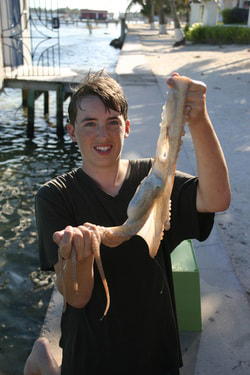 This was an amazing find off the dock today. When I brought it out of the water, a crowd gathered at the beach, to see what I had caught. I wanted to show everyone what a Caribbean Reef Octopus looks like. The Caribbean Reef Octopus is a coral reef marine animal. It has eight long arms that vary in length and diameter. The "body" is large and chunky in comparison (up to 60 cm long). The Caribbean Reef Octopus is difficult to describe because it changes color and texture in order to blend into its surroundings, using specialised skin cells known as chromatophores. Its color range is incredibly large; it can change from crismson to green, bumpy to smooth. It weighs around 3.3 lb or 1.5 kg. The Caribbean Reef Octopus lives in warm waters around coral reef environments, with grassy and rocky sea beds. The Caribbean Reef Octopus lives in hidden, rocky lairs that are difficult to locate. Their lairs are usually created in shallow warm waters. The Caribbean Reef Octopus is not a social animal and does not interact with other Octopus briareus unless mating. If one Octopus was to go into any other Octopuses lair there would be an inevitable fight. Caribbean Reef Octopuses are usually safe from invoking fights if they stay 60 feet away from other octopuses at all times. If faced with a predator a Caribbean Reef Octopus, like most other octopuses, would suck up a volume of water then expel it quickly in the form of a jet to propel itself away from the foe. To further deter predators the Caribbean Reef Octopus can eject oil to mask its escape. The Caribbean Reef Octopus does not live in its lair for its entire life, instead it moves often except while caring for young/eggs. The Caribbean Reef Octopus feeds on crabs, shrimp, lobsters, and a variety of fish. The Caribbean Reef Octopus is a nocturnal species and only hunts at night. Like all animals found in the sea, the octopus faces such threats as polluted water, as well as diminishing resources due to environmental exploitation. Protecting this species is yet another reason why we need to conserve and respect the environment. There are about 348 species of hummingbirds in the world, with 26 species zipping through the airways of Belize. The Hummingbird is a very small species and one that many people are familiar with. There are 348 species, that have been identified. They live in regions found all over the world both in North & South America. With such a large number of species it ranks them as the second largest bird family in the world. The size of these Hummingbirds does vary though based on the species. To give you a good idea of their overall dimensions the smallest species is about 2.2 grams and the largest is about 20 grams. The smallest is the Bee Hummingbird and it is also noted to be the smallest bird in the world (found mainly in Cuba). These charming birds get their names from the fact that the rapid movement of the wings make a humming sound. This is actually the smallest of all birds in the world. They are also the smallest type of animal in the world that has a backbone so they are often studied intensely by researchers. Another reason that the Hummingbird is so well loved and researched has to do with the fact that it has the ability to move in ways that other birds can’t. It is the only species of bird that is able to fly in all directions. This includes backwards and even upside down. It is quite the sight to see! Hummingbird Facts - Did You Know? There are some wonderful facts out there about the Hummingbird to learn. These are definitely some of the most fascinating birds in the world.
At the same time many people find it is a great joy to have this type of bird in their yard, so it is an exchange that works well for humans and nature to benefit from. The life span for the Hummingbird is often very short. The majority of them won’t make it past their first year of life. Those that do will typically only live up to 4 years. In many locations these Hummingbirds are having trouble surviving due to their habitat being taken away. Problems with trees being removed, a lack of food, and even chemicals and other elements in their environment has resulted in some serious drops in numbers for some of the species. Even with education and conservation efforts though it may be very hard to get those numbers back up. Hummingbird Species - Here are a few found in Belize
You can expect a little rocket science from hummers – they have the biggest brain of all birds. Although their brains are 7,000 times smaller than ours, their brain to body weight ratio is 4.2% versus 2% for that of a 150-pound person. Hummingbirds remember every flower visited and how long it takes the plant to replenish pollen and nectar. While most birds seek out food sources by means of the visual spectrum only, hummingbirds can also detect ultraviolet patterns in flowers. The ultraviolet reflectance acts like a neon sign, advertising the location of pollen and nectar in the flower. Hummingbirds are great pollinators. There are about 348 species of hummingbirds in the world, with 26 species zipping through the airways of Belize. If you’re a birder and long to see a Green-breasted Mango, Purple-crowned Fairy or Sparkling-tailed Hummingbird, pack your binocs and book a trip to Belize. For a chance to view some of Belize’s hummingbirds – sit in the gardens at Belize Budget Suites. You’ll see them whizzing through the trees of these beautiful gardens. You might even be lucky enough to view their dazzling, dive-bombing display. BELIZE HUMMINGBIRDS This diminutive little hummingbird, is absolutely fabulous. Often covered in iridescent features, and an astounding mode of locomotion, is certainly one of Belize's special treats. These tiny birds, some only being 2" inches tall, have a metabolic rate which is astronomically high; they must feed throughout the day, from dawn to dusk. A female hummingbird under the additional stress of caring for her young must take in more than her body weight worth of nectar each day, with a supplement of insects for extra energy. When in action, the wings of a hummingbird beat madly about 50-80 flicks per second! In a figure 8 movement whereby the tilt of the wing is continually adjusted so that each stroke, both back and forth, forces the air down - and the bird up. Not only are hummingbirds able to hover "motionless" in midair, but they rise on the wing rather than push off as do most other birds, and they can fly backwards as well as forwards - at up to 71 m.p.h. All hummingbirds feed on nectar, and are important pollinators. Some hummingbirds have long, curved bills, while others have shorter and straighter bills. Most of the hummingbirds in Belize, have the longer bill. As they poke their beaks down these petal-formed tubes to get at the nectar at the base, pollen from the stamens sticks (on the flower) attache to their chin feathers and then to the next flower. The more pollen they collect, the more flowers they pollinate, and then my sister Christina has more flowers, she has to write about. And so it goes. The hummingbird does not exactly drink, they sip their nectar. Instead, it has a long, extensible tongue which forms grooves up its sides through which the nectar is drawn by capillary action. Although I have see dozens of hummingbirds dining together at the same time, hummingbirds are naturally territorial about their food sources and a male can become quite aggressive about maintaining the privacy of his patch. We've often seen a fight or two at grandpa's cabin, over who is going to get to drink next. Belize officially claims only 26 of the over 348 species of hummingbirds as her own, but who knows how many other hummingbirds cross our air space each day? Although as a genus they range far and wide, most species very definitely have tropical dispositions. Brightly colored and mesmerizing, hummingbirds are some of the most interest of the nearly 10,000 bird species in the world. If you live in the United States, you probably seen them fluttering around during the summertime. Perhaps you've have fed them, too the name hummingbird comes from the buzzing sound of their fast-flapping wings. Hummingbirds are native species of the New World and are not found outside of the Western Hemisphere except in a few zoos or aviaries. There are no hummingbirds found in Europe, Africa, Asia, Australia, or Antarctica. These tiny, feathered creatures are astounding to even the most experience birders. Hummingbird Physical Characteristics
Hummingbird Diet & Feeding Habits There are many types of food that Hummingbirds consume. They mainly will consume sugar and sap. They also consume pollen and they will eat small insects as a way to get protein. These birds can eat up to 3 times their own weight in food every single day. There are rumors about Hummingbirds hibernating but many people dismiss them. This is something though that has some truth to it. Feeding habits are very interesting for this species of bird. They can feed up to 8 times an hour. Each time that they feed the duration is from 30 seconds to 1 minute at a time. These birds have the highest natural metabolism of all animals in the world. The main sources of food for the Hummingbird is sugar, sap, pollen, and insects. They will consume up to 3 times their body weight in food daily. There are many types of food that Hummingbirds consume. They mainly will consume sugar and sap. They also consume pollen and they will eat small insects as a way to get protein. These birds can eat up to 3 times their own weight in food every single day. There are rumors about Hummingbirds hibernating but many people dismiss them. This is something though that has some truth to it. While these birds don’t have a typical season for hibernating they will do so if they need to conserve energy due to a lack of food. Then their metabolism slows down to an extremely small speed and they can continue to survive. Many people offer bird feeders in their yards where Hummingbirds come to feed. It is a great way to help these birds to thrive.
Hummingbird Species
Mating & Reproduction Hummingbird harems (or leks), are the hippy communes of the bird world. Up to 100 males congregate in the lek colony and carve out their turf – which may simply be a perch on a petal. Then, the singing begins – both solo and chorus performances – with the sole aim of attracting females into the lek. After singing their praises, the male hummers then dance for the apple of their eye. Flashing their gorgets (colourful patch of throat feathers), the courtship continues. With avian swagger, they puff out their chests, bop their heads from side to side and “dance” in the air, showing off their tail feathers. If the female is impressed, the mating ritual is consummated. While hummingbird breeding occurs year round in Belize, the height of breeding takes place when flowers are in profusion. Look for hummingbird leks in Belize on the forest floor, in a clearing or on a slope under the canopy. As few as 3 male hummingbirds may form a lek so you have to be eagle-eyed to spot a hummer harem. Belize’s Western Long-tailed Hermits are an example of lek-breeders. Research evidence shows that leks are formed just before sunrise – so the early bird gets the bird. The Ruby-Throated Hummingbird, one of the hummingbird species found in Belize, is not a lek-breeder. The males do mate with more than one female hummer, but not in Belize. They reserve their mating cycle to the spring and summer months in North America. However, the courtship rituals of the Ruby-Throated Hummingbird – and many other Belize hummingbirds – are a sight to behold. In a flamboyant display of artistry and skill, males skyrocket up to 50 feet in the air and then dive downwards up to 60 mph, with wings flapping up to 200 times per second, registering a G-force almost nine times that of gravity. They put on the brakes and pull a sharp U-turn upwards just before contact. This U-turn wooing is repeated again and again. When they’re not pulling U-turns or humming in their harems, hummers are out scouting for food – efficiently and intelligently.
Migration
Miscellaneous
18 FUN FACTS - I BET YOU DIDN'T KNOW ABOUT HUMMINGBIRDS It's the time of year when the magnificent hummingbirds begin their long journey north to enjoy the spring and summer months in North America. Let's celebrate the hummingbirds by learning more about them. Here is a list of interesting hummingbird facts to brush up on before they make their way to your area!
Hummingbird Highway in Belize Hummingbird Highway is one of the four major highways in Belize. It connects the George Price Highway outside of Belmopan (Cayo District), to the Southern Highway outside of Dangriga (Stann District). It partially follows, and sometimes uses the infrastructure of, the former Stann Creek Railway. A paving project was completed in 1994. All the citrus produced in Belize travels along this highway to the two major processing plants in Stann Creek district. There are quite a few small villages along the highway. A new bridge was completed over the Sibun River in 2004, and a new bridge inaugurated in 2006 across Silver Creek; however, there are still quite a few one-lane dilapidated bridges over numerous creeks and streams. The traffic along the Hummingbird Highway has been on the increase lately due to an increase in demand for eco-tourism and the passage of petroleum trucks, which use the highway as a shortcut en route to the George Price Highway (which terminates at the Guatemala border). The Hummingbird Highway is the only highway in Belize which cuts through the mountains of Belize. The highway rests in a valley which comprises citrus orchards in the lowlands and the untouched jungle habitat on the outskirts and beyond. Ogcocephalidae is the official term for a bat fish. Batfish can reach in size from around 15 inches, and they grow extremely fast. They have broad, flat heads; slim bodies covered with hard lumps and spines; some species have an elongated, upturned snout; about 14 in. long. They are poor swimmers and usually walk on the sea bottom on limblike pectoral and pelvic fins; most live in deep sea but some inhabit shallow water; members of a group known as anglerfish, are equipped with a “fishing pole” tipped with a fleshy “bait” to lure prey close enough to be eaten; unlike other anglers, can draw apparatus into a tube when not in use. The species found in and around Belize, is the Short-Nosed Batfish, but there are about 60 species of fishes of the family Ogcocephalidae (order Lophiiformes), found in warm and temperate seas; of which the Short-Nosed Batfish is a member. They are laterally compressed fishes similar in appearance to rays, with a large circular, triangular, or box-shaped head and a small tail. The largest members of the family are about 20 inches in length. Typically, bat fish dwell on the bottom of the ocean floor. So this was a rare find indeed. They are found in deep, lightless waters of the Atlantic, Indian and western Pacific Oceans. They are bottom-dwelling fishes, mostly found on the continential slope at depths between 660 feet and 3,300 feet deep. Found singly on mud, rubble and sandy bottoms resting on the sand or partially covered in sand or mud close to reef edges. They feed on algae, fish, invertebrates and worms. These batfishes with their depressed circular/triangular bodies are poor swimmers and have adapted for a life style of crawling about on the sea floor using their pelvic fins and arm like Pectoral fins. They have a small lure on their snout to attract their prey, the lure becomes shorter with age. Also known as Deep-sea Batfishes, Handfishes, Longnose Batfish, Red-bellied Batfish, Seabats, Short-nosed Batfish, Slantbrow Batfish, Walking Batfish and red-lipped Batfish. Bat Fish Geographical Area Snortnose Bat Fish Shortnose Batfish (Ogcocephalus nasutus ) Very uncommon & rare. The Shortnose Batfish is the species found in and around Belize. They were put on the endangered species list (red list) in 2015. The Shortnose Batfish has a long pointed nose (but not a 'real 'nose') projecting from between his eyes. Tail has two dark and one light broad bands on its tail. Colors and mottling can vary from reds and browns to whites and creams. The older the fish, the shorted the nose seems to be. This fish could be considered a living evolutionary, transitional species. His ventral fins have evolved to be used almost like front legs, and its pectoral fins have receded to the rear of his body and are used much like hind legs. Thanks to Alex Herman for these photos taken at Caye Caulker, offshore Belize, which he sent me to identify. They are also known as the Longnose Batfish. There are four Atlantic batfish species. Only two are even rarely found in the Caribbean. On 06-22-17 Tom Krall saw one at Waterlemon in about 25 feet of water, so I'm adding this species to the gallery. Longnose Bat Fish Longnose Batfish (Ogcocephalus corniger) Very uncommon & rare.
The longnose batfish (Ogcocephalus corniger) is a species of batfish found at depths between 95 & 755 feet in the Atlantic Ocean, ranging from North Carrolina to the Gulf of Mexico. Like other members of the family Ogcocephalidae, it has a flat triangular body with coloring varying from yellowish to purple with pale, round spots. The lips are orange-red. Projecting from its head is a characteristic structure that is shared by other anglerfish. They were placed on the endangered species list (red list), in 2015. About Hermit Crabs The hermit crab is a crustacean. This means they have a hard outer shell and belong to the same family as lobsters, shrimp, and crab. They can come in different colors such as red, brown, purple. They can also have patterns, stripes, or dots. There are about 1,000 different species or kinds of hermit crabs in the world. The Caribbean Hermit Crab (Coenobita Clypeatus), is also known as the solider crab, the West Altantic crab, the tree crab, and the purple pincher (due to the distinctive purple claw), is a species of land hermit crab native to the west Atlantic, Bahamas, Belize, Southern Florida, Venezuela, the Virgin Islands, and the West Indies. Hermit crabs can be as small as a half inch long or as big as 16 inches. Hermit crabs have ten jointed legs. They also have two pairs antennae. One pair they use for feeling and the other pair they use for smelling and tasting. Most hermit crabs have long, spirally curved abdomens, which are soft. The vulnerable abdomen is protected from predators by a salvaged empty seashell carried by the hermit crab, into which its whole body can retract. Most hermit crabs will use the shells of sea snails (even hollow pieces of wood and stone) to occupy. The tip of the hermit crab's abdomen is adapted to clasp strongly onto the columella of the snail shell. As the hermit crab grows in size, it has to find a larger shell and abandon the previous one. This is often present vigorous competition among hermit crabs for shells. The interesting thing about a hermit crab's shell, is that it finds its shell from other animals. As they grow and get bigger, hermit crabs find bigger shells to use. They need these shells to protect their soft bodies and for shelter. Hermit crabs spend a lot of time on land, but they have gills like a fish. Their shells help them keep the air around their gills humid so they can breathe out of the water. Hermit crabs tend to be nocturnal.
Physical Description Hermit crab species come in a range of sizes, from a fraction of an inch (a few millimeters) to nearly the size of a coconut. A hermit crab's front half is covered with a hard exoskeleton, like that of most other crabs. Its long abdomen has a softer exoskeleton, which can adapt to fit into a spiraled snail shell. A hermit crab presses its abdomen, its fourth and fifth pairs of legs, and the appendages at the end of its abdomen (called uropods) against the shell's inner wall by contracting its longitudinal muscles. Its large, left uropod hooks to the center post of the shell. It is used for defense, holding onto tree limbs and balance. The smaller, right claw and the next pair of appendages, which also have claws, are used for collecting and passing food and water to the crab's mouth. Rough surfaces help hold the crab in the shell. Hermit crabs have reduced gills, and their moist gill chambers have highly vascularized areas for gas exchange. They have stalked eyes with acute vision, and two pairs of antennae. They use the longer pair for feeling and the shorter, feathery pair for smelling and tasting. They also have sensory hairs that are part of the exoskeleton. They use these hairs and their antennae as vibration sensors. Hermit Crab Molting & Growth Hermit crabs molt as they grow, shedding their exoskeletons and creating new, larger ones to accommodate their larger bodies. Some crabs leave their shell and bury themselves in sand to molt. Some species store water in their shell before molting and remain in the shell throughout the molt, which may take from 45 to 120 days. You can tell that a crab is freshly molted when it has a clean, bluish color. A crab may eat its molted shell, possibly for its calcium, vitamins and minerals. The availability of empty shells at any given place, depends on the relative abundance of gastropods and hermit crabs, matched for size. Hermit crabs that are kept together, may fight or kill a competitor to gain access to the shell they favor. However, if the crabs vary significantly in size, the occurrence of fights over empty shells will decrease or remain non-existent. Several hermit crab species, both terrestrial and marine, use "vacancy" chains” to find new shells: when a new, bigger shell becomes available, hermit crabs gather around it and form a kind of queue from largest to smallest. When the largest crab moves into the new shell, the second biggest crab moves into the newly vacated shell, thereby making its previous shell available to the third crab, and so on. When selecting a new shell, a hermit crab follows a series of steps:
When they find a suitable larger shell, they will crawl into it and this becomes their new home. The shell will provide the Hermit crab with a place to rest or hide if they sense fear from whats around them. Their bodies are quite vulnerable and this is why they rely on that shell to offer them protection. As hermit crabs grow, they must exchange their shell for a larger one. A hermit crab with a shell which is too small can not grow as fast as a hermit crab with a well-fitting shell. Shells that are too small for their abdomens, cannot retract completely and this makes them vulnerable to being eaten by a preditor. Hermit Crab Behavior The Hermit Crab loves to climb and that is something that allows them to explore their environment. If you have one in captivity it should have a cage that it can use for climbing activities. They tend to be in their shells during the day but then come out at night and can be very active. The Hermit Crab isn’t able to bite because they don’t have any teeth. However, they do have the ability to pinch. They will do so if they feel that they are in danger and they aren’t able to coil up in their shell. They will also pinch if they are in their shell and someone is trying to coax them out of it. There have been some species of the Hermit Crab reported to make croaking noises. Experts are still looking into what form of communication that this serves. They feel it could range from alerting about dangers, finding a mate, or a simple way for them to be able to explore their surroundings and get feedback from other living creatures around them. Native Habitat Many different species of land hermit crabs live in tropical areas of the Indo-Pacific region, the western Atlantic and the western Caribbean (which includes Belize). Land hermit crabs live close to the shoreline and must have access to both land and water. They use pools and crevices of sea water to wet their gills and the interiors of their shells, and they reproduce and spend their early stages in water. Other hermit crab species are entirely aquatic. You will find the hermit crab living in a variety of locations. They are highly adaptable but they do need to be where they can find shells. This is why you will mainly find them living around the oceans. Hermit Crabs are often common pets that people find fascinating but that they also find them to be unique and easy to care for. Land Crabs - Terrestrial Hermit crabs (land crabs) begin their lives in the sea but, through a series of molts, develop the ability to breathe air. After the last developmental molt, the young hermit crab will drown if left in water for an indefinite period of time. Terrestrial Hermit crabs will never break their link to the sea. They will continually use and keep small amounts of water in their shells at all times, to moisten and keep their modified gills hydrated. Marine Crabs - For some larger marine hermit crab species, having one or more sea anemones growing on the shell can be very useful, because the anemones tend to scare away fish and other marine predators which might otherwise attack the crab. The sea anemone also benefits because it is well-positioned to consume loose fragments of the Hermit crabs meals. Because of this mutualism (a biological interaction takes place), sea anemones can be, and sometimes are, transferred to a new shell when the hermit crab changes shells. Hermit Crab Diet Hermit crabs are omnivores scavengers, which means they eat both plants and animals. Hermit crabs are not picky eaters! They eat insects, worms, small fish, and plankton. They drink water by dipping their claws into the water and lifting out small drops. In the wild, hermit crabs have a lot of predators. Since the hermit crabs are generally small, they are hunted by fish, sharks, squid, and octopus. The diet for the Hermit Crab is very diverse. They consume both small insects and plants so they are omnivores. They require a balanced form of nutrients and calcium from their diet in order for them to be able to survive. The Hermit Crab isn’t able to bite because they don’t have any teeth. The left claw is larger in size than the right claw (and purple in color). This claw is used for defense, and holding onto things and for balance. The smaller right claw is used for collecting and passing food & water to the crab's mouth. Mating & Reproduction Both land and marine hermit crabs mate in seawater. Mating for the hermit crabs is during the late spring or early summer of each year. Before mating, the male holds the female with one claw, and then taps or strokes her with the other or pulls her back and forth. Both crabs emerge partially from their shells, placing their stomachs together to mate. The males offer sperm but the female will store it. A female is able to carry several thousands of eggs and she will use the sperm to fertilize her eggs once she gets them to her destination. Female land hermit crabs release fertilized eggs into the ocean. The spawning (called "washing" in the English-speaking Caribbean) occurs on certain nights, usually around August. After the eggs hatch, the are known as larvae. These young crabs live as microscopi plankton for several weeks before settling on the bottom and searching for a shell to inhabit. Larvae go through several aquatic life stages and molts. After they molt several times they will become a young crab. These young crabs are often consumed by various predators both in the water and on land. Even though they have their shell to protect them, it is when they are out of the shell that they are very vulnerable to those fast predators. When adulthood is reached, the crabs migrate to shore for a terrestrial life. Hermit crabs do have an instinct to go to a spawning area to deposit their eggs, for this reason Hermit crabs will not mate in captivity. FUN FACTS ABOUT HERMIT CRABS HERMIT CRAB FACTS
INTERESTING CHARACTERISTICS ABOUT HERMIT CRABS Hermit crabs are fascinating creatures. There are both terrestrial hermit crabs (which are sometimes kept as pets) and aquatic hermit crabs. Both types of crabs breathe using gills. Aquatic hermit crabs get their oxygen from the water, while land hermit crabs need a humid environment to keep their gills moist. Even though you may see a hermit crab on the beach near the ocean, this could still be a marine hermit crab. Even though they may look like appealing pets, don't take a wild crab home with you, as hermit crabs (especially aquatic ones) have very specific requirements they need to survive. Charatertistic #1) Hermit Crabs Unlike true crabs, if a hermit crab gets sick of its shell, it can move out. In fact, they have to change shells as they grow. While gastropods like whelks, conch and other snails make their own shells, hermit crabs seek shelter in the shells of gastropods. Hermit crabs can commonly be found inhabiting the empty shells of animals such as periwinkles, whelks and moon snails. They usually don't steal shells that are already occupied. Instead, they'll search for vacant shells. Charatertistic #2) Hermit crabs are crustaceans, which means they are related to crabs, lobsters and shrimp. Although it has 'crab' in its name, a hermit crab out of its shell looks more similar to a lobster than a crab. In this cool (but somewhat creepy!) image, you can get an idea of what a hermit crab looks like inside its shell. Hermit crabs have a soft, vulnerable abdomen that is twisted to wrap around the spire inside the shell of a gastropod. The hermit crab needs this shell for protection. Because they don't have a hard exoskeleton and need to use another shell for protection, hermit crabs are not considered "true" crabs. Characteristic #3) Like other crustaceans, hermit crabs molt as they grow. This involves shedding their exoskeleton and growing a new one. Hermit crabs have the extra complexity of having to find a new shell when they outgrow their old one. When a hermit crab is ready to molt, its new skeleton grows under the old one. The old exoskeleton splits and comes off, and the new skeleton takes some time to harden. Because of this, crabs often dig a hole into the sand to provide protection during the vulnerable time of molting. Characteristic #4) Hermit crabs are always on the lookout for new shells to accommodate their growing bodies. When a hermit crab sees an ideal shell, it will sidle up very close to it, and check it out with its antennae and claws. If the shell is deemed suitable, the hermit grab will quickly switch its abdomen from one shell to the other. It may even decide to go back to its old shell. Characteristic #5) Diet Hermit crabs have a pair of claws and two pairs of walking legs. They have two eyes on stalks to make it easier to see what's around them. They also have two pairs of antennae, which are used to sense their environment, and 3 pairs of mouthparts. Hermit crabs are scavengers, eating dead animals and whatever else they can find. Hermit crabs may be covered with short sensory hairs that are used for smell and taste. Characteristic #6) Hermit crabs often have growths of algae or other organisms on their shells. They also have symbiotic relationships with some organisms, such as anemones. Anemone hermit crabs attach anemones to their shell, and both organisms benefit. The anemone stings potential predators with their stinging cells and stinging threads and also helps hermit crabs blend in with their surroundings. The anemone benefits by eating the leftovers of the crab's meal, and being transported to food sources. The anemone crab will even take the anemone(s) with it when it moves to a new shell! WHAT YOU DIDN'T KNOW ABOUT HERMIT CRABS 1. House bound - These soft-bodied crustaceans are so dependent on their shells for protection that they will only venture out to copulate or to upgrade to better accommodation. 2. Paddling pools - Only smaller specimens, inhabiting periwinkle shells, tend to occur in rockpools. Larger ones, which can reach 8cm in length and require more spacious accommodation such a whelk shells, usually live below the low-tide mark. 3. Identity crisis - Hermit crabs are not true crabs, but are more closely related to squat lobsters, which are not themselves true lobsters. 4. Multipurpose mouthparts - These opportunistic omnivores will scavenge, kill, browse and graze whatever plant or animal matter is available. They are readily cannibalistic and can filter microscopic food from the water using their bristly mouthparts. 5. Multiple occupancy - Common hermits encourage anemones to attach to their shell, and will even transfer them from shell to shell when they move house. The anemones’ stinging tentacles may deter predators. 6. Handed hermits - Unlike many fiddler crabs, which may be left- or right-handed, a common hermit’s right-hand claw, or cheliped, is always the larger of the two. 7. Growing smaller - If they find themselves in a shell that is too small, and if nothing larger is available, common hermits have the rare ability to decrease in size from molt to molt. HERMIT CRAB RACES - at Crazy Canucks, Ambergris Caye Hermit Crab races at Crazy Canuck is just one example of island life entertainment.
Kinkajou (pronounced KINK a joo) lives in the tropical rainforest of Belize, also knows as the "Night Walker" by locals. Their habitat ranges from southern Mexico down to Brazil. The Kinkajou are varnivores mammals from the family Procyonidae (related to olingos, coatis, raccoons, ringtail and cocmistle. The scientific name for the kinkajou is Potos flavus. This roughly translates to golden drinker, as the kinkajou has a golden-brown coat and is fond of nectar. The common name kinkajou comes from a word that means honey bear, as this slender animal raids beehives for the golden liquid. As you might have guessed, the kinkajou has quite a sweet tooth! Looking a bit like a monkey, kinkajous are often mistakenly called primates. They do have many traits and features like those of primates. Native to Central America and South America, this mostly frugivorous mammal is not an endangered species, though it is seldom seen by people because of its strict nocturnal habits. However, they are hunted for the pet trade, for their skins (to make wallets and horse saddles) and for their meat. They may live up to 40 years in captivity. Its small, hand-like feet have fingers that are a bit webbed and end with a sharp claw. Their dense, woolly fur acts as a raincoat to help keep them dry. The kinkajou's tail is longer than its head and body and is thickly furred and slightly prehensile. Kinkajous and binturongs are the only two carnivores that have a prehensile tail. The tail is for balance, to hold onto branches while reaching for food, and even to snuggle with while sleeping. Kingajous can hang by the tip of their strong tail, then turn their body in such a way that they can climb back up their own tail. Physical characteristics The kinkajou belongs to the raccoon family and is directly related to the red panda that lives in China, the olingo, the civet and cacomistle, which are considered New World residents. The kinkajou has a round head, small ears, large eyes, sharp teeth, a short pointed snout, short limbs, long body, thick brown fur and a long prehensile tail. The total head-and-body length (including the tail) is between 32 to 52 inches, and the tail measures 15 to 22 inches. The weight ranges from 3.1 to 10.1 pounds. Females are generally smaller than males. Their ears are short & rounded (measuring 1.4 to 2.1 inches). Kinkajous have an excellent sense of touch and smell, but very poor vision. They cannot see color; they also cannot sense differences in colors. With this poor vision the kingkjous rely heavily on their keen sense of touch and smell to avoid predation. The eyes reflect green or bright yellow against light. They cannot see color; and they cannot sense differences in colors. Their snout is dark brown to black. Their long (5-inch) tongue is long, thick and highly extrudable, this allows them to reach nectar and honey that otherwise may be out of reach for other animals. For this reason, they are often referred to as a "Honey Bear", or the “ Night Walker.” The coat color varies throughout the range and at different times of the year. The fur is short, woolly and dense. Hairs are of two types: ligh yellowish and darker with brown tips. The darker hairs reflect light poorly relative to the lighter ones, often creating an illusion of spots and dark lines on their coats. Several shades such as tawny olive, wood brown and yellowish tawny have been reported for the upper part of the coat and the upper side of the tail, while the underparts and the lower side of the tail have been observed to be buff, tawny or brownish yellow. The kinkajou has a long tail that helps to balance the animal and it is also used as a fifth hand so to speak to help in climbing. The tail is covered with thick fur up to the end. Behavior Kinkajous are nocturnal animals meaning that they are primarily active at night and they are arboreal (tree dwelling). There peak activity is between 7:00 P.M. until midnight and then again about an hour before dawn. During the day they sleep in the tree hollows or somewhere in the shade to avoid the sunlight. Kinkajous live in the warm humid lowland rainforests of Central and South America, where the temperatures range from the upper 70’s to 100 degrees. They usually live at high elevations not exceeding 2,200 meters. They spend most of their life in trees (which they are well adapted), living in the forest canopy and seldom descend to the forest floor. Kinkajous are extremely agile and fast, traveling quickly along the tree tops, jumping noisily from tree to tree. Kinkajous are deliberate in their every movement, carefully placing all legs and the tail for the best balance. By rotating their hind ankles, kinkajous can climb down a tree’s trunk headfirst. This helps them make a quick escape from larger, tree-climbing predators such as jaguars, ocelots, and margays. There is danger from above as well, in the form of harpy eagles. Kinkajous look for dark hideaways just before dawn, the magical hour for predation. If they are not well concealed by this time, a predator might surprise them during sleep. They are in the same family as raccoons, and have a similar role in rainforest ecosystems that raccoons do in temperate forest ecosystems. The kinkajou has a short-haired, fully prehensile tail (like some New World monkeys), which it uses as a "fifth hand" in climbing. It does not use its tail for grasping food. Kinkajous sleep in family units and groom one another, while they generally are solitary when it comes to foraging. As for communicating with each other, they do so by scent glands located near their mouth, throat, and belly. They will mark their territory and their travel routes by using these scent glands. They also communicate by vocal calling ranging from soft chirps to shrill screams. Fun Facts About Kinkajous Known In Belize As: Honey Bear or Night Walker Animal Type: Mammal Diet: Omnivore Life span: 20 to 25 years, although one at the Belize Zoo lived 39 years Gestation: 112 to 118 days Number of young at birth: 1 to 2 Weight at birth: 2 ounces (55 grams) Age of maturity: 18 to 20 months Young Gestation: 100 to 120 days Size/Length: 16 to 30 inches (42 to 76 centimeters) Weight: 3 to 10 pounds Tail length: 15 to 22 inches (40 to 57 centimeters) Hearing: A kinkajou's hearing is sharp enough to detect the movement of a snake. Feet: A kinkajous is able to turn their feet in the opposite direction to run backwards. This makes it easy for them to climb up and down trees headfirst. KINKAJOU HABITAT RANGE Range & Habitat Kinkajous are nocturnal mammals native to the lowland rainforests of Central and South America. Their habitats range from eastern and southern Mexico through Belize and Costa Rica in Central America and down as far south as Ecuador and southern Brazil in South America. Their altitudinal range is from sea level to 2500 m. They are found in closed-canopy tropical forests, including lowland rainforest, montane forest, dry forest, gallery forest and secondary forest. Deforestation is thus a potential threat to the species. At home in rain forests, tropical evergreen forests, some dry forests and even forests that grow in savanna regions, such as those found in Belize, Kinkajous are arboreal and nocturnal, making them difficult to watch and study. Rather than come down from the branches high in the rain forest canopy, they travel from tree to tree via overlapping branches. During the day, kinkajous find a hollow or crook in a tree to sleep or hide in; they may use the same spot or a new one each day. Their spine is quite flexible, allowing them to curl into tight spots. They sleep alone or with another individual within their social group. 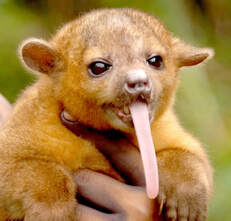 DIET Although kinkajous are classified as carnivores (they have canine teeth), 90% of their diet is (primarily ripe) fruit and nectar. They sometimes each insects, particulary ants. On rare occasions they eat eggs, hatchlings, insects, and small vertebrates. To eat softer fruits, they hold it with their forepaws, then scoop out the scuuclent pulp with their tonuge. This (5-inch-long) tongue can reach inside flowers or beehives for tasty honey or nectar. Their short, dense fur provides a natural protection from bee stings. Their dexterous paws help them manipulate food. Kinkajous often hang by their tail while reaching for their next piece of fruit!Kinkajous play an important role in seed dispersal and are important pollinators. Leaves, flowers and various herbs make up about 10% of their diet. As they travel from flower to flower to drink nectar, the flower’s pollen sticks to their face and then smears off onto the next flower. Their foraging habits drive them to travel between a variety of trees each night. Several kinkajous may meet and forage together at the same site, if there is enough fruit to share. It is noted, that captive Kinkajous will avidly eat honey (hence the name "honey bear"), yet honey has not been observed in the diet of wild kinkajous. FAMILY LIFE Scientists consider kinkajous to have a “solitary group-life.” This means an individual spends most of its time alone but may join others when feeding on fruiting trees. Individuals may also gather to socialize. They play, groom, and sometimes even sleep together. A typical kinkajou social group includes two males, a female, and offspring. Whether alone or in a small group, kinkajous usually travel the same route each night and tend to stick to their own territory. Scent glands at the corner of the mouth, the throat, and the abdomen help kinkajous mark their territory. Kinkajous can be quite noisy with their high-pitched squeaks, hisses, and barks. Reproduction & Babies The kinkajou becomes sexually mature between 18 and 20 months. Males reach maturity at about 1.5 years and females 2.5 years. They breed all year long, with the female being in heat about every three months. Out in their natural habitat the kinkajous usually avoid each other except when mating. After a gestation period ranges from 3 to 4 months and they usually have 1 to 2 cubs born each time. Births in the wild usually occur between April and December. The cub is born in a dark den with their eyes and ears closed. Their eyes open within two to six weeks, and in another three to six weeks their tails become prehensile. A mother kinkajou takes full responsibility for caring for her young. She gives birth in the hollow of a tree. This is where she leaves her baby while she looks for food. After one or two weeks, the baby's eyes open. It begins to eat solid food at eight weeks. By this time, the youngster can hang by its tail. It is able to climb with confidence when about three months old. Young males stay with their mother until they are about 18 months old; females stay until they are about two years old. The kinkajou mother is very protective of her cub. During times of danger she will carry the infant upside down just below her chest. The mother carries the young for almost four months, at which time the young are almost independent. Lifespan and Current Status Kinkajous live approximately 20 to 25 years. Their main predators in the wild include the tayra, fox, jaguarundi, jaguar, ocelot, and humans. They are often hunted for their meat and fur. The kinkajou is not currently on the endangered species list, however their status in the wild is threatened. Deforestation and fur hunting have taken a significant toll on the current population of kinkajous. Personal Interest - as Pets Kinkajous are sometimes kept as exotic pets, although it is not recommended to do so. Many wildlife lovers find them playful, quiet and docile by nature, with very little odor. Keep in mind, these are wild animals, no matter how cute you might think they are. Kinkajous can deliver a painful bite and can be destructive to a home in the middle of the night, when they are most active. They do not like sudden movements, noise, and being awake during the day. An agitated kinkajou may emit a scream and attack, usually clawing its victim and sometimes biting deeply. In 2011, the Centers for Disease Control and Prevention reported that pet kinkajous in the United States can be carriers (fecal–oral route) of the raccoon roundworm Baylisascaris procyonis, which is capable of causing severe morbidity and even death in humans, if the brain is infected. They live an average of about 23 years in captivity, with a maximum recorded life span of 41 years. BELIZE ZOO Fuzzy the kinkajou, is a new arrival to the zoo. Fuzzy was a pet for two years and to the surprise of our staff, his owner brought him to the zoo minus any cage. They rode the bus together, he stayed snuggled around her neck, and we wondered if Fuzzy had to pay busfare! They both arrived safely to the zoo, and we accepted Fuzzy into the zoo clan. He stayed off-site so he could become used to zoo staff and the standard tender loving care given to the animals here. His diet was vastly improved. Many times, when people keep wildlife as pets, they do not provide a balanced diet for them, and this can result in various deficiencies, sickness and an overall weak condition. Fuzzy needed a bit of upgrading in his daily meals, and in a short time, his golden coat was glowing and his behavior reflected that of a healthy and very happy kinkajou. The kinkajou, or “nightwalker” as we also know them in Belize, is closely related to raccoons and coatimundis. Even though they are classified as carnivores, they prefer to dine on sweet fruits, flower nectar, and sometimes insects. They preference for sweets earned them the nickname “honey bears.” In order to fulfill the “carnivore” part of his identity, we provide Fuzzy with a bit of chicken. Turning upside down, Fuzzy will eat the chicken as if it were the treat of a lifetime! What else is on the menu? Papaya, watermelon and of course, bananas, satisfy the boy’s appetite here at the Zoo. Fuzzy will become one of the highlights of the Zoo’s night tour, along with other nocturnal critters like the owls, tapirs, and jaguars! Coatis, also known as coatimundis (/koʊˌɑːtɪˈmʌndi/), are members of the faccoon family. There are four (4) species of coati's in native to North, Central & South America. Depending on the species, coati's can be found in the tropical rainforests, dense forests, mountains, grasslands or deserts. They are diurnal mammals native to South America, Central America, Mexico, and the southwestern United States. The name coatimundi purportedly derives from the Tupian languages of Brazil. The coati is also known in English as the hog-nosed coon. Physical characteristics Adult coati's measure 13 to 27 inches from head to the base of the tail, which can be as long as their bodies. Coati's are about 12 inches tall at the shoulder and weigh between 4.4 & 17.6 pounds, about the size of a large house cat. Males can become almost twice as large as females and have large, sharp canine teeth. The above measurements are for the white-nosed and South America coati's. The two mountain coati's are smaller. All coati's share a slender head with an elongated, flexible, slightly upward-turned nose, small ears, dark feet, and a long, non-prehensile tail used for balance and signaling. Ring-tailed coati's have either a light brown or black coat, with a lighter under-part and a white-ringed tail in most cases. Coati's have a long brown tail with rings on it which are anywhere from starkly defined like a raccoon's to very faint. Like raccoons and unlike ring-tailed cats and cacomistles, the rings go completely around the tail. Coati's often hold the tail erect; it is used as such to keep troops of coati's together in tall vegetation. The tip of the tail can be moved slightly on its own, as is the case with cats, but it is not prehensile as is that of the kinkajou, another procyonid. Coati's have bear- and raccoon-like paws, and walk plantigrade (on the soles of the feet, as do humans), like raccoons and bears. Coati's have non-retractable claws. Coati's also are, in common with raccoons and other procyonids (and others in the order Carnivora and rare cases amongst other mammals), able to rotate their ankles beyond 180°; they are therefore able to descend trees head first. Other animals living in forests have acquired some or all of these properties through convergent evolution, including members of the mongoose, civet, weasel, cat, and bear families. The coati snout is long and somewhat pig-like, part of the reason for its nickname 'the hog-nosed raccoon'. It is also extremely flexible – it can be rotated up to 60° in any direction. They use their noses to push objects and rub parts of their body. The facial markings include white markings around the eyes and on the ears and snout. Coati's have strong limbs to climb and dig and have a reputation for intelligence, like their fellow procyonid, the raccoon. They prefer to sleep or rest in elevated places and niches, like the rainforest canopy, in crudely built sleeping nests. Coati's are active day and night. Behavior Little is known about the behavior of the mountain coati's. Unlike most members of the raccoon family, coati's are primarily diurnal. Coati females and young males up to two years of age are gregarious and travel through their territories in noisy, loosely organized bands made up of four (4) to thirty (30) individuals, foraging with their offspring on the ground or in the forest canopy. Males over two years become solitary due to behavioral disposition (collective aggression) from the females and will join the female groups only during the breeding season. When provoked, or for defense, coati's can be fierce fighters; their strong jaws, sharp canine teeth, and fast scratching paws, along with a tough hide sturdily attached to the underlying muscles, make it very difficult for potential predators (e.g., dogs or jaguars) to seize the smaller mammal. Coati's communicate their intentions (or moods), with a chirping, snorting, or grunting sound. Different chirping sounds are used to express joy during social grooming, appeasement after fights, or to convey irritation or anger. Snorting while digging, along with an erect tail, states territorial or food claims during foraging. Coatis additionally use special postures or moves to convey simple messages; for example, hiding the nose between the front paws as a sign for submission; lowering the head, baring teeth, and jumping at an enemy signal an aggressive disposition. Individuals recognize other coati's by their looks, voices, and smells, the individual smell is intensified by special musk-glands on their necks and bellies. Coati's from Panama are known to rub their own fur and that of other troop members with resin from Trattinnickia aspera (Burseraceae) trees, but its purpose is unclear. Some proposed possibilities are it serves as an insect repellent, a fungicide, or as a form of scent-marking. Fun Facts
Diet & Feeding Coatimundi's are diurnal, which means they like to eat during the day. Coatimundi's are all about snacking. It uses its long, flexible nose to probe gaps between rocks and search under piles of leaves for grub. Coatis eat insects, fruit, rodents, lizards, and small snakes.Coatimundi's are omnivores; which means their diets consist of mainly leafy vegetation, ground litter, invetebrates (such as trantulas) and fruit. They also eat small vertebrate prey, such as lizards, rodents, small birds, birds' eggs, and crocodile eggs. Their long snout (has an acute sense of smell), assists the paws in a hog-like manner to unearth invertebrates. Reproduction The Coatimundi mating season, typically corresponds with the start of the rainy season, when good is most abundant. Especially fruits: between January and March in some areas, and between October and February in others. Females (along with juveniles) band together in groups of about 30, at the beginning of the breeding season, they will accept an adult male into their band. This leads to a polygynous mating system. At age two, males will leave and live on their own. The pregnant females separate from the group, build a nest on a tree or in a rocky niche and, after a gestation period of about 11 weeks, give birth to litters of three to seven kits. About six weeks after birth, the females and their young will rejoin the band. Females become sexually mature at two years of age, while males will acquire sexual maturity at three years of age. Ecology and Conservation The coatimundi is locally threatened in some areas as a result of ongoing habitat loss and hunting. The Coatimundi has a wide distribution range and is present in many protected areas across its range. Coati's are classified as an endangered species in New Mexico and it given total legal protection there. However in Arizona, where the largest population lives, they are subject to year round hunting. Coatis are an important food source for larger predators, and in some regions, and are hunted for their meat by humans. Coati predators include jaguarundis, anacondas, maned wolves, boa constrictors, foxes, dogs, tayras, ocelots, and jaguars. Large raptors, such as ornate hawk-eagles, black-and-chestnut eagles, and harpy eagles, also are known to hunt them. White-headed capuchin monkeys hunt their pups. These animals help control insect, reptile, and amphibian populations as well. However, they are also seen (by some), as agricultural pests, damaging farmers' crops. In Captivity Coati's are one of five groups of procyonids commonly kept as pets in various parts of North, Central and South America, the others being the raccoons (common and crab-eating), the kinkajou, the ring-tailed cat and cacomistle. However, while both the white-nosed and South America coati's are common in captivity, mountain coatis are extremely rare in captivity. Coatis are small creatures that can be wild, somewhat difficult to control or train in some cases, and generally behave in a manner radically different from that of a pet dog. Optimally, they should have a spacious outdoor enclosure and a coati-proofed room in the house and/or other climate-controlled place, as well. They can be given the run of the house but need careful watching, more careful in some cases than others. It is possible to litter or toilet train coati's; if one cannot be trained as such, it is still possible to lessen problems in that they tend to designate a latrine area, which can have a litter pan placed in it as is done with many ferrets, pet skunks, rabbits, and rodents. Coati's generally need both dog and cat vaccines for distemper and many other diseases and a killed rabies vaccine. They can be spayed or neutered for the same reason as cats and dogs and other pets. The Belize Zoo Coatimundi(Nasua narica)The Coatimundi, also known as the White-nosed Coati, is diurnal, living both on the ground andin the trees. This member of the racoon family is omnivorous, feeding on fruits, invertebrates,and other small animals. They feed by using their long noses, poking them under rocks and intocrevices, and using their long claws to dig holes or tear apart rotting logs.The coati often is seen in large groups of up to 30 individuals. When surprised, the entire groupwill leap into the trees while emitting clicking and explosive "woofs" type of sounds. During thenight, coatis sleep in the tree tops in nest of leaves and branches.Coatimundis are found throughout Belize, from the mangrove forests of the coasts, thesavannas of the lowlands, the dense tropical forest of the interior. They range all throughCentral America and are quite common in Belize. Locally in Belize, the coati is known as"quash". ABOUT WHITE LIPPED PECCARY Belize has two species of Pecari's (Collard & White-lipped). Both of these species reside in the rainforests of Belize, but they are known to also inhabit just about any sort of habitat, from rainforest, dry forests, grasslands, mangrove, Cerrado, and dry xerophytic areas. You can find Peccary, from as far North as New Mexico/Arizona (in the USA), all the way to Argentina in South America. These mammals are hoglike, with small hooves supporting a disproportionately pudgy body which weighs about 30-60 pounds, with a bristle hairdo. On its back, there is a scent glad which secretes a perfume appropriate only by others of its kind. Up close to you and I, these hogs stink! DESCRIPTION White-lipped peccaries are generally brown or black in color. Their coat is bristly and hairs that run down the spine make a crest, which stands up when the peccary becomes excited. Peccaries have a round body with a long snout, that ends in a circular disk where the nasal cavity starts. It has white markings that start below the snout and run to the cheek area just below the eyes. The head and body length range from 35-55 inches, the shoulder height is between 16 and 24 inches, the tail length is from 1.2 to 2.4 inches, and an adult will weight between 55 to 88 pounds. They are the New World counterpart of swine and differ from true pigs in certain skeletal and dental features. They also have a scent glad under the skin that opens on the ridge of the back and gives off a fairly strong musky offensive odor. The white-lipped peccary lives to be around 13 years old. 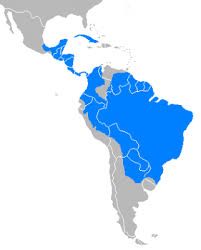 HABITAT The white-lipped peccary is native to Argentina, Belize, Bolivia, Brazil, Colombia, Costa Rica, Ecuador, French Guiana, Guatemala, Guyana, Honduras, Mexico, Nicaragua, Panama, Paraguay, Peru, Suriname, and Venezuela. An example ecoregion of occurrence is the Belizean pine forests. The peccary is regionally extinct in El Salvador and Uruguay. They thrive in dense, humid, tropical forests, usually with primary growth, although their habitat can also include dry forests, grasslands, mangrove, Cerrado, and dry xerophytic areas. They range from sea level to an altitude of 1,900 m (6,200 ft). BEHAVIOR They are known to be aggressive when cornered or feel threatened. They are often smelled before seen because they give off a skunk-like odor. They maintain contact with the heard by making a low moaning sound and will alert or intimidate others by proclaiming a loud "bark" and show their teeth in an attempt to avoid conflict. When these animals roam in their range land, they can be very loud, clattering their teeth and grunting to one another to communicate and stay within the herd. They communicate with olfactory, acoustic, and physical contact to keep together. This is essential when warding off predators such as the jaguar, because it may not attack when there are significant numbers in a herd. The white-lipped peccary is a diurnal feeder, and it performs all of its activities during the day, more specifically in the mornings and afternoons. It can spend up to two-thirds of its day traveling and feeding. Herds can number 20–300+, including both males and females; some reports have described herds reaching 2,000 peccaries. Within their species, they will bed down together for warmth in thickets or caves, and practice mutual rubbing - of the head, against the others scent gland, especially upon meeting. Group defense is also practiced, a matter of pooled resources as they have poor vision and only fair hearing; despite this, they are surprisingly speedy and agile, favoring offensive techniques such as the frontal attack. They have quite a lot to say on the subject: a loud bark serves as a general alarm, aggressive grumblings may suggest a warning to intruder or opponent alike, and the clattering of teeth may proclaim the threat. However, within the herd peace is usually kept by a defined order of dominance, most often matriarchal. It is then that a kind of peccaric purring is heard in the land. DIET & FEEDING White-lipped peccaries are omnivores, which means they feel on vegetation, fruits, nuts, and small amounts of animal matter. Since the white-lipped peccary relies heavily on fruit, they travel to where the fruit and other essential resources are located. Fruits are a favorite with all, including the prickly pear where available; seeds other than those of the fig are crushed by molar activity and thus are not dispersed by way of itinerant peccaries. Crops such as maize, beans and squashes prove to be irresistible for these creatures. The fruiting season dictates most of their behavior. Fruit is more abundant in primary forests rather than secondary or coastal forests, so their populations are more dense in these regions. Generally, a period of fruit shortage occurs during the end of the wet season, so the consumption of secondary foods, such as leaves, stems, and animal parts, is increased. The peccary's sense of smell is commensurate with the mobility of its rubbery snoot, and it can sniff out bulbs, roots, and tubers hidden well under the ground. White-lipped peccaries may spice up their diet with grubs, insects, and small vertebrates. BREEDING/REPRODUCTION/GESTATION Little is known about the mating system in White-Lipped Peccaries. These animals can breed throughout the year depending on location. The breeding season is extremely variable and consists of two distinct peaks, one occurring in February and one in July. The breeding season follows the fruiting season, so the variability can be consistently different in each different region where they are found. White-lipped Peccaries have a gestation period of approximately five (5) months, whereas gestation for Collared Peccaries is less than four (4) months and culminates in May. Four (4) can be born in a litter at one time, but typically its only two. A hollow log or someone's abandoned burrow often serves as maternity ward. Babies usually weigh about 2.2 pounds at birth. Piglets can run within a few hours after birth and are weaned by six months of age. They become reproductively mature between one and two years of age. Facts About White Lipped Peccary 1. Also known as “pig of the jungle,” the white-lipped peccary is recognized by its brown or black fur and its white patch (or “lip”) around its snout. 2. The white-lipped peccary is widely considered the most dangerous peccary. It has been associated with aggressive behavior, but its usually due to the loud noises its emits. Some have even killed animals like jaguars when trying to defend themselves. But there is no need to feel scared of them. They tend to be pretty relaxed if they don’t feel threatened. 3. The pelage of the white-lipped peccary is an overall dark reddish-brown or black, with each hair being two-toned: light at the base, and then dark. 4. The white-lipped peccary is 55-cm tall, on average, and can be 1-m long and weigh almost 50 kg. 5. Reported measurements are body length between 90 and 140 cm, shoulder height 40-60 cm, and body weight 50-80 pounds. So they are pretty big. 6. It is an omnivorous animal which means it feeds on fruits, roots, tubers, palm nuts, grasses, and invertebrates. But they will always prefer or try to get fruits over anything else. 7. Because they live in large groups, they need a way to recognize other members. They have a scent gland on their backs, which allows them to bond and recognize each other. This species can be recognized by its strong unique odor that it uses to mark its territory by rubbing against trees and rocks. The odor increases when its alert or scared. 8. White-lipped peccaries are social animals, therefore they live in large groups. These herds can grow from 50 to 300+ individuals. There have been sightings reporting up to 2,000 in one group. 9. The white-lipped peccary doesn’t have a specific breeding season. They breed throughout the year. In Belize, you can see a peak in their breeding rituals between February and July. 10. They are mammals and 156 to 162 days is the gestation period. The great majority of births are twins, although occasionally a single or triplets are born. 11. If you want to improve your chances of seeing one take nature tours in the areas where they are seen during the morning hours. That is when they are most active and searching for food. 12. Carnivores like Jaguar used to be their main predators but humans with deforestation and hunting have taken that place. 13. It is recognized as an important seed disperser in the rainsforests of Belize. 14. The species, its closest relative is the collared peccary. It can be identified by the white fur around its neck, and the fact that it travels in herds much smaller than white-lipped peccaries. 15. Although not immediately endangered it is threatened by deforestation and increased hunting pressure. This species is economically important, and one of the principal species for neo-tropical hunters. MAJOR THREATS The two main threats to their survival are deforestation and hunting. Destruction and subdivision of their natural range can have devastating effects on their population. Loss of habitat can lead to exposure for poachers, who can easily kill many peccaries at one time. Natural predators include the jaguar and puma. KEEL-BILLED TOUCAN - The Keel-Billed Toucan is the national bird for Belize. It is a large South American bird, that belongs to the family of toucans and can be found from southern Mexico to northern Columbia. Keel-billed toucan can survive 15 to 20 years in the wild. KEEL-BILLED TOUCAN - Beak The beak (or bill) is about 4.7 to 5.9 inches long (nearly 1/3 of body length). Even though it is very large, the actual bill is not heavy. It is made of light-weight protein called keratin and its internal structure is spongy. The large size of this bill doesn't affect stability of the bird. It probably plays an important role during the mating season and serves as a weapon against predators. This beak is amazing when it comes to structural engineering. The horny outer shell is reinforced with a network of inner cellular fibers, providing strength without debilitating weight; it feels like laminated basla wood, but the serrated edges are more mindful of a stainless steel paring knife. The coloration is beyond belief: apple green, with an elongated orange triangle laid out along the lip of the upper beak and a streak of powder blue whispering across the lower beak. The beak is attached to the toucan's head by a black, patent leather strap. KEEL-BILLED TOUCAN - Body Keel-billed toucan can reach 17 to 22 inches in height and 4.7 to 8.8 pounds of weight. Keel-billed toucan has a black body, yellow face & throat with green skin around eyes. The tip of its tail is red and the feet are blue in color. Keel-billed toucan's have beautifully colored bills, which are a combination of green, yellow, orange and red color, hence the nickname rainbow-billed toucan. The Keel-Billed Toucan is not a very good flyer. They move by hopping (from branch to branch). Keel-Billed Toucans make loud, frog-like calls (that can be heard 0.5 mile away) to communicate with one another. Their natural enemies are birds of prey and humans. KEEL-BILLED TOUCAN - Diet The Keep-Billed Toucan is an omnivore, it feeds mostly on fruit and berries. From time to time, its diet does include eggs, insects, lizards and frogs. With its beak, it rips off a chunk from the fleshly portion (of a berry); it then juggles the morsel with the tip of its bill (until it is positioned just so) and then, with a toss of its head, flips the food into the air and catches it. It drinks water in a similar fashion, dipping its bill below the surface, then lifting it high (making like a gutter), allowing the water to drain toward the throat. KEEL-BILLED TOUCAN - Habitat The Keel-Billed Toucan prefers larger trees, in open areas. They live in trees holes made by other birds (i.e. woodpeckers), which they then enlarge to fit their needs. Keel-Bill Toucan's inhabit tropical & subtropical rainforest (from the lowlands to the altiutde of 6.200 feet) Typically 5 to 6 birds will nest together. They all sleep with their bills tucked under the body to make room for other birds in the group. Keel-Billed Toucan's are very social, playfrul birds. They travel through the jungle in groups of 6 to 8 birds, throw fruit into the mouth of other birds and use their beaks to fight with their playmates. Major threats for the survival of keel-billed toucan are habitat destruction and uncontrolled hunting (for their meat & the beak). Despite these factors, Keel-Billed Toucan's are still widespread and numerous in the wild. KEEL-BILLED TOUCANS - Mating & Reproduction Keel-Billed Toucans are monogamous birds, which mate from March to June. The remale lays 1 to 4 eggs in the cavities of trees. Both male and female take part in the incubation of eggs that lasts 16 to 20 days. The nesting stage is prolonged, lasting up to nine week. Hatchlings are naked and blind at birth. Both parents provide food for their chicks until they become ready to leave the nest at the age of 8 to 9 weeks. Keel-Billed Toucans reach sexual maturity at the age of 3 to 4 years. Known Locally as Gibnut or the "Royal Rat" Agouti Paca (aka gibnut & the Royal Rat), there are two species of this South American rodent, with piglike bodies, large heads, and swollen cheeks. It got the nickname "the Royal Rat", ever since the British press got ahold of the fact, that this delicacy was served to the Queen of England when she visited. The Gibnut is from the rodent family, although tastes similar to rabbit; which is a popular food in Europe. DESCRIPTION The Agouti (ah GOO tee) is a rodent in the Central & South American rainforests that looks a bit like a really large guinea pig. Its coarse hair is covered with an oily (and stinky!) substance that acts like a raincoat. The hair is longest on its rump. The Paca has a stumpy tail (though hard to see), that is hidden benath their rump hairs. Paca's weight about 13 to 31 pounds, and have a body length of about 24 to 31 inches. They are the 3rd & 4th larges rodents in the world (similar to a guinea pig). Their flanks are characteristically patterned with four to seven horizontal lines of pale blotches and stripes. They have short ears, large eyes and long whiskers, and their bodies are stout, with large rumps and short limbs. The legs are long and, though sturdy, appear almost too dainty for such a chunky animal. There are four toes on the forefoot and five on the hind (two of which are short and rarely touch the ground). It walks on its toes, not flat-fotted like many rodents, giving the Agouti a dainty look. Both are adapted to swift movement with toes that are broad, down-pointing, and powerful, and stout nails that resemble small hooves. Pascas will confront each other head to head, but when approached by a predator they turn and run to the nearest body of water, where they can stay submerged for quite some time. If this source of refuge is unavailable (since they are only a short distance runner), they can leap into a "freeze" position for up to 45 minutes in duration. If this doesn't work, they run around in circles squealing, making themselves an easy target for any aggressor with a sense of humor. Odor plays an important role in their communication. They mark their trails, eating spots and sleeping quarters with urine, leaving a glandular secretion. SHARP INCISORS TEETH Just like other rodents, agoutis have teeth designed to gnaw on very hard items, with one pair of sharp incisors in the front of the mouth. These are the teeth they use to chew through tough items like nutshells. The layers of enamel on their teeth are twisted in a way that makes them much stronger. Brazil nuts may be hard for us to crack, but they pose no problem for agoutis! This sturdy rodent is the only animal that can crack open the hard outer shell of a Brazil nut. The sharp incisors keep growing throughout their lifetime, ensuring that they always have nut-cracking tools at the ready. Agoutis then use their molars to grind food they are about to swallow.
HABITAT They can be found in the rainforests from eastern Mexico to Northern Argentina & Uruguay. They live in tropical areas, with elevations ranging from sea level to 9,800 feet. They primarily live in rainforests near streams, but can also be found in a wide variety of habitats, including mangrove swamps, gallery forests near water currents, and even in public parks. They have been observed up to 2,500 m (8,200 ft) above sea level. Pacas are most abundant near large rivers, streams, swamps, and dense thickets, but they have also been seen in forests far from water. Terrestrial and monogamous, male and female pacas reside in separate burrows during the day, then at night associate in a small common territory, where they forage independently. Their burrows usually have a main entrance and hidden exits plugged with leaves. Burrows are often dug in dry banks near water. In the limestone terrain of southern Yucatan, pacas do not dig burrows; instead, they den in caves or dry sinkholes. At night pacas walk heavily and noisily through leaves as they forage along prominent paths for fallen fruit and the occasional plant part or tuber. Sometimes they lie down to rest in the open. When pursued, pacas attempt to escape by heading for water, as they are good swimmers. The smaller mountain Paca lives in the Northern Andes and the Páramo grasslands, with a peak occurrence between 2,000 and 3,000 m (6,600 and 9,800 ft) above sea level. BEHAVIOR Pacas are great swimmers and prefer to be near water. They dive when threatened and can stay submerged up to 15 minutes. They can also jump up to 3 feet/3 inches and freeze for up to 45 minutes. They normally move along well-established paths and will create new paths when old ones are disturbed. They are normally passive in daytime and forage in the morning and afternoon, but can be strictly nocturnal in areas with many predators. They live in burrows up to (9) feet in depth, normally with two entrances covered with leaves to hide the burrow and to serve as an early warning system. Burrows are often near water, but always above the seasonal flood line. Predators except humans include jaguar, puma, ocelot, margay, jaguarundi, bush dog, boa constrictor, and caiman. Pacas have resonating chambers in their cheeks and their growling noise, at about 1 kHz, is surprisingly loud for their size. The call is amplified by bony expansions on the side of the skull and by the fleshly sacs contained within them. Aside from making noises, territories are marked with urine. Population density can reach up to 70 adults per .077 square miles, and Pacas often constitute some 20% of the biomass of terrestrial mammals. FEEDING/DIET They have identified approximately (33) plant/fruit species which are consumed by Pacas. Pacas eat fruits from under-story trees and fallen fruits from taller trees, but may also eat leaves, buds, flowers, fungi, and insects. For this reason, they often can be seen around fruit trees. Pacas play a major role in seed dispersal, by voiding them in their feces. The loss of the Pacas in Mexico, is believed to be one of the key reasons for why there has been a 2/3 drop in plant diversity in their rainforest. Pacas normally do not use their fore-paws to manipulate fruits, instead they use their powerful jaw muscles (and strong teeth), to break open hard-shelled fruits. In addition, pacas browse on seedlings and nibble flowers. The remains of ants and caterpillars have been found in their feces and stomach contents. It is not known if these were ingested intentionally or accidentally. MATING/REPRODUCTION Females generally breed seasonally, but will bear up to (3) litters if conditions allow. Sexual maturity occurs at between six and 12 months, whenever the weight of females reaches about 14 pound and males about 17 pounds. Females in breeding condition will exhibit a "frisky hopping" behavior as the male approaches. This will become more exaggerated if he sprays her with urine. Copulation frequently takes place in water. Gestation lasts between 114 to 119 days with about 190 days between births. Normally mothers give birth to one young, but she can give birth up to three times per year if conditions allow. More than one birth per year results in lactation periods overlapping pregnancies. Weaning begins after six weeks, but the young start to follow their mothers early and can do so for up to a year. A newborn Paca at birth will weight 23–25 ounces, the young are born in holes (away from the burrow), too small for both predators and the mother to enter, they are then covered with leaves and twigs. To invite the young out of the hole, the mother will use a low rolling vocalization call, to invite the young to come suckle. Before it is allowed to suckle, it must defecate and urinate, the mother stimulates this process by licking the baby's gentiles. The mother will ingest the resulting product, to reduce the possibility of odors around the burrow that might attract predators. Suckling usually lasts for 90 days, after which the young will weight about 8.8 pounds. THE BELIZE ZOO Gibnut - At the Belize Zoo (Agouti paca) The Paca, known as the gibnut in Belize, is a nocturnal rodent. Inhabiting the forest floor, this solitary animal feeds on fallen fruit, leaves and some tubers dug from the ground. The gibnut is most often found near water and throughout many habitats of Belize, from river valleys to swamps to dense tropical forest. The gibnut is the most prized game animal of Belize and the Neotropics. They are easily hunted by day with dogs which can sniff out the paca's dens, or during the night with headlamps while they feed. While thriving in Belize's many protected areas, the paca has been hunted to extinction in many parts of its range from Mexico to Southern Brazil. In many of Belize's protected areas, gibnut can be heard and seen at night. This large rodent makes lots of noise while walking through the dry leaves of the forest or while chewing on the hard shells of the cohune nut, one of its favorite foods. The gibnut also produces a hoarse bark or a deep rumbling when disturbed. Key Facts Size Length: 2 feet Weight: 13-25 lbs. Breeding Reach Maturity: ? Mating: ? Gestation: 114-119 days No. of Young: 1 Lifestyle Habitat: Widespread. monogamous. Food: Ground feeding, fruits, leaves, tubers The Bird That Walks On Water NORTHERN JACANA - Aka the Georgie Bull or Jesus Christ bird There are eight species of this lively little lily-pad trotter, only one of which resides in the marshes, ponds and other waters of Belize. Also known as the Jesus Christ bird (for walking on water), Jacana's live wherever there is floating aquatic plants thrive. It hops daintily from lily pad to lily pad with its long and spindly toes in search of water bugs, tiny fish, or small mollusks. Jacanas are colorful water birds with long legs and incredibly long toes and claws. The super-long toes spread the bird’s weight over a large area. This allows them to walk across floating vegetation, especially lily pads. Jacanas often appear to be walking on the water itself! They are also good swimmers and divers, and can journey through open water from one area of vegetation to another. The Northern Jacan is easily identified by its long legs and long toes. Their bodies are about the same size as a robin. Its long slender toes stretch out across the floating water vegetation, it easily runs across the water in search of a tasty meal. The Northern Jacana is found all along the coastline of Mexico, into western Panama, in Hispaniola, Jamaica, Belize, Cuba & Texas (USA). Northern Jacanas are known for being quite aggressive and territorial. They frequently fight with each other using their weapons – spurs located on the bend of the wing. Its quite easy to understand why the unique Northern Jacana’s are popular amongst bird watchers. Jacana's are eminently noisy! Along with the Jacana's generally charming appearance goes a voice with many songs - most of them raucous. In argument with its fellows, it chatters and chuckles. In flight it makes a sharp cackle. It calls out with a single, rasping note or emits a plaintive whistle. In some respects, it resembles the sound of a portable typewriter. FUN FACTS
DESCRIPTION The Northern Jacana has a dark brown body with a black head and neck. In addition its bill has yellow patches and its forehead has a yellow wattle. Its bill has a white base. When a jacana is in flight, its yellowish-green primary and secondary feathers are visible. Also visible are yellow bony spurs on the leading edge of the wings, which it can use to defend itself and its young. The greenish colour of the wing feathers is produced by a pigment, rather rare in birds, called zooprasinin, a copper containing organic compound. This slender bird attains a beak-to-tail length of 9"-10". With neck extended and long legs dangling, as it flies it flashes the yellow under pinion of its rounded wings. As it alights, it stretches high its wings before folding them neatly behind its back, tucking in the spurs at the crook of its wings. MIGRATION There is no regular migration, but they do wander irregularly. They do seem to stray into Texas and with a good rainfall into Mexico and Belize. At marshy ponds from Mexico to Panama, this odd shorebird is common. Its long toes allow it to run about on lily pads and other floating vegetation. When it flies, the feet trail behind it; on landing, it may hold the wings high for a moment, showing off the yellow flight feathers. This species has turned up several times in Texas, and has even nested there. Very common in parts of its normal range, but could be vulnerable to loss of wetland habitat. FEEDING/DIET The Northern Jacana (Jesus Christ bird), typically forages on insects by walking about on mats of floating vegetation, picking them from ovules of water lilies. It also consumes snails, worms, small crabs, fish, mollusks, and seeds. The Jacana competes with birds of a similar diet like the Sora. They can also be found foraging on mud or open ground near water. MATING/BREEDING The breeding season is April and May of each year. A female jacana lives in a territory that encompasses the territories of 1-4 males. A male forms a pair bond with a female who will keep other females out of his territory. Pair bonds between the female and her males remain throughout the year, even outside of breeding. These relationships last until a male or female is replaced. The female maintains bonds with her mates though copulations and producing clutches for them, as well as protecting their territories and defending the eggs from predators. Monogamous pairs are sometimes observed among polyandrous groups. The jacana has a simultaneous polyandrous mating system. That is the female will mate with several males a day or form pair bonds with more than one male at a time. Because of the high energy costs of producing eggs, females are replaced more often than males. If water levels remain constant, jacanas can breed year round. NESTING Males build the nests, while one female can have up to 4 different mates. A male may create several nests at different sites and the female will choose one that fits her fancy. The best nests are the ones that are the most dense and stable. The femal Jacana will lay her eggs in groupings of 4, each in a separate nest built by the male. Males do almost all the work of incubating the eggs and taking care of the young fledglings. The nest site usually on top of marsh vegetation, either standing or floating, in shallow water. The nest is usually a flimsy, simple open cup made of available plant material. As the male incubates the eggs, he will continue to add to the nest to strengthen it. EGGS & INCUBATION The female will lay a clutch of four brown eggs with black markings. These eggs usually measure around 1.18 by .091 inches. The male incubation the eggs for a period of 22-28 days. A femal will reluctantly incubate the eggs if a male doesn't have sufficent time to forage throughout the day due to rain and cool temperatures. A male performs when each egg hatches and stands next to the nest to peer into it. The males continues to incubate to remaining eggs while brooding the hatched chicks. When all the eggs have hatched, the male will dispose of the remaining egg shells. YOUNG CHICKS/FLEDGLINGS Young Northern Jacana can be identified as gray-brown in color aove, and whitish below, with a distinctinve strip above the eye. They are downy, and leave nest within 1-2 days after hatching. The male typically tends to the young and will lead them to feeding sites, where the chicks will swim, dive and feed themselves shortly after they hatch. Males will brood the chicks for many weeks, while females may brood chicks when the male is away. Territorial defense for both males and females increase when the chicks are born. Males are intolerant of intruders in their territory and make calls to the female for help for predator defense. Females respond to every call the male makes and invests much interest in the safety of the chicks, despiete having little ineraction with them. Young fledglings will typically take to flight around 4 to 6 weeks of age, or 50 to 60 days (depending on the species). 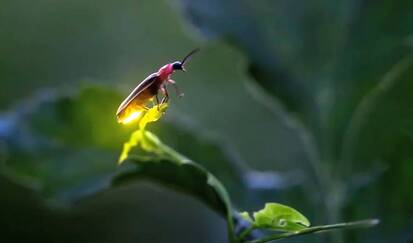 A firefly sits on a leaf in the Cockscomb Jaguar Reserve, waiting for the sun to set. As the sun begins to disappear, you see a pale yellow light-emitting from the back of this bugs body. This organ contains an enzyme, called luciferase (with pigments called luciferins), when this enzyme is secreted into the bugs lower organ, and then combined with oxygen - it creates the flashing yellow light you see. Unlike human light bulbs, this is a cold light without any infrared or ultraviolet wavelengths. There are over 2,000 species of firefly scattered around the world, but despite their name they're actually beetles and not flies. Fireflies are not the only type of beetle which emit light, some net-winged beetle larvae also do this trick. This bug helps to bring the jungle to life at night. Belize Fire Flies - Nocturnal Jungle Lights
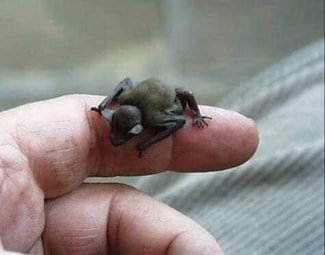 Bumblebee Bats are the world's smallest mammal and Belize's smallest bat. They are between 1.1 to 1.3 inches in length (29-33 mm), they weight .07 ounce (or 2 g), they have no tail, and their wingspan is approximately 6.7 inches (or 170 mm). Bumblebee bats, have a reddish/brown or grey upper parts with their underside being pale in colour. They have dark coloured relatively wide wings with long tips that enables them to hover. Their nose is pig-like, they have small eyes and relatively large ears. They have a large web of skin between their hind legs, known as the uropatagium, that gives them assistance when in flight. They are most active at dusk when they fly around jungle tree tops and cave entrances capturing insects. The Bumblebee Bat Habitat - Bumblebee Bats are found in Belize. Small colonies consisting of 10 - 100 bats, high up in limestone caves. When they roost they are spread out so that they are not touching each other. They prefer caves in forested areas, near rivers. The Bumblebee Bat Diet - Bumblebee Bats feed on insects. They either take them from foliage or capture them in the air. The Bumblebee Bat Breeding - Very little is known about reproduction in Bumblebee Bats but it is thought that they give birth to a single young in late April each year. Interesting Facts - Bumblebee Bats get their popular name because they are a similar size to a large bumblebees. The Bumblebee Bat has been included as one of the 10 species to be investigated by the Zoological Society of London. BELIZE'S SMALLEST MAMMAL - The Bumblebee Bat
|
Is located on the island of Ambergris Caye, directly across from the Belize Barrier Reef, off the mainland coast of Belize. The property is nestled in a cluster of Australian Pine trees, backed to a littoral jungle, and surrounded by tropical gardens. It's about a one minute walk from the property to the beach, and a 10-15 minute drive from the island airstrip to the property.
We offer one bedroom suites (455 s.f.) of living area to include: livingroom, kitchenette, private bathroom and bedroom. We are also about a one minute walk from one of the best restaurants on the island serving (breakfast, lunch & dinner). Within walking distance you can find: (3) blocks is Robyn's BBQ (4) blocks is 2 fruit stands (5) blocks local grocery store IF YOU'RE COMING TO BELIZE TO............... If you're coming to Belize to dive the Blue Hole, descend the shelf walls at Turneffe, snorkel the Barrier Reef, explore Mayan ruins, rappel into a cave, kayak along the river through caves, zip line through jungle tree tops, hike through a cave to see an ancient human skeleton, swim with sharks, listen to Howler Monkey's, hold a boa constrictor, feed a jaguar, horseback ride through the jungle, canoe through a cave, rappel down a waterfall, sail around an island, enjoy cocktails & dinner to a sunset, climb 130' feet to the top of a Mayan ruin, rip up the jungle trails on an ATV, float through a series of caves on a tube, and sip on a rum punch..... then this is the place for you. Belize Budget Suites, offers you clean, affordable, attractive, accommodations, at prices that allow you to do all the things just mentioned. Archives
February 2021
Categories
All

For All Your Home Improvement Needs

For all Your Real Estate Needs
501-226-4400 10 Coconut Dr. San Pedro, Belize Your Ad Could Go Here
|


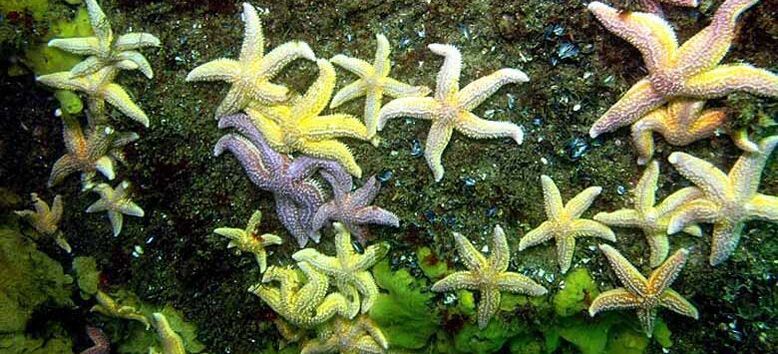
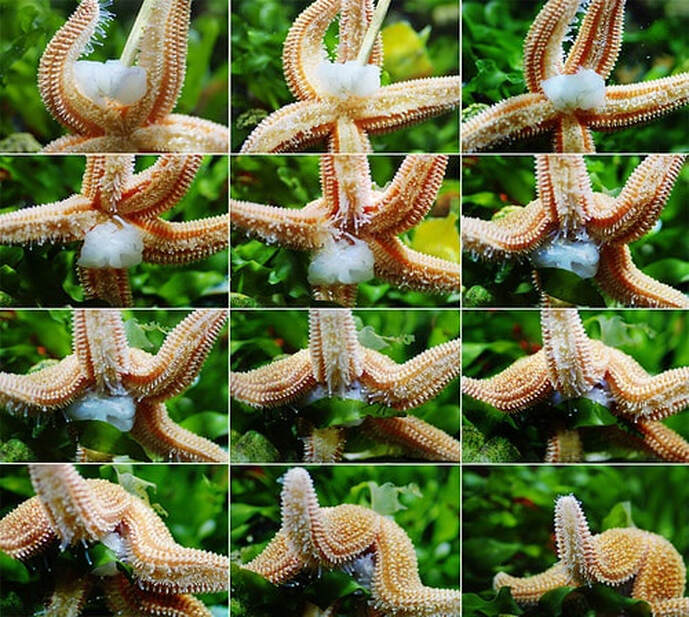
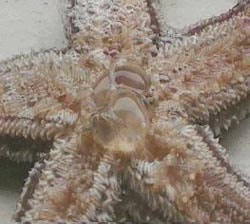
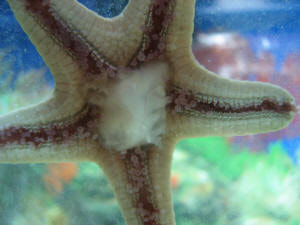
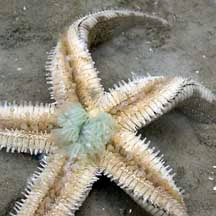
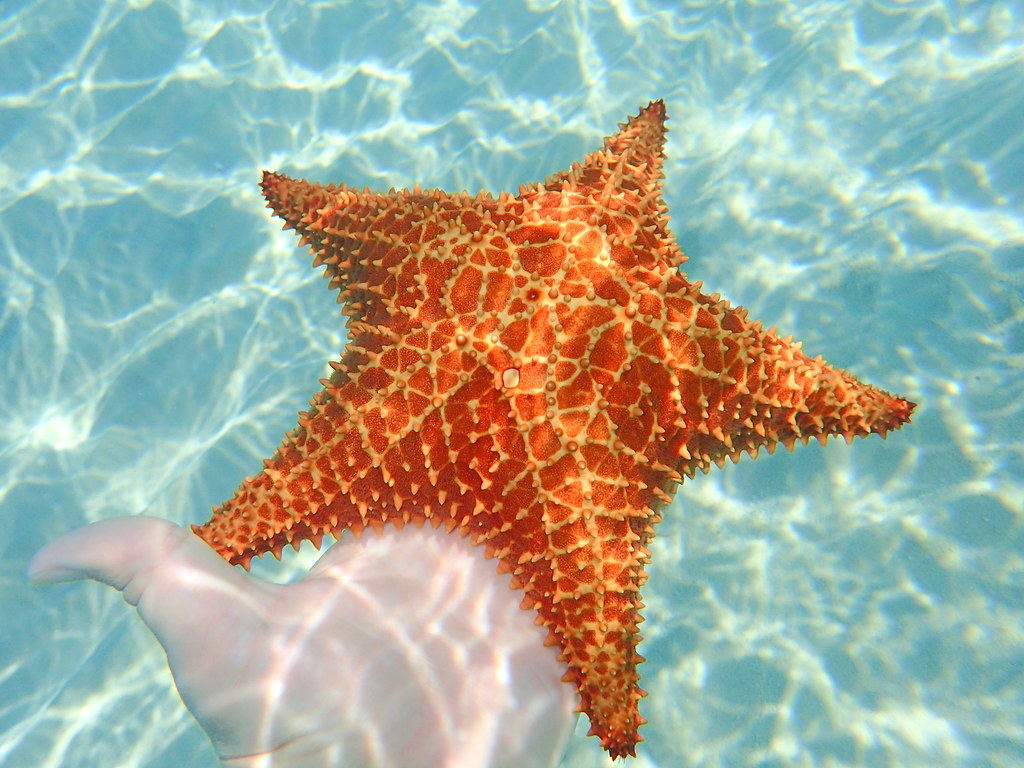
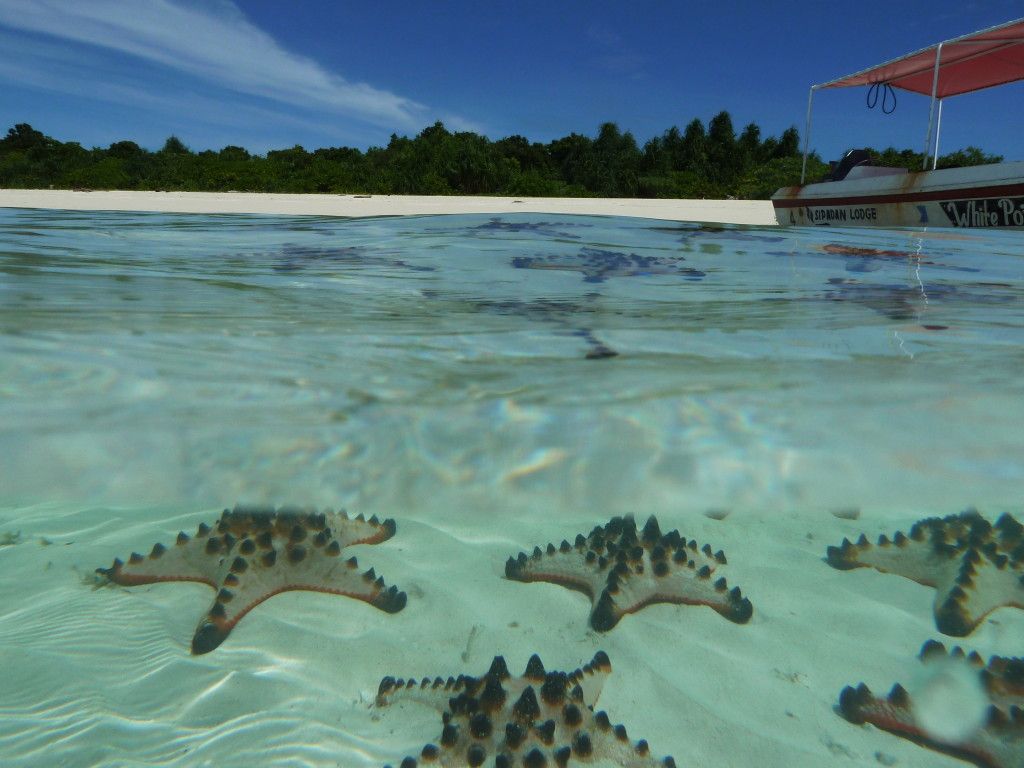




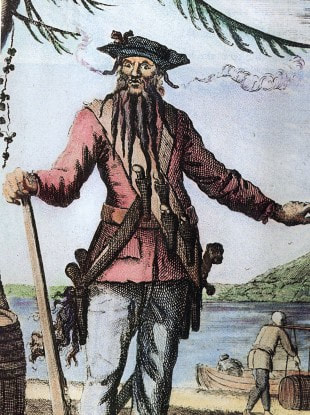
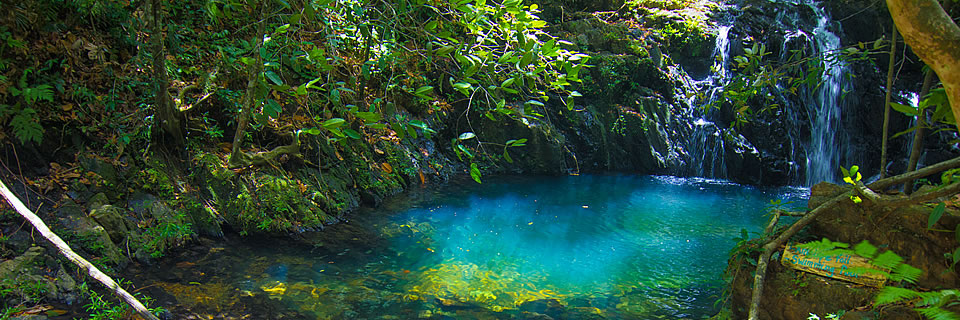
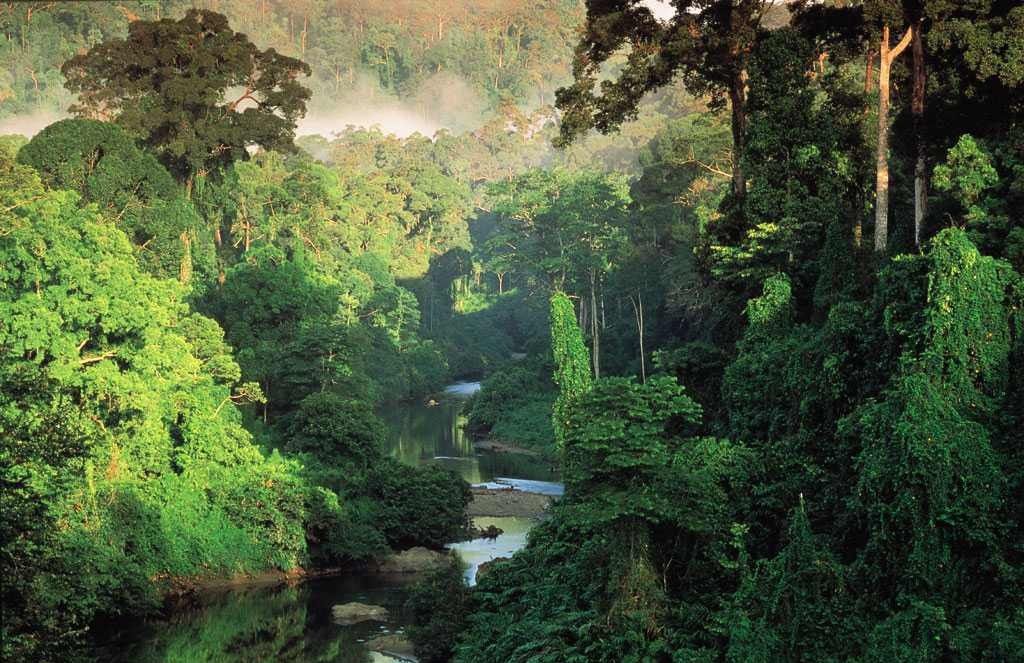
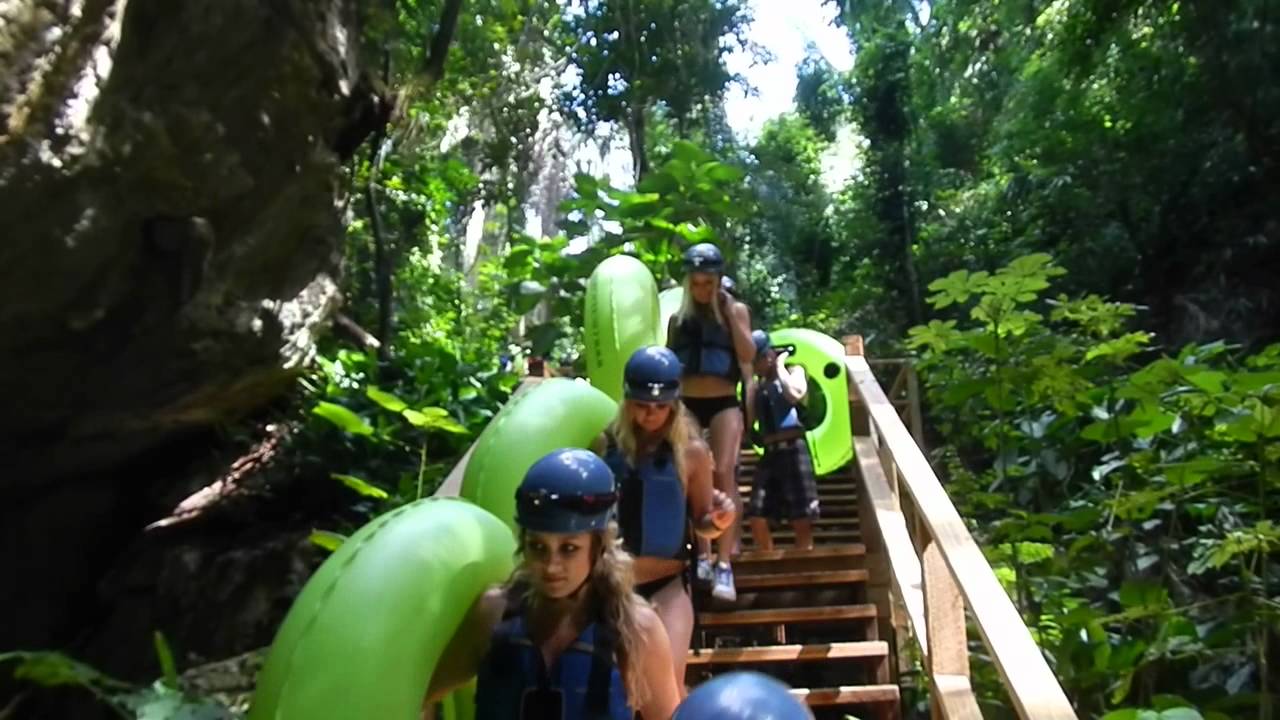

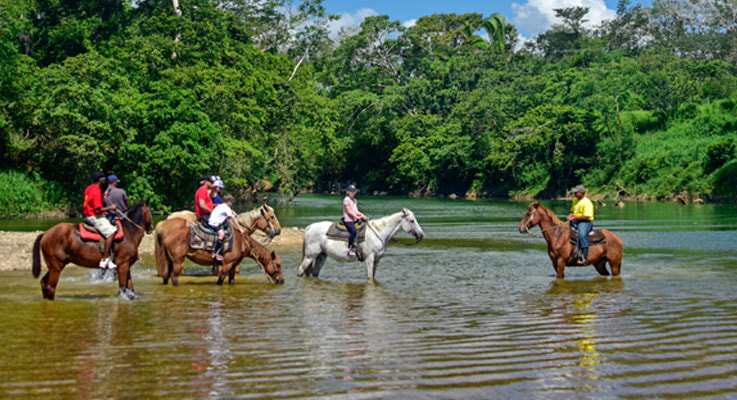

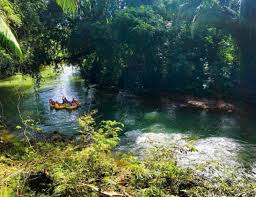
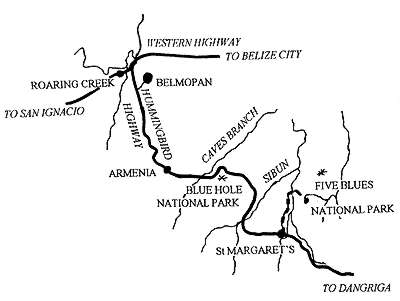

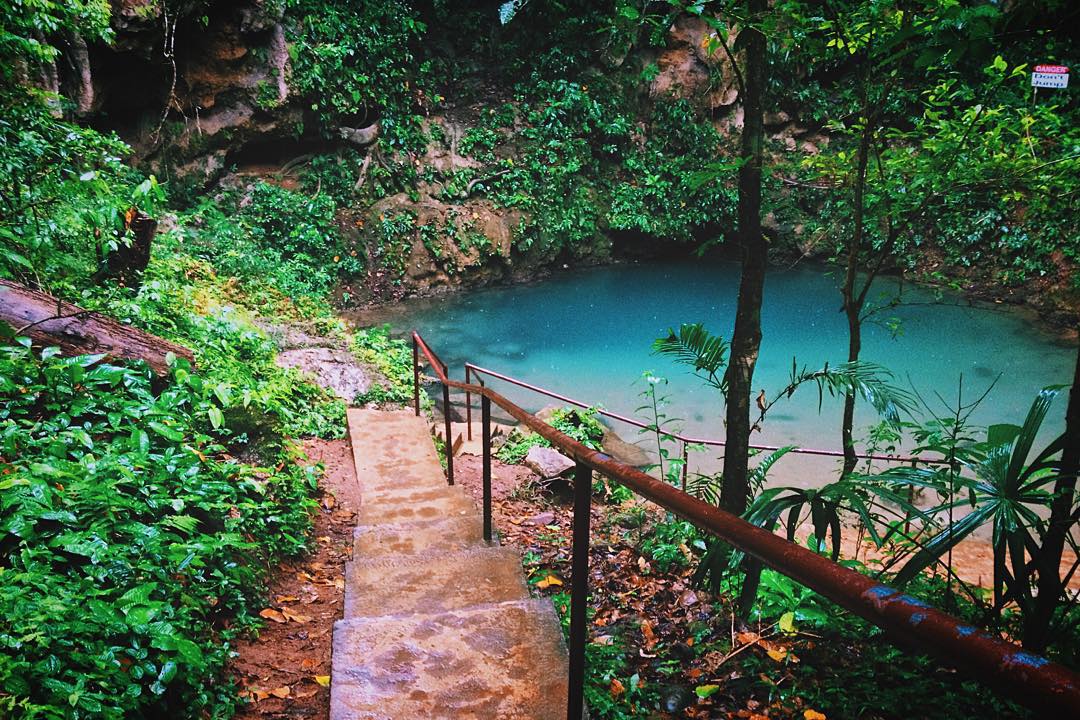
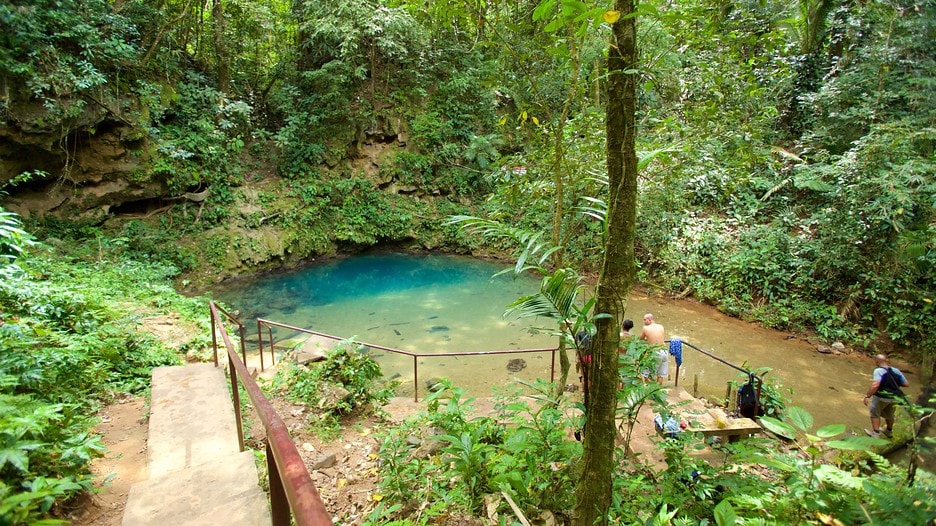
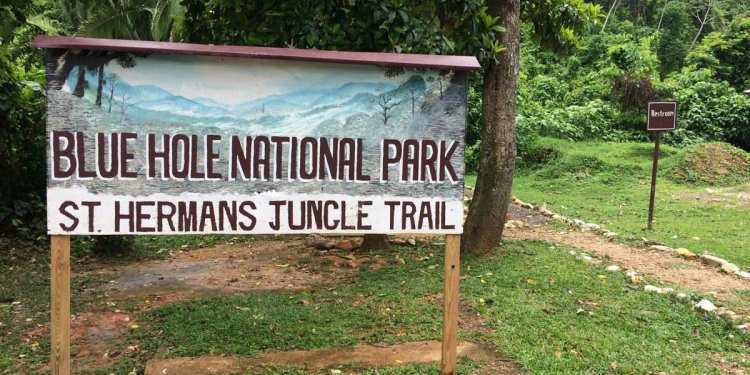
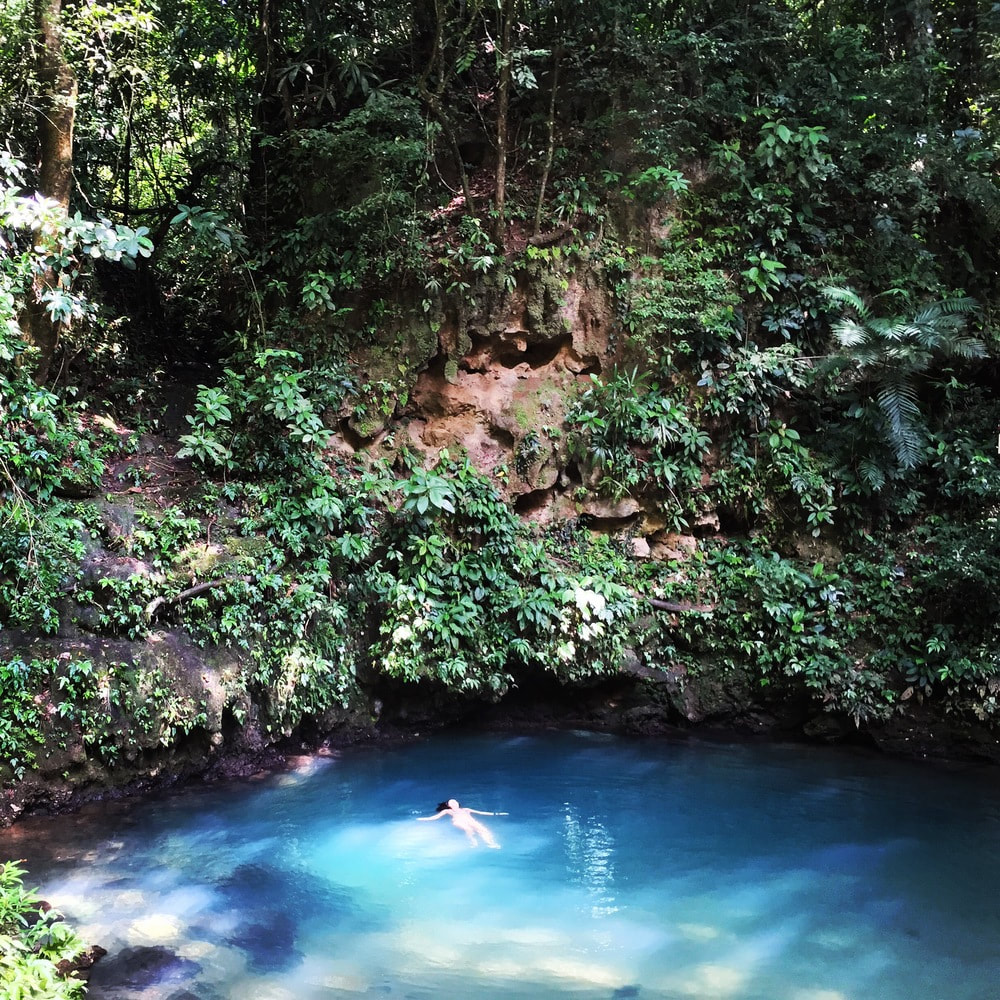
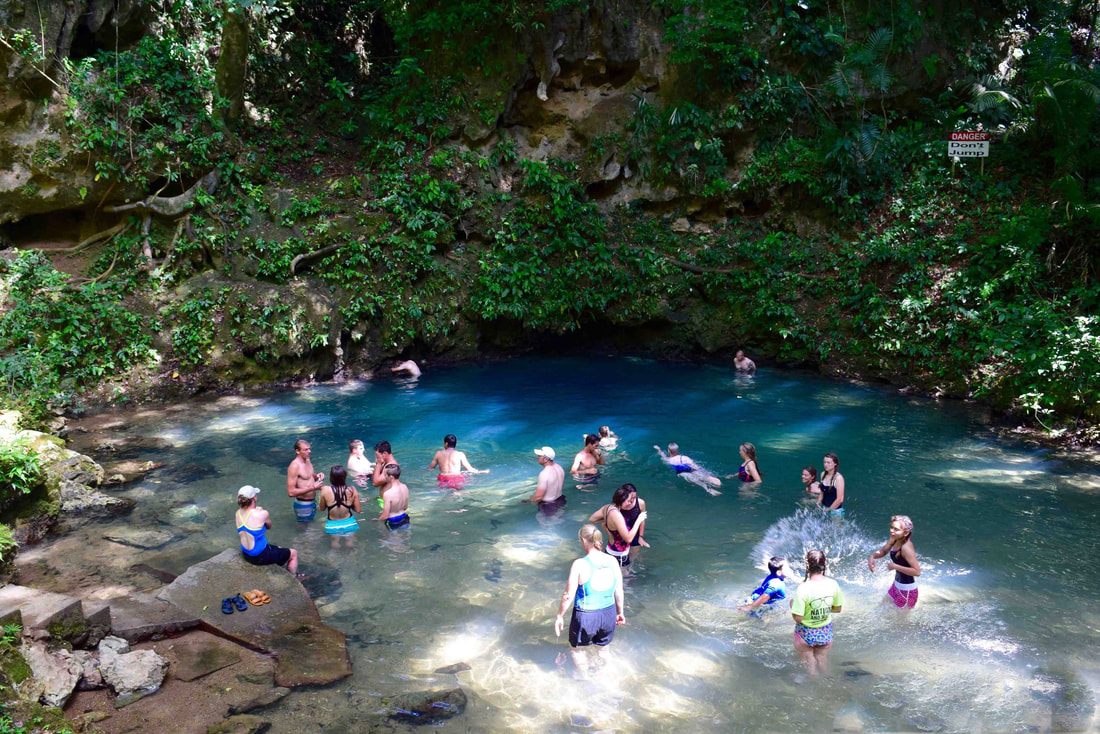
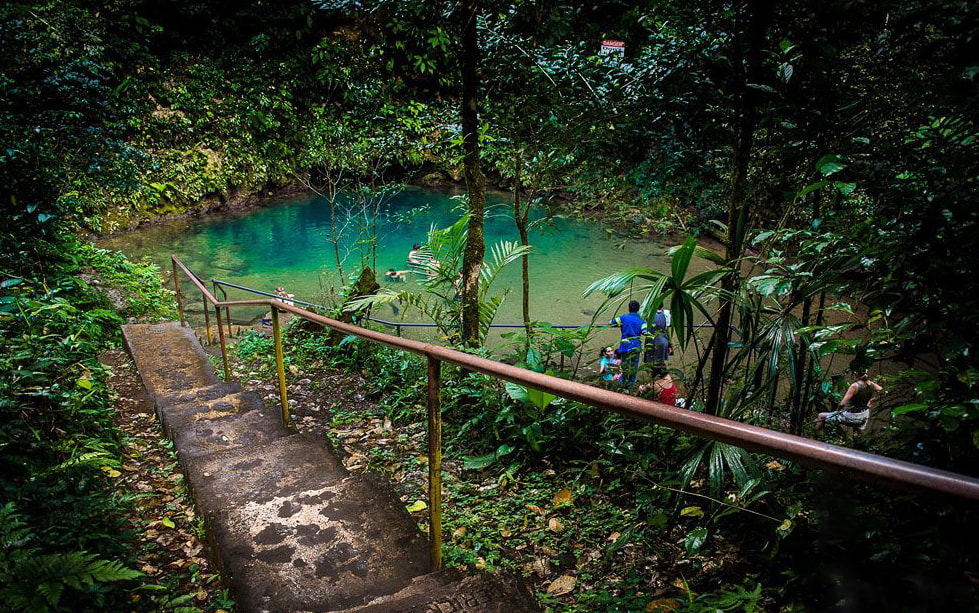
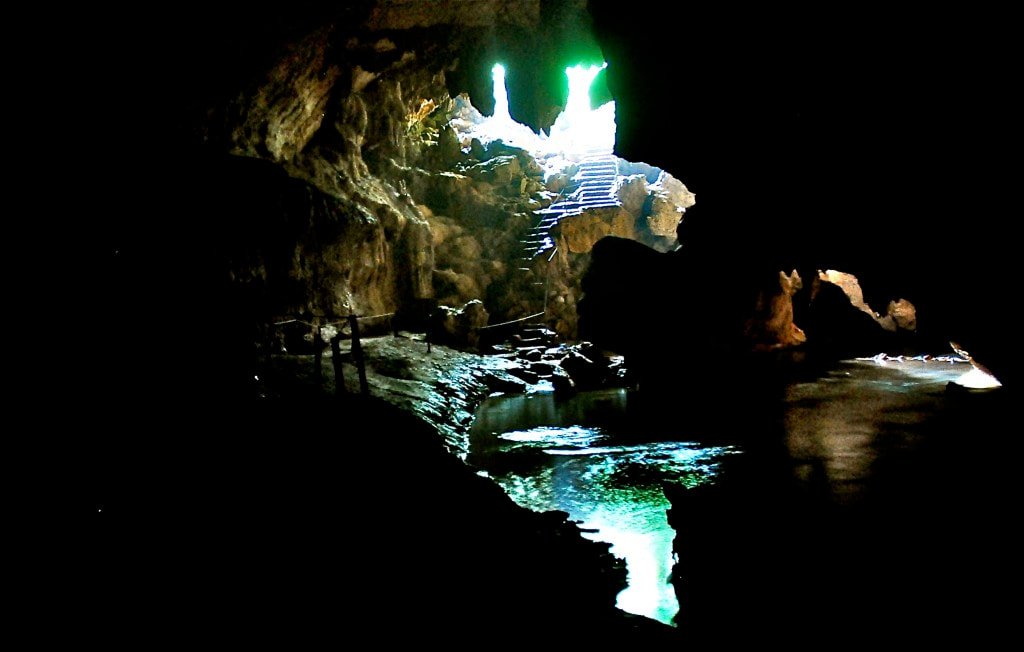
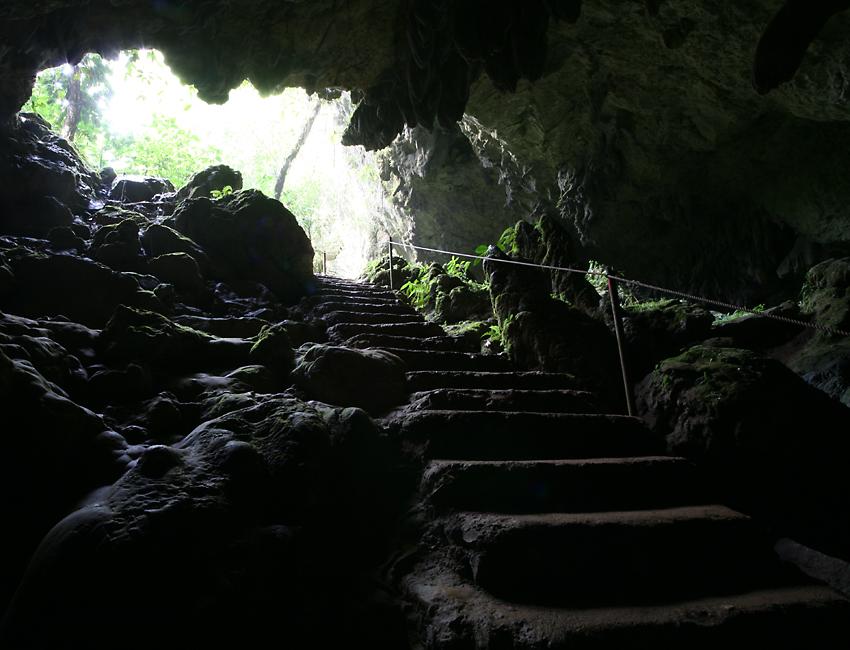
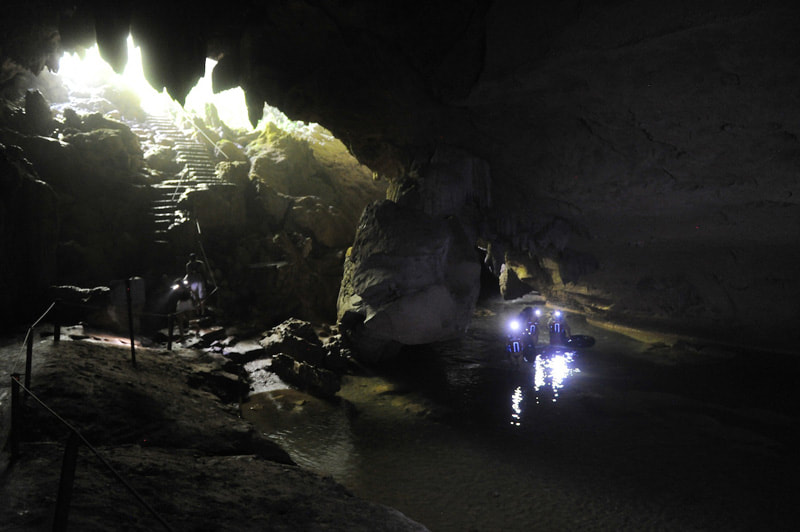
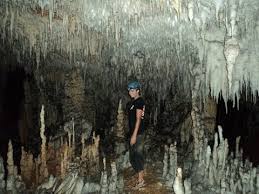
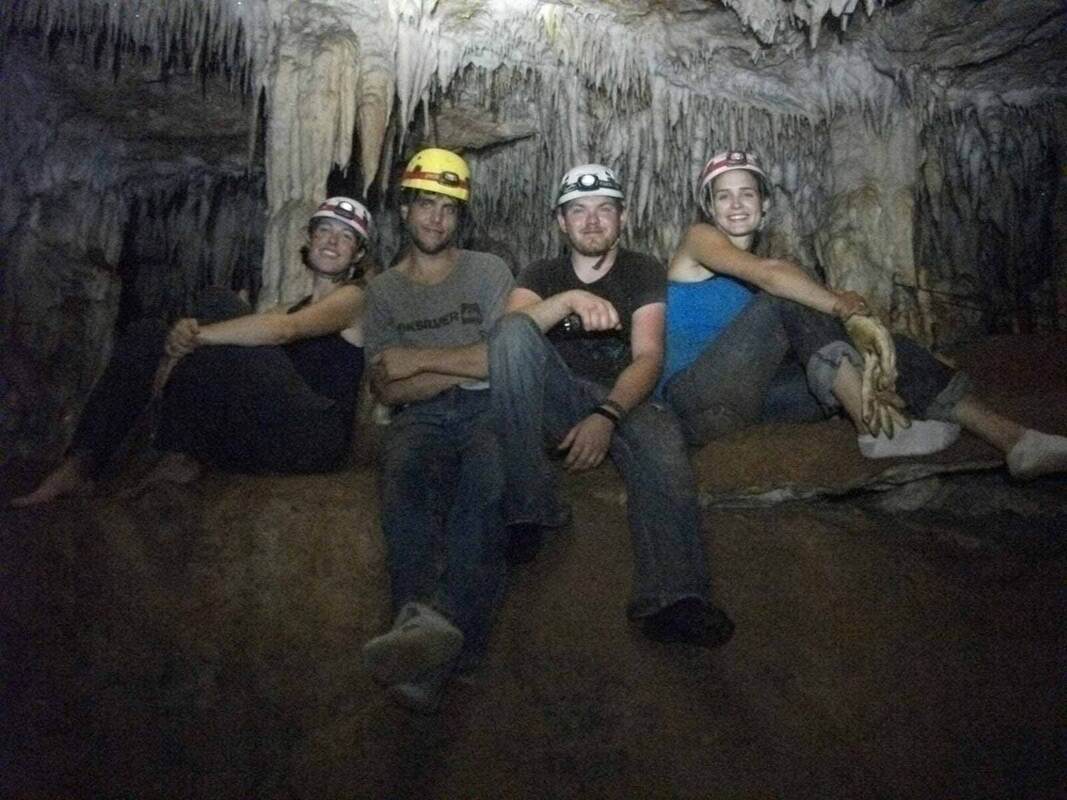
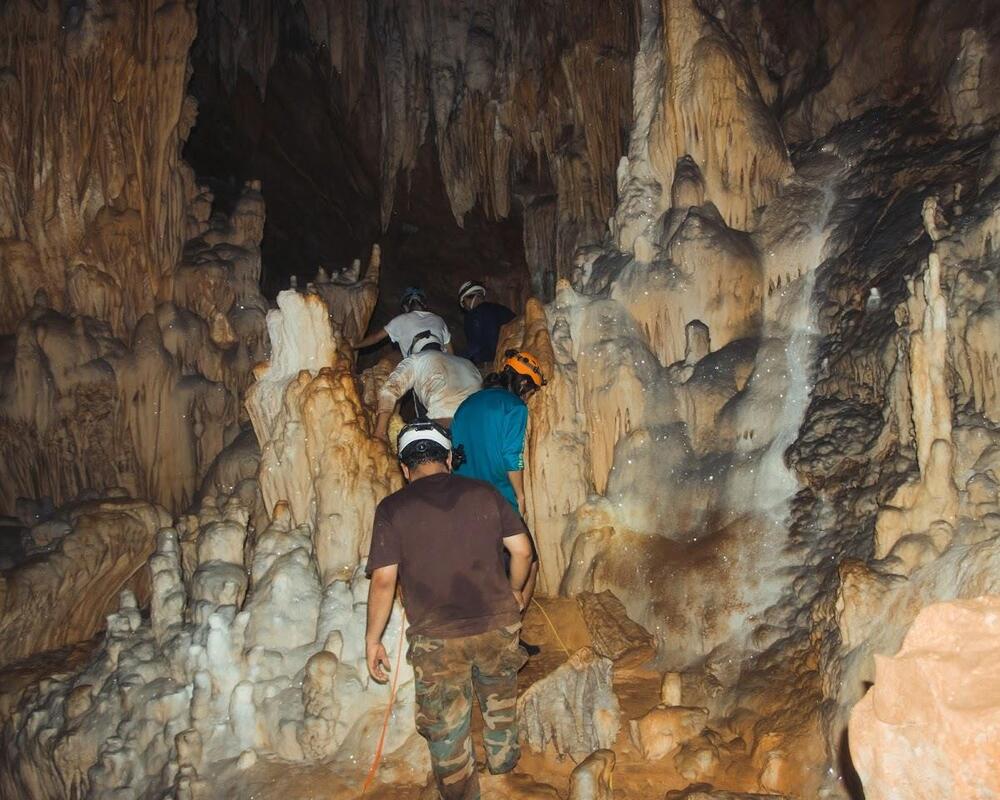
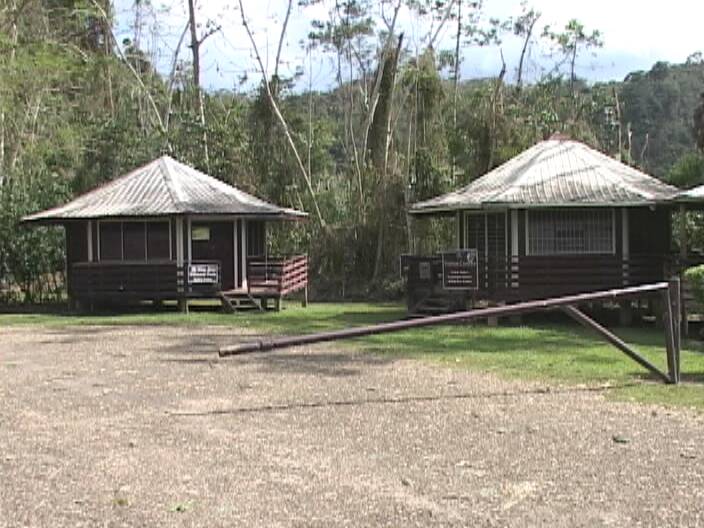
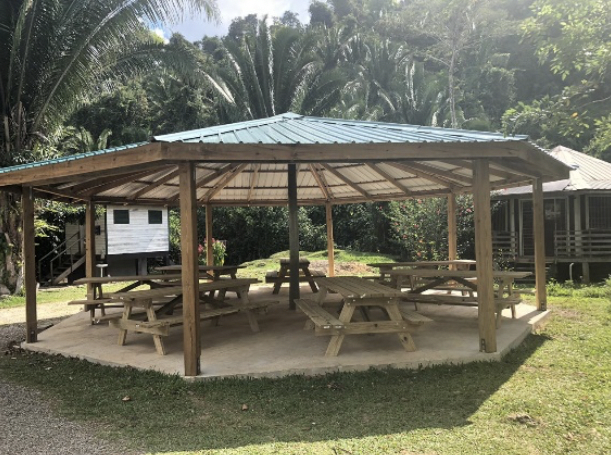
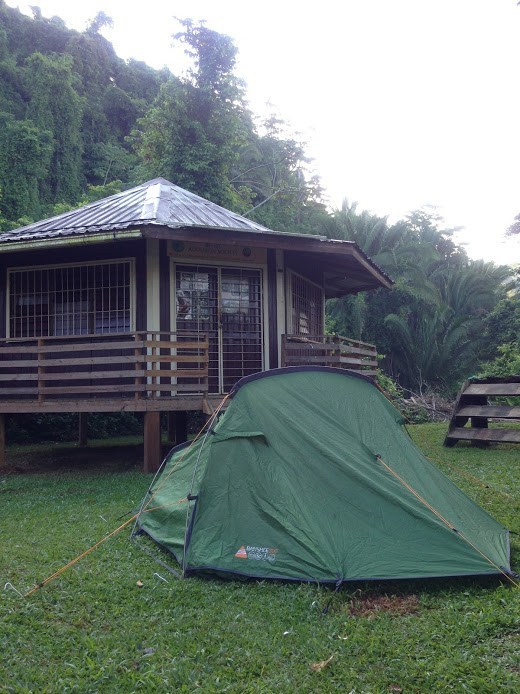
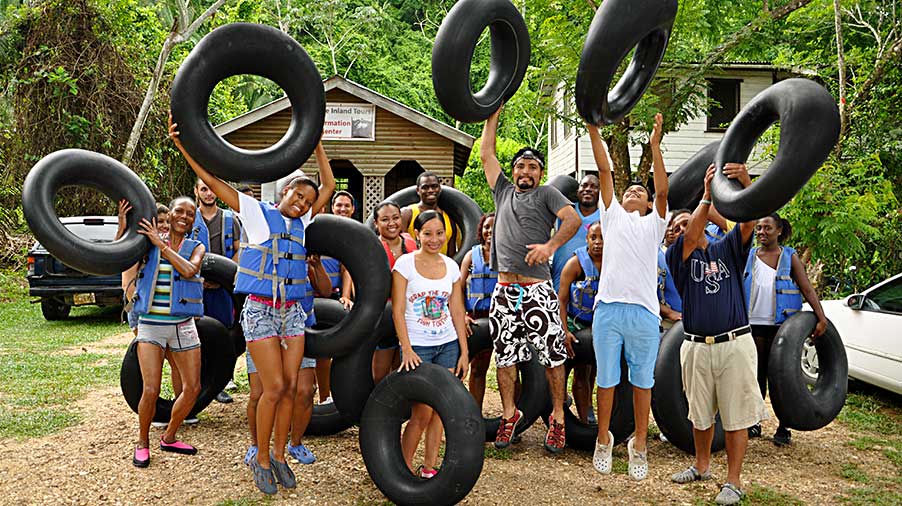
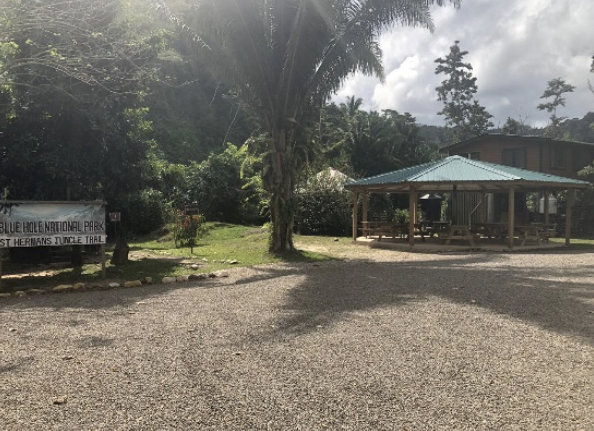
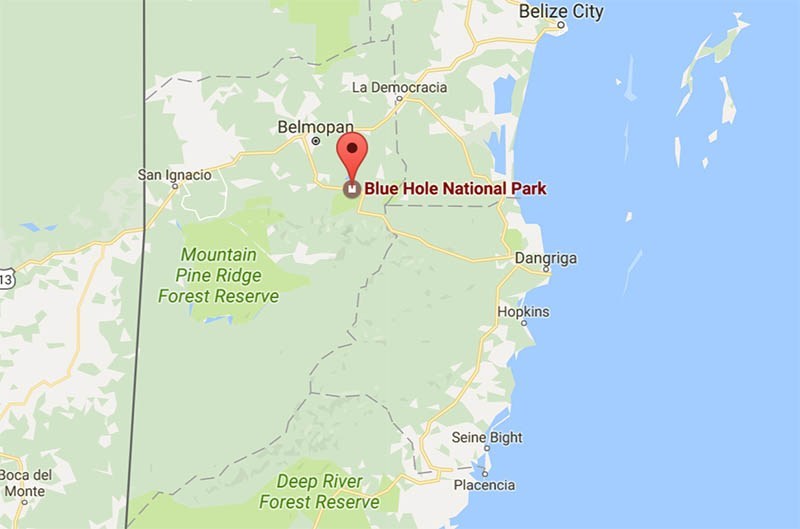

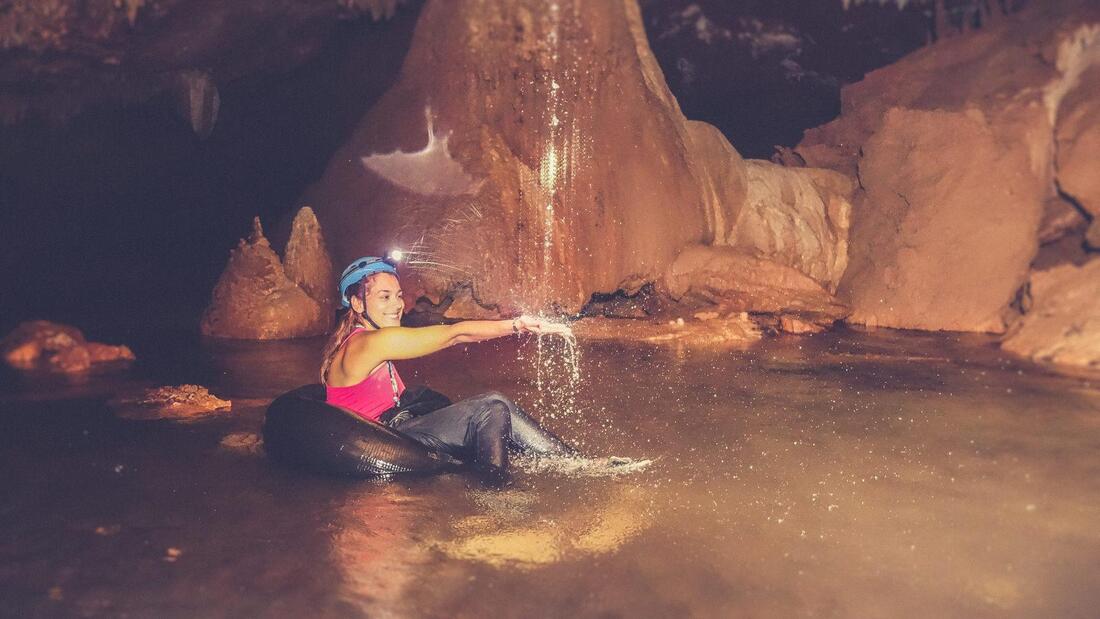
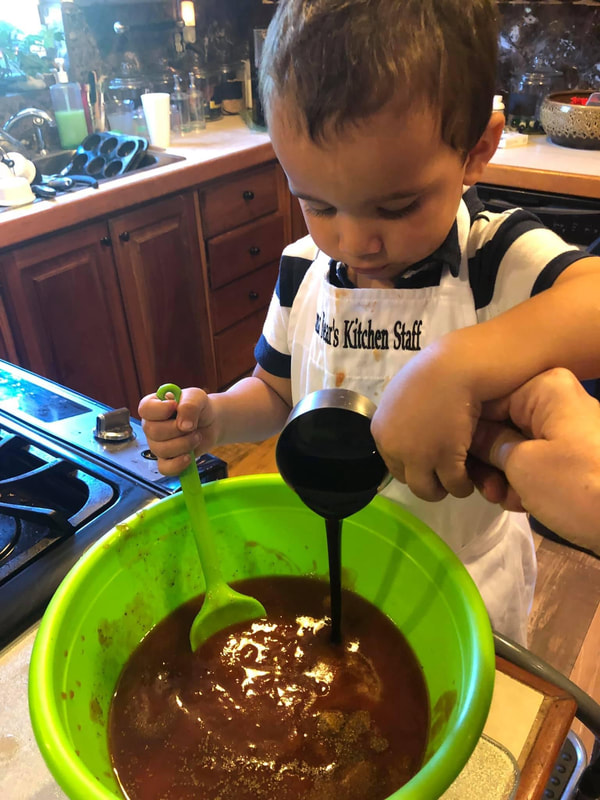

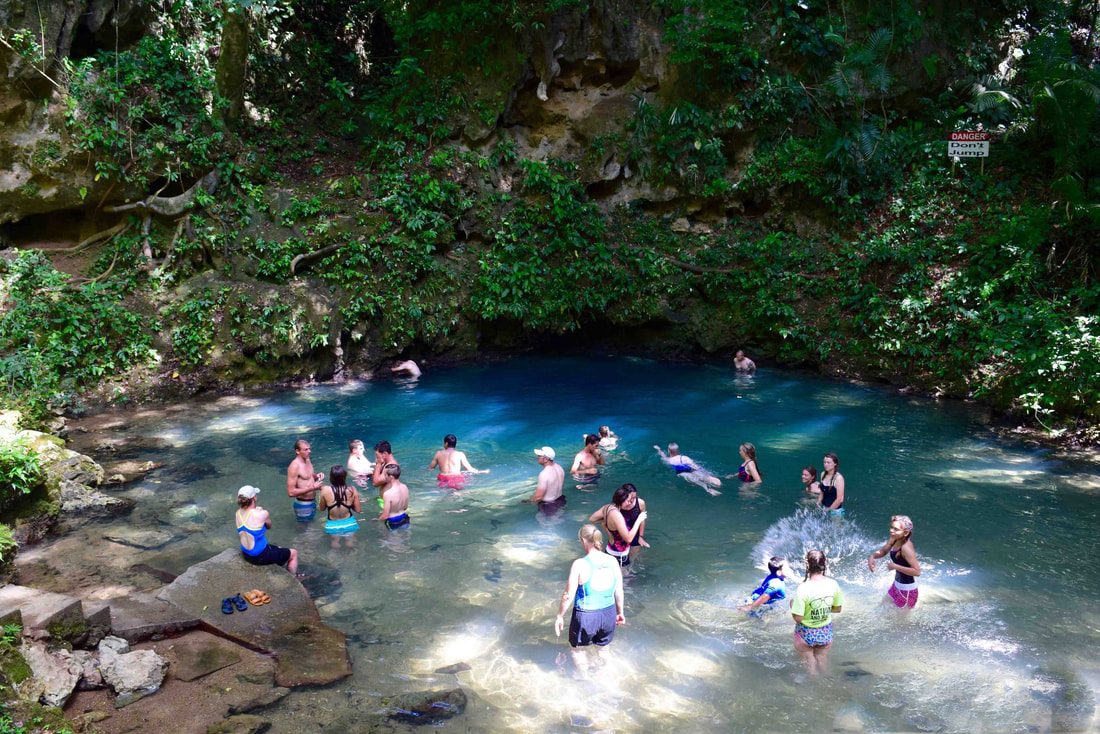
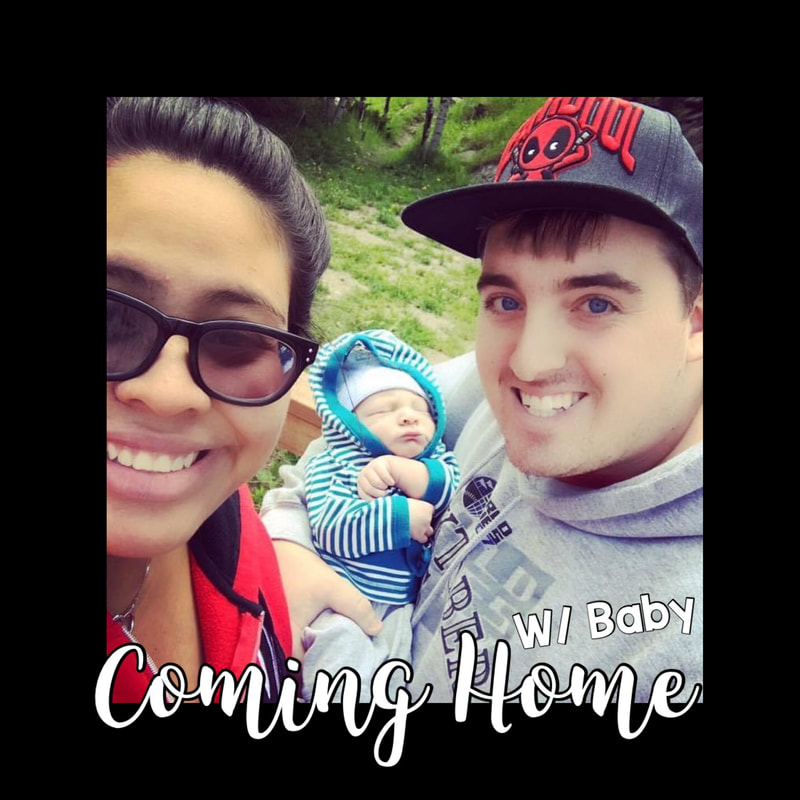


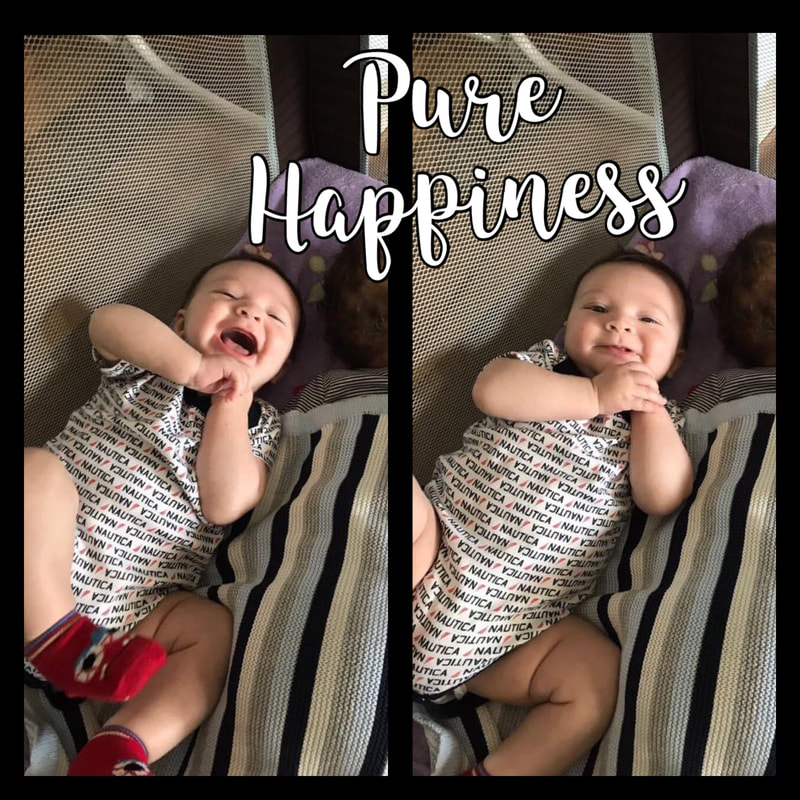
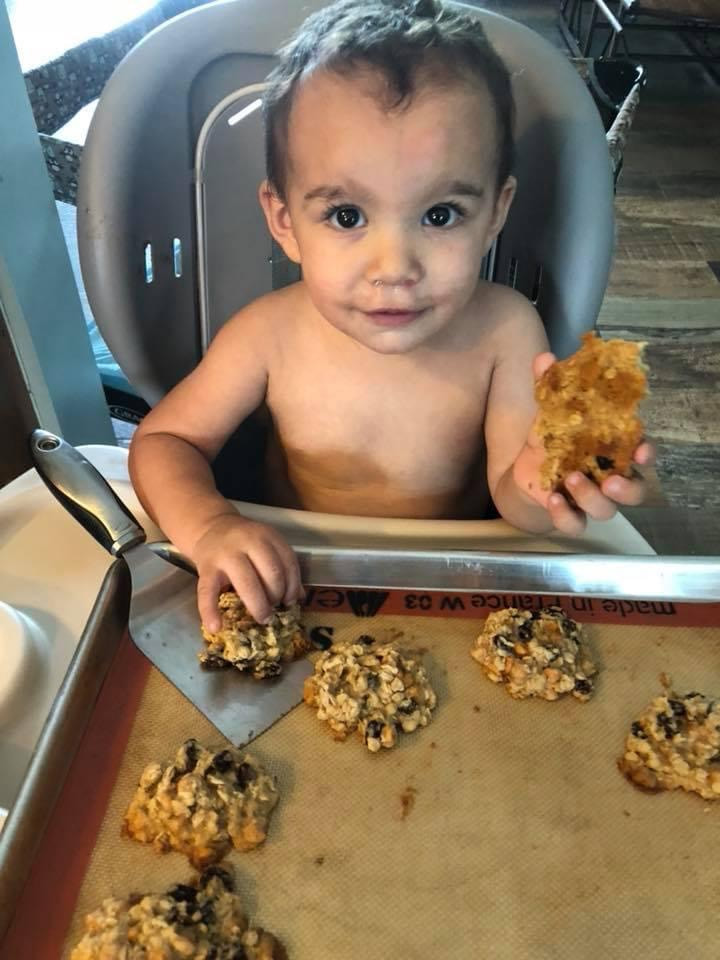
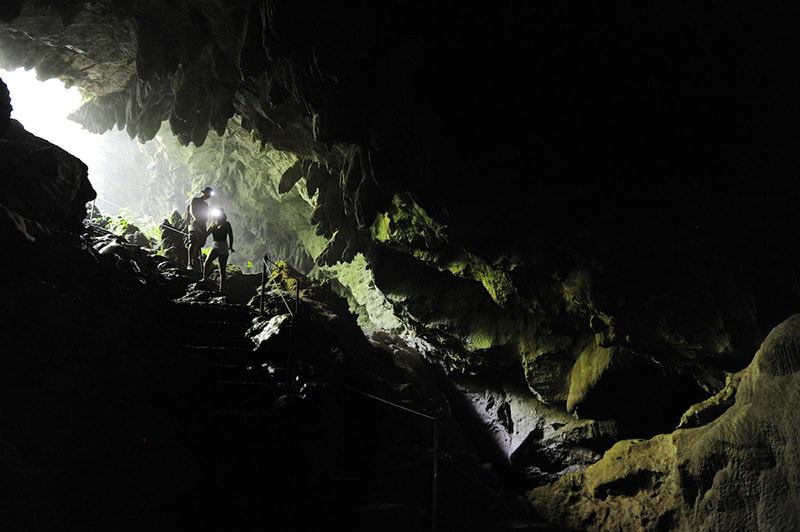
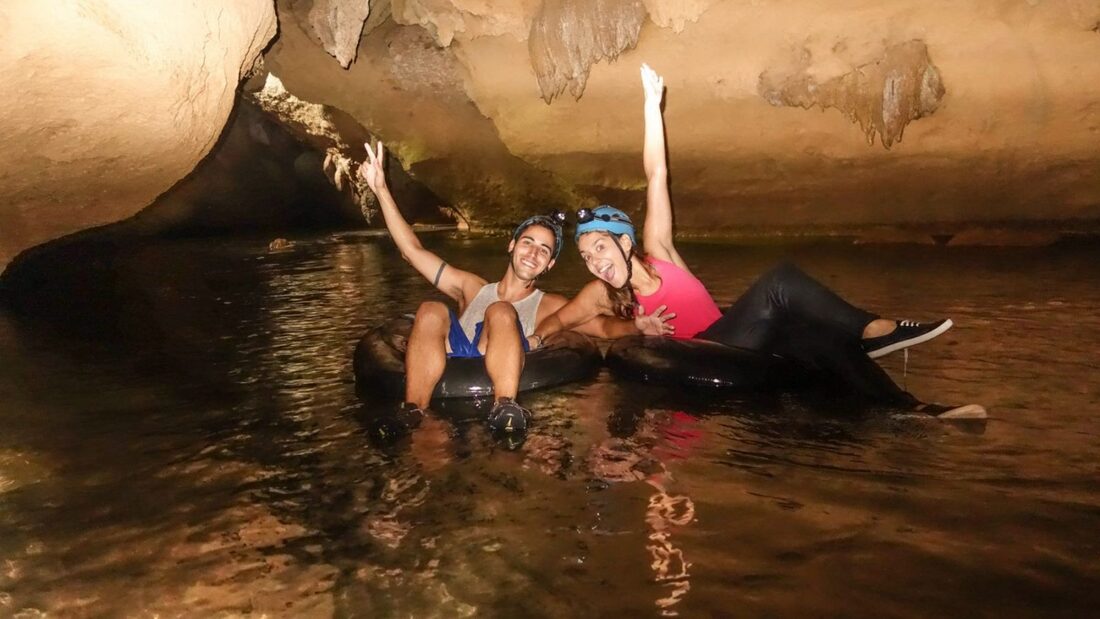

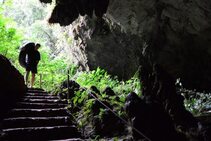
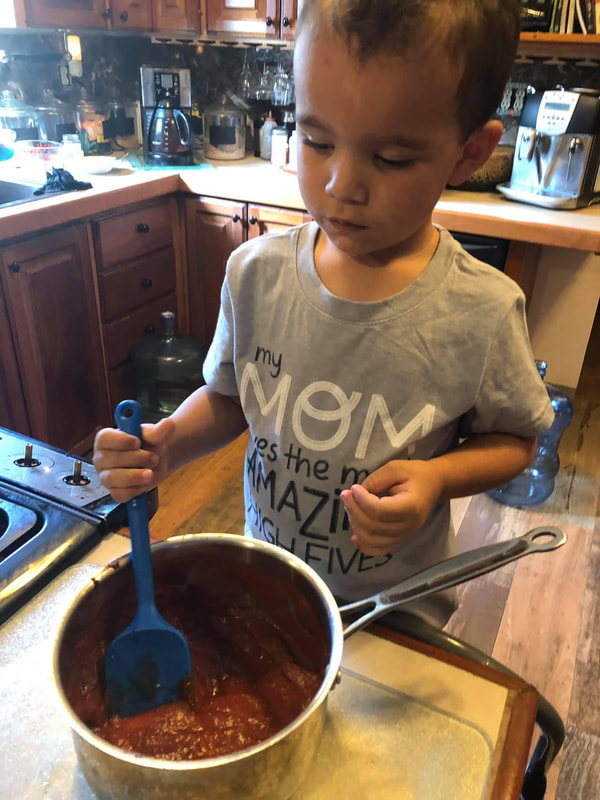
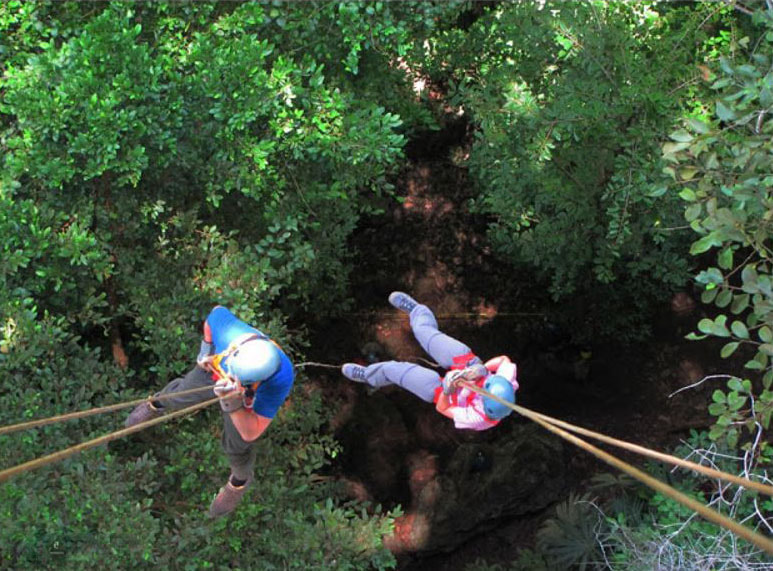

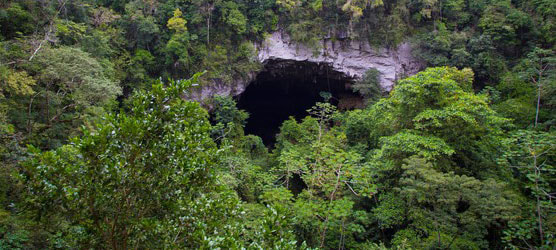
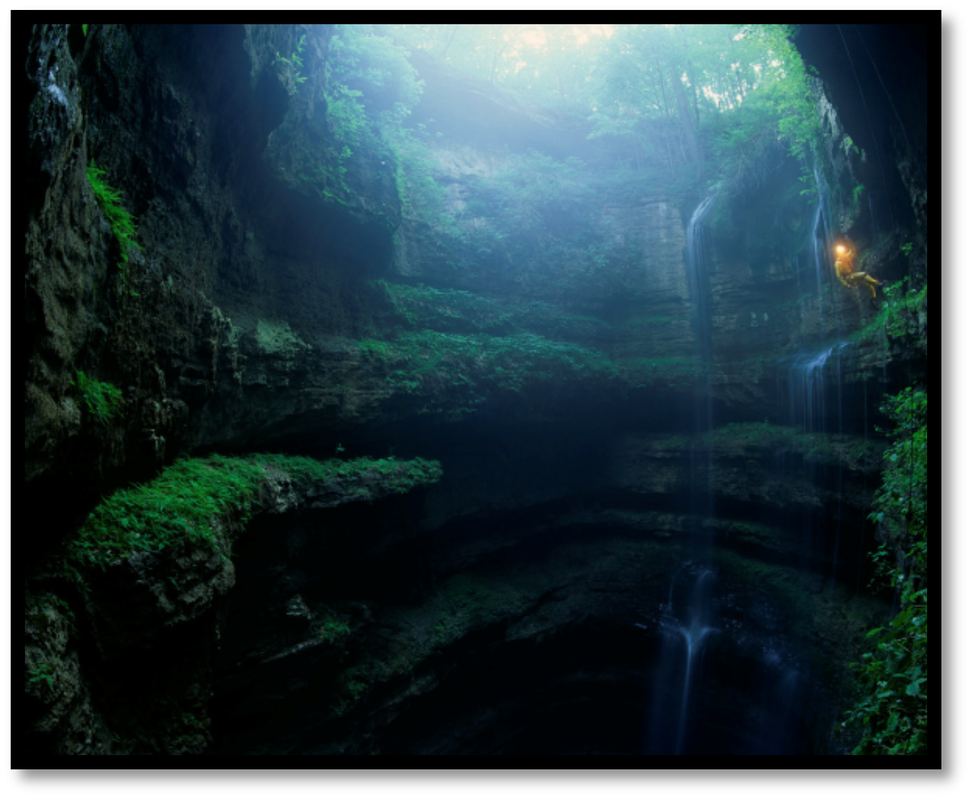
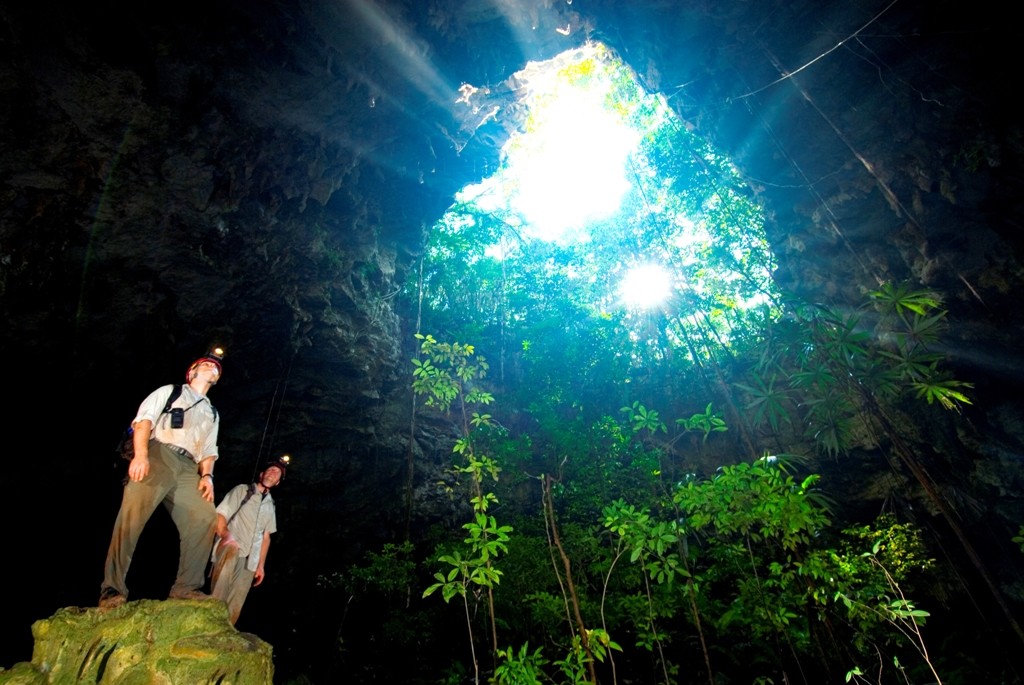
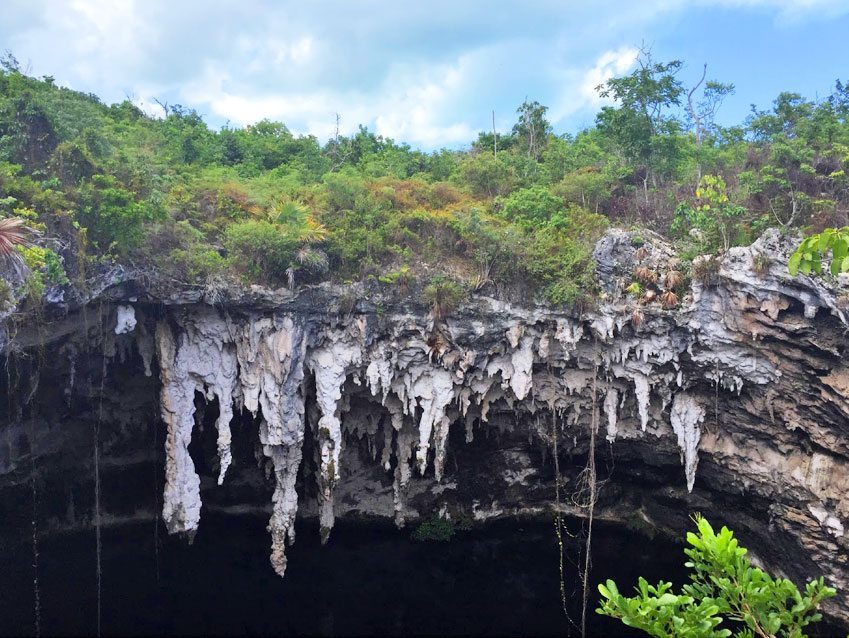
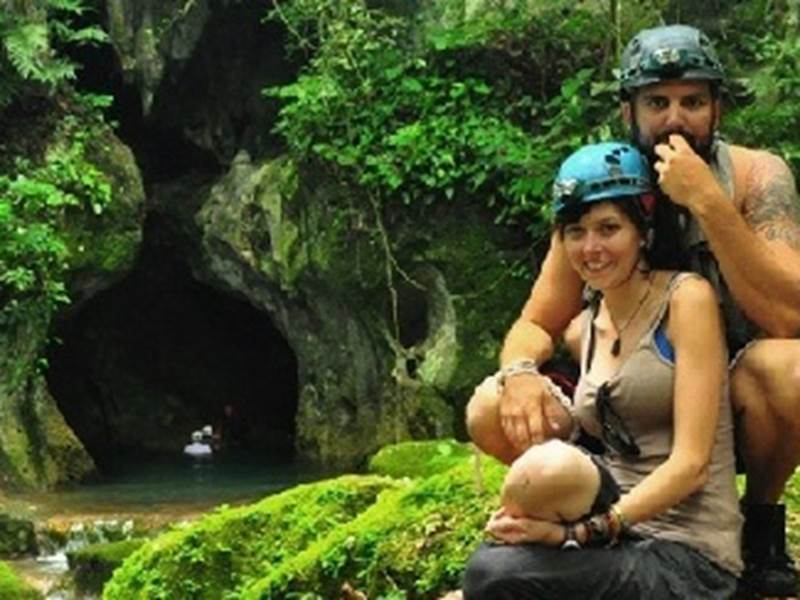

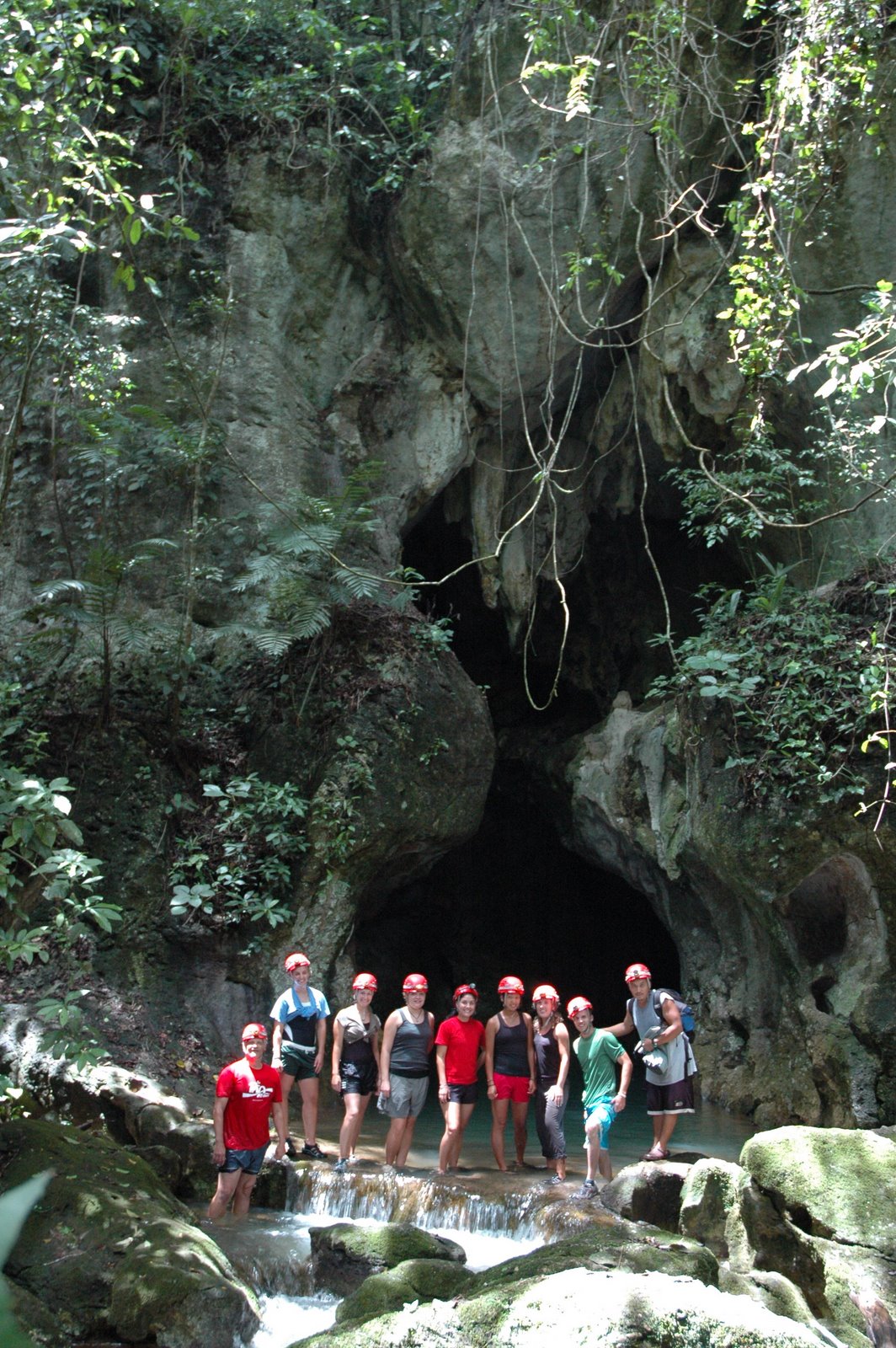
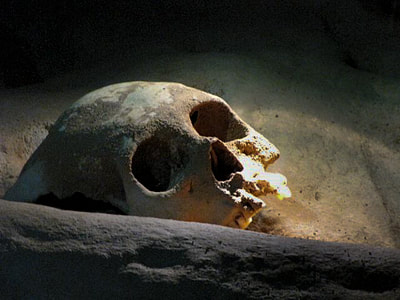
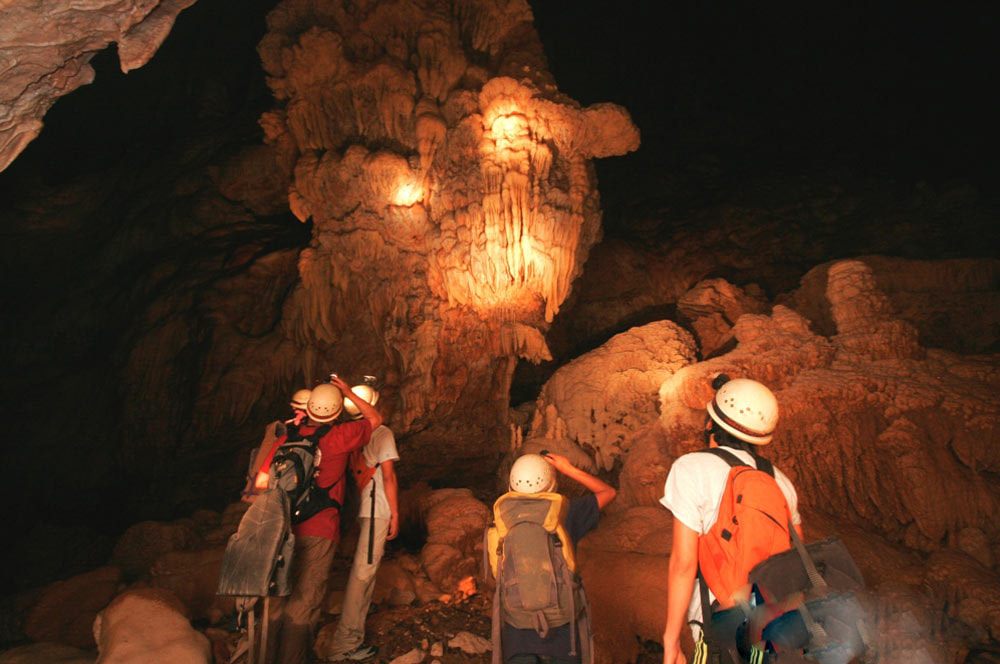
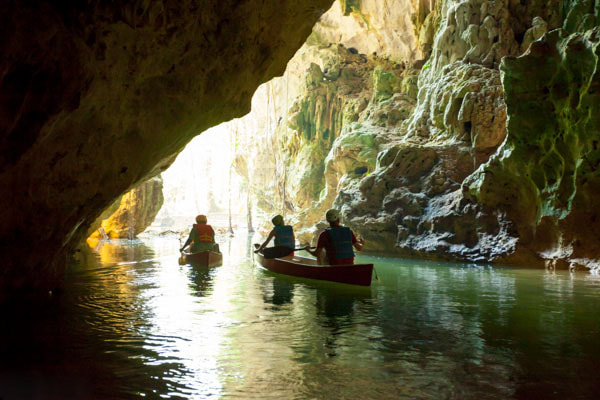
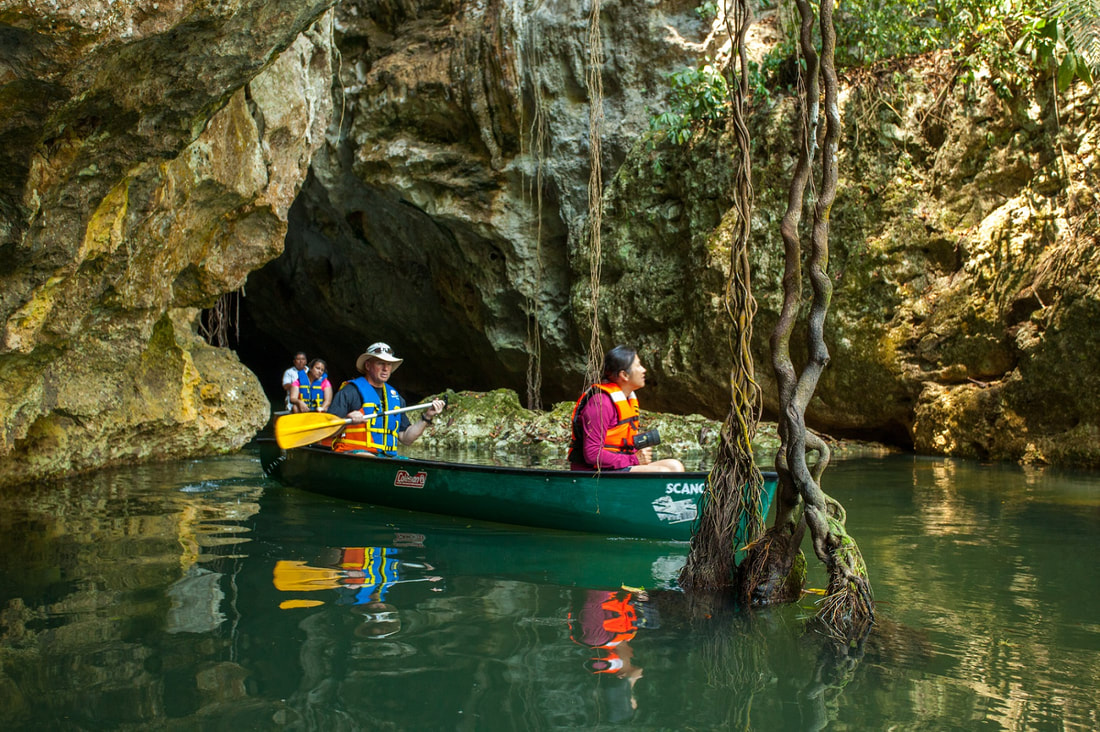
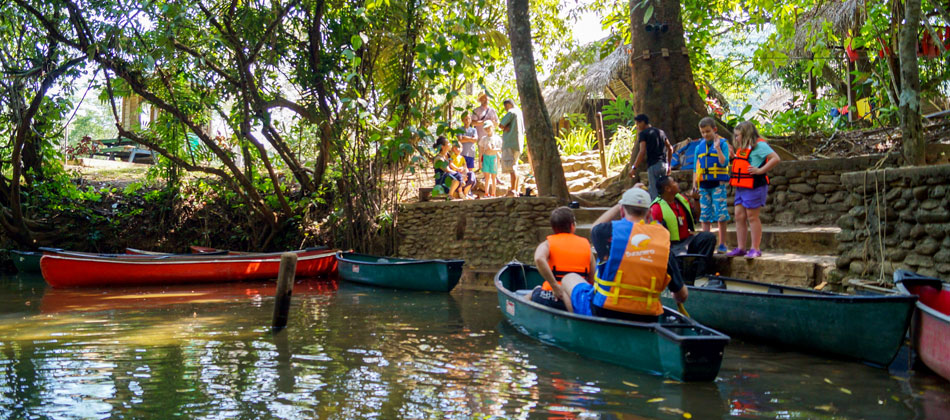
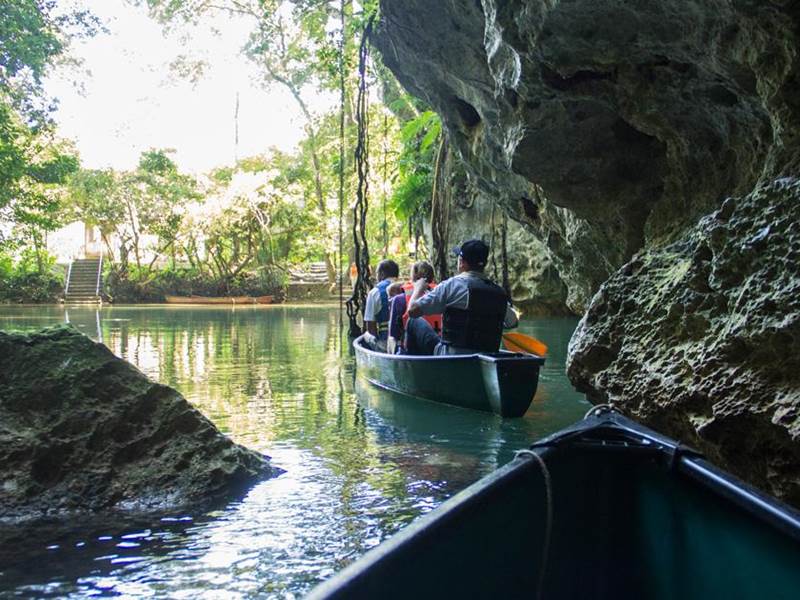
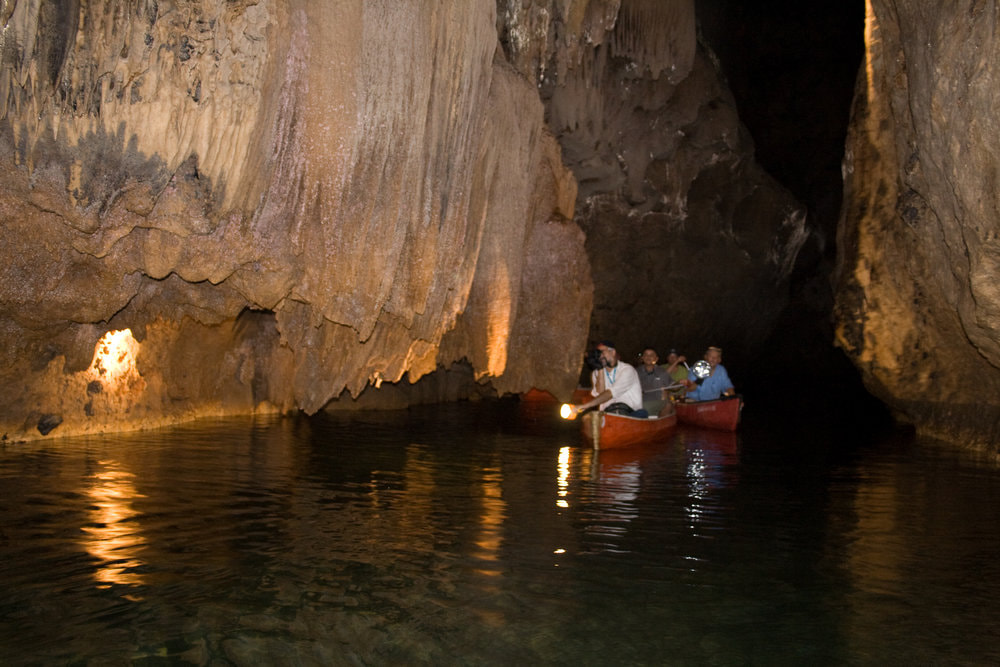
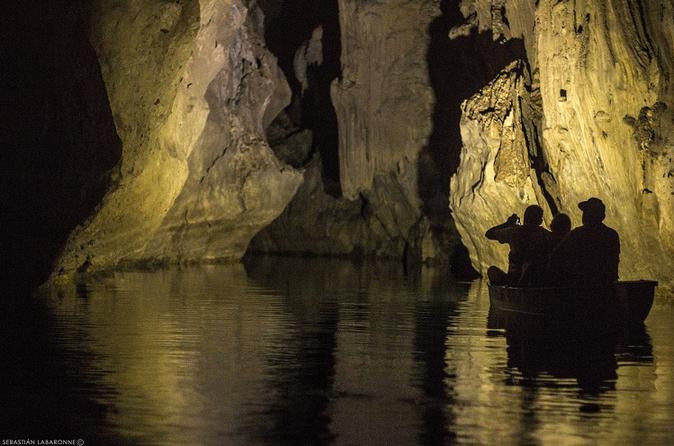
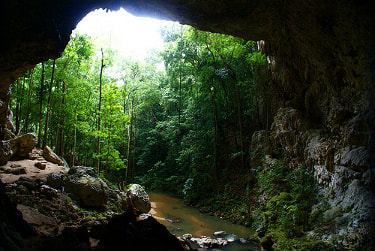
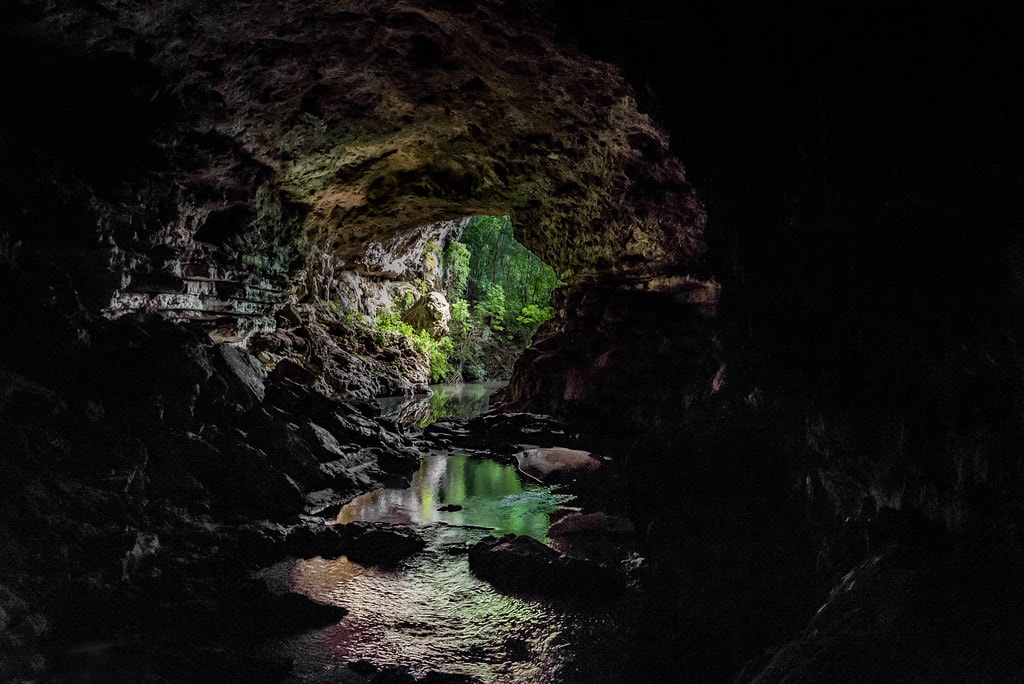
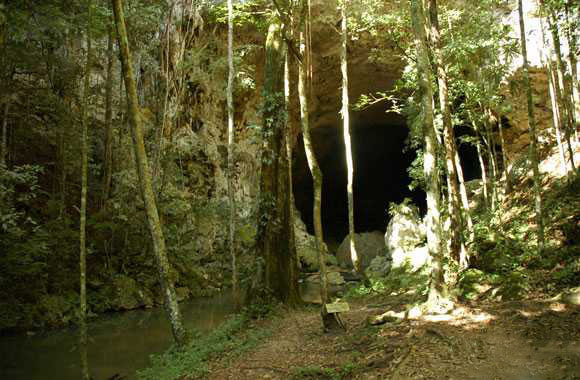
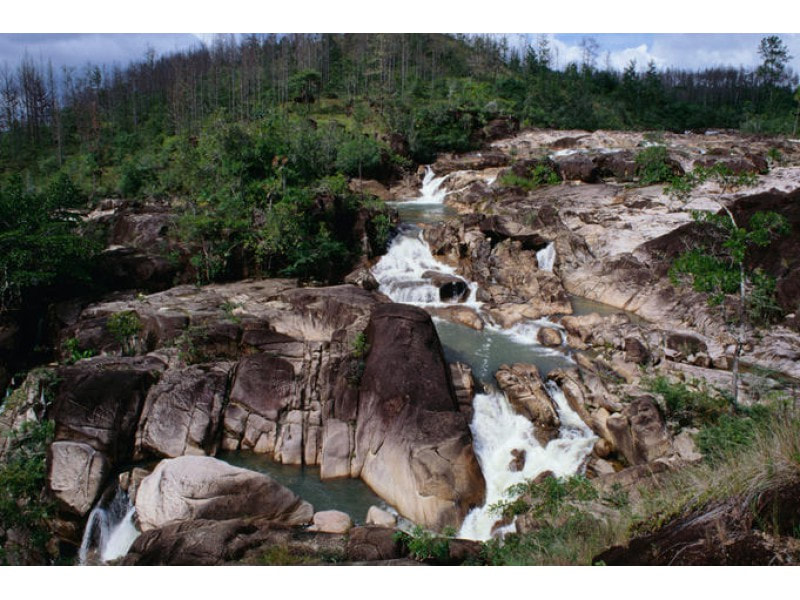
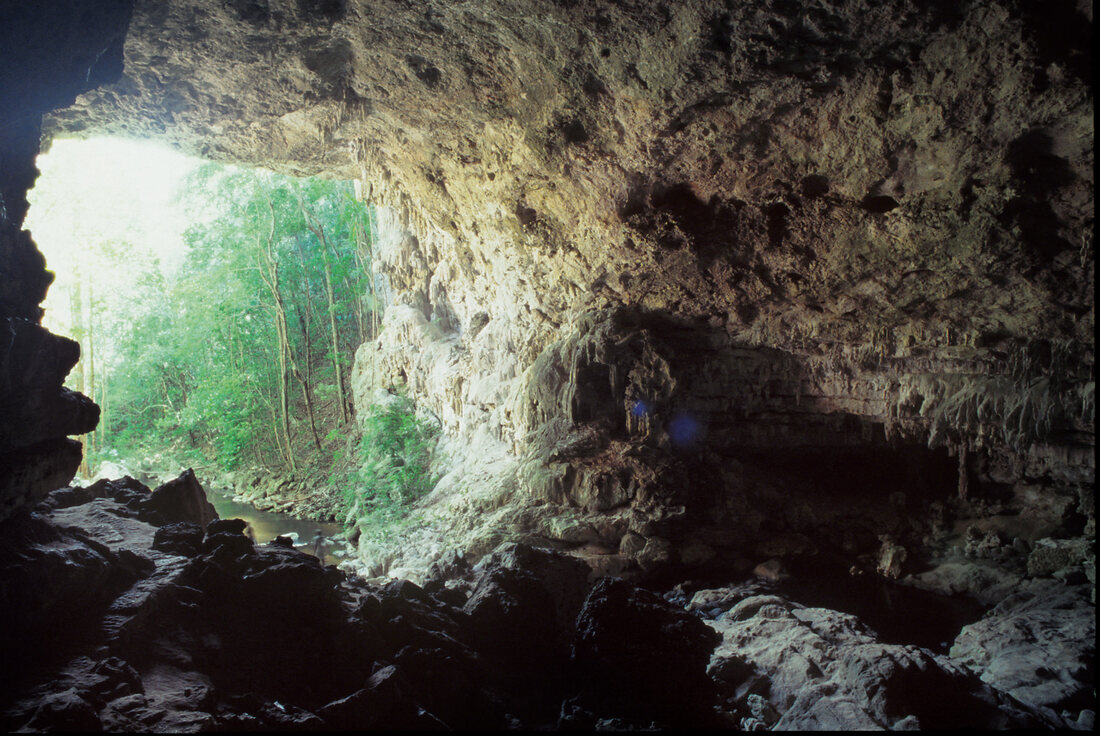
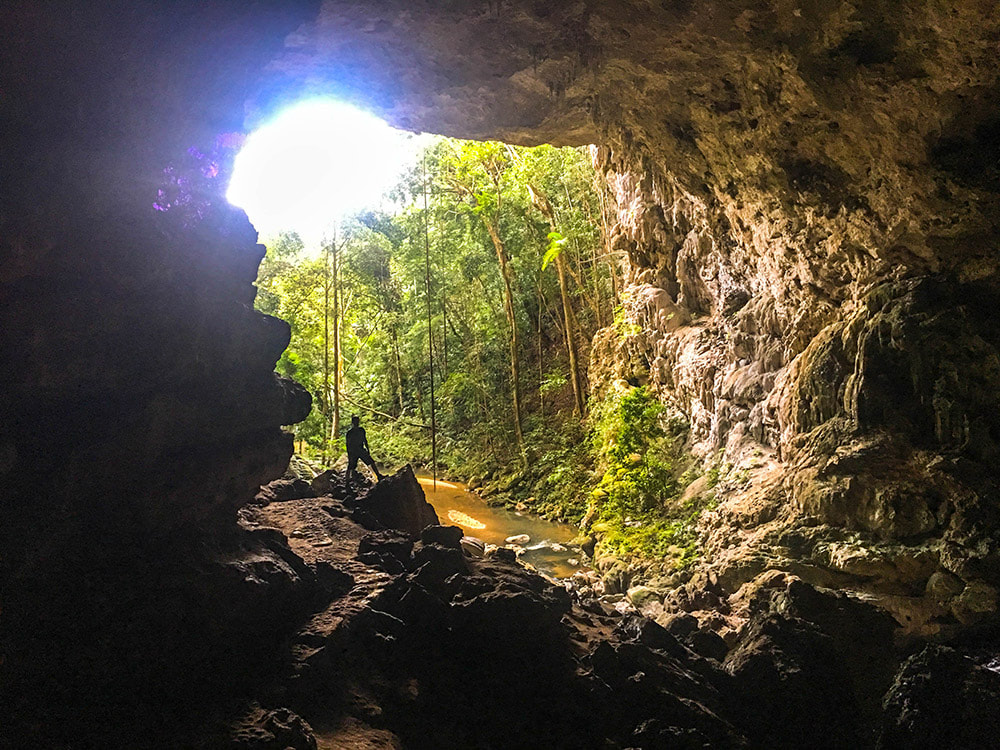
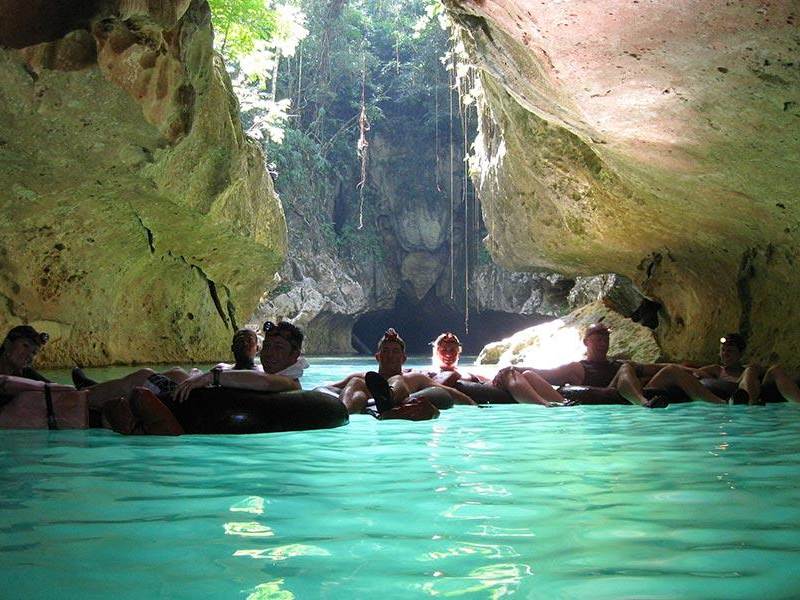
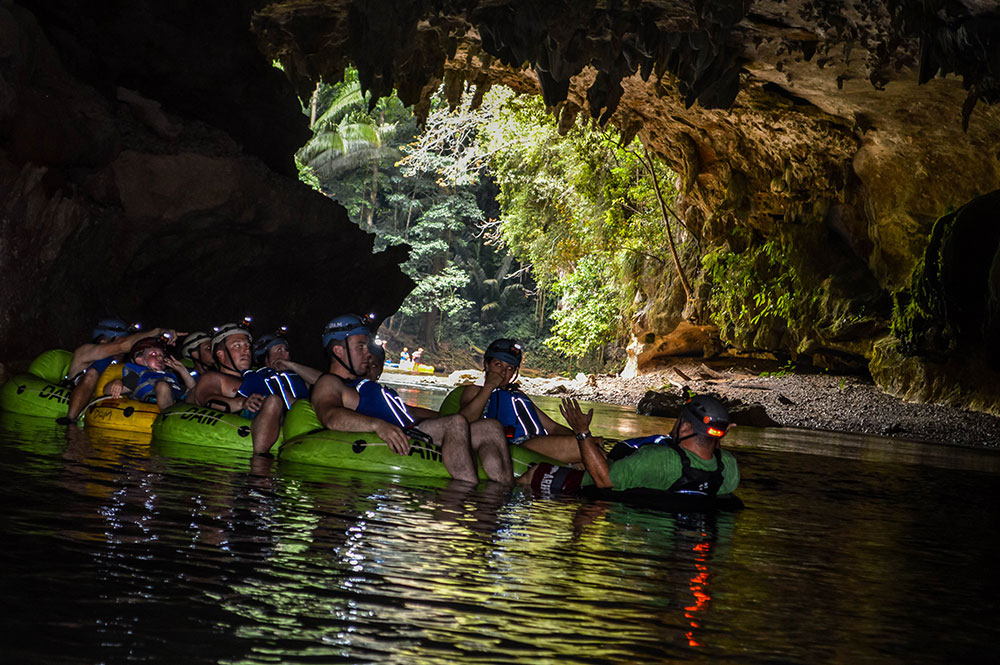
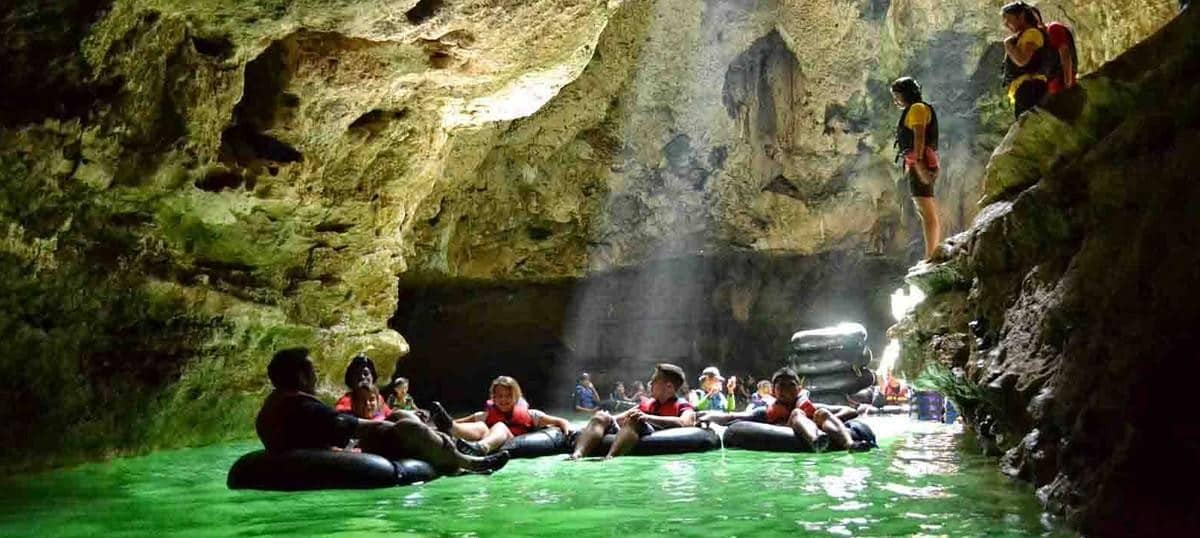
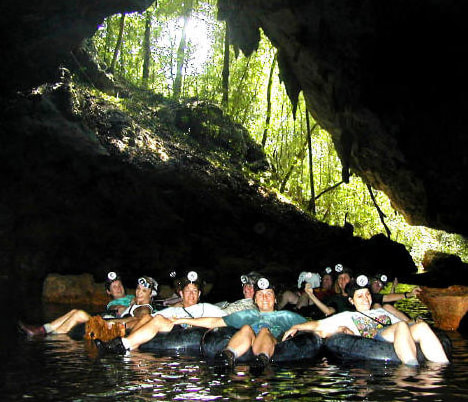
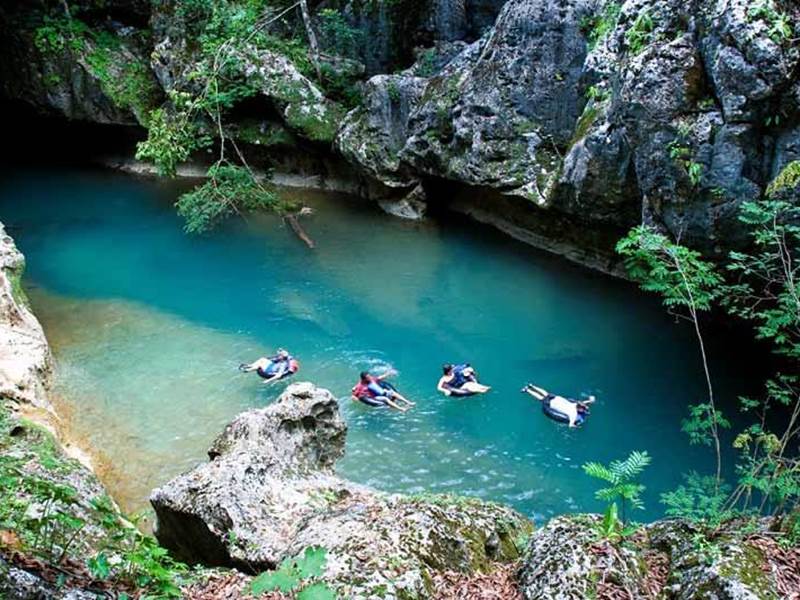
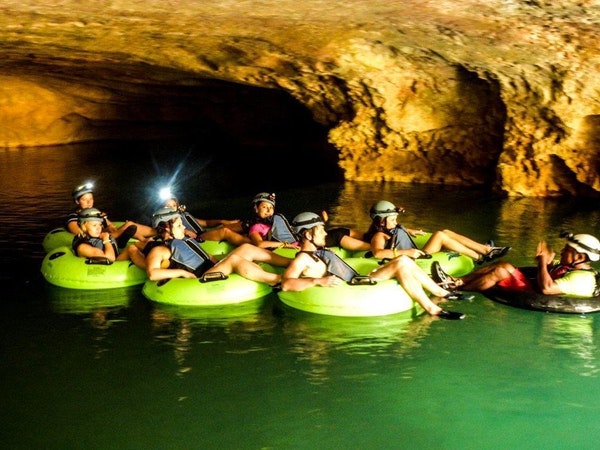
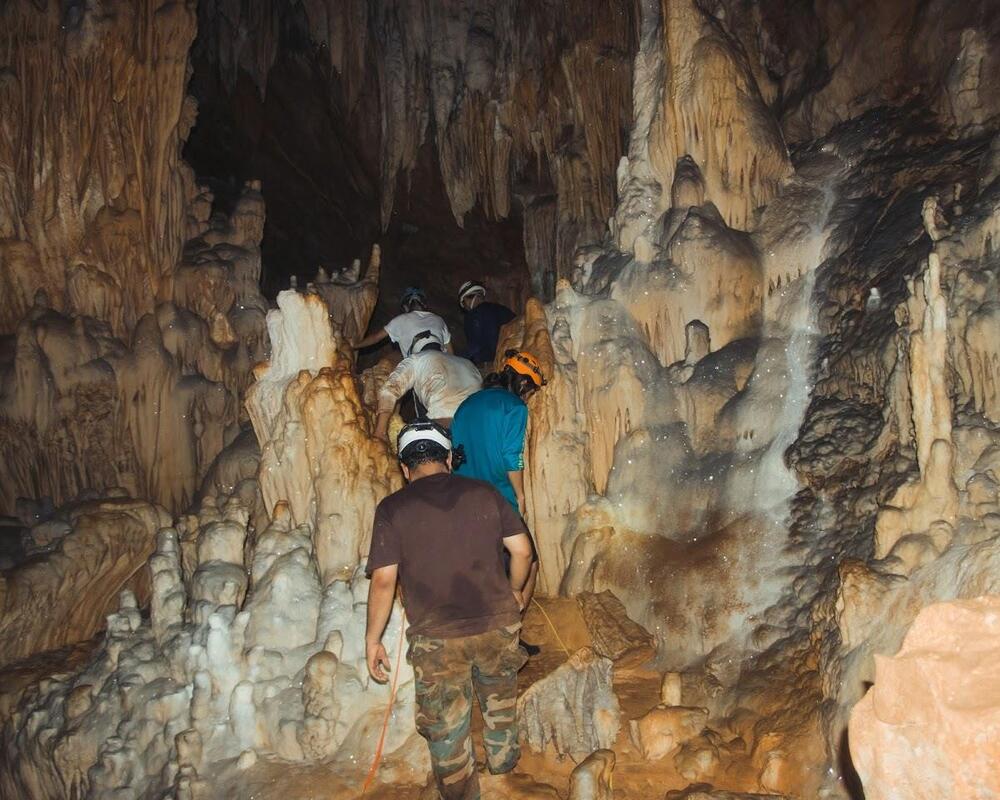
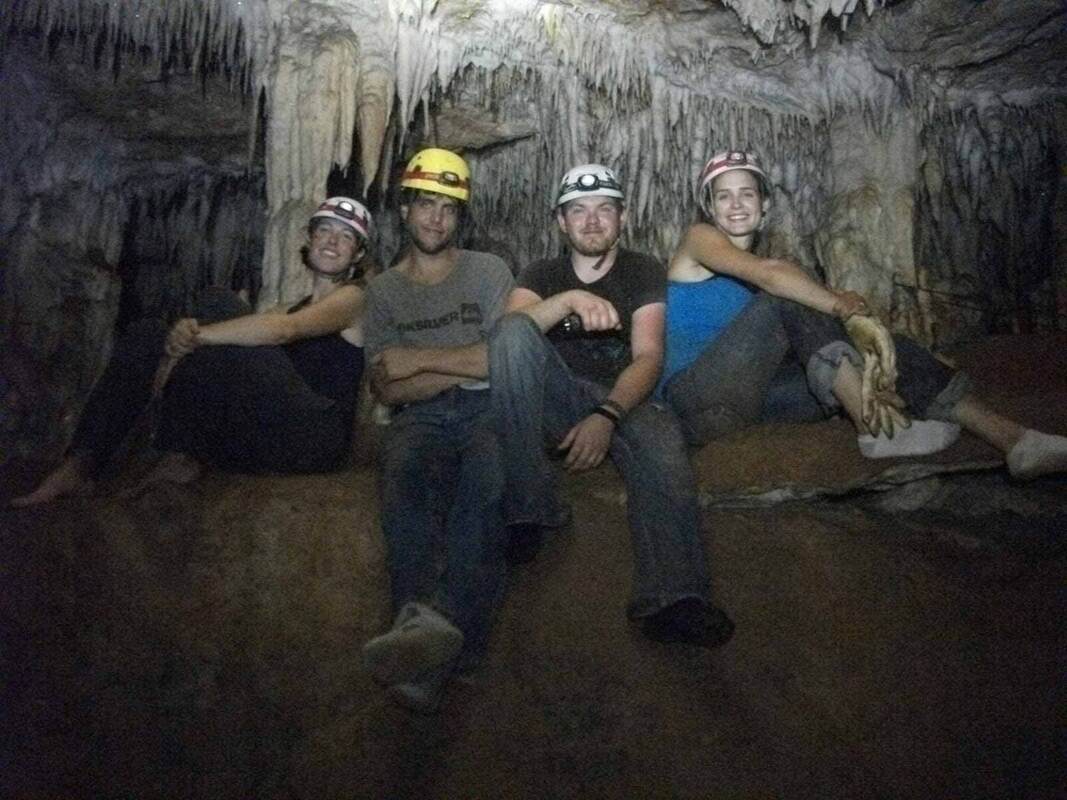
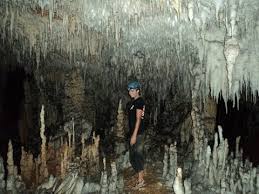
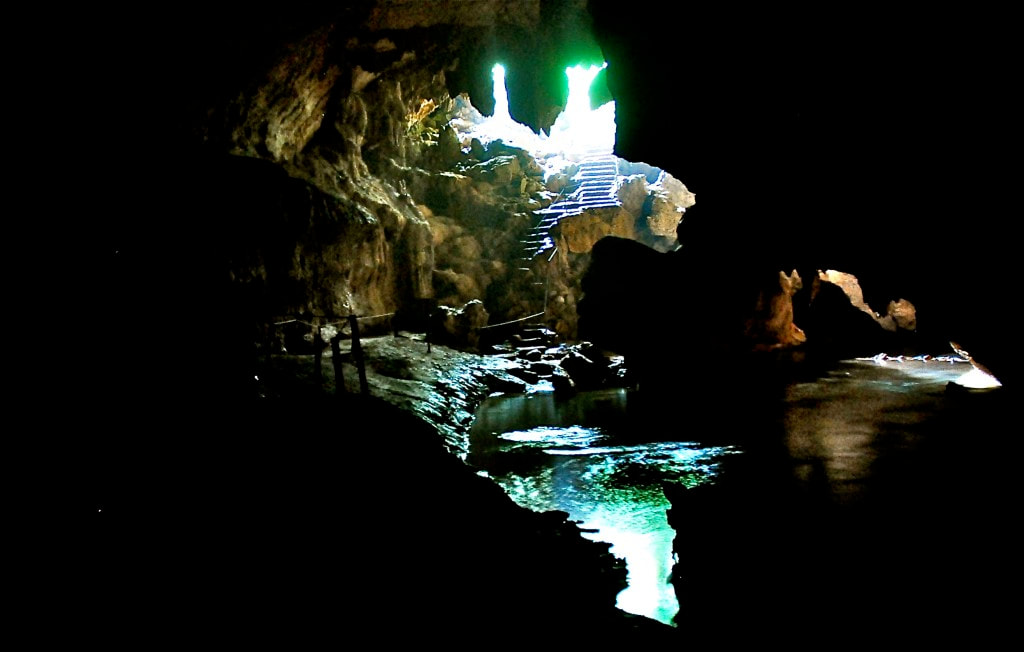

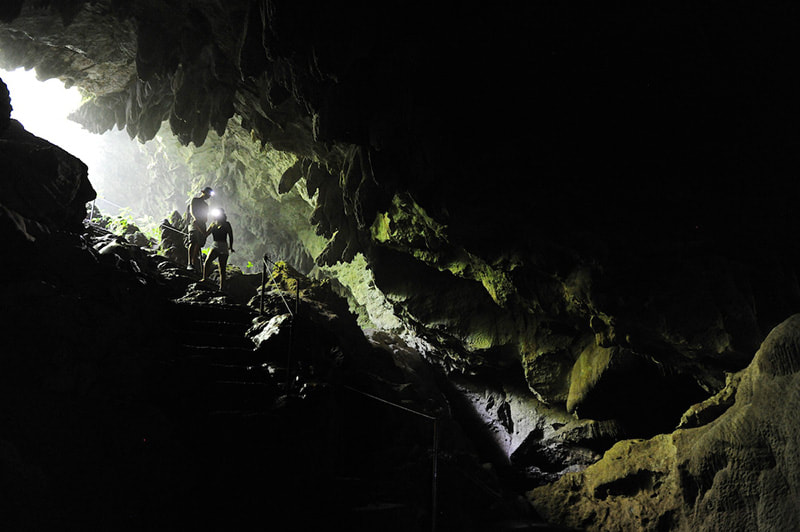
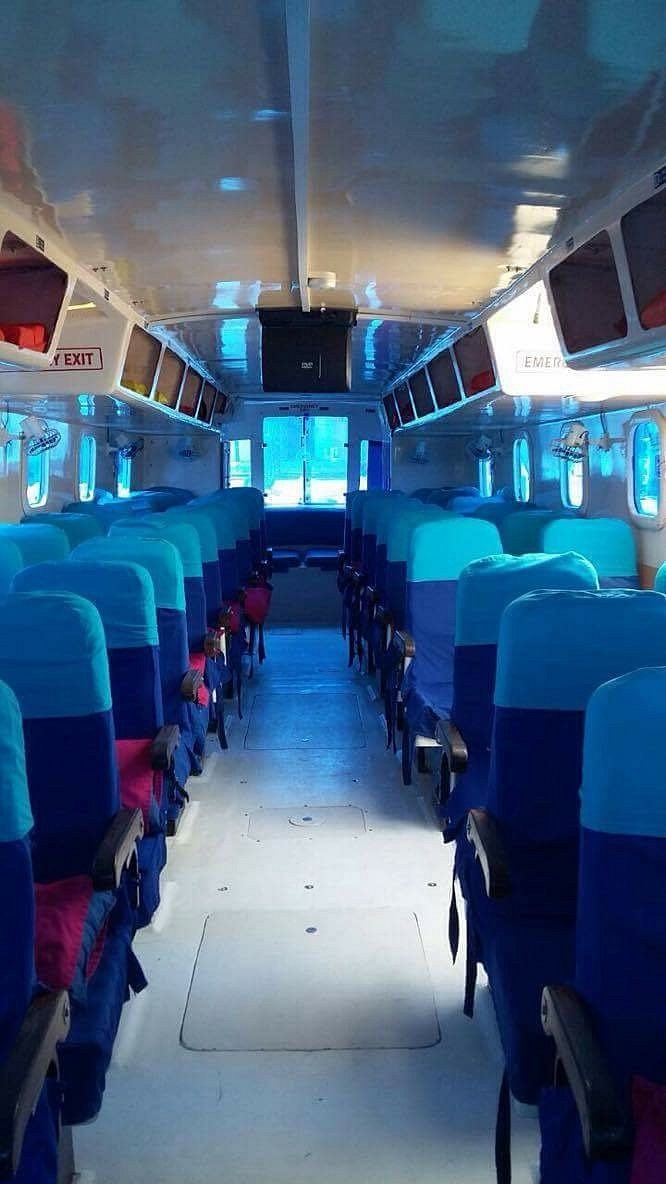
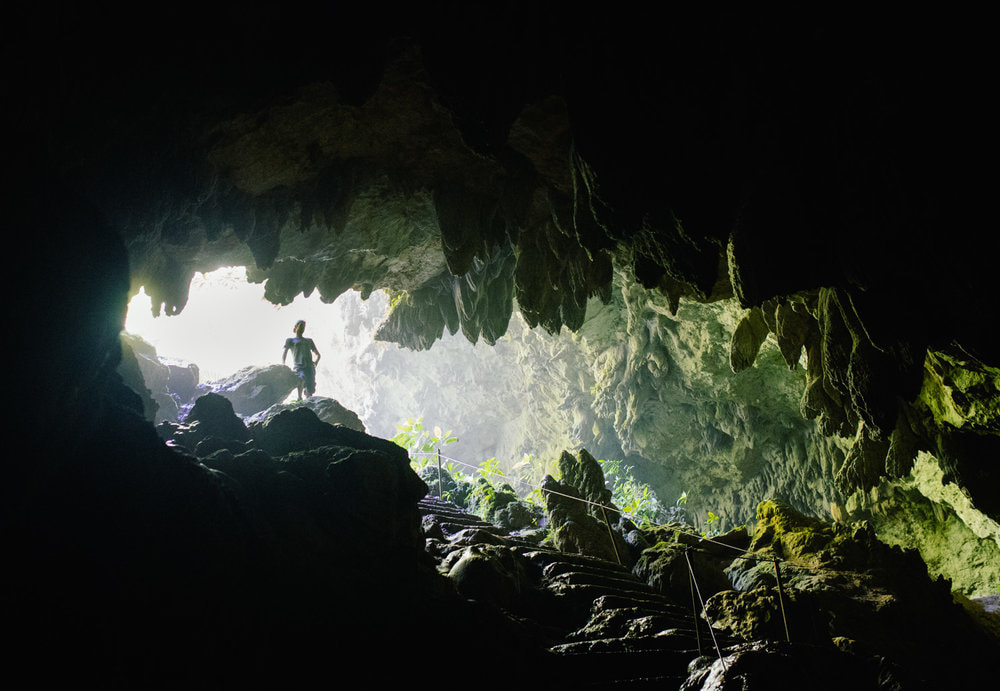
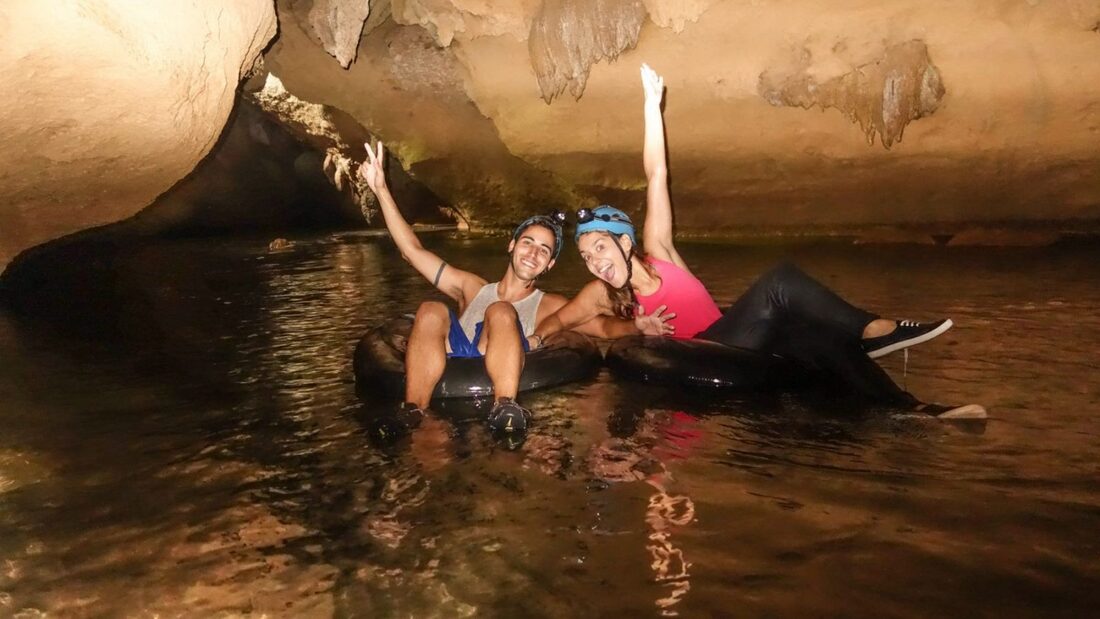
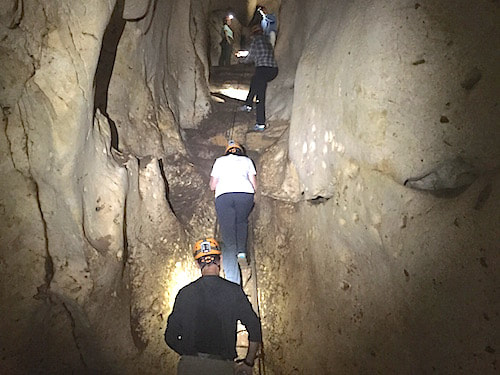
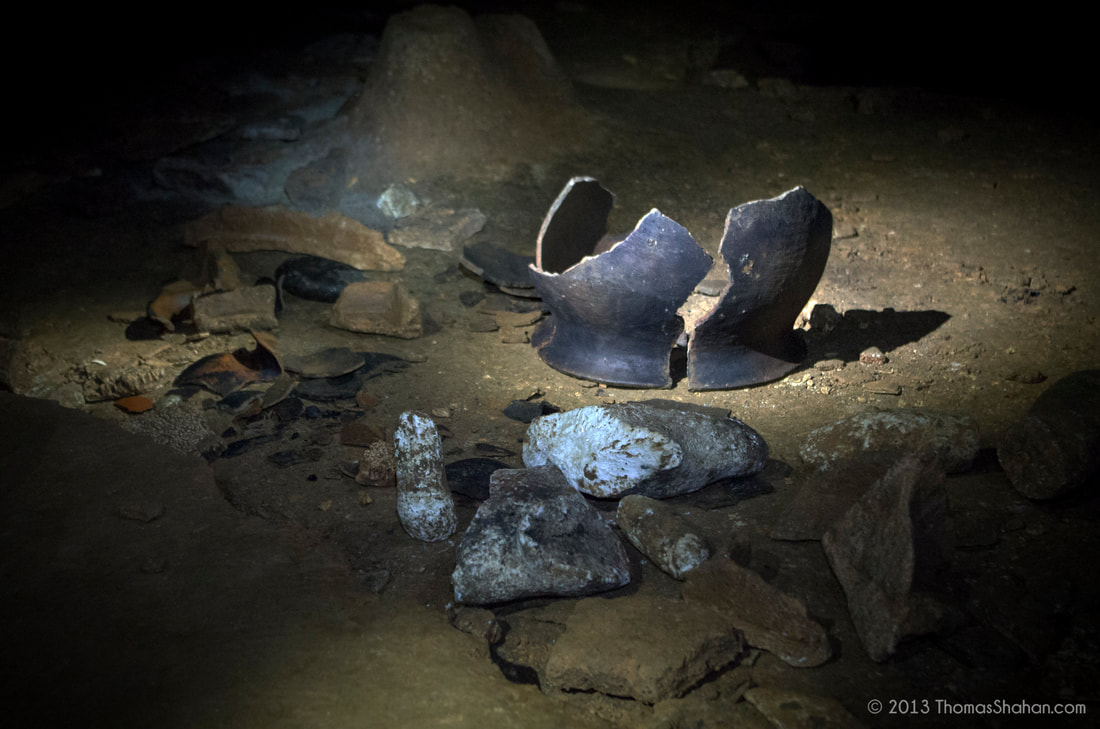
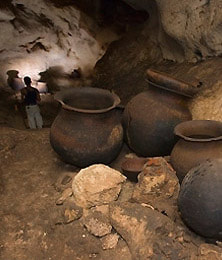
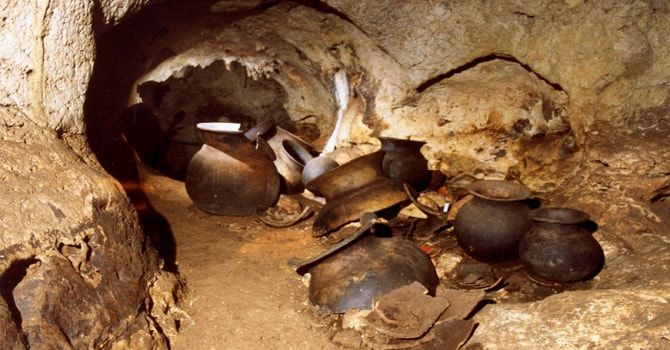
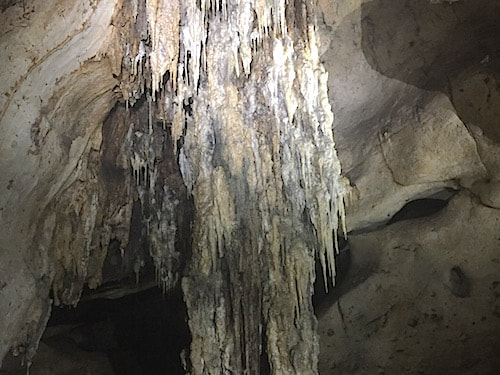
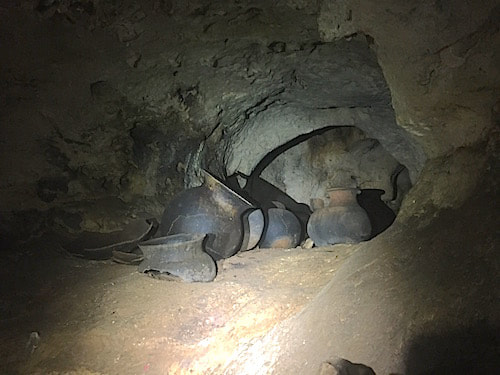
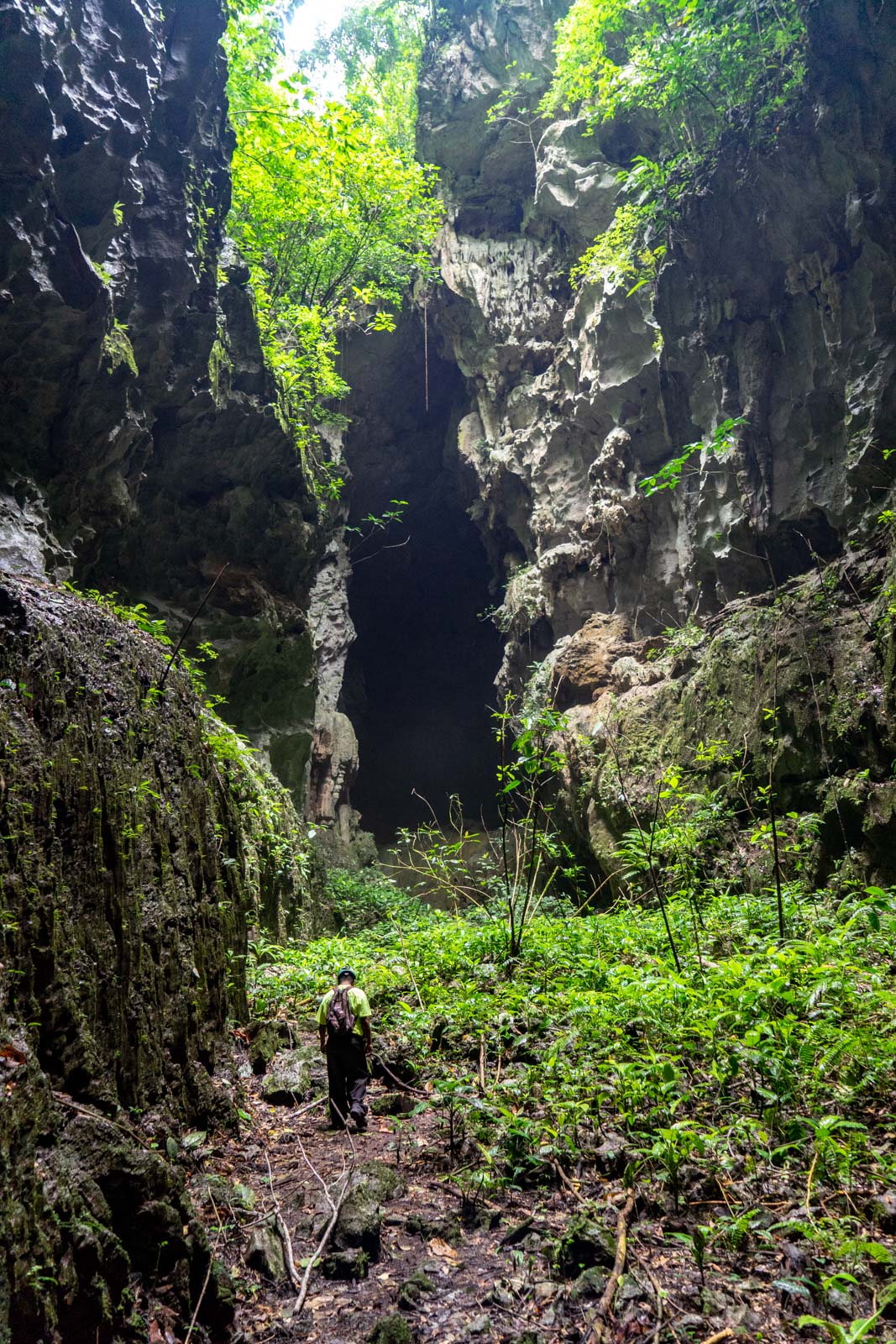
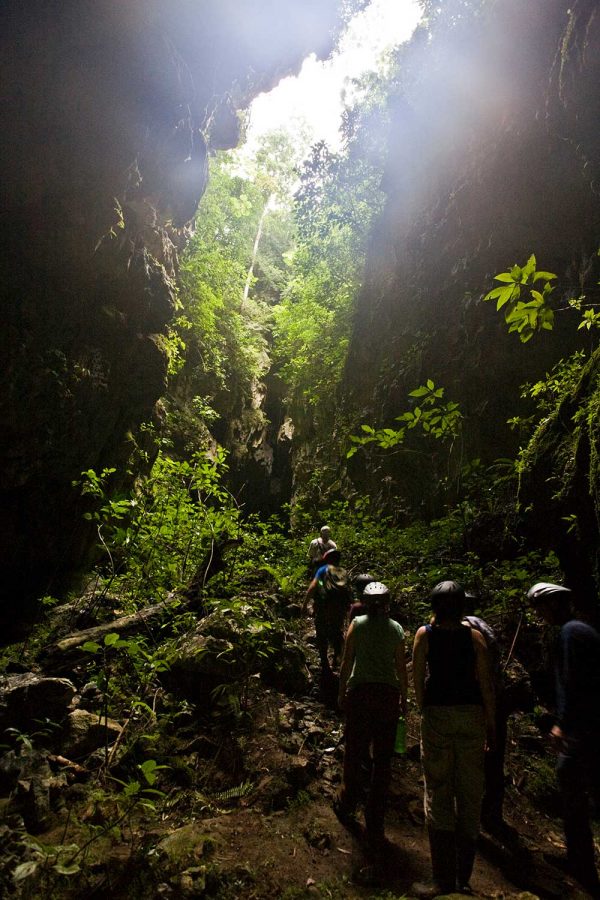
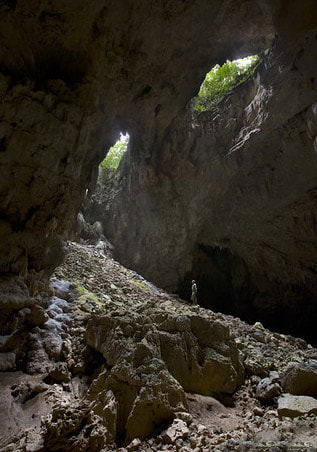
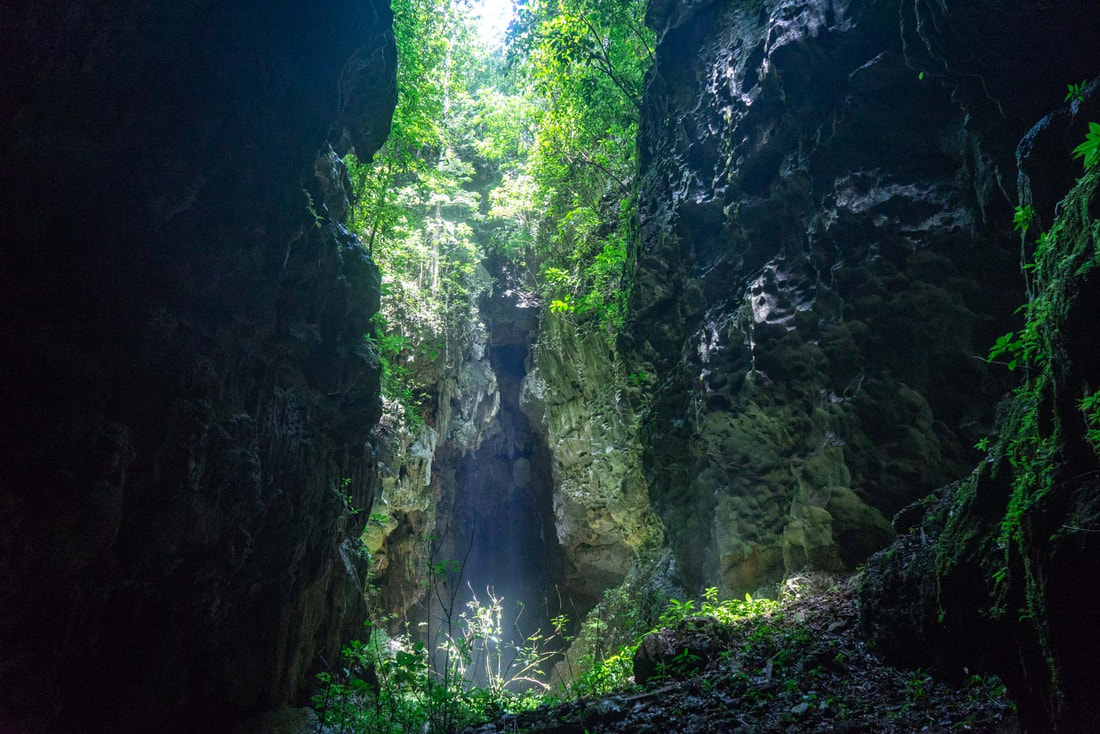
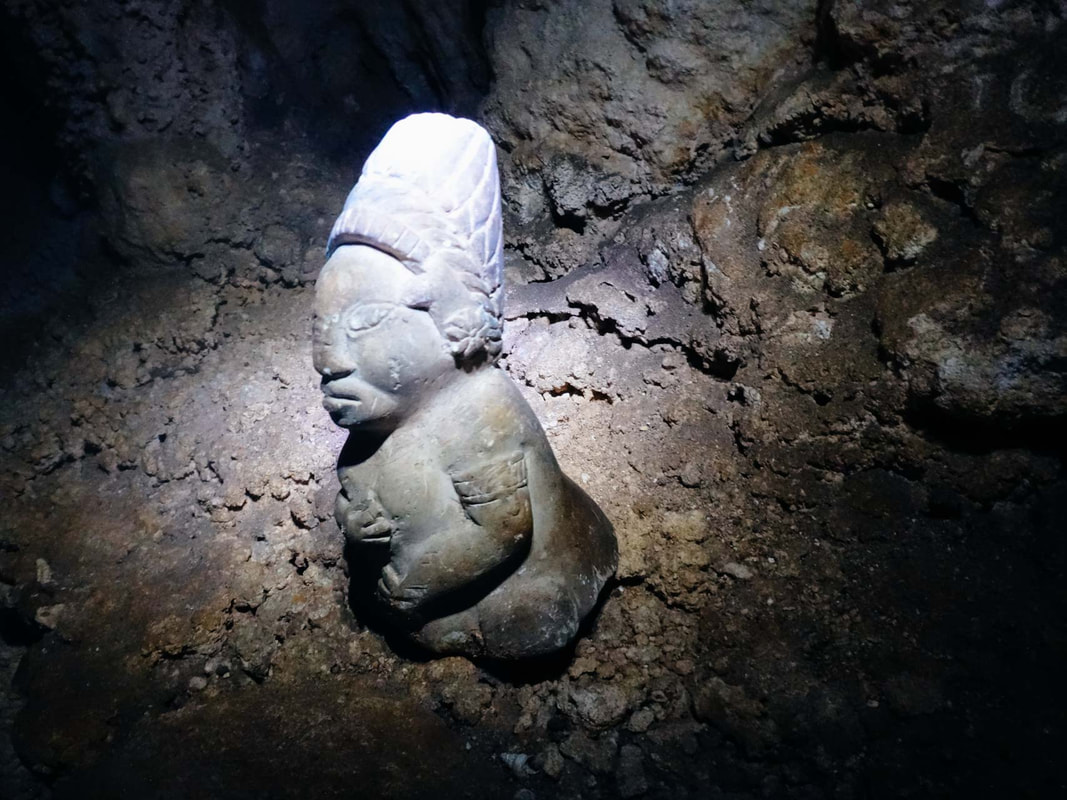
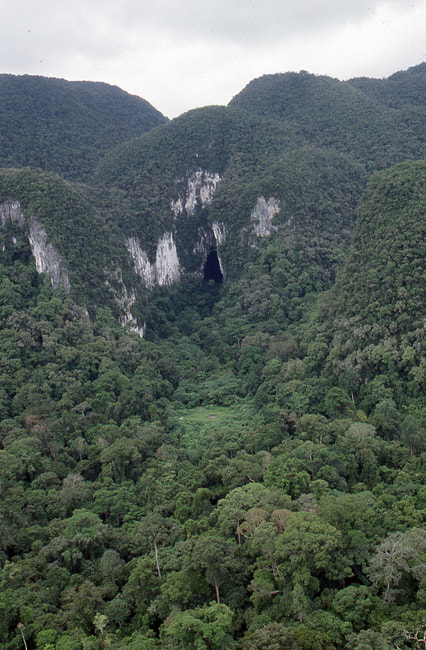
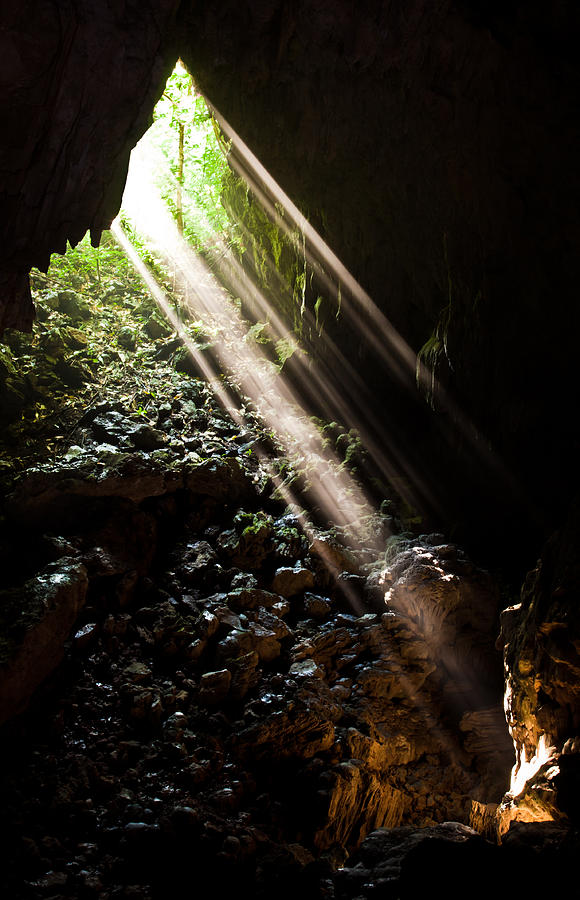
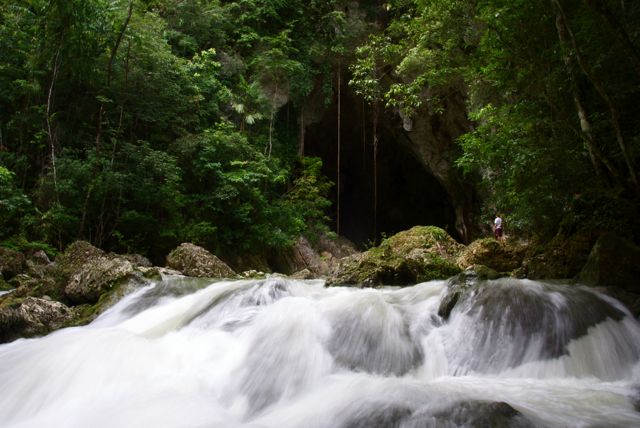
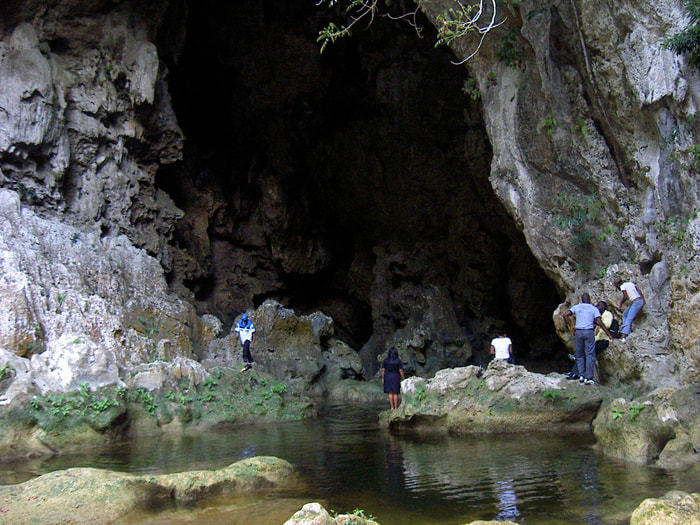
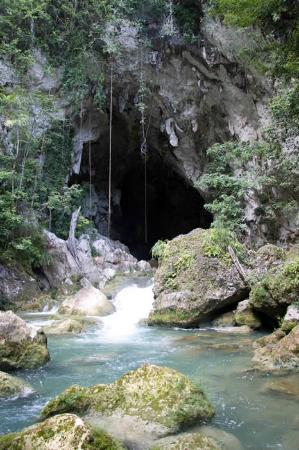
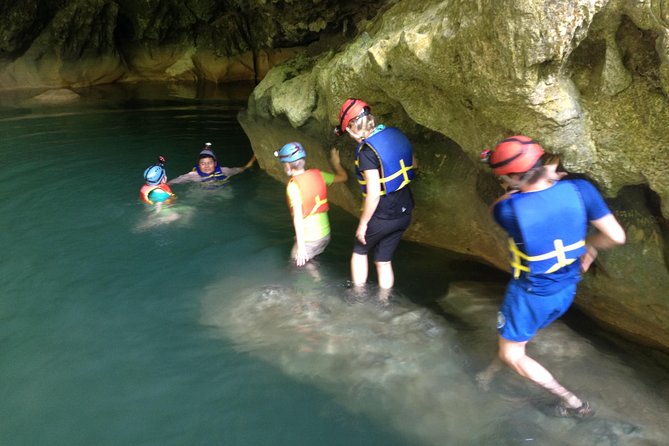
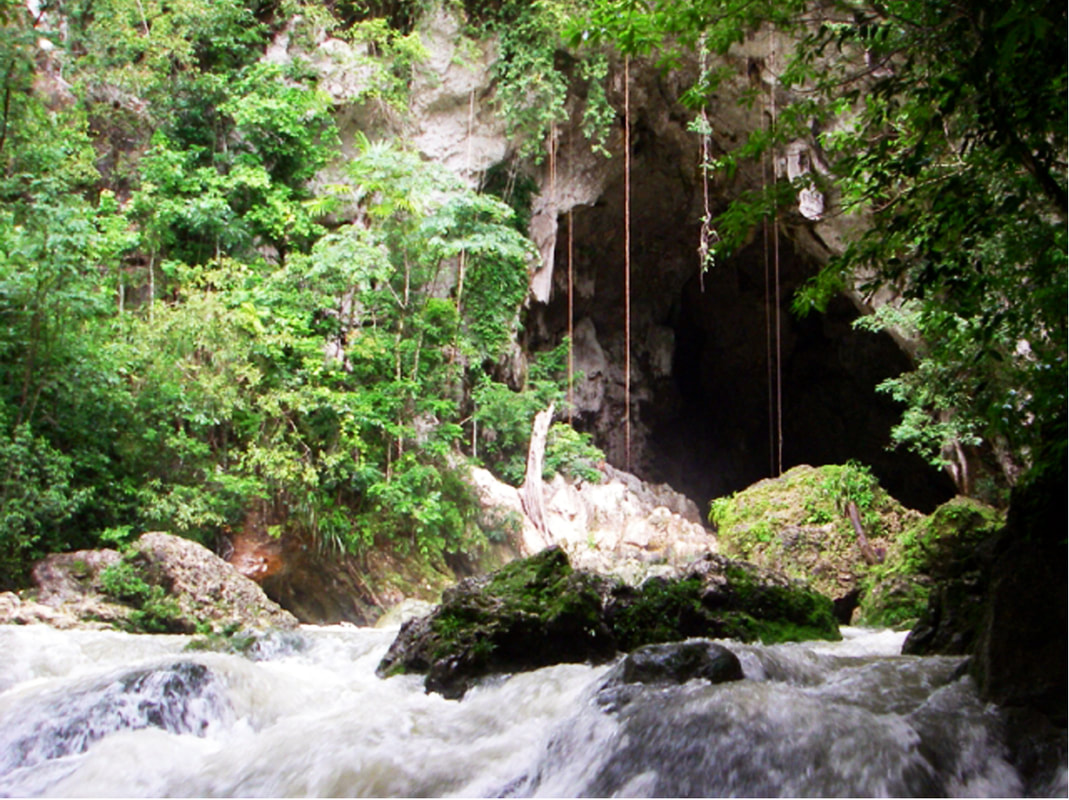
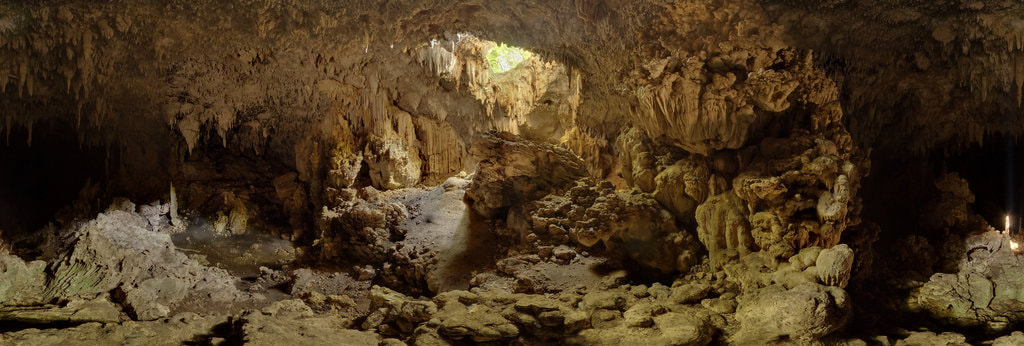
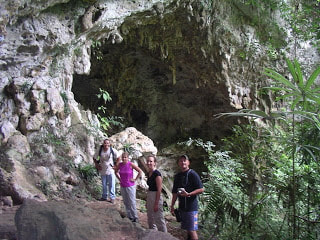
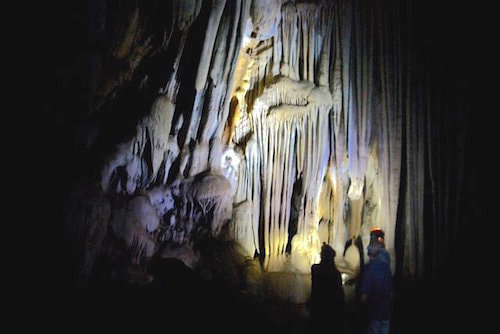

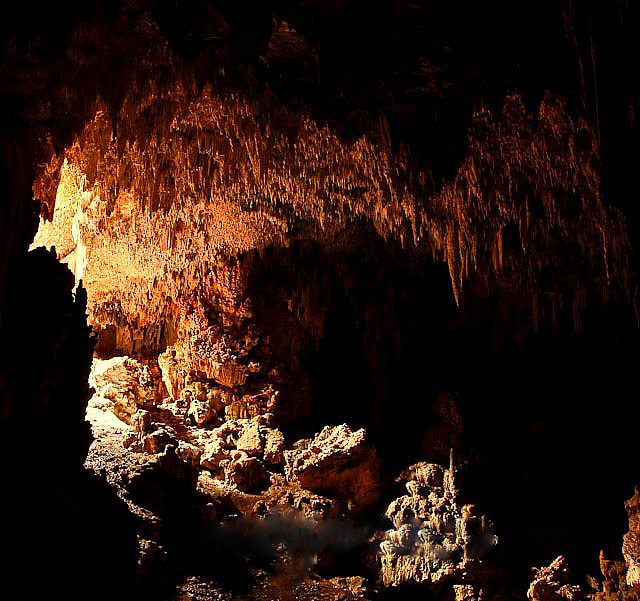
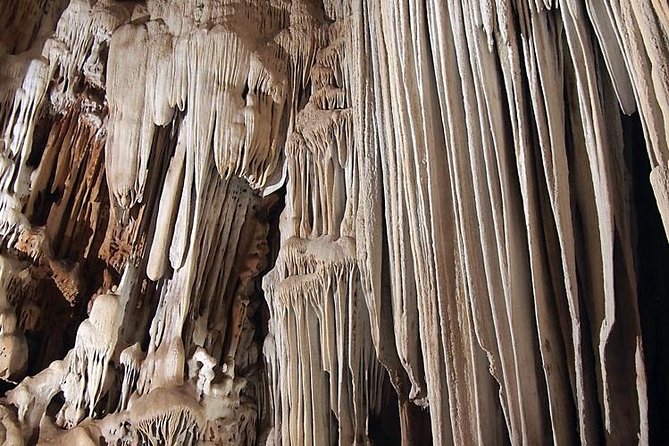
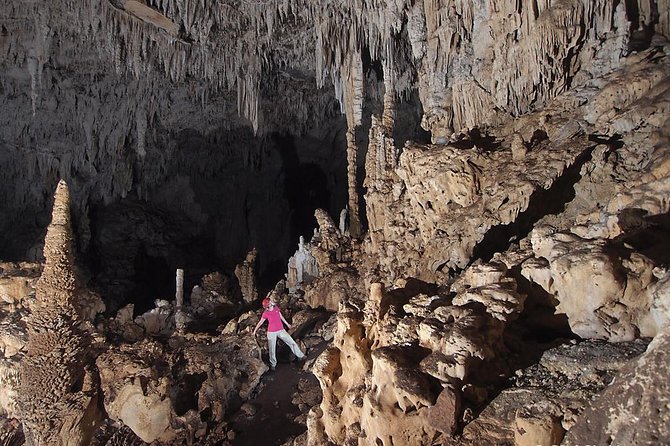
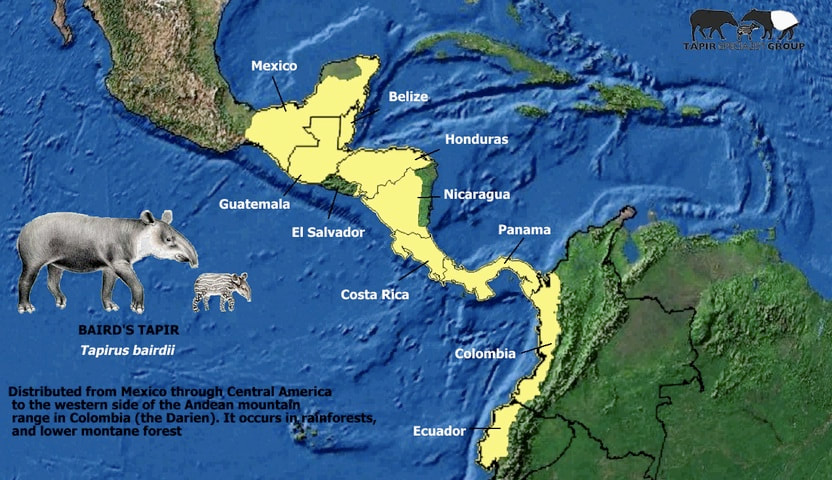
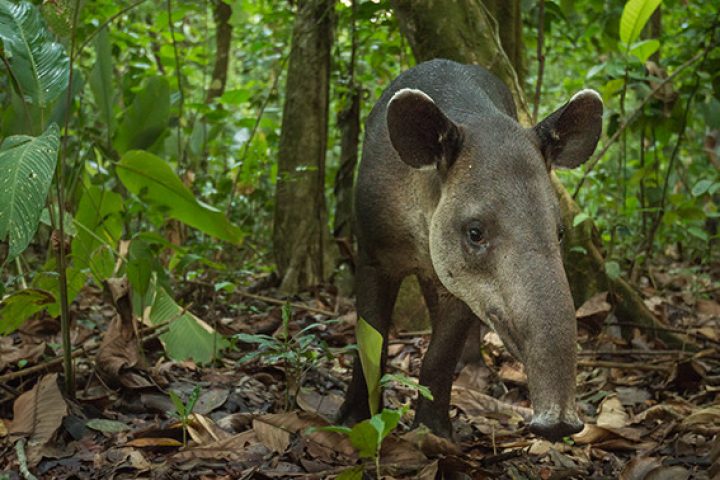
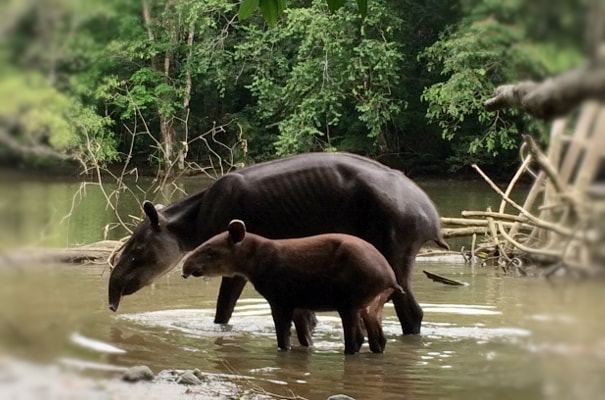
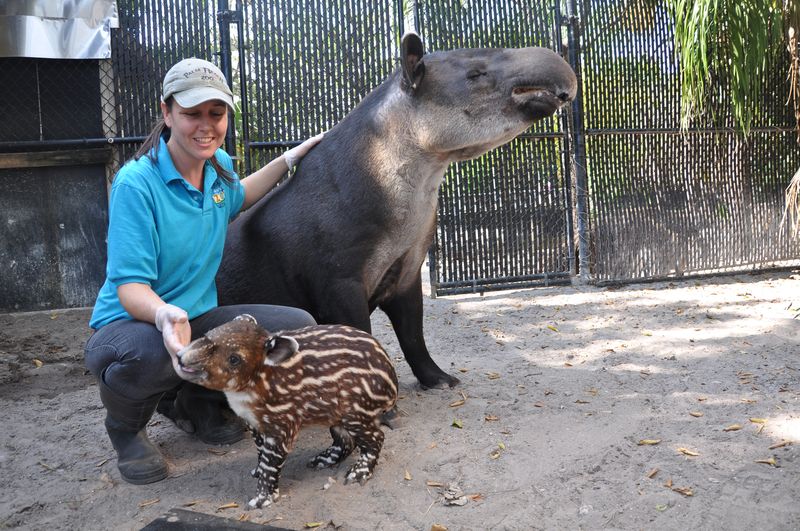
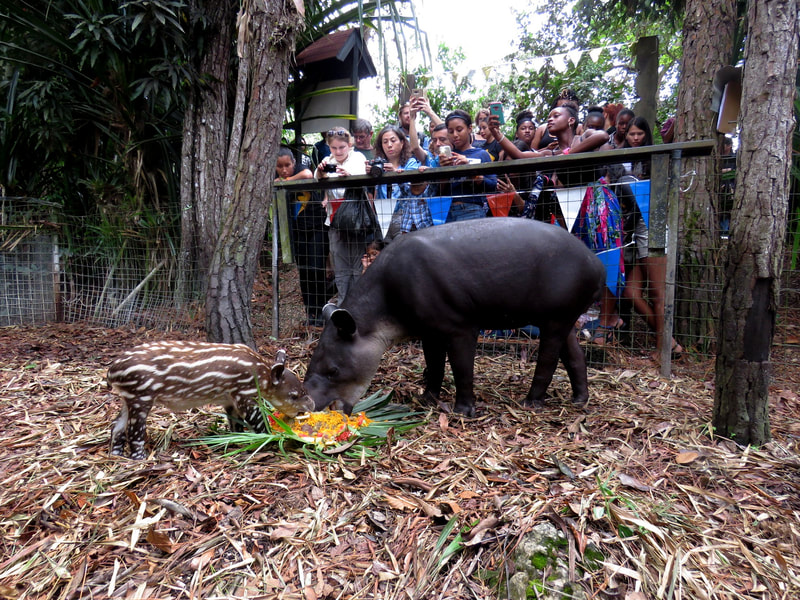
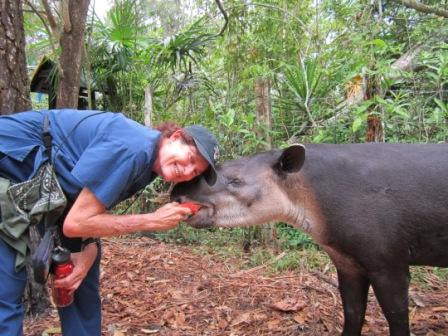
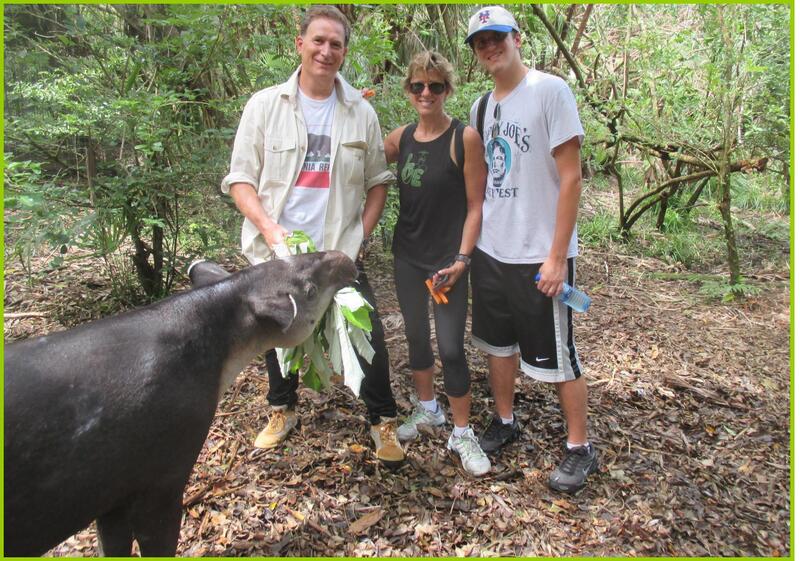
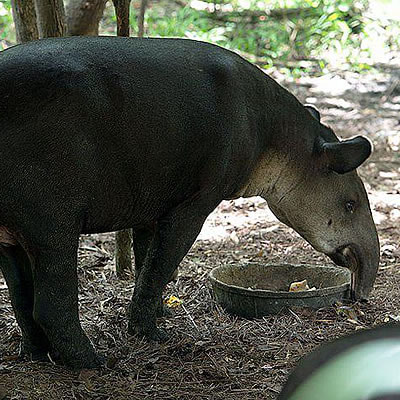
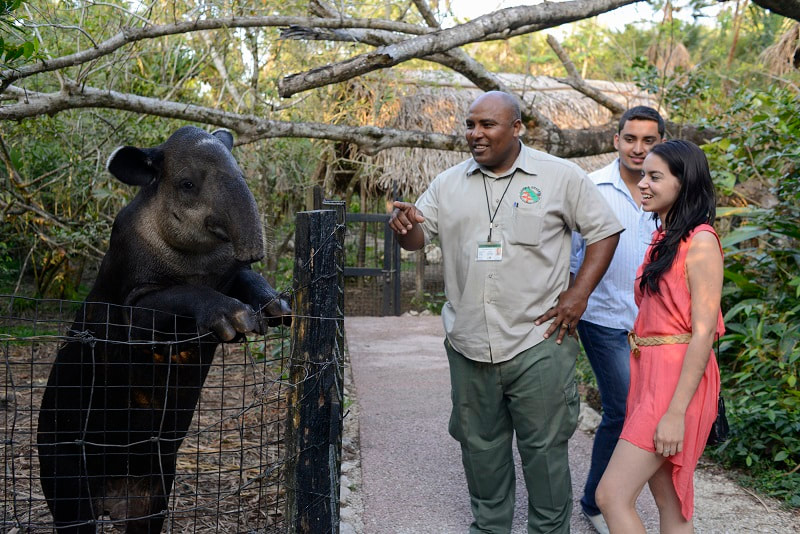
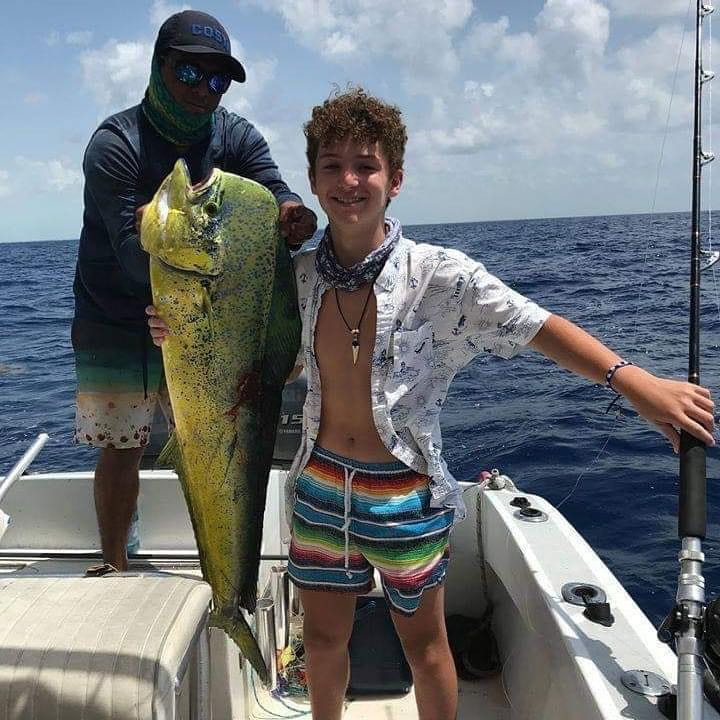
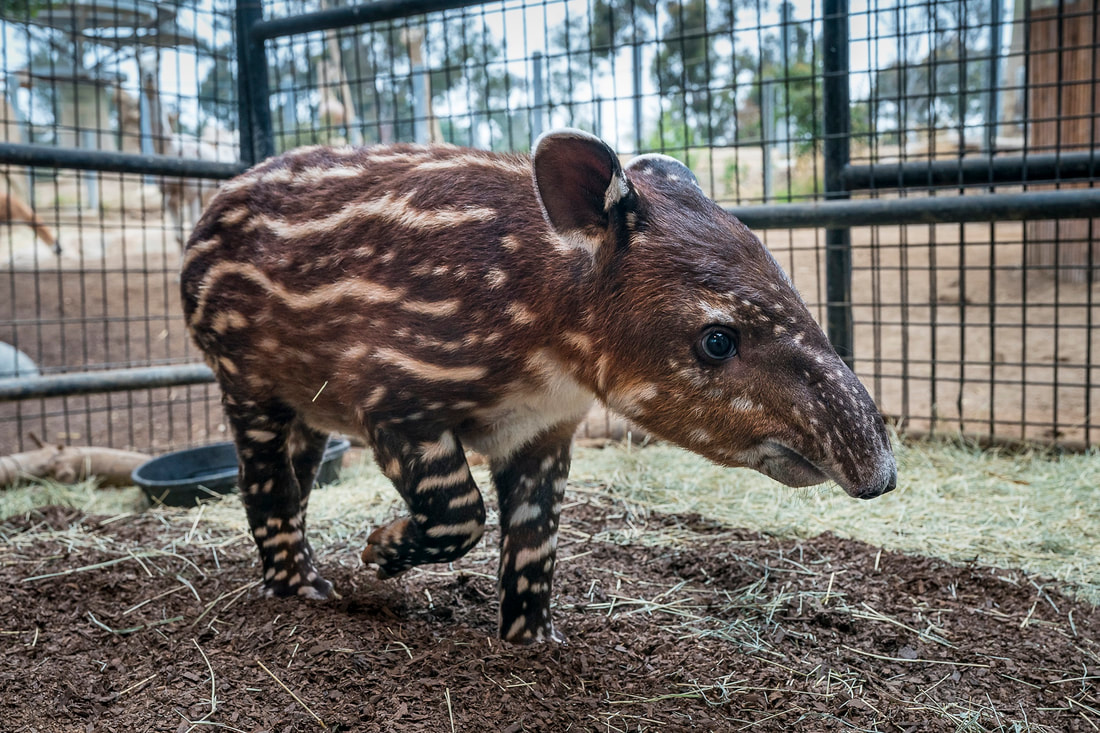
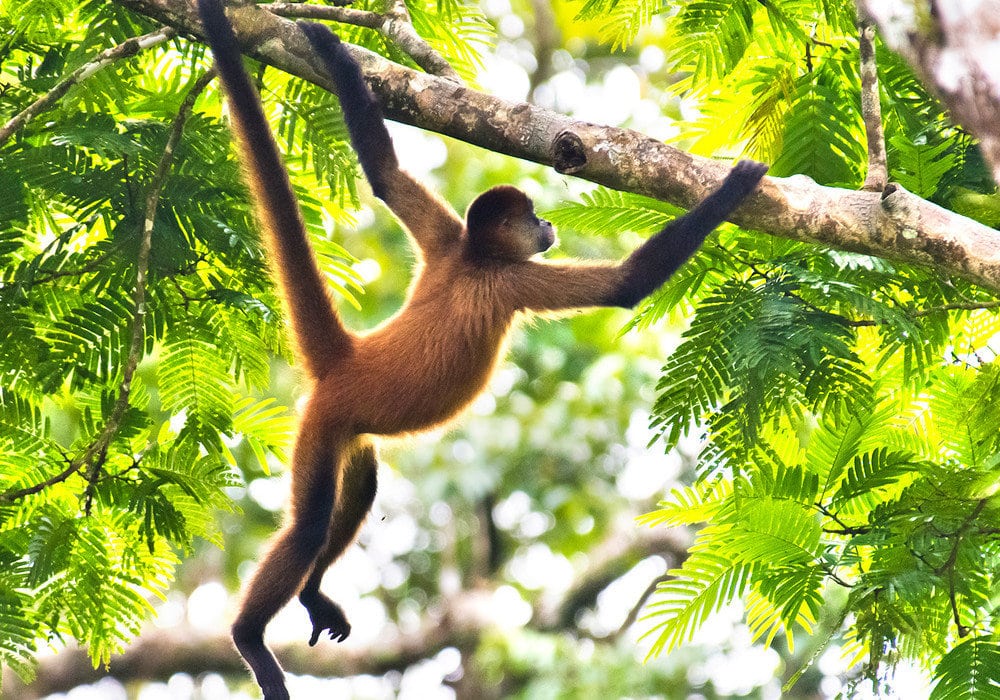
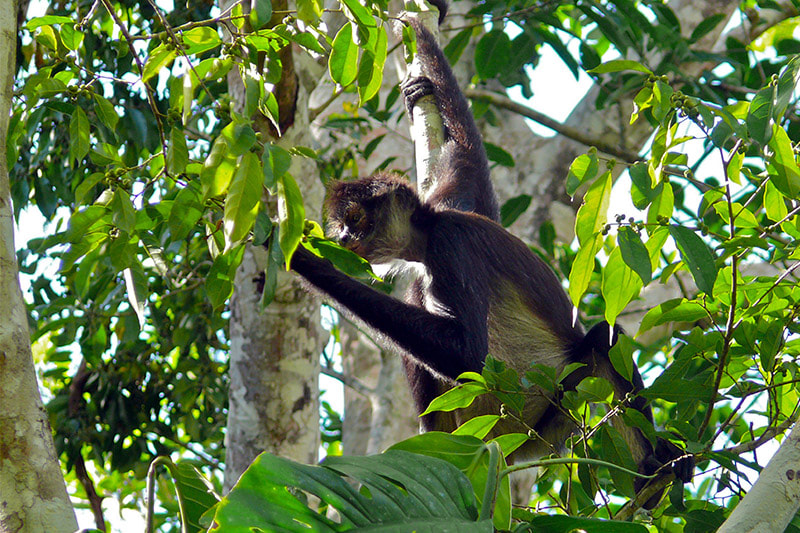
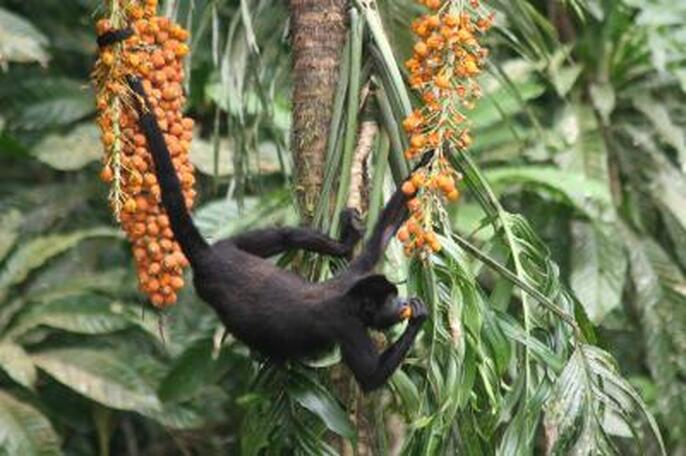
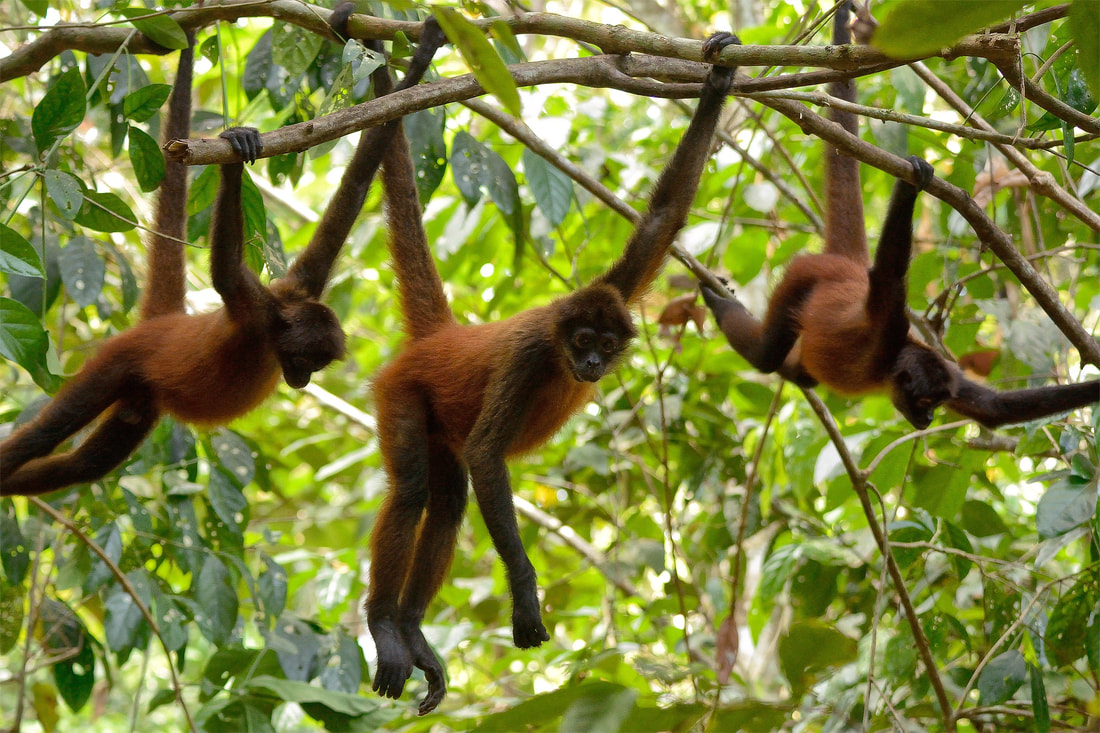

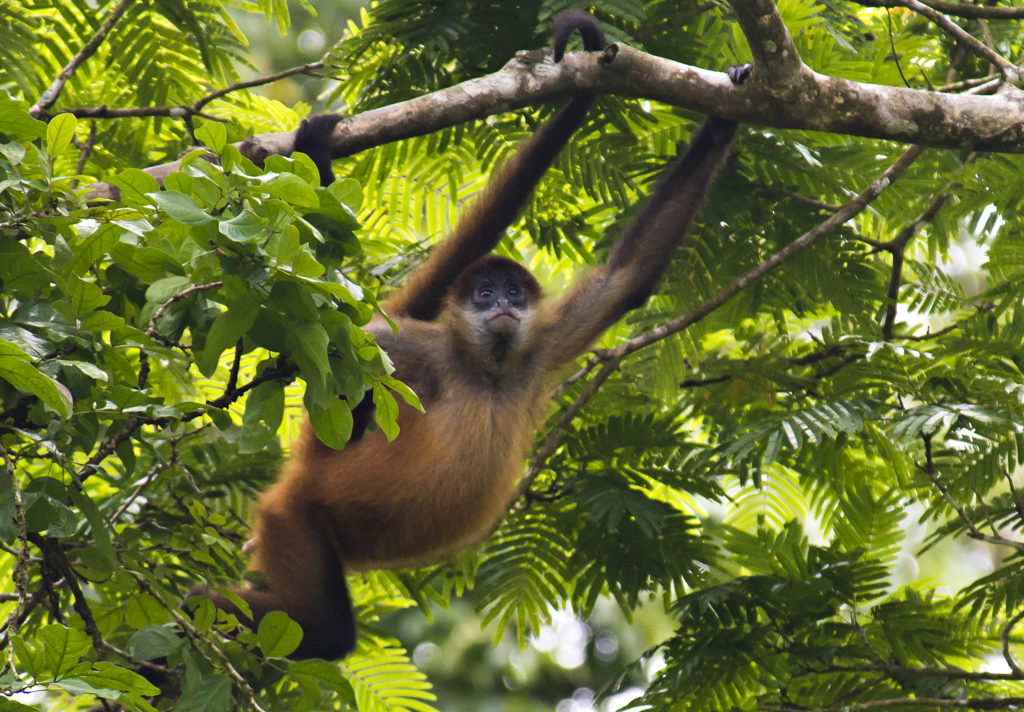
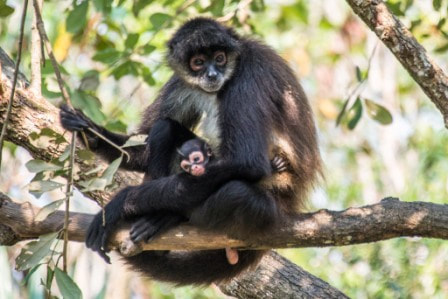
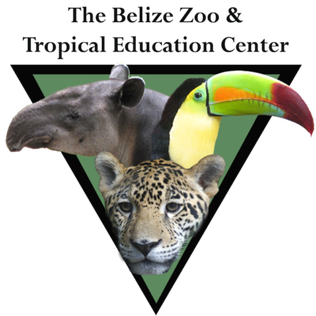
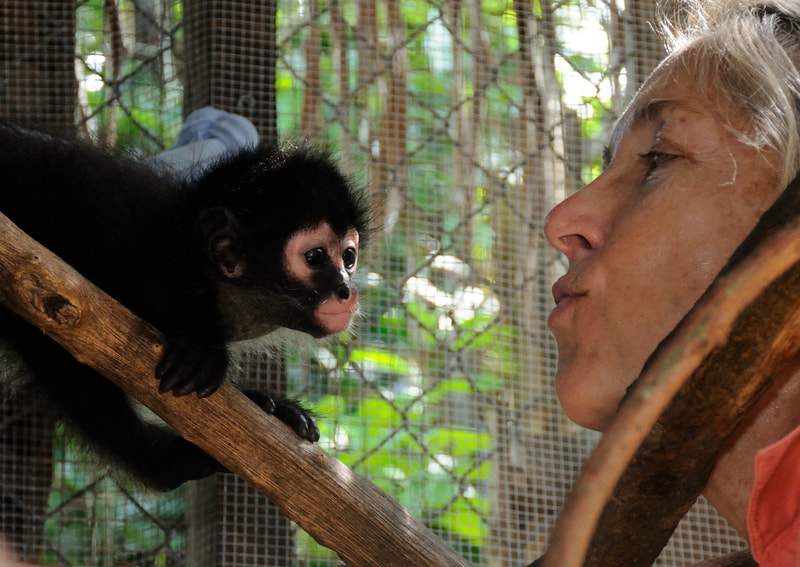
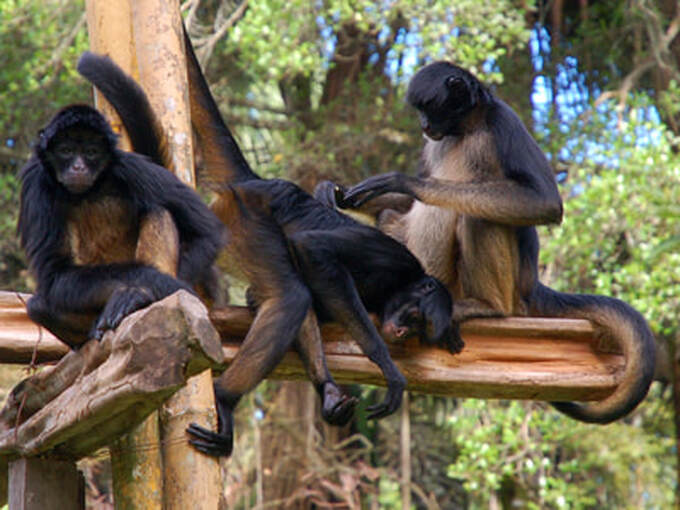
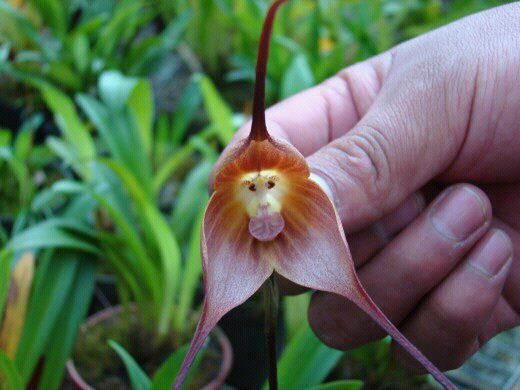
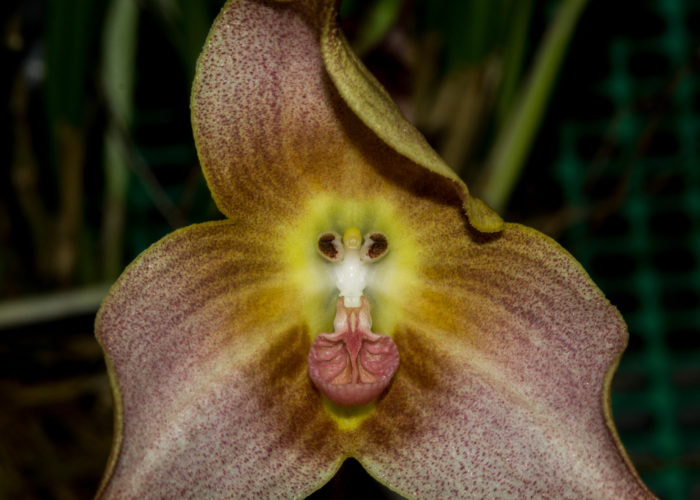
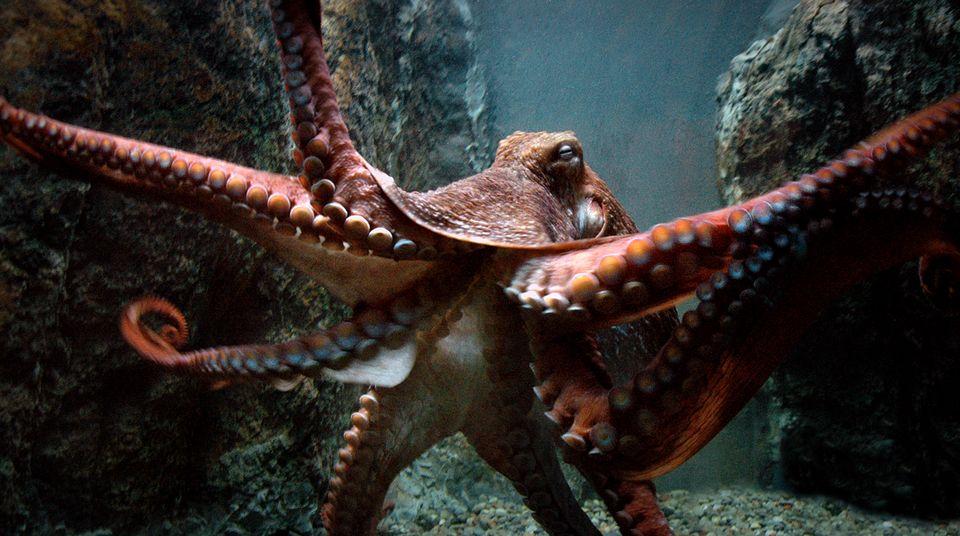

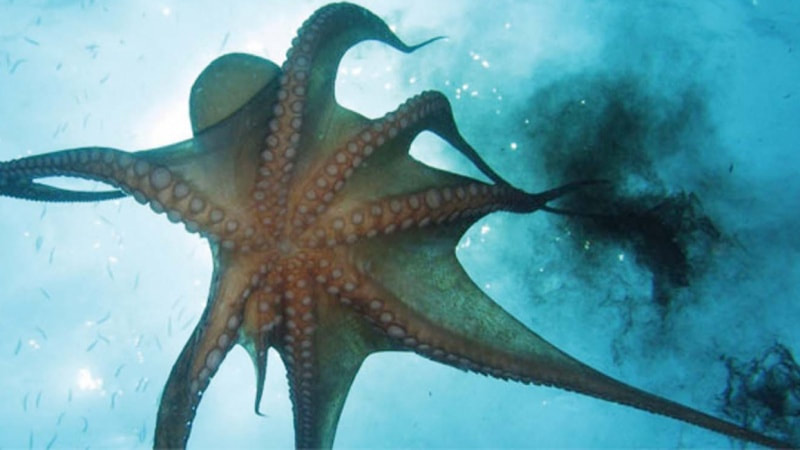
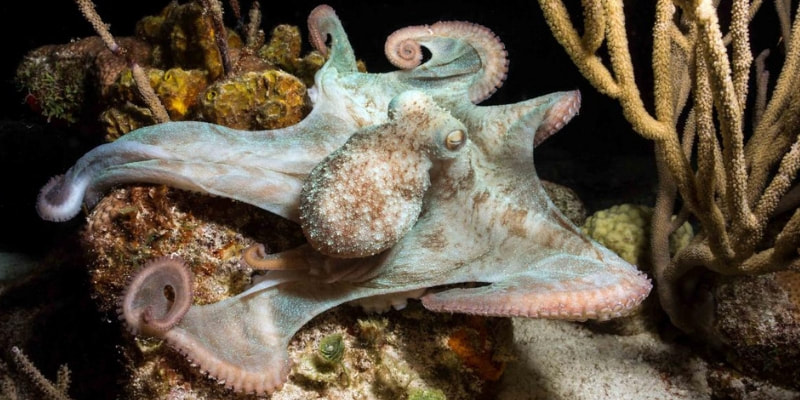
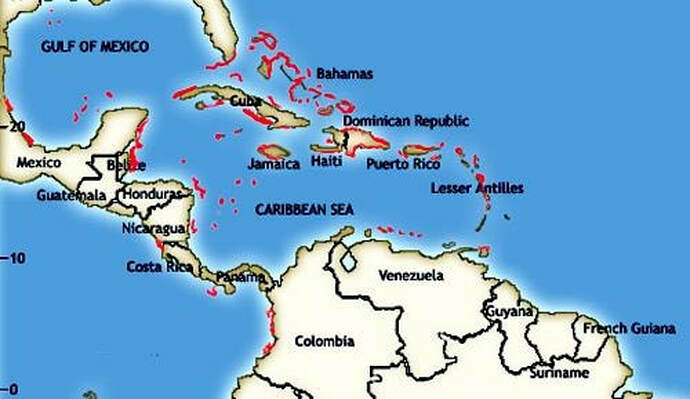
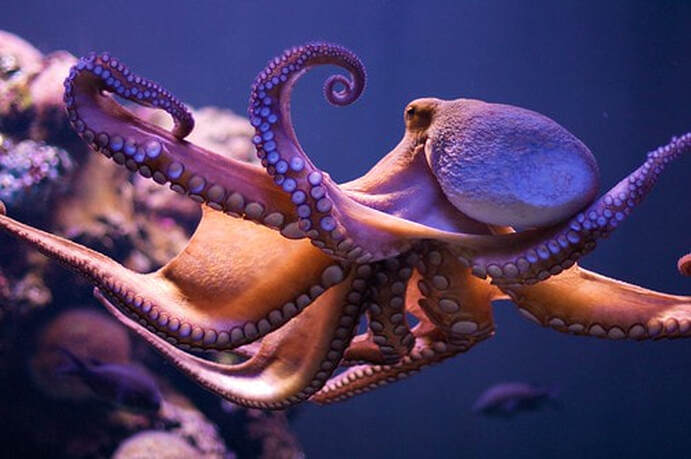
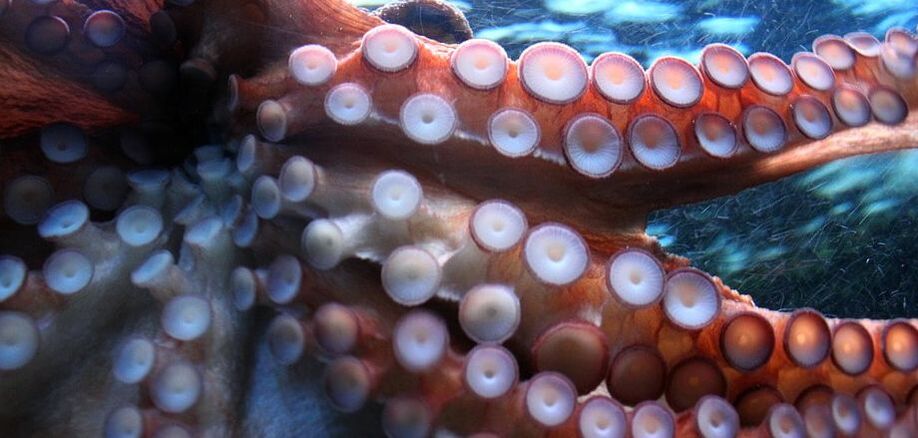
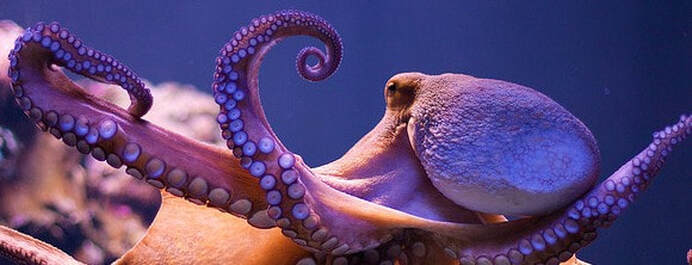
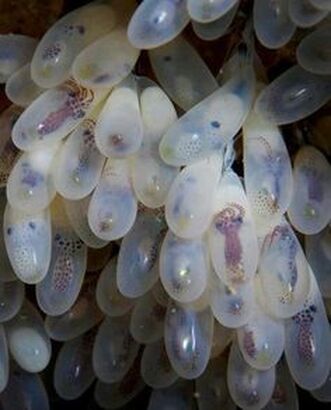
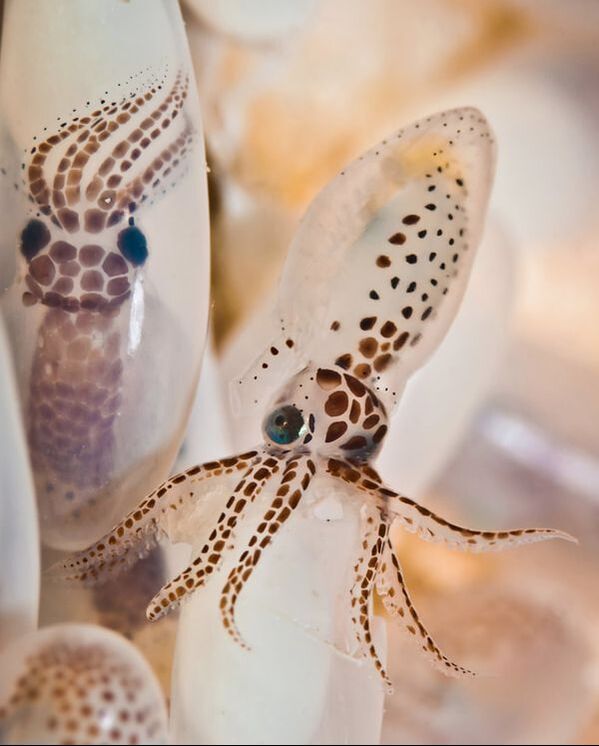
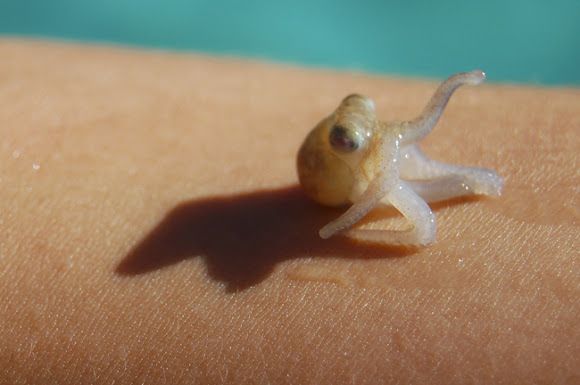
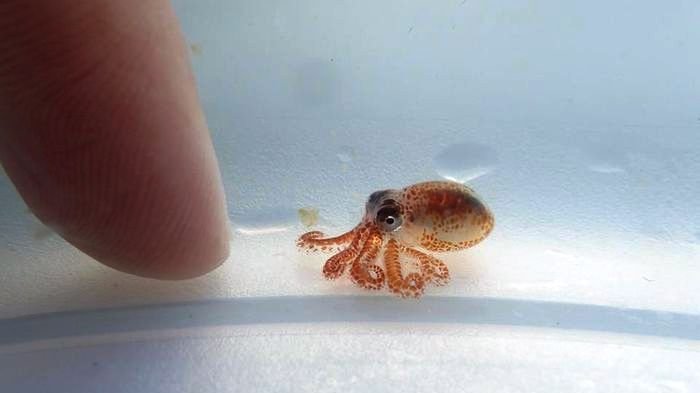
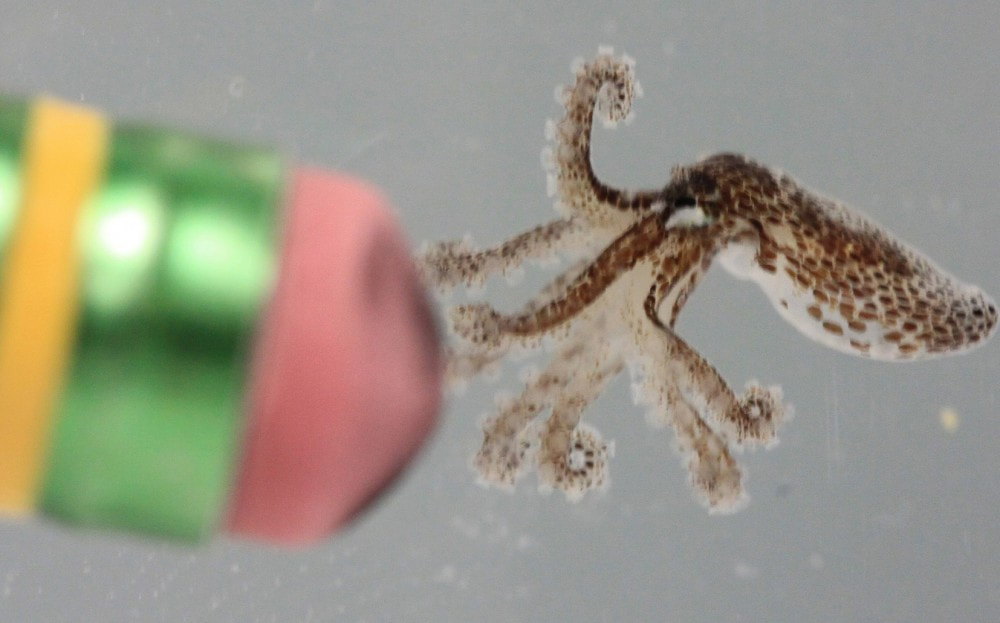
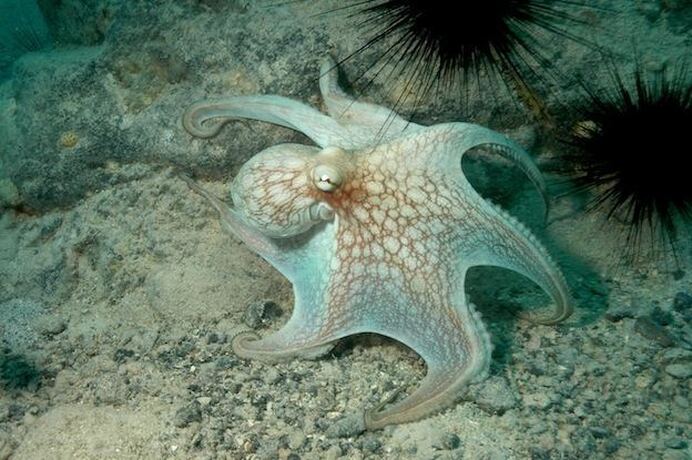
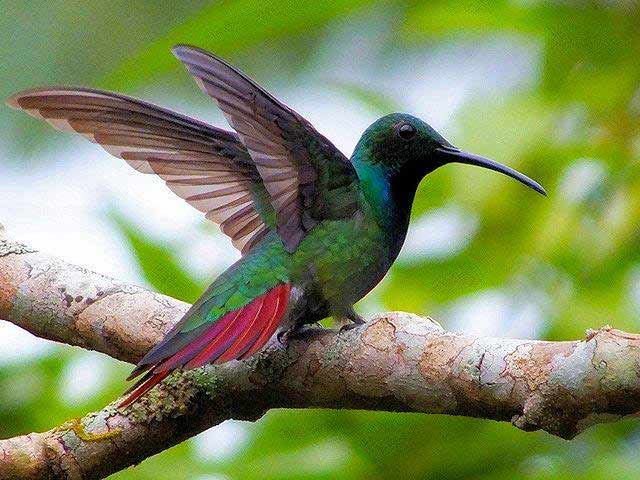
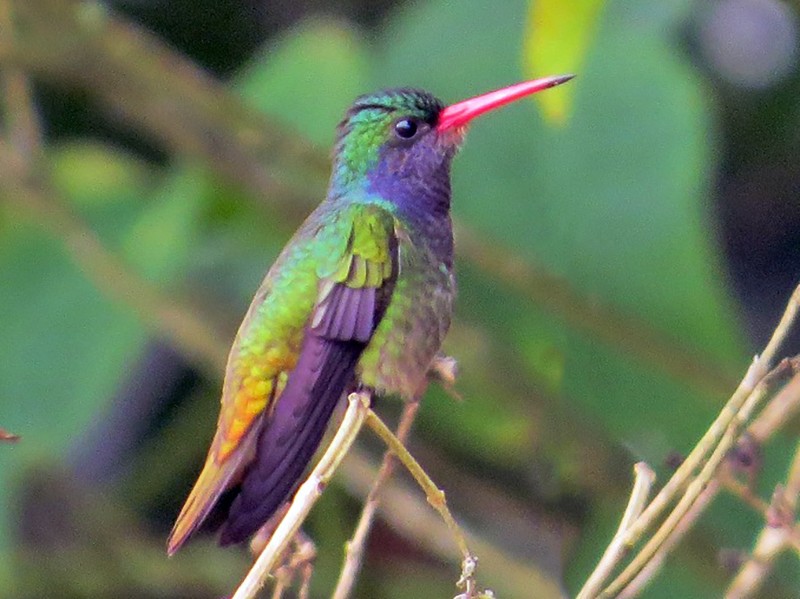
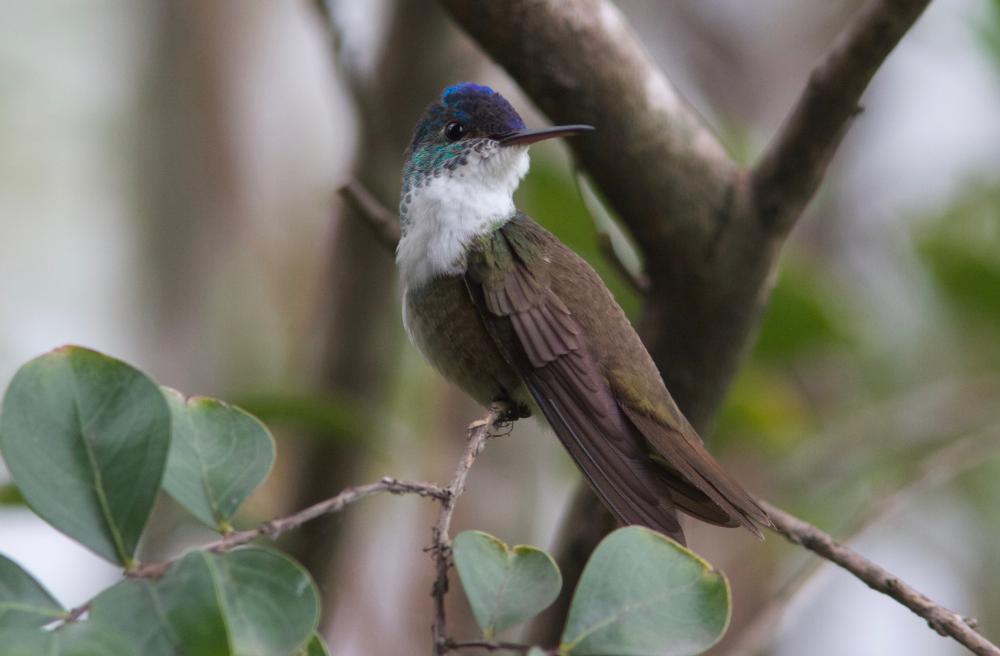
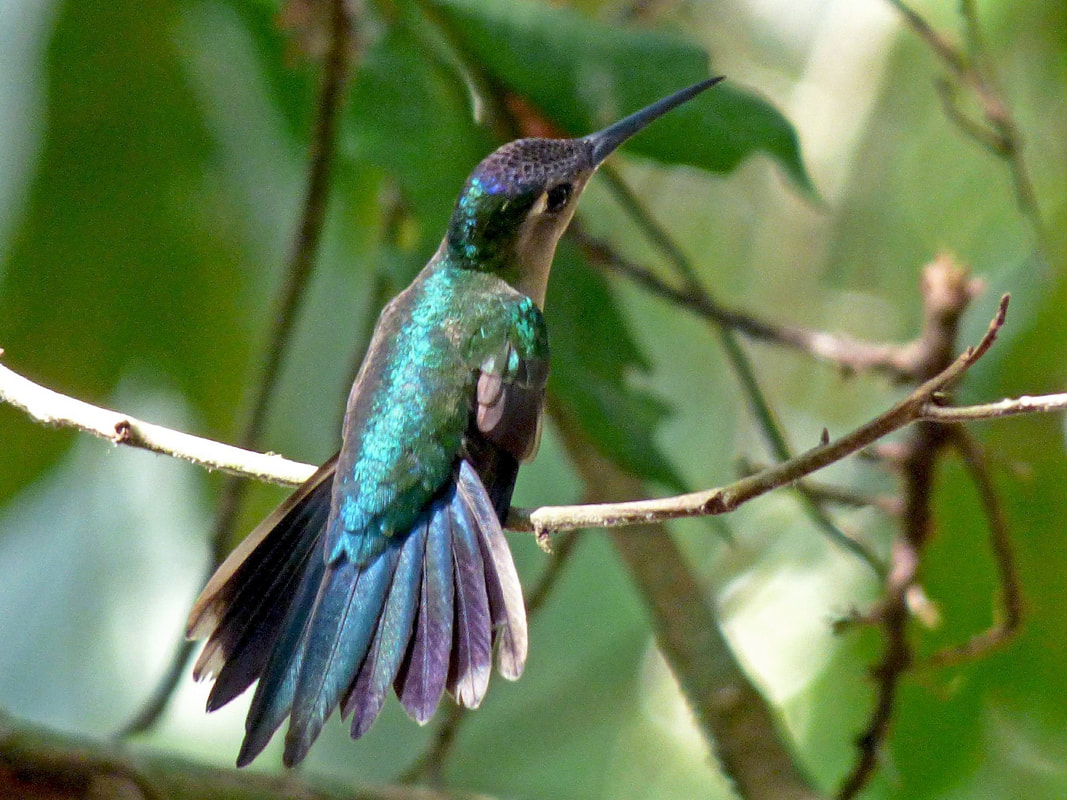
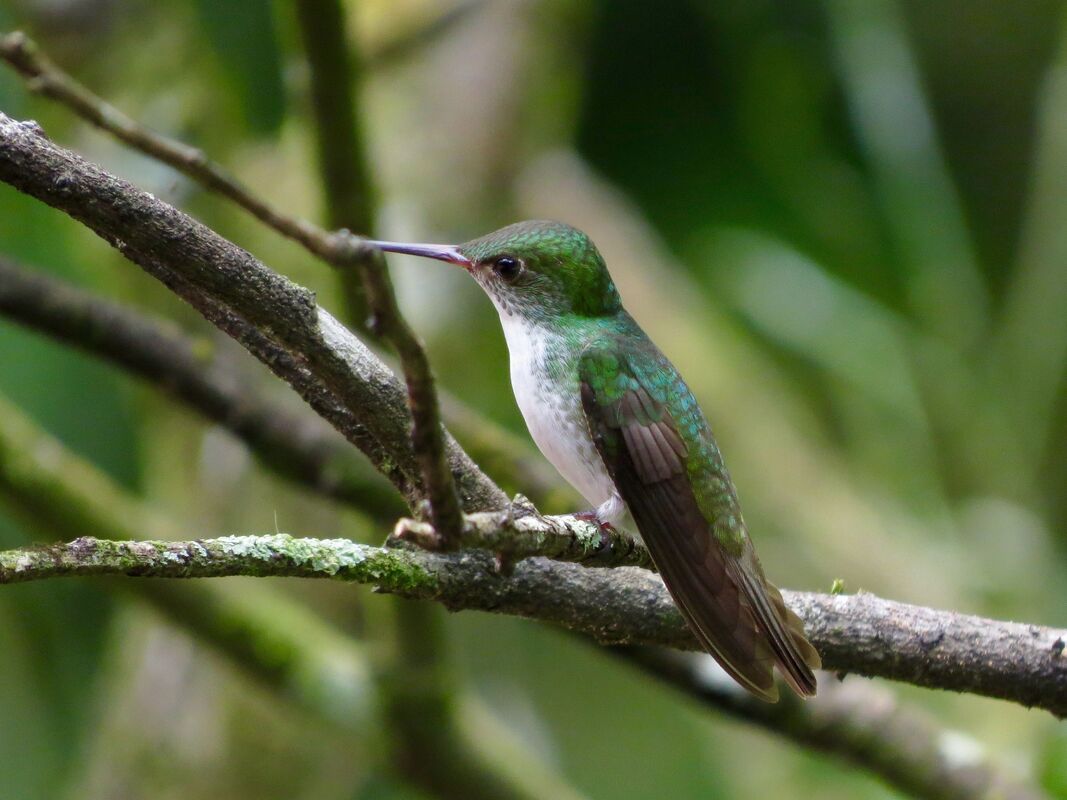
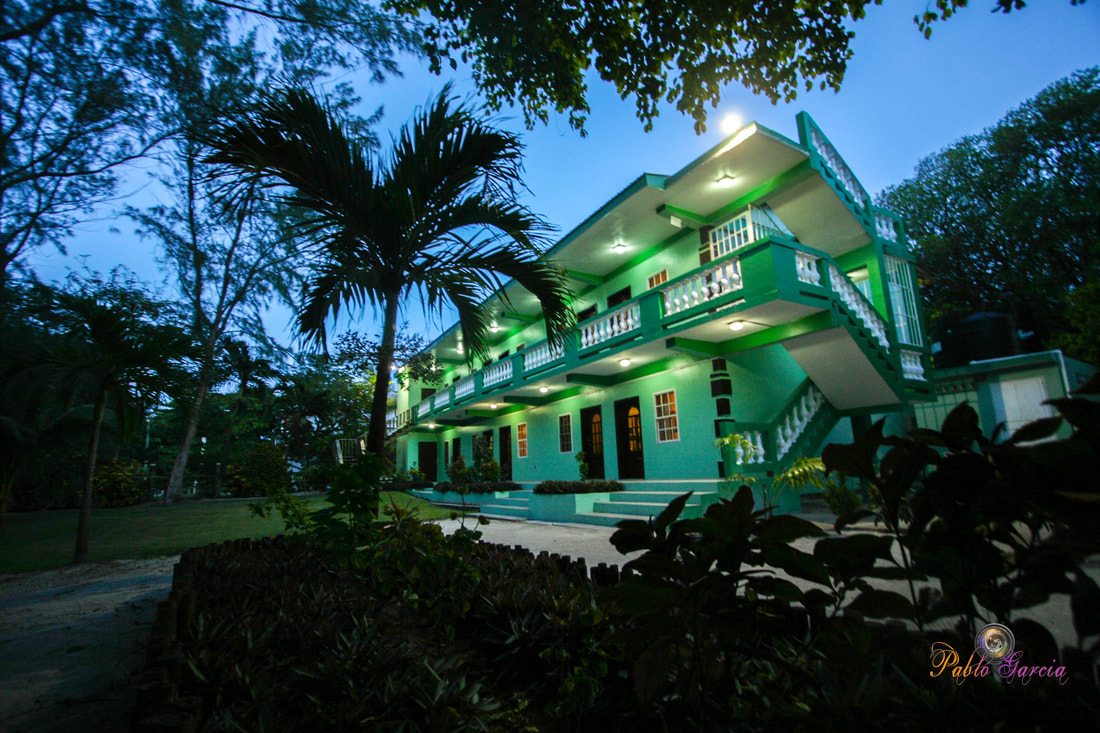

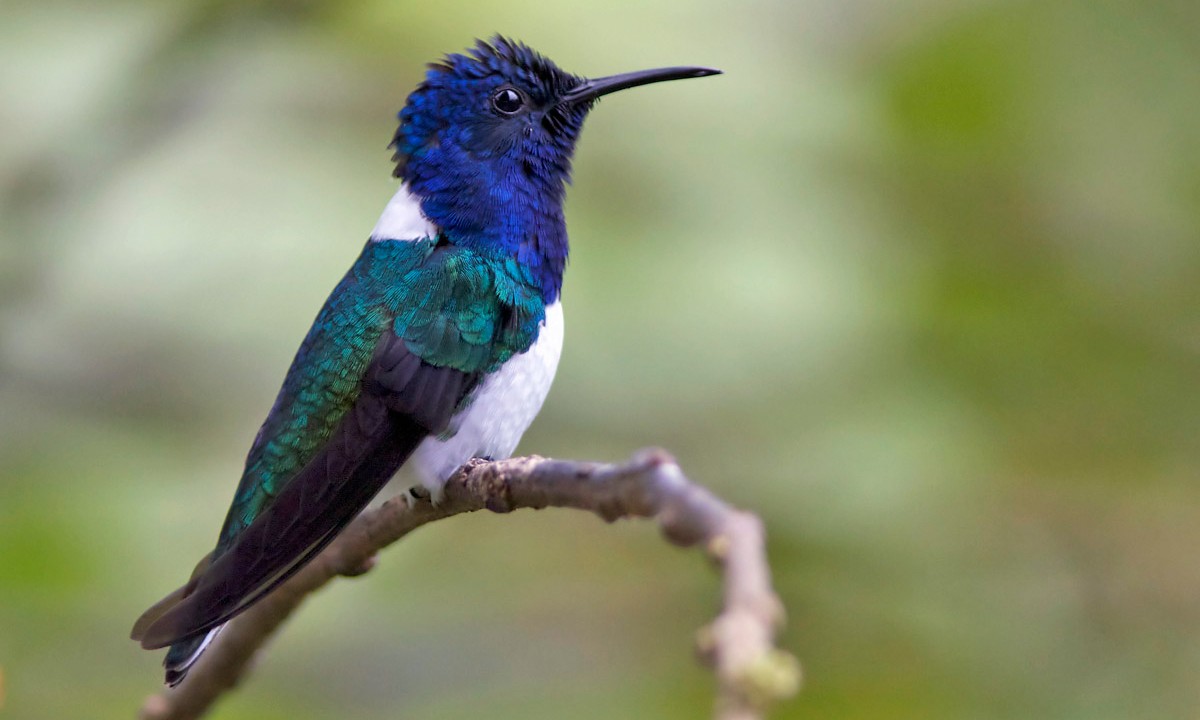
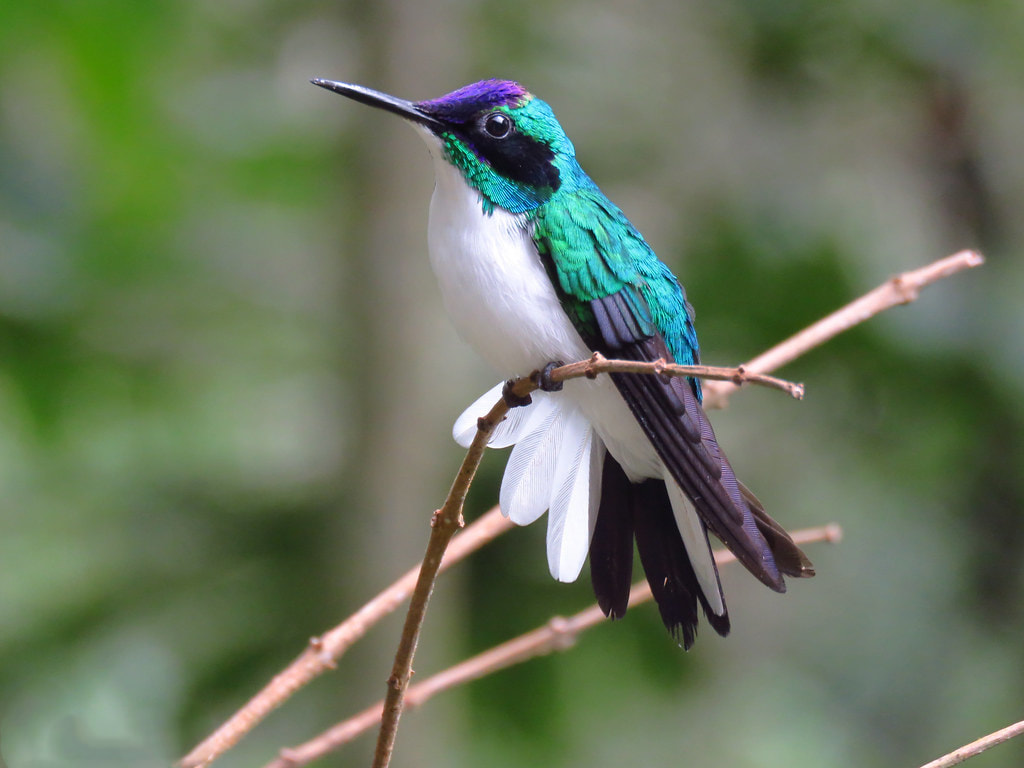
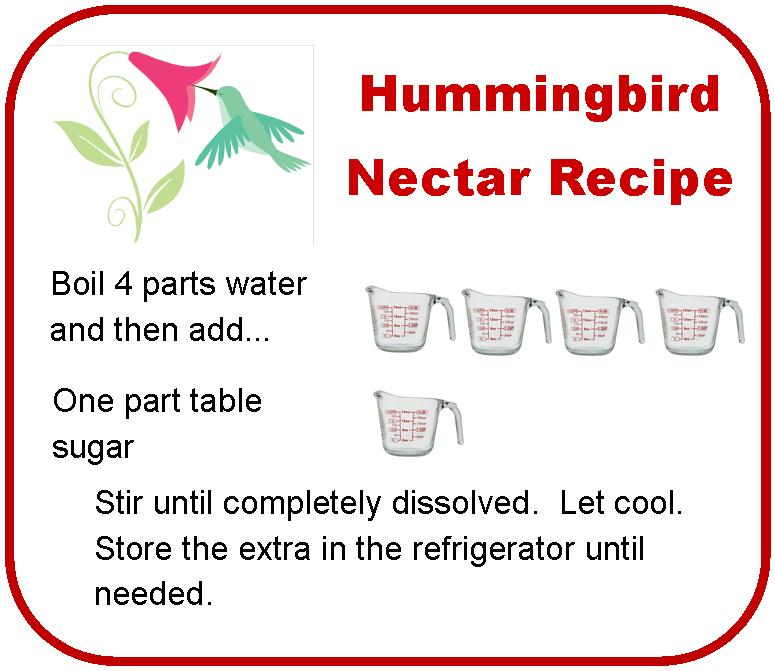
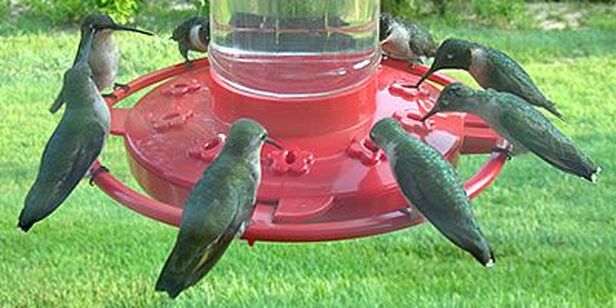
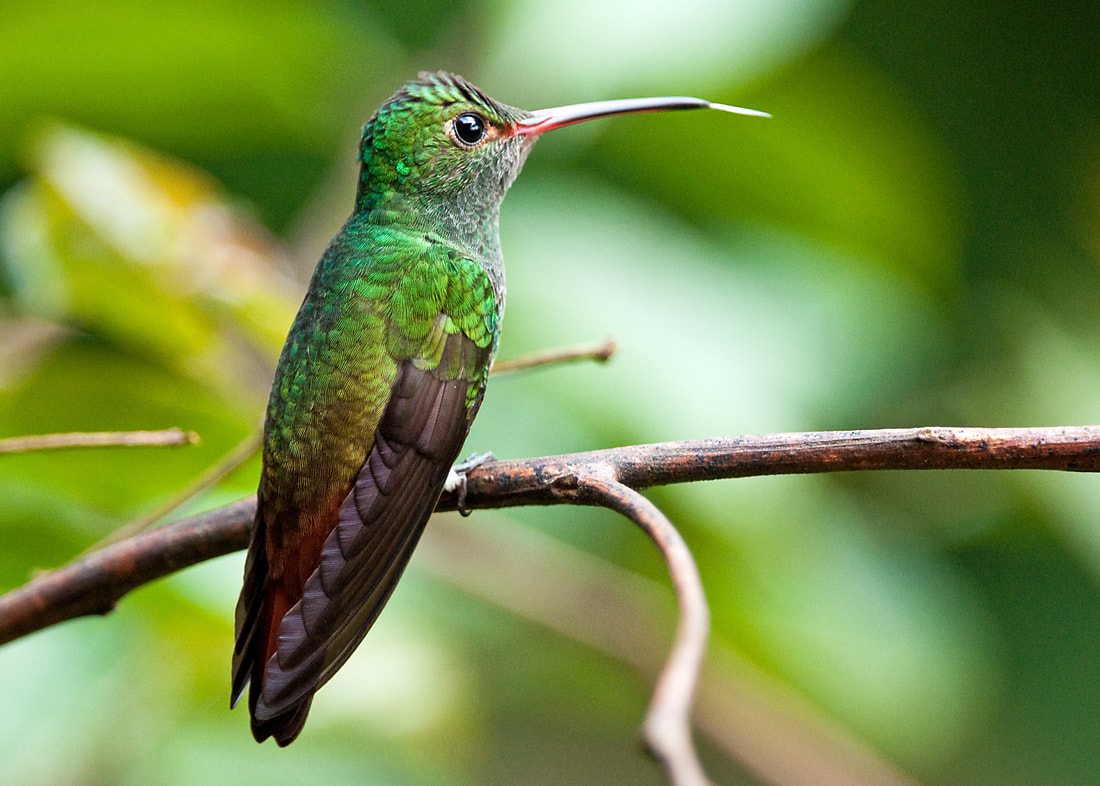
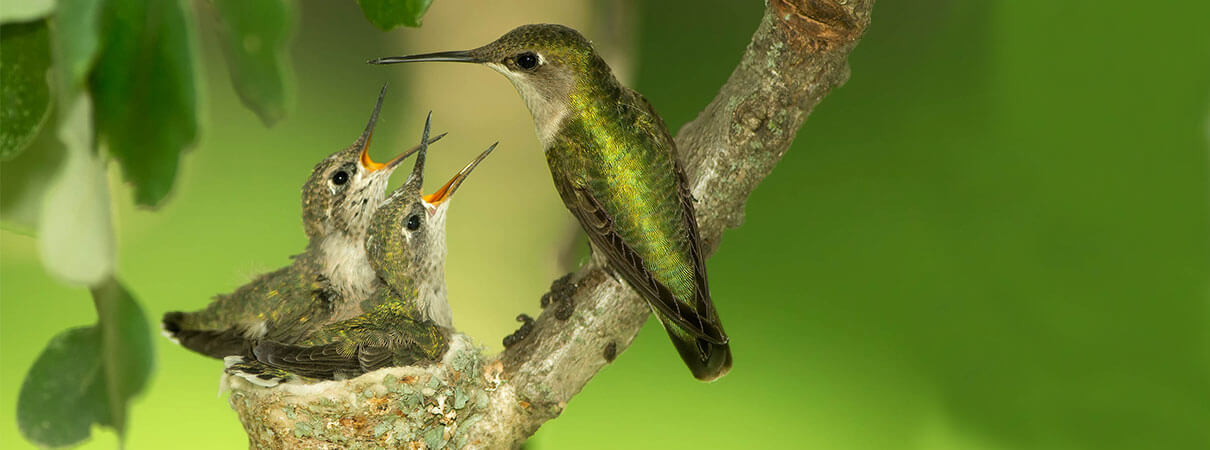
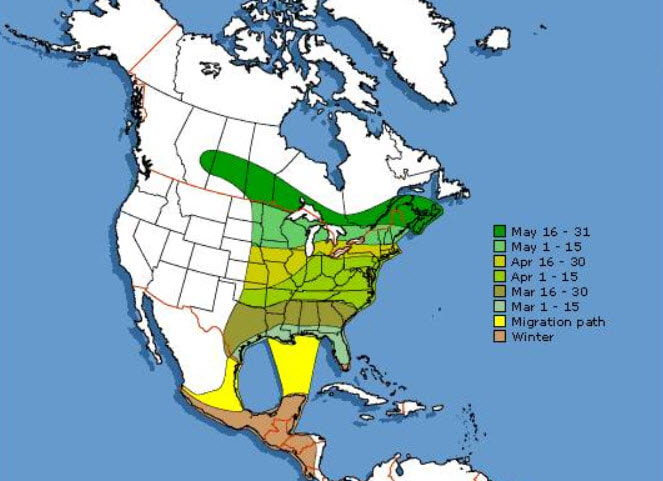
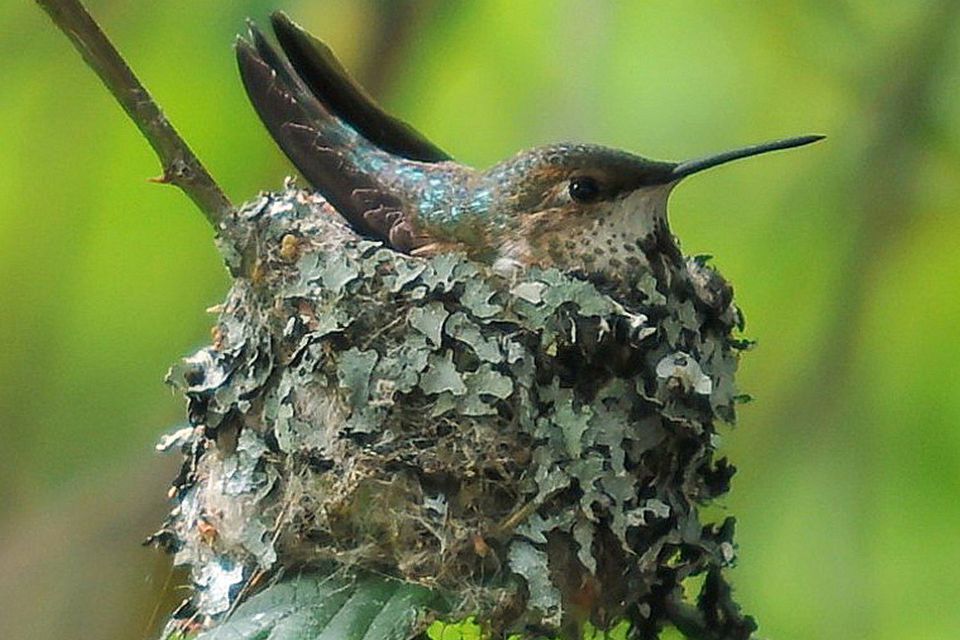
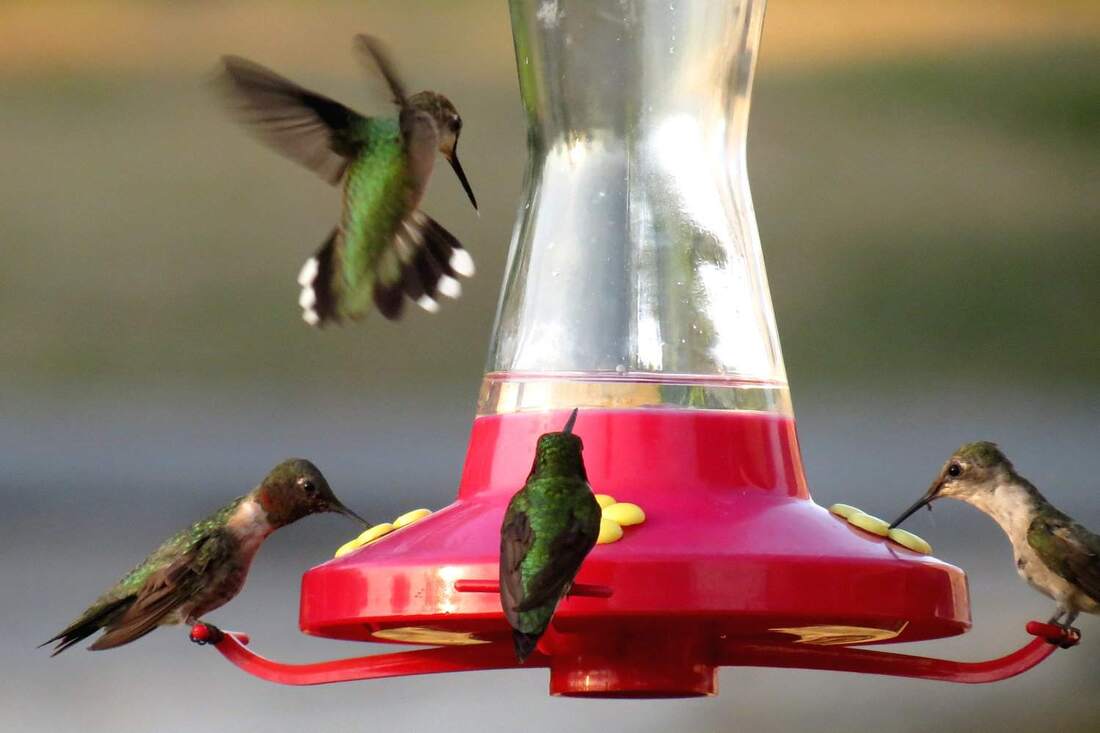
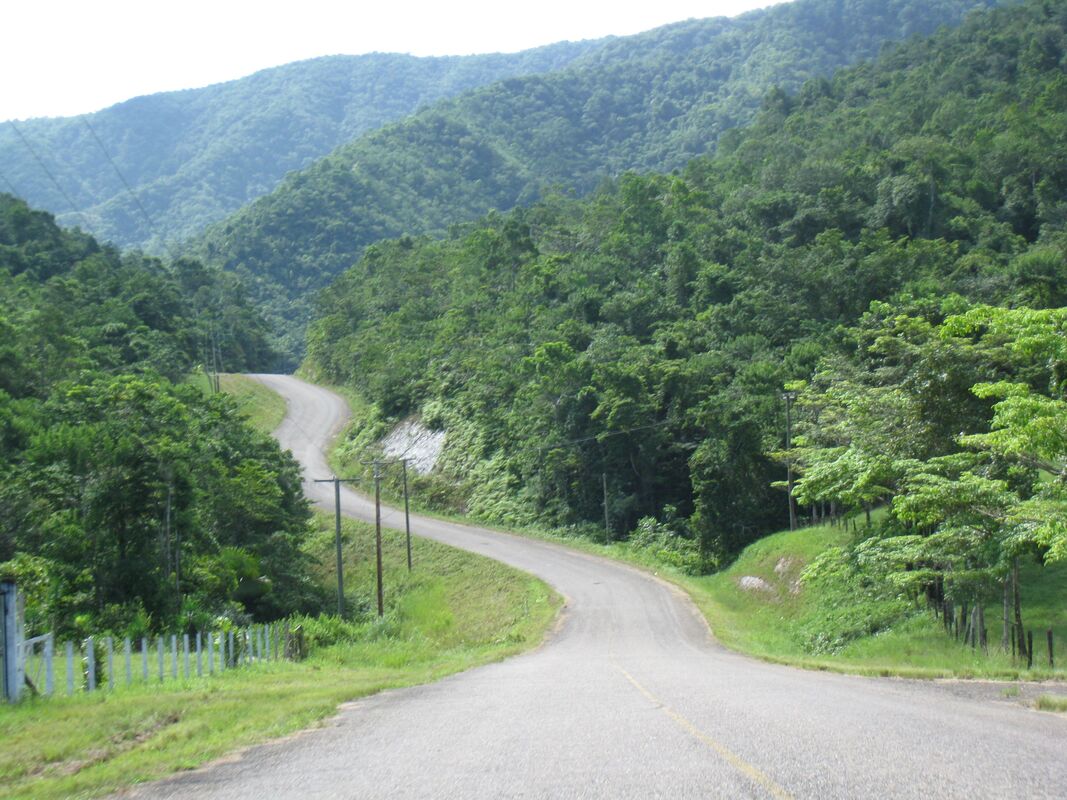
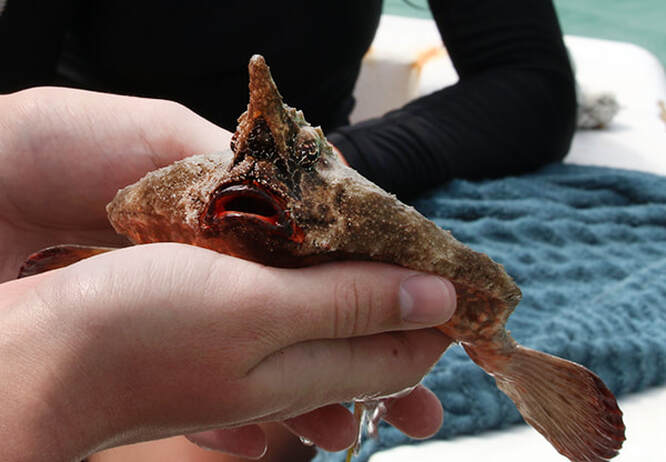
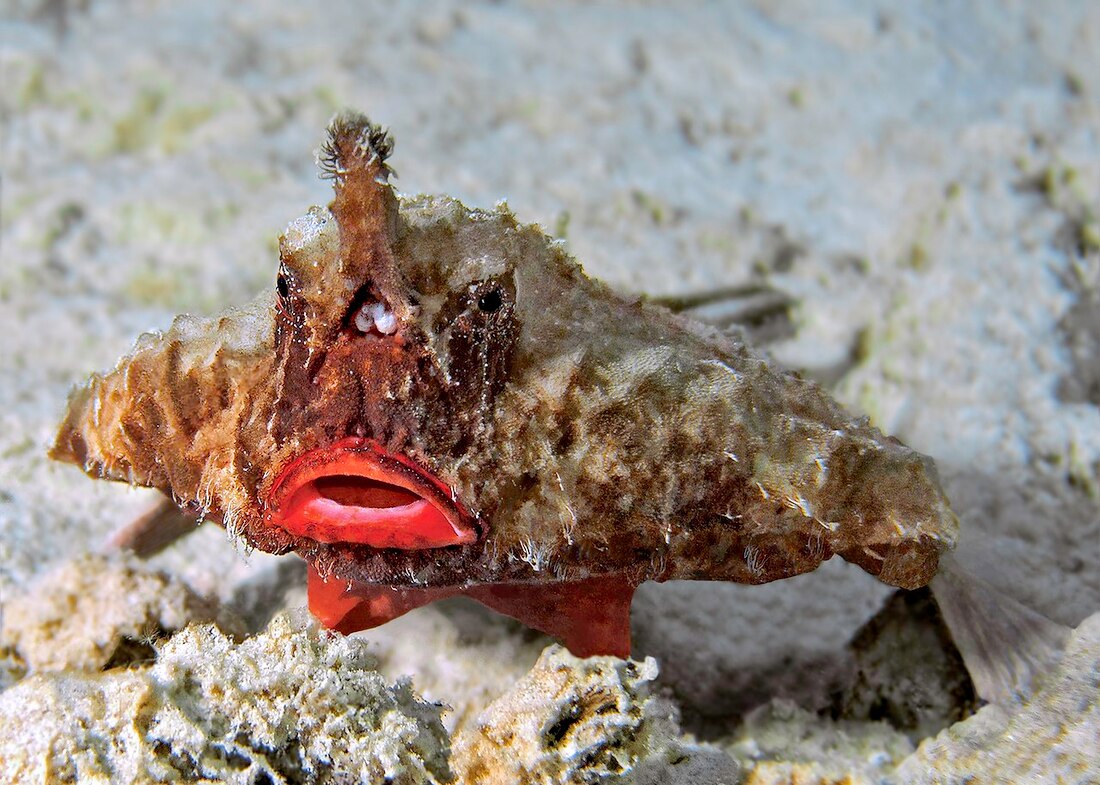
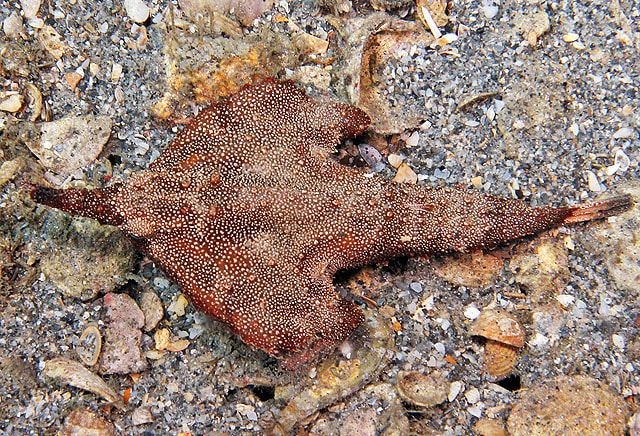
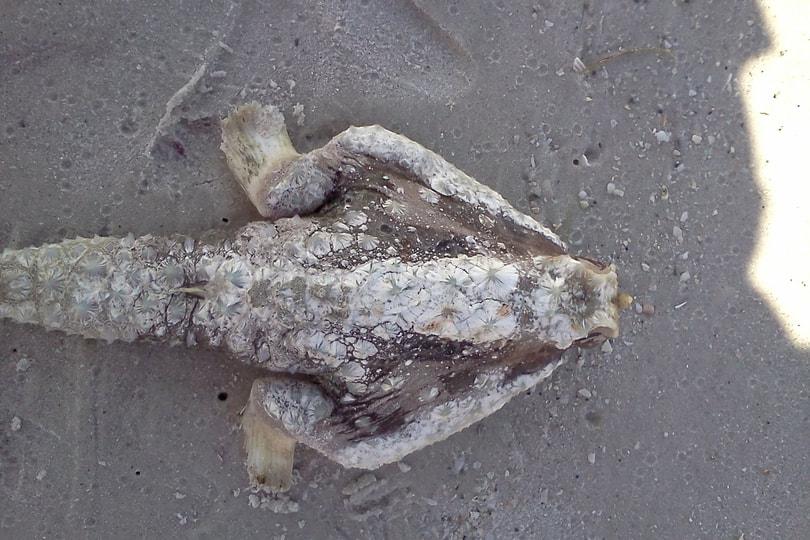
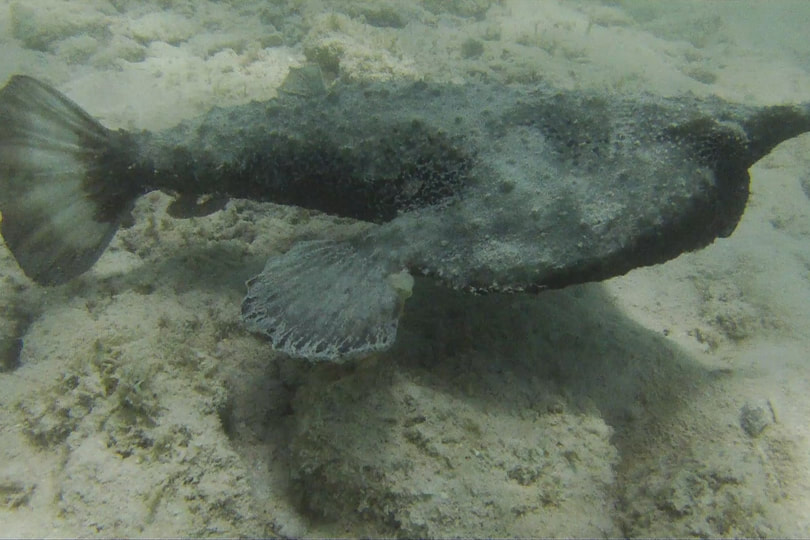
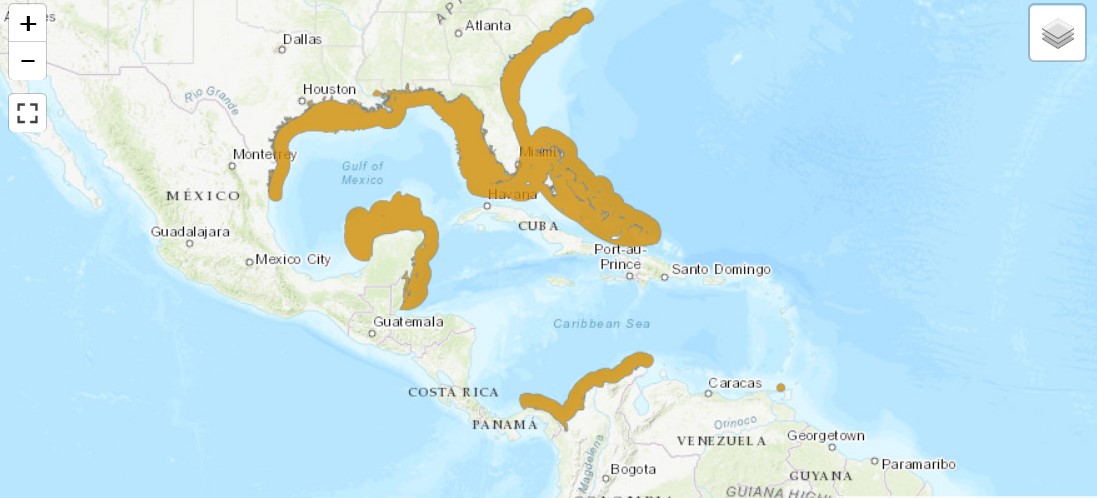
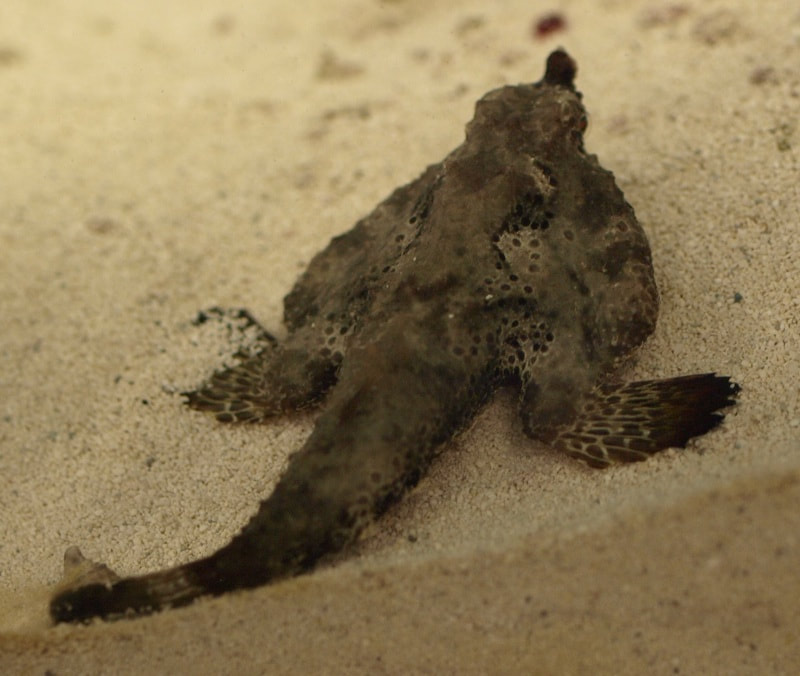
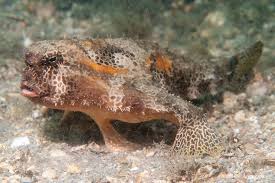
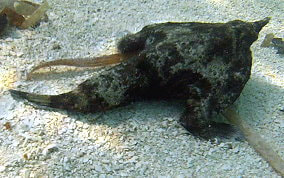
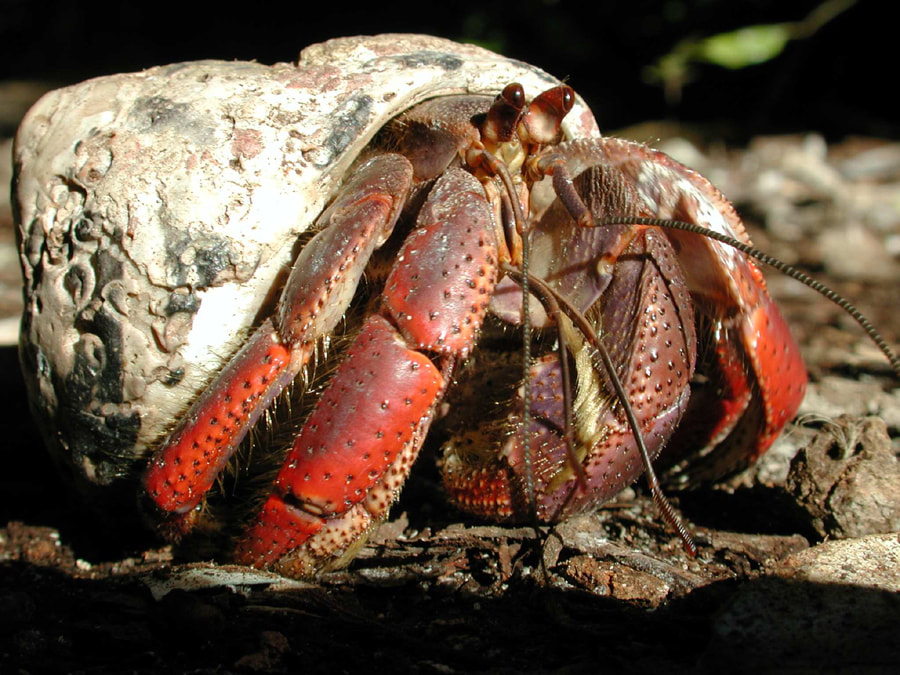
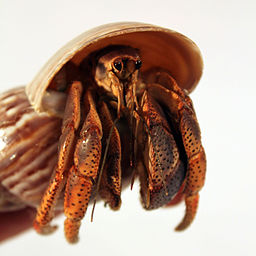
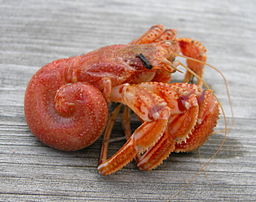
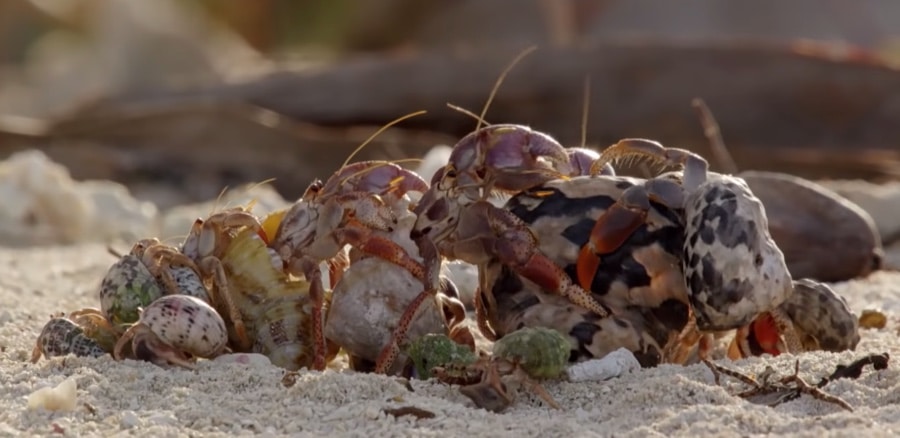
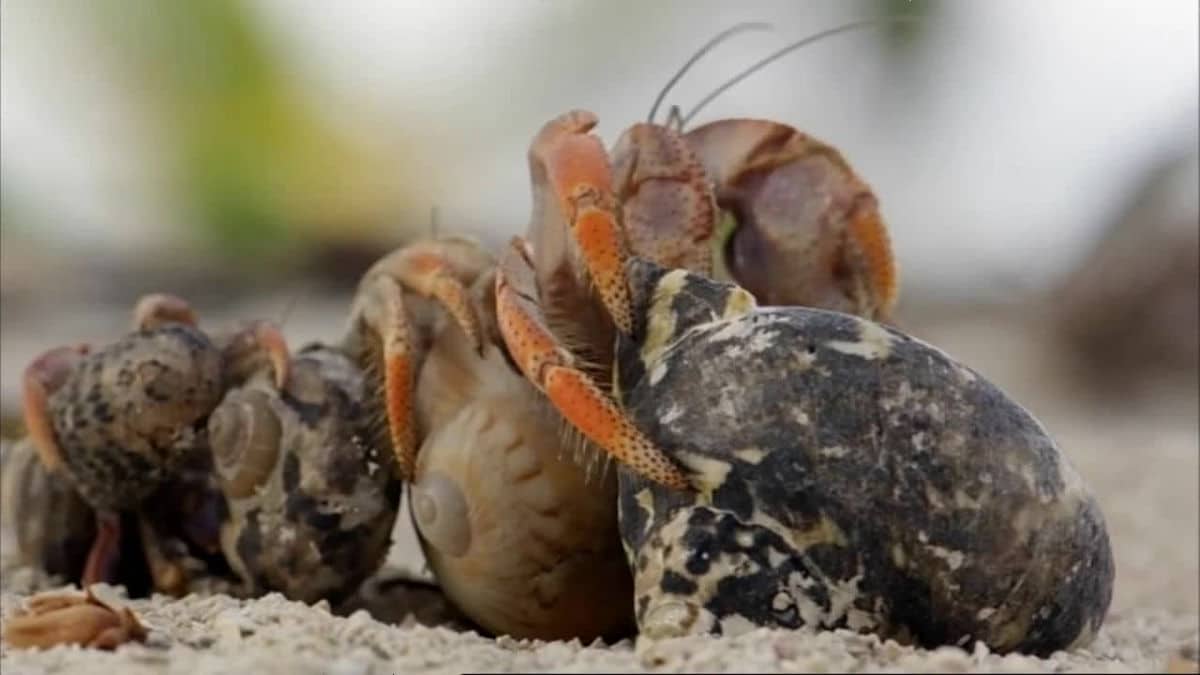
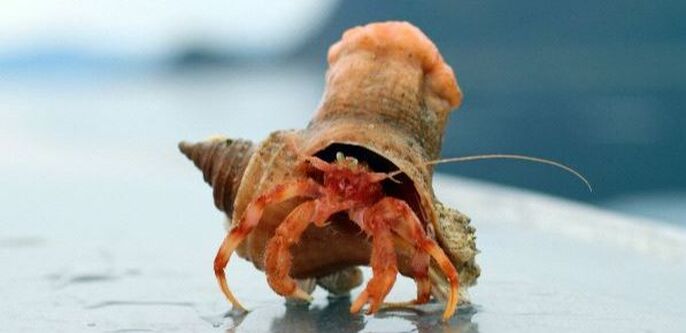
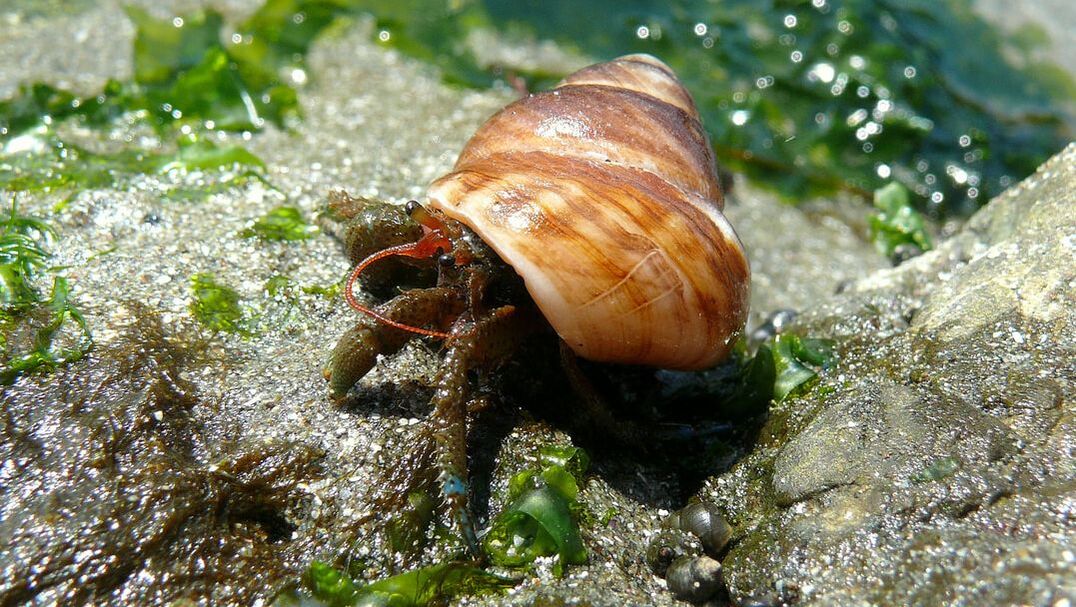
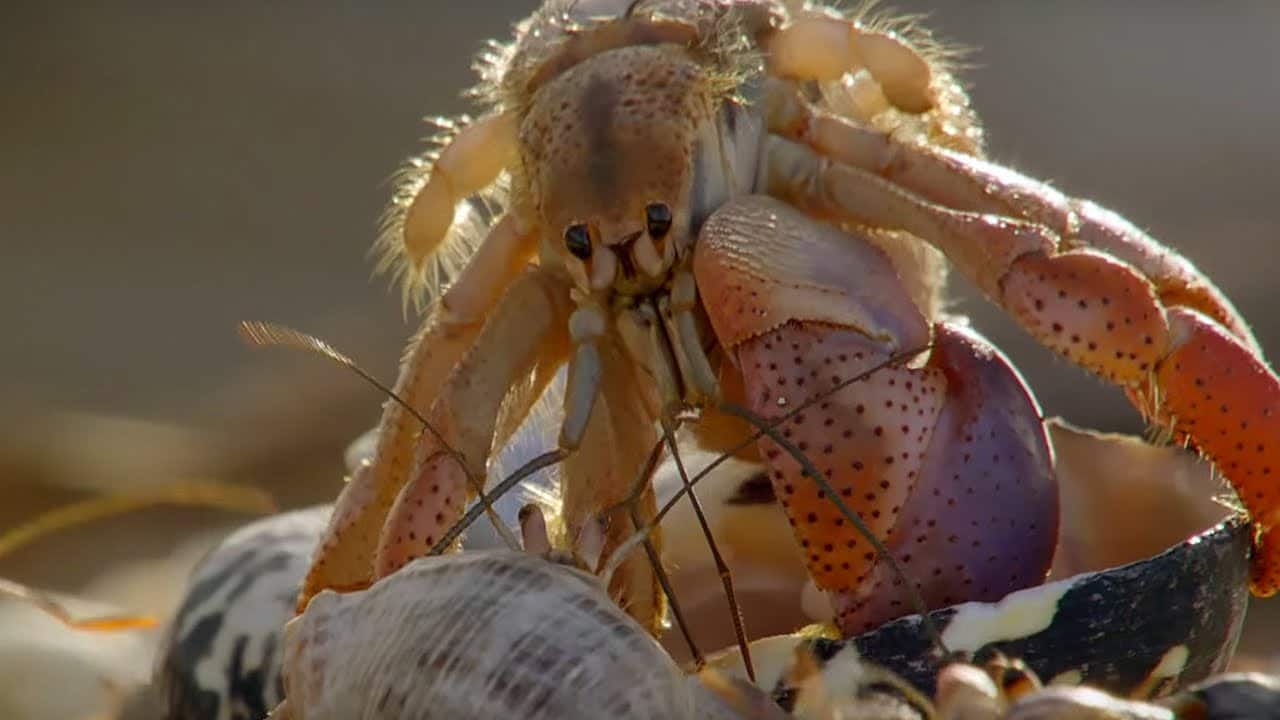
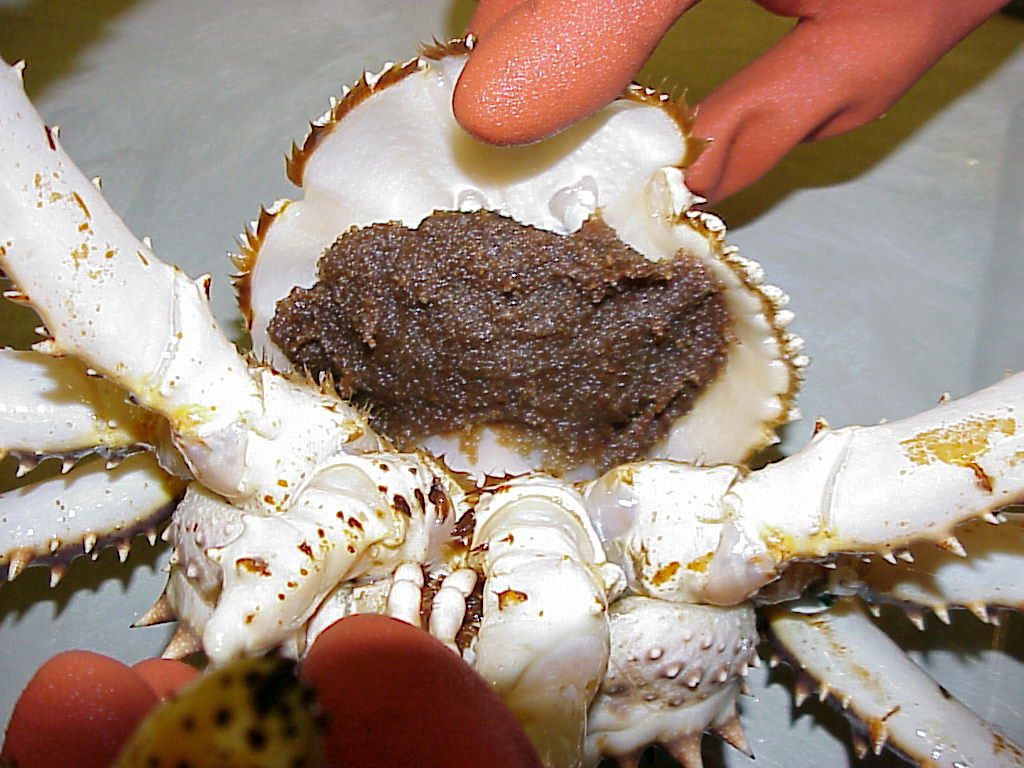
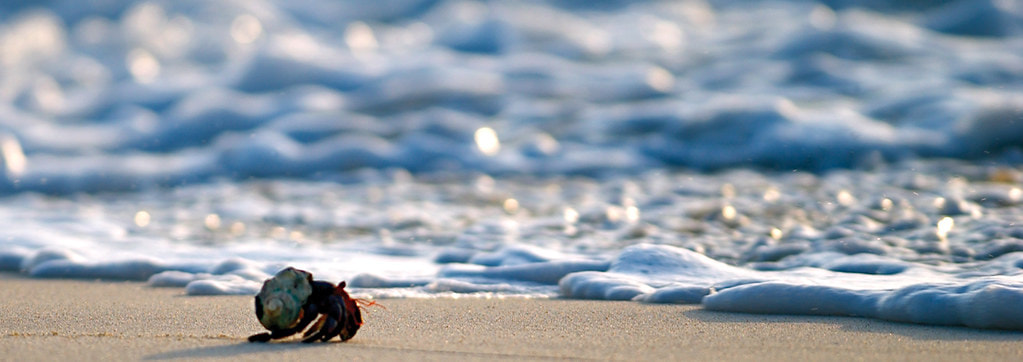


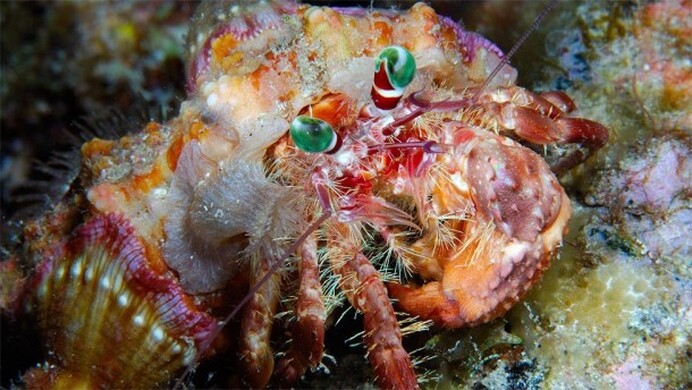
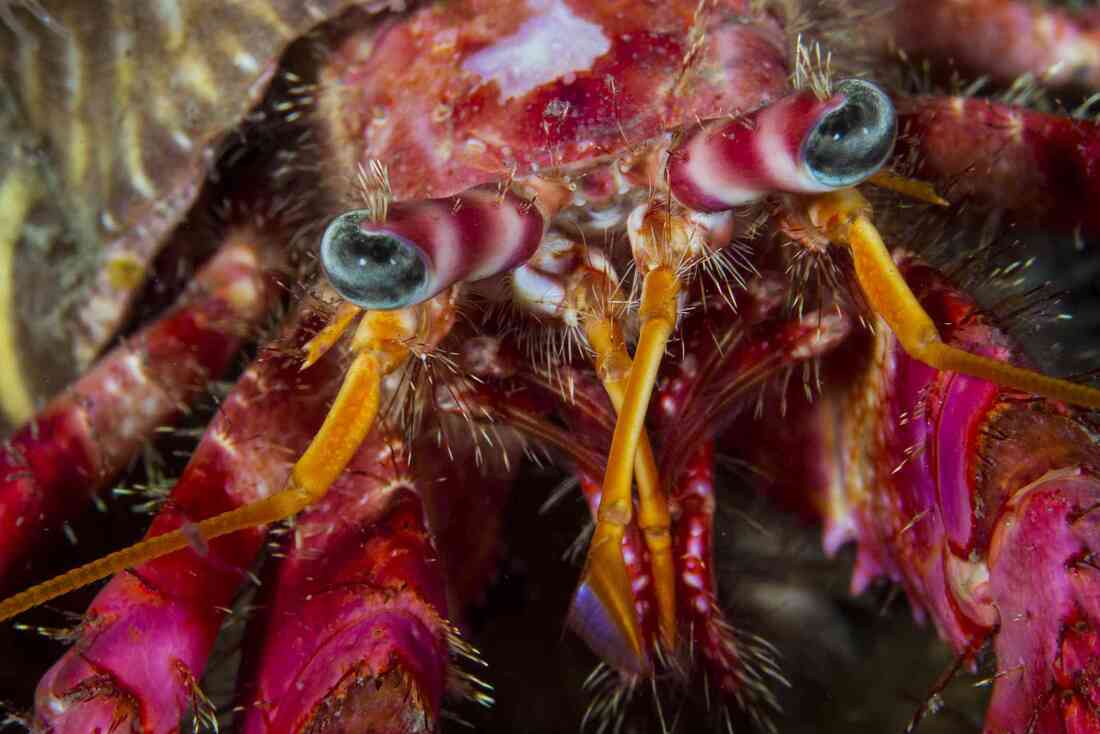
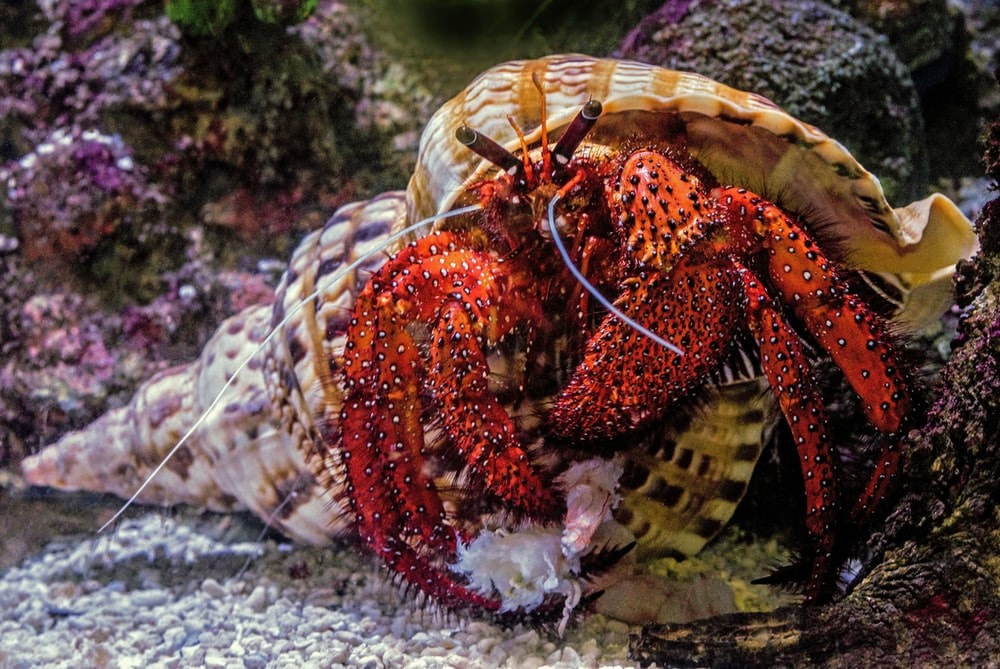
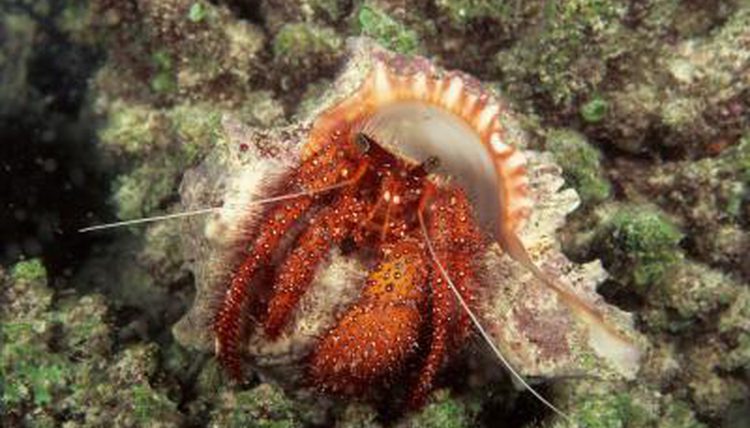
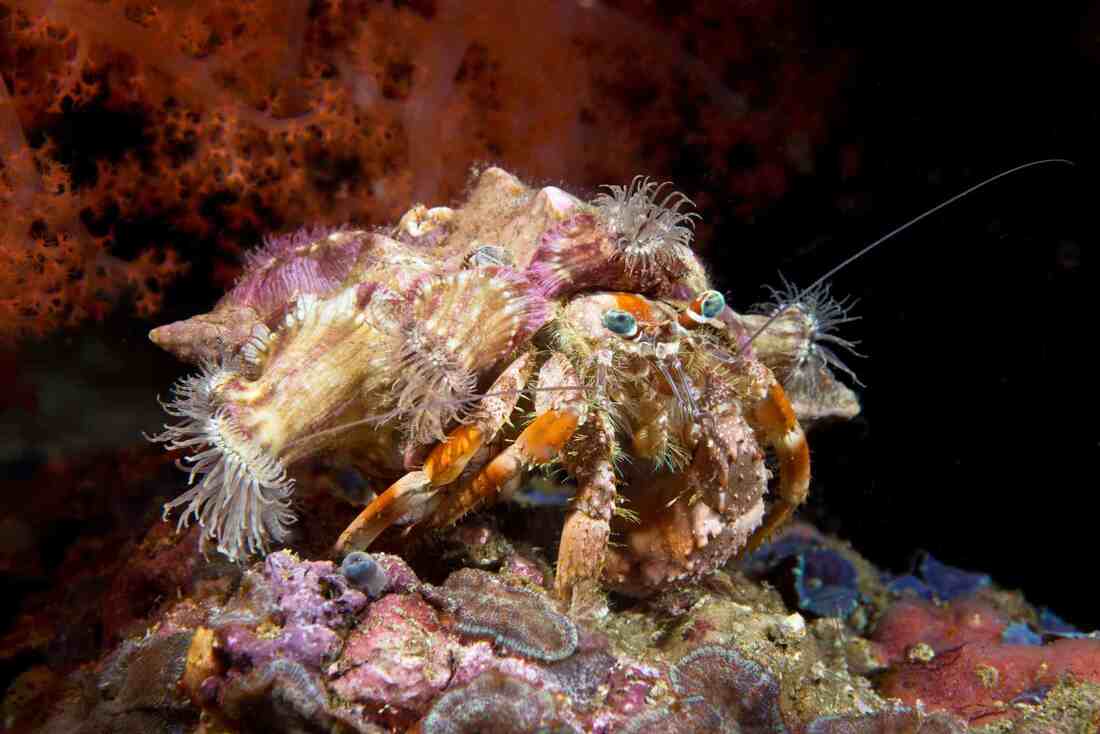

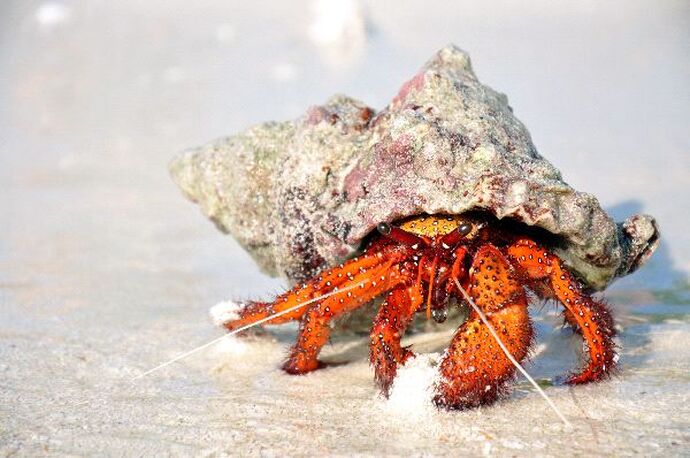
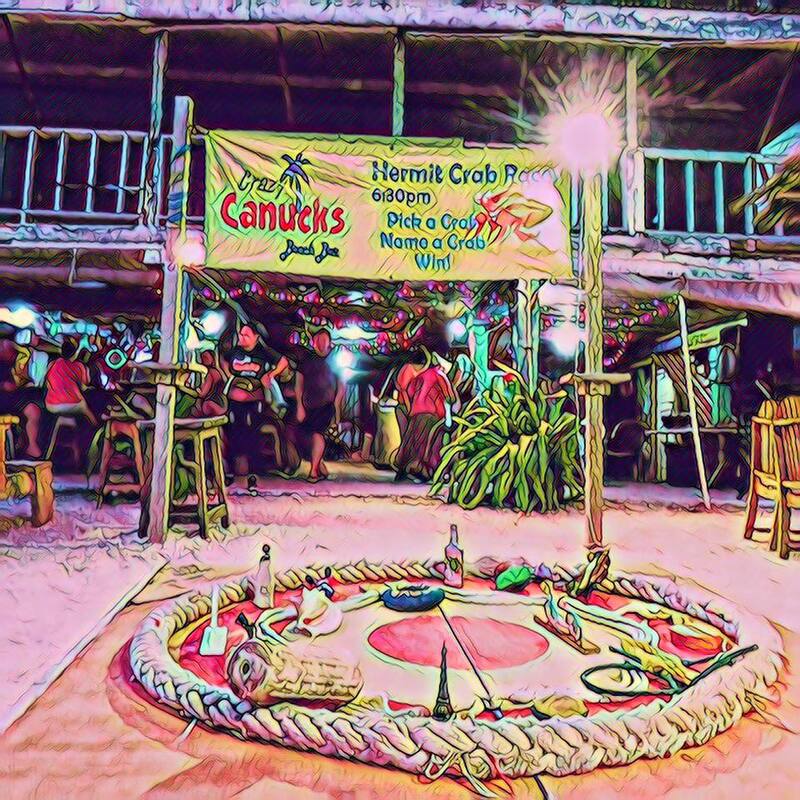
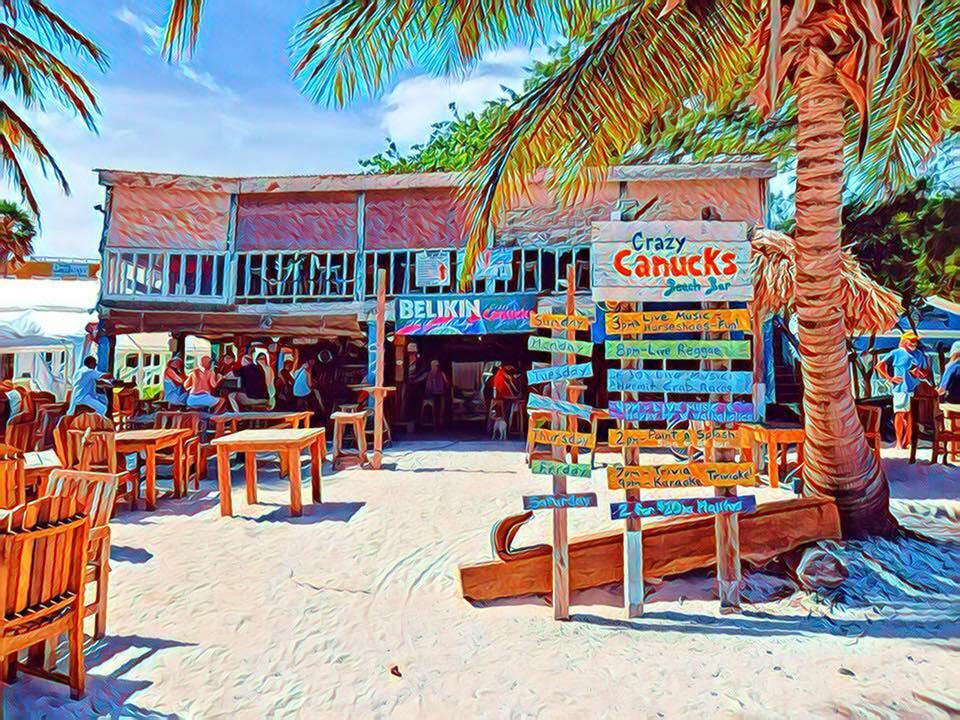
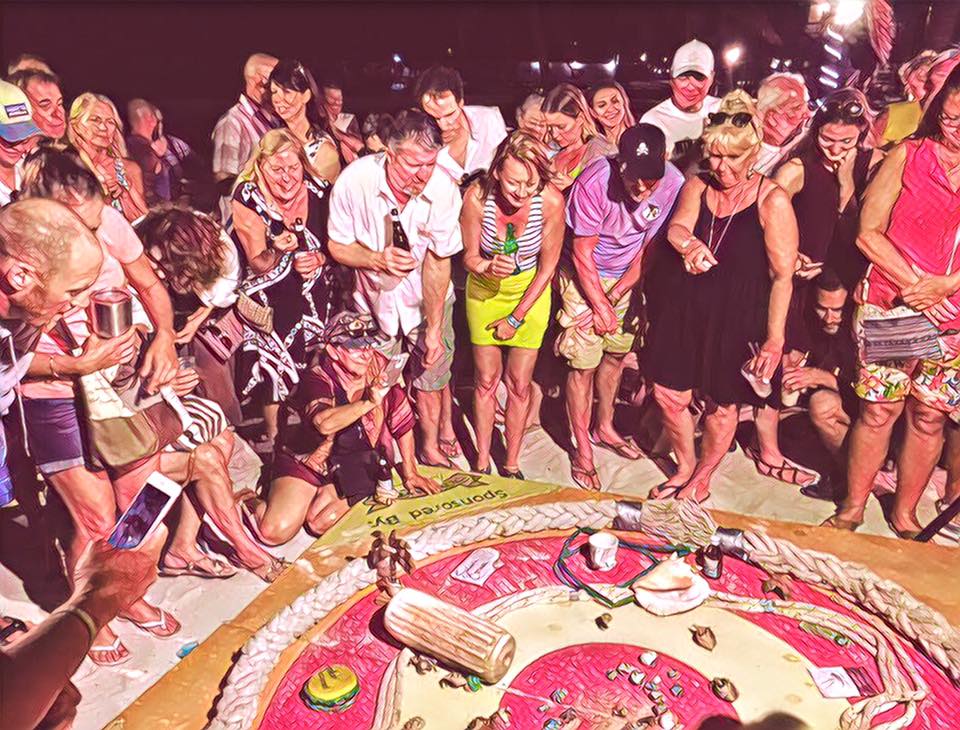
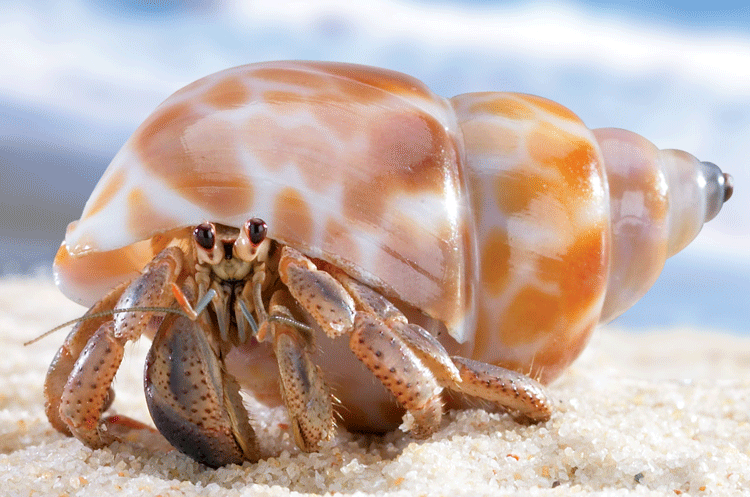
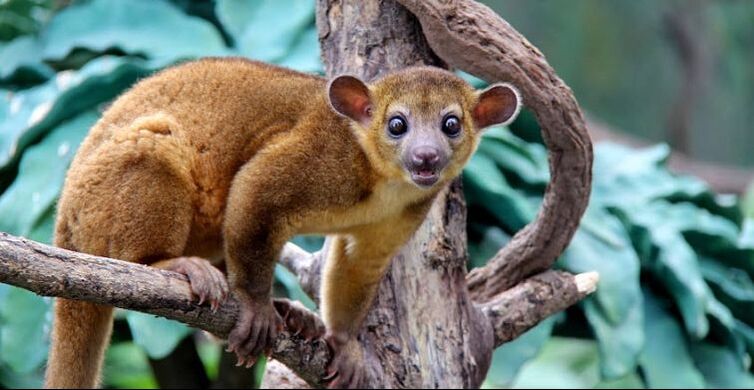
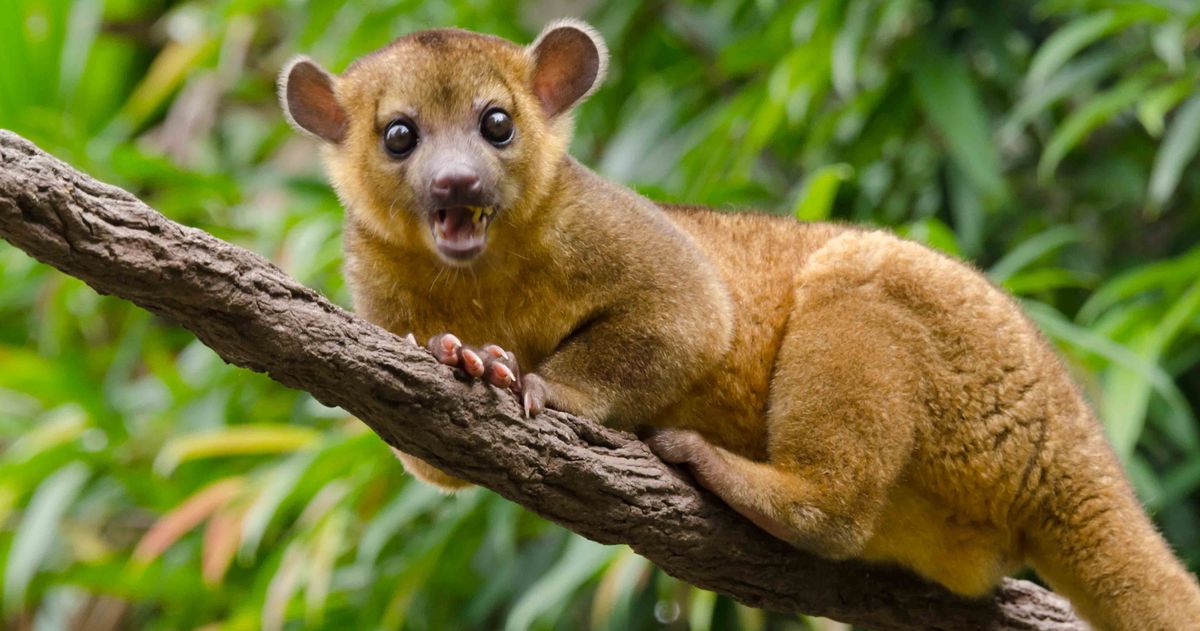
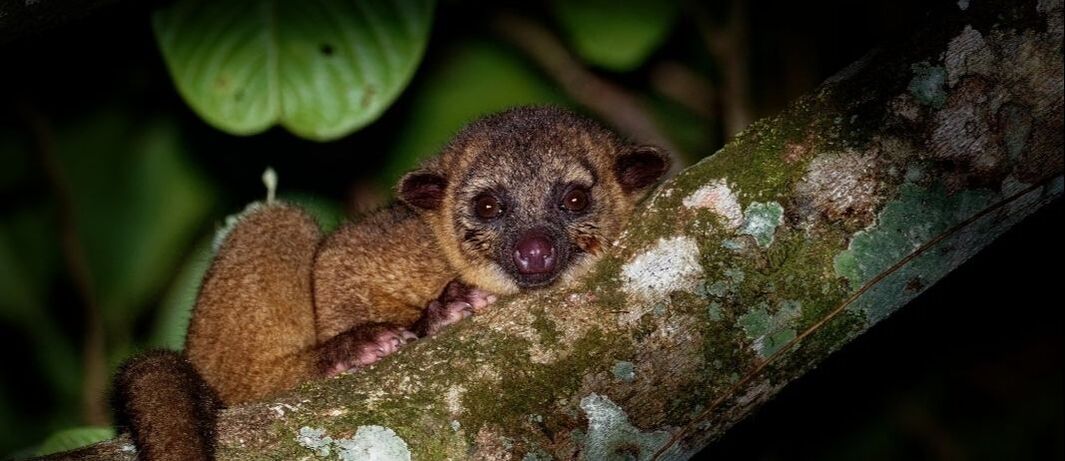
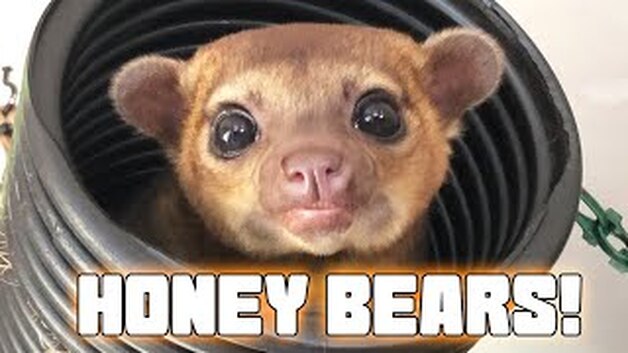
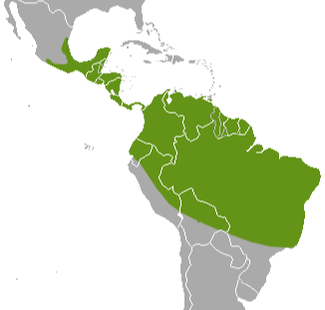
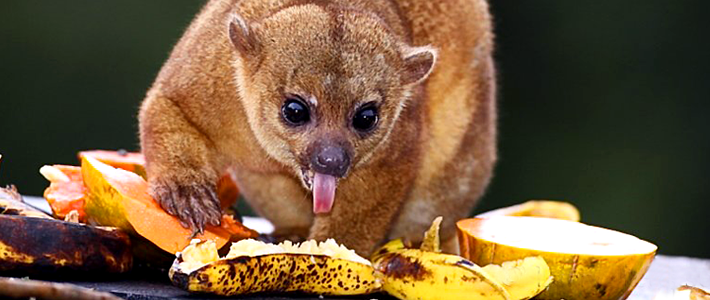
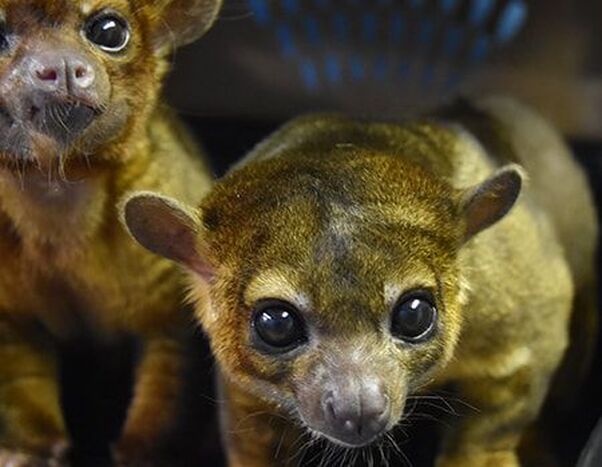
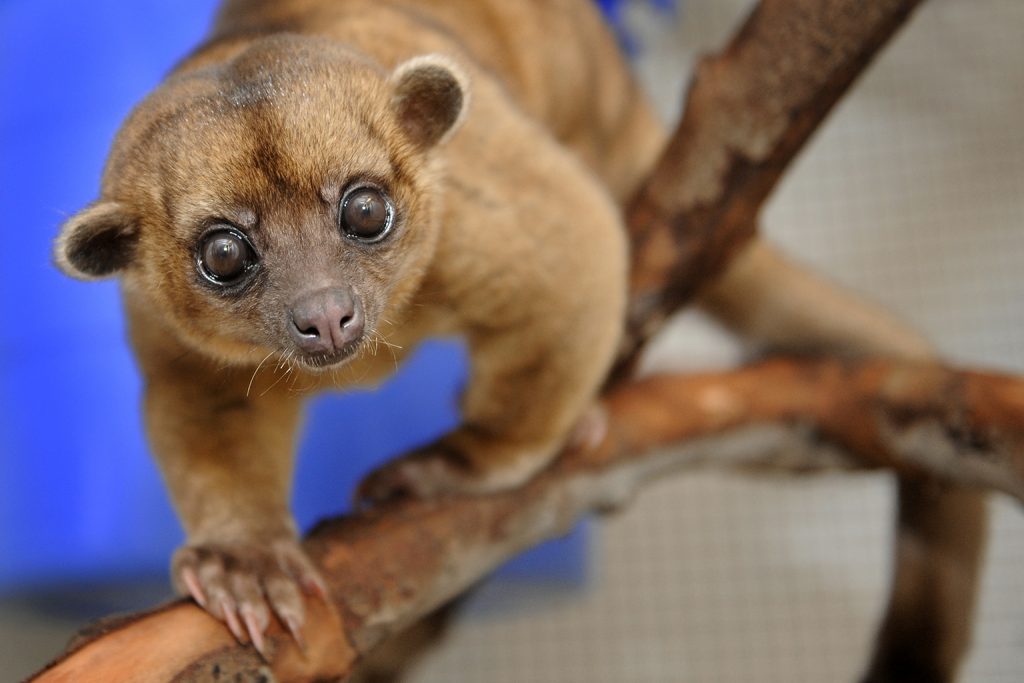
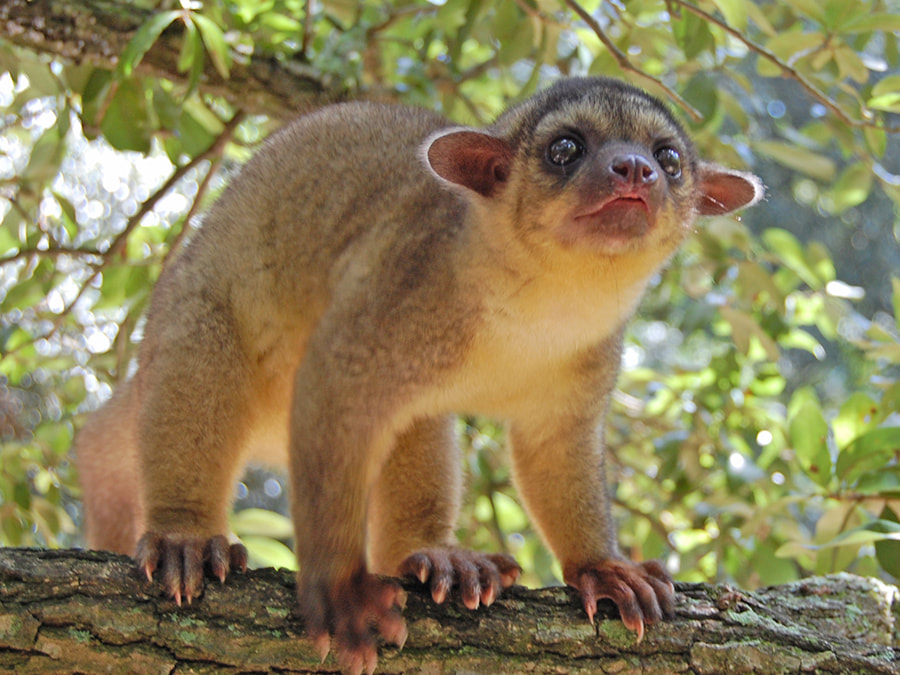
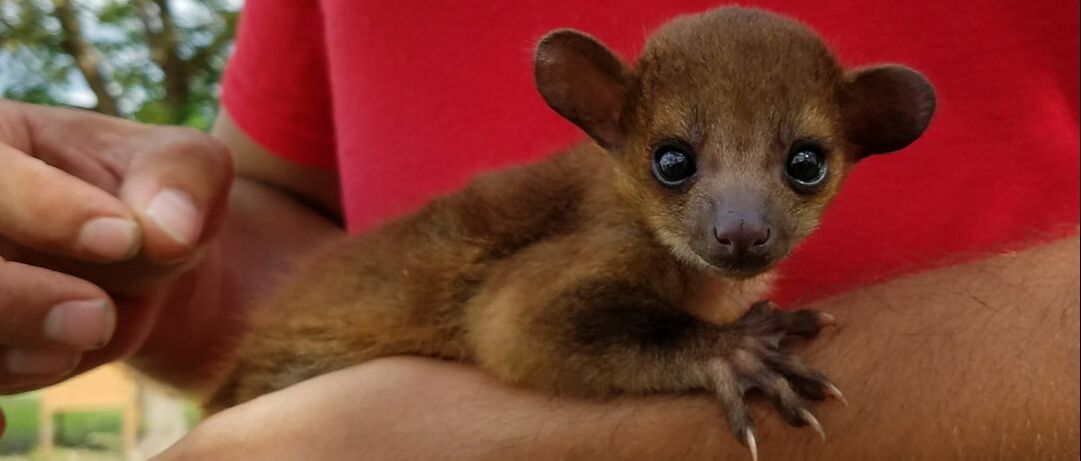
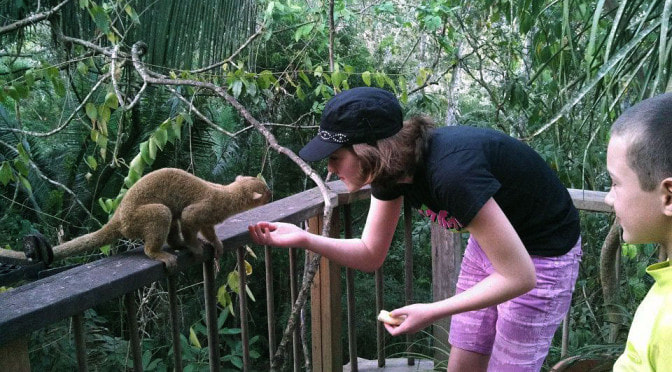
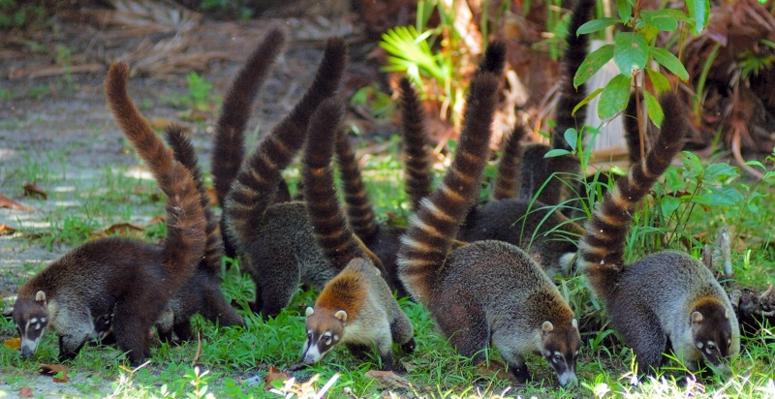
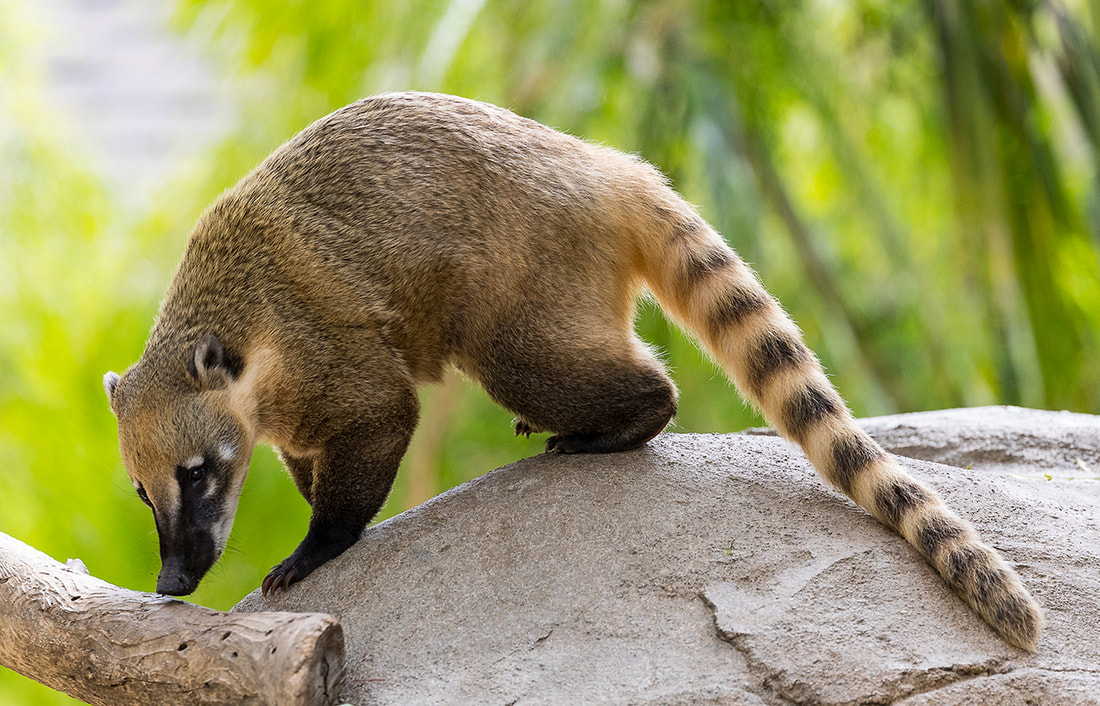
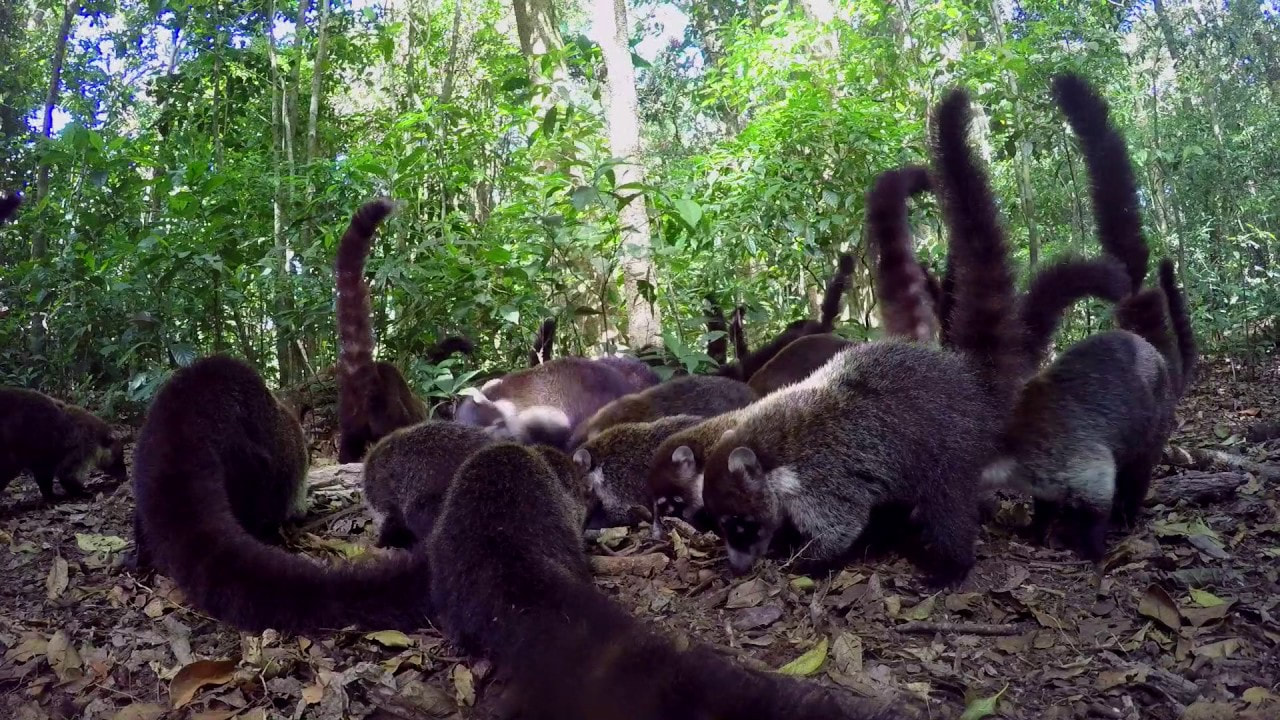
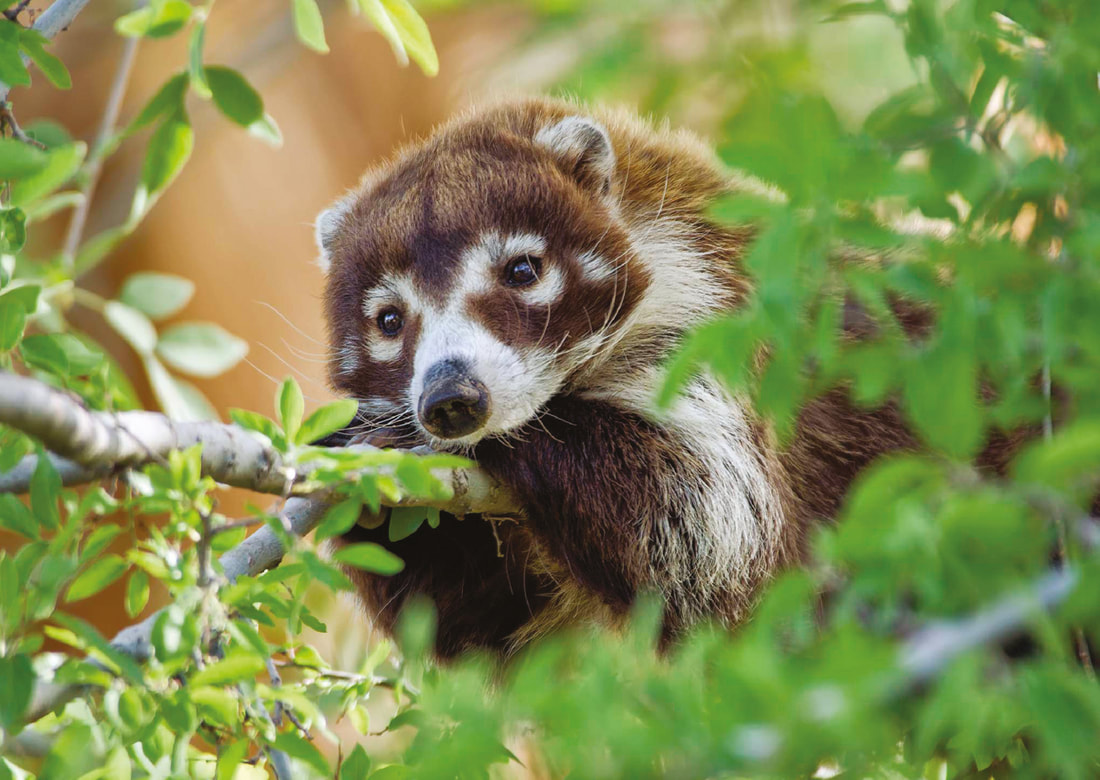
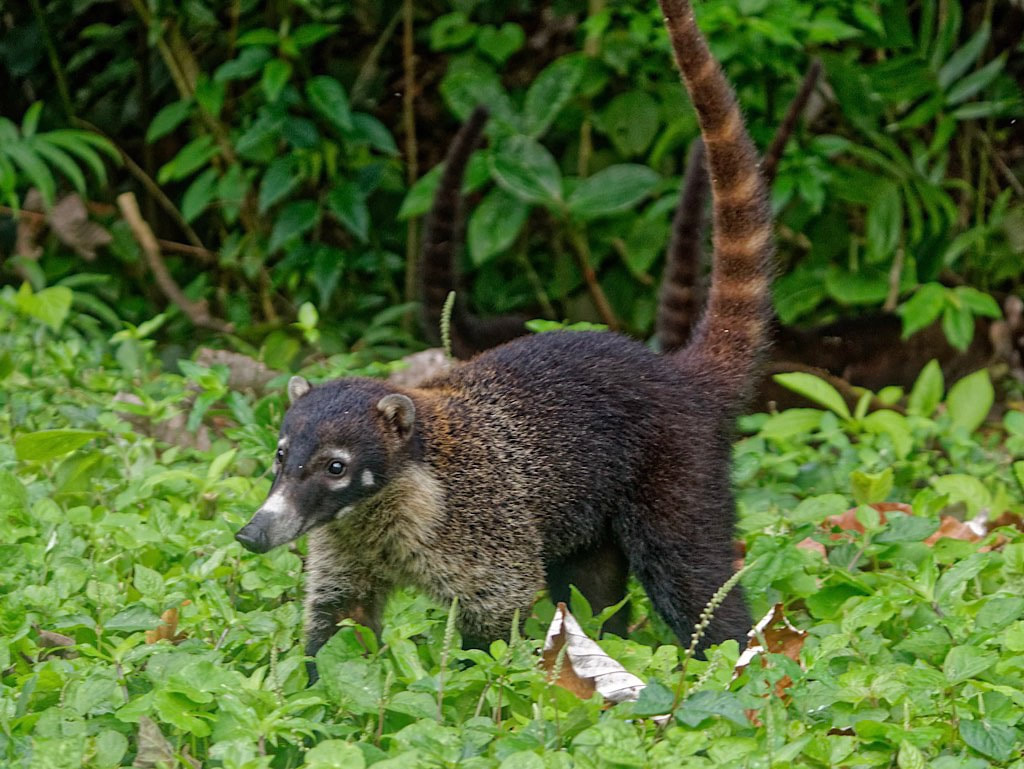
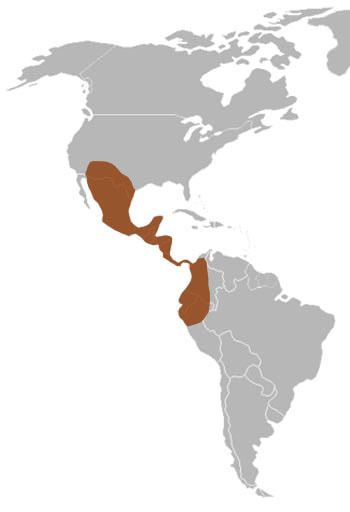
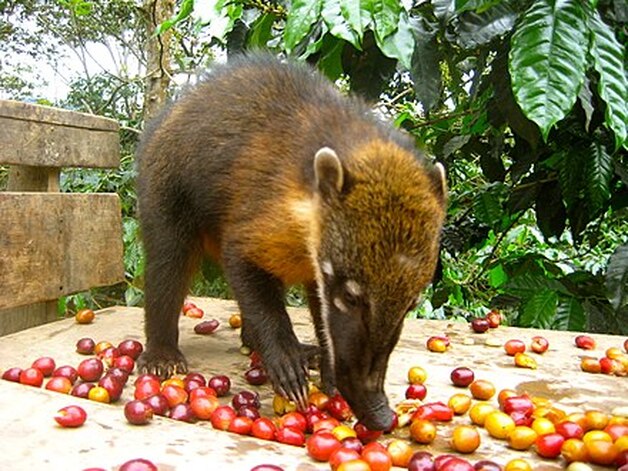
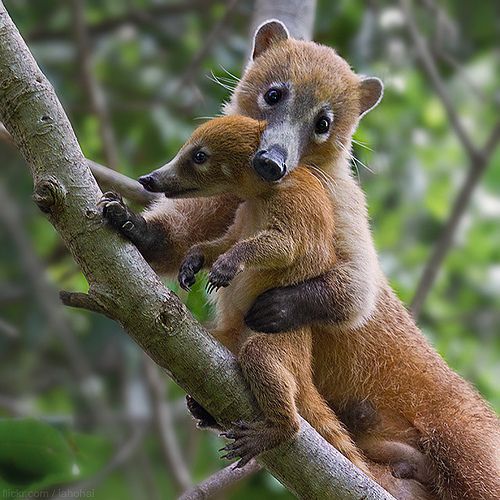
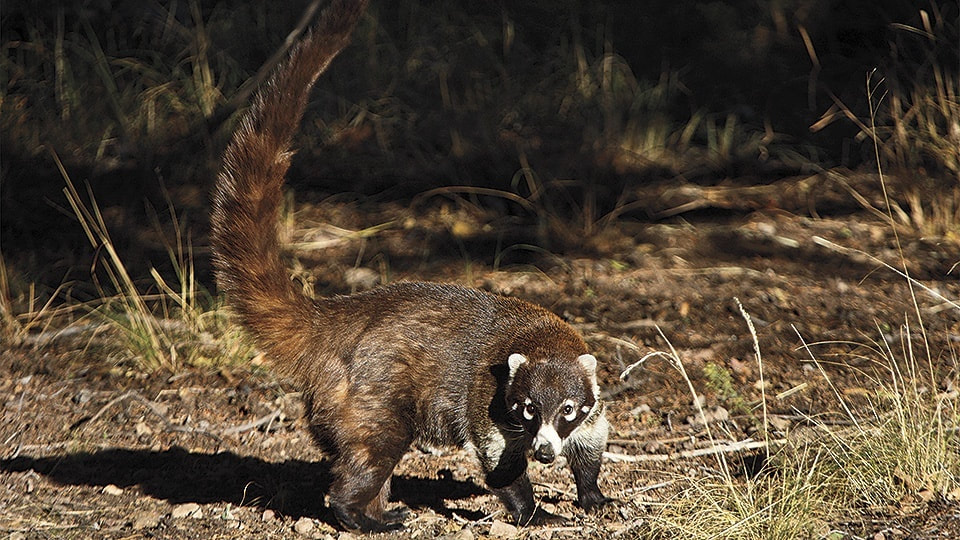
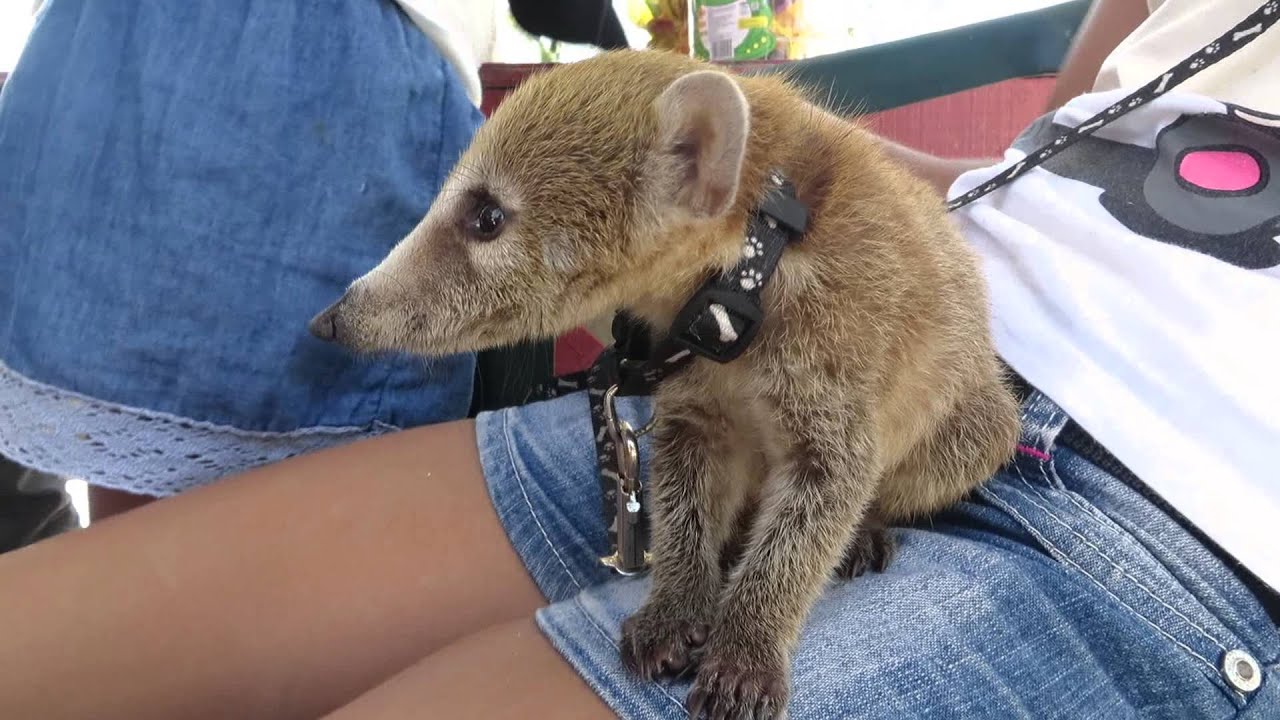
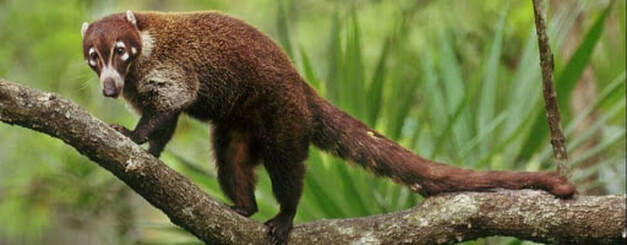

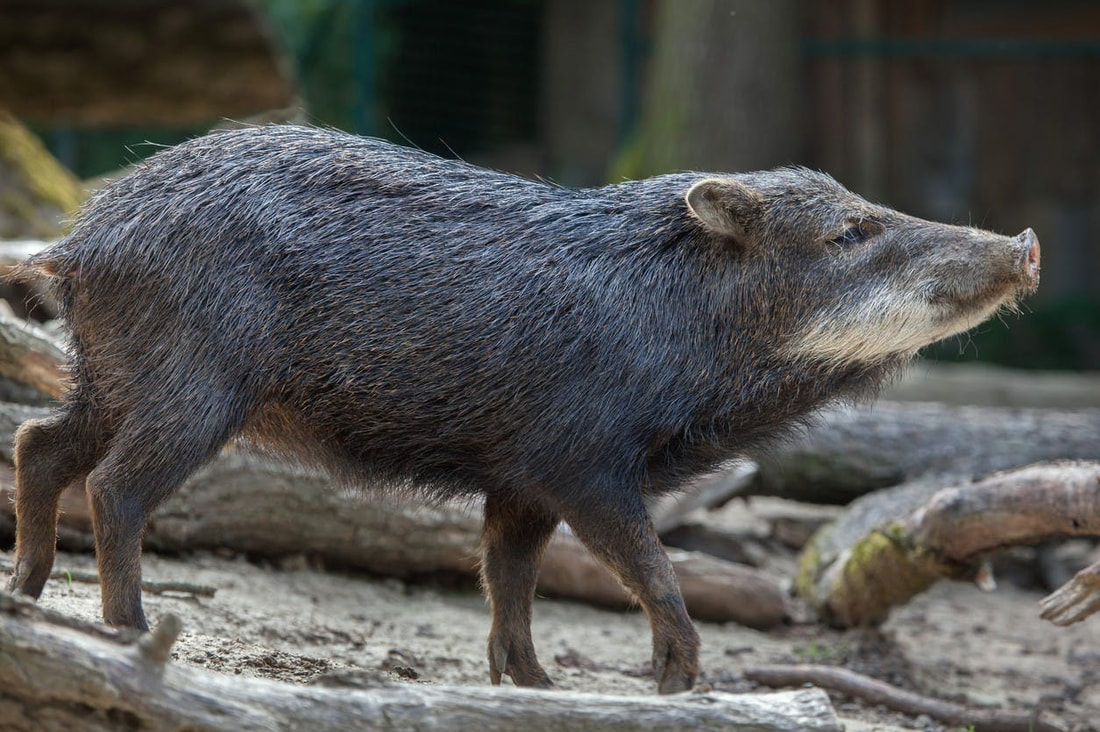
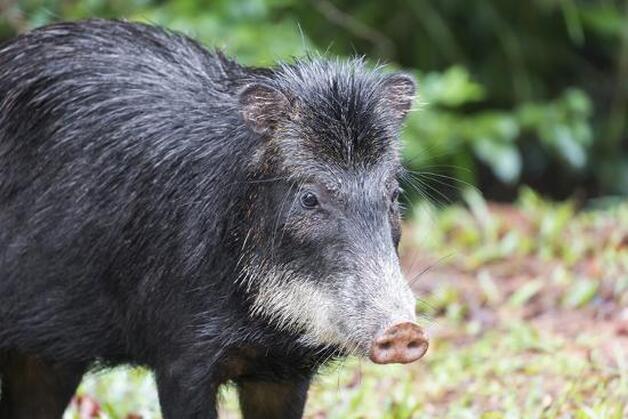
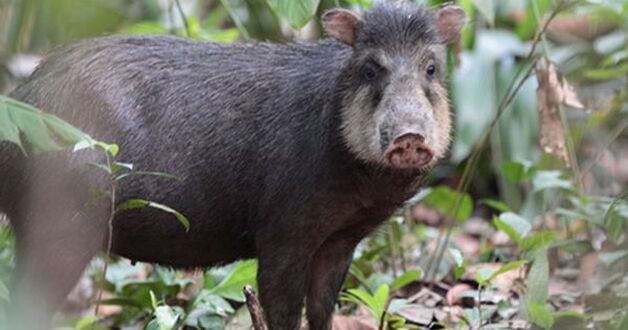
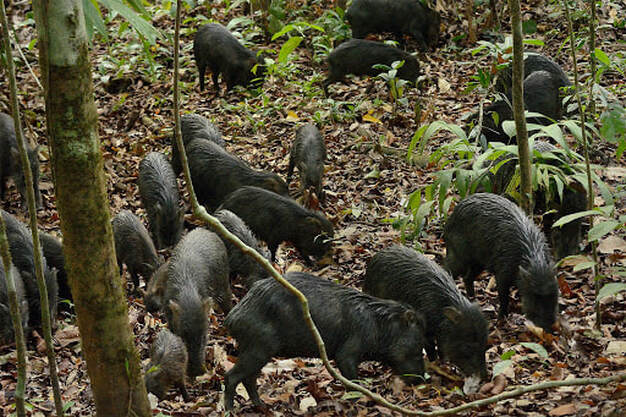
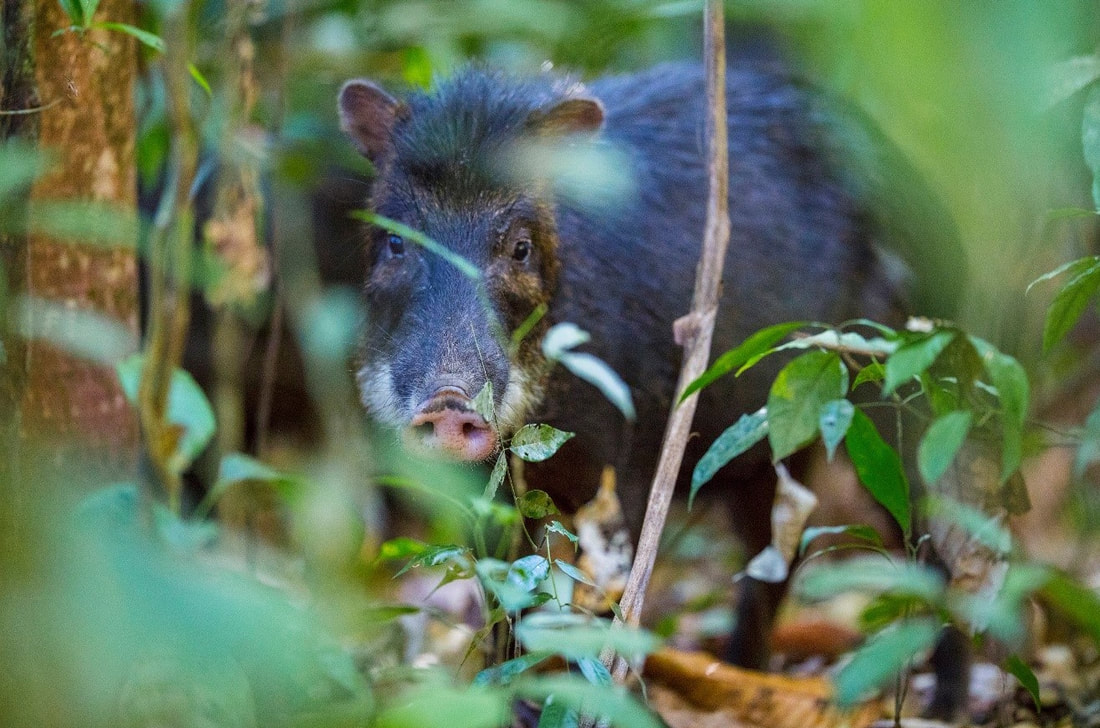
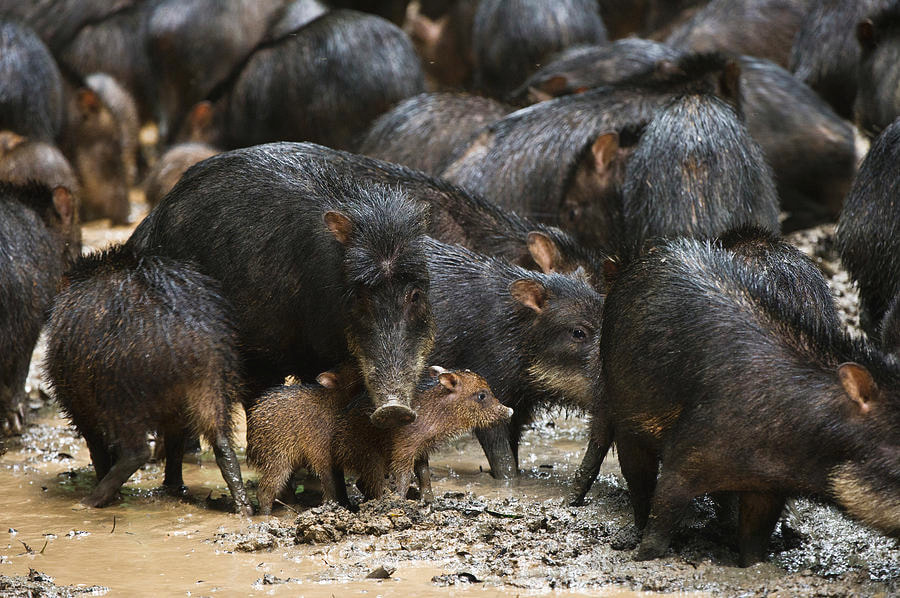
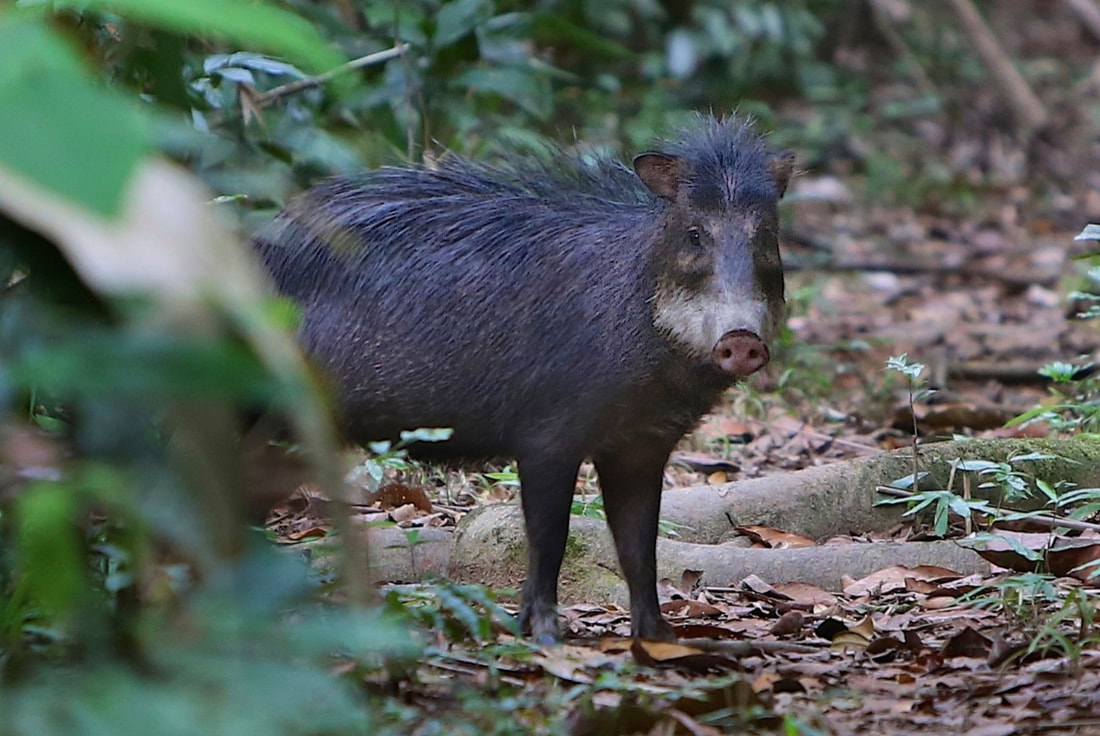
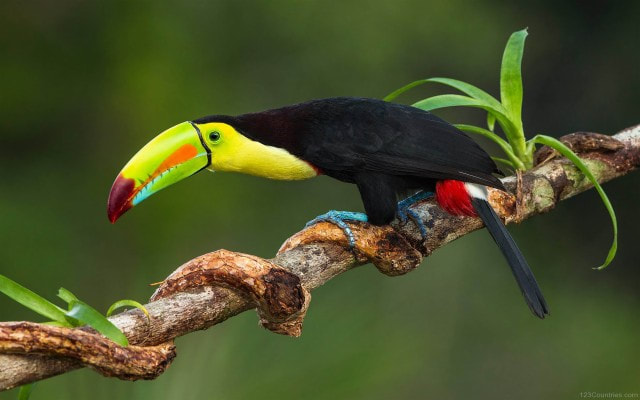
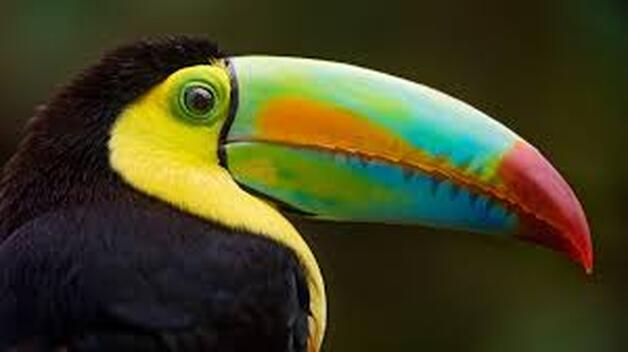
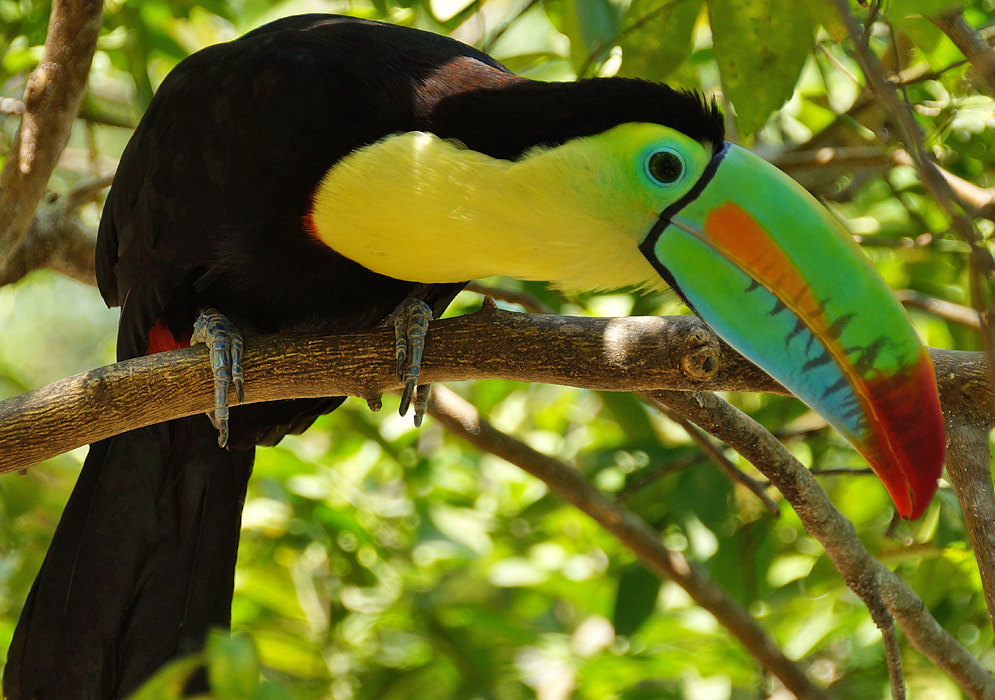
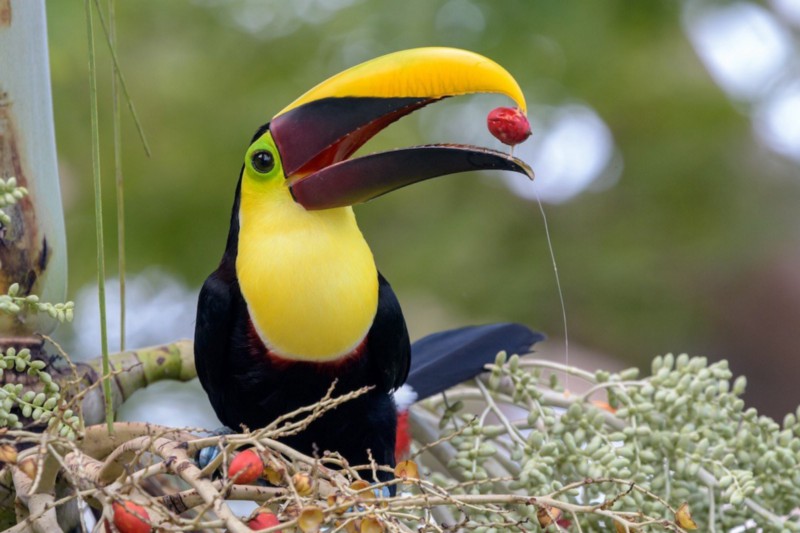
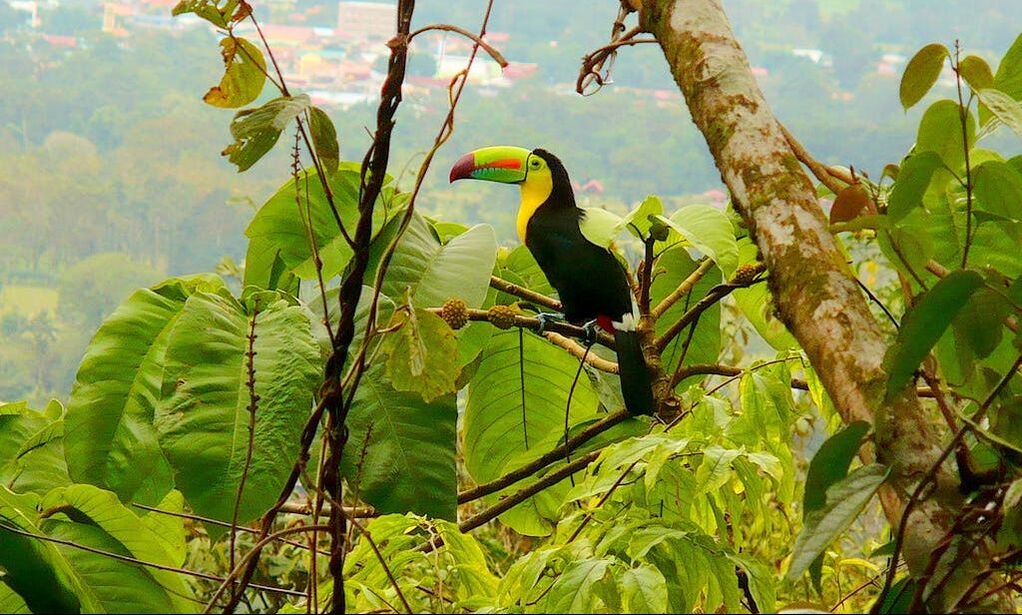
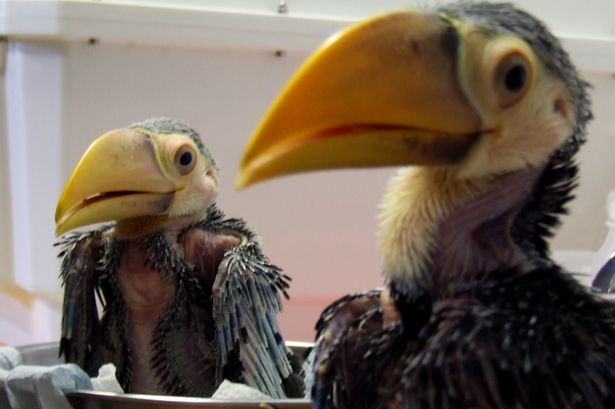

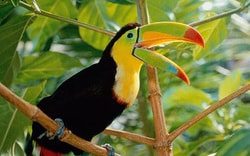
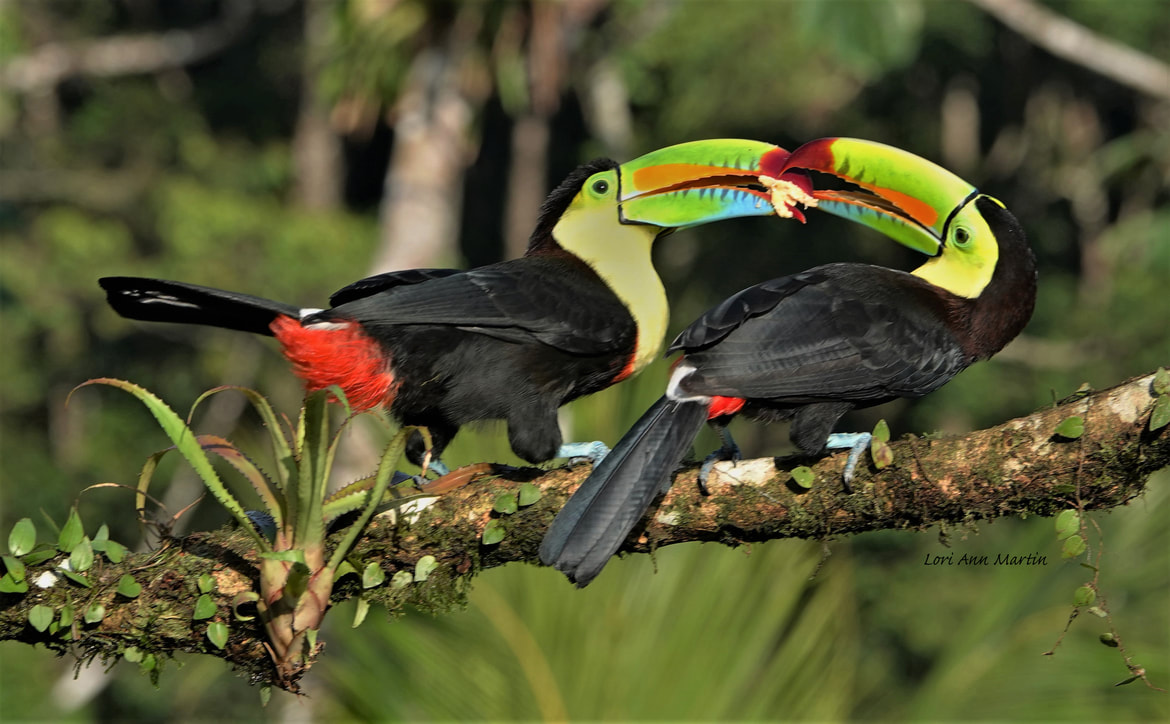
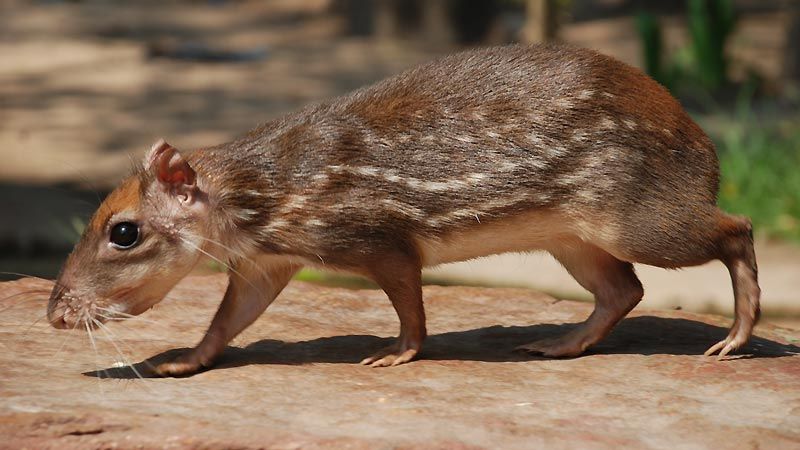
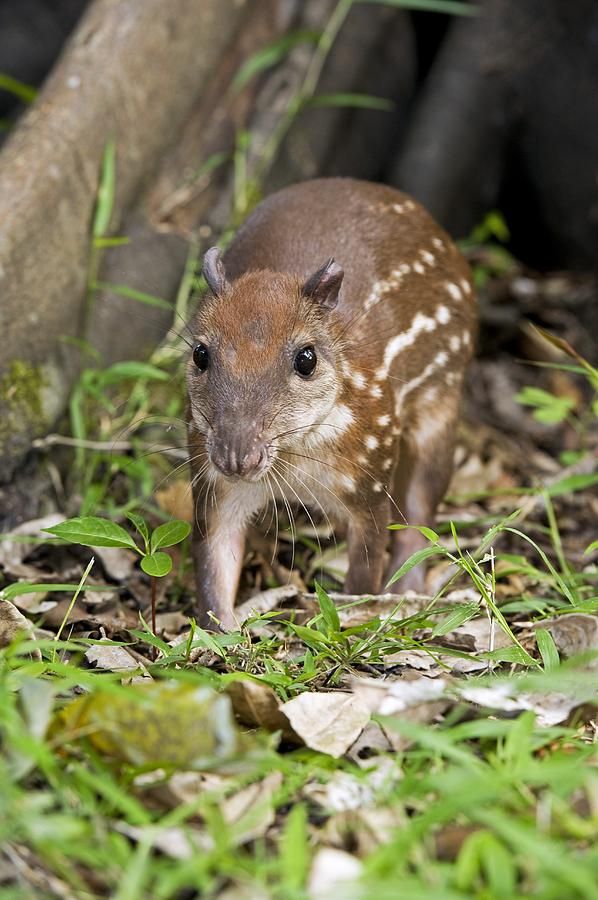
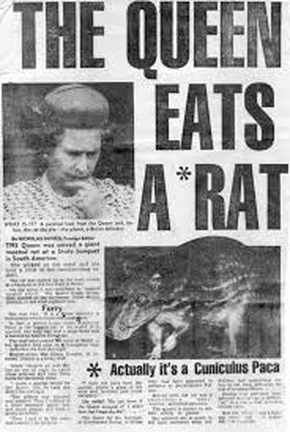
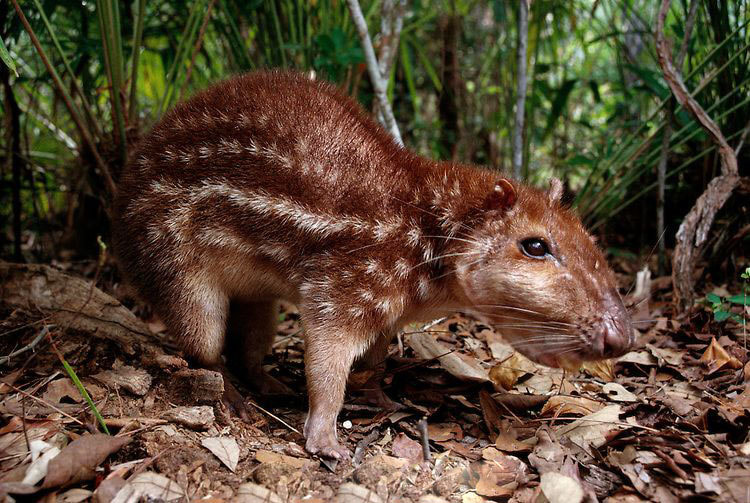
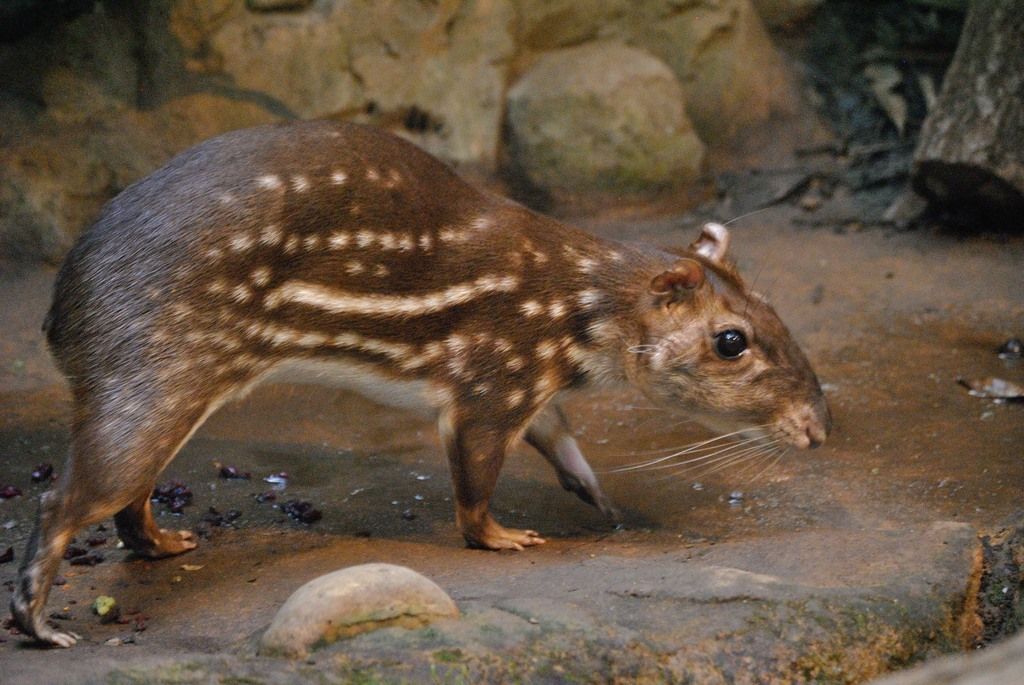
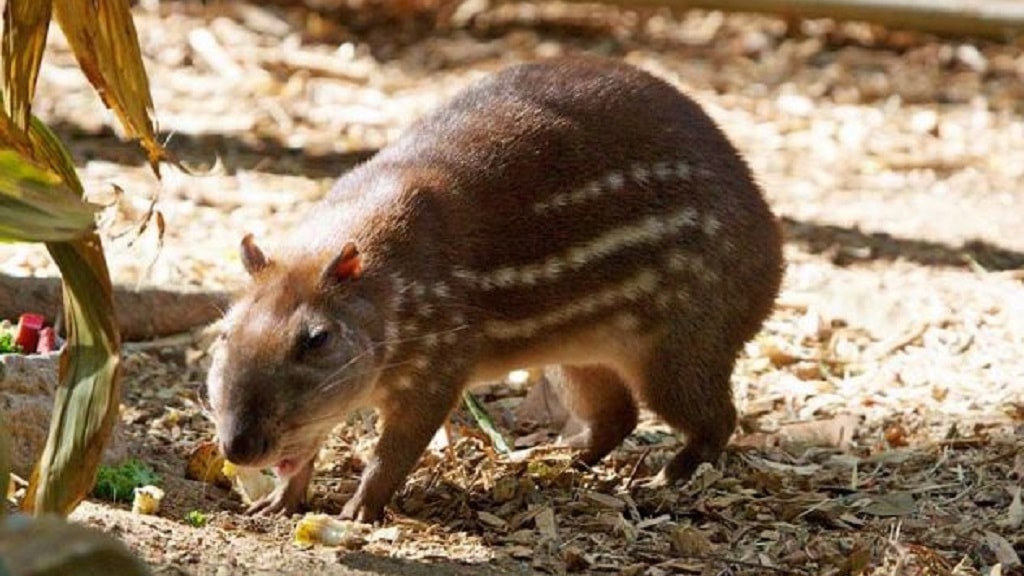
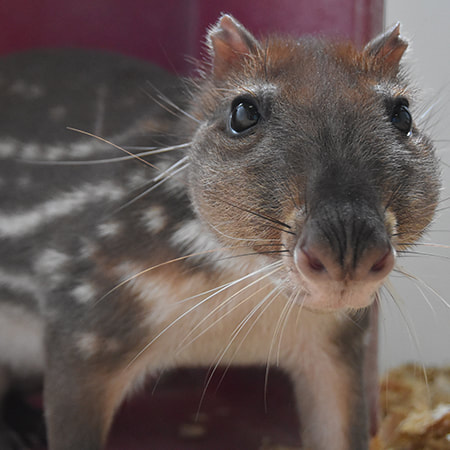
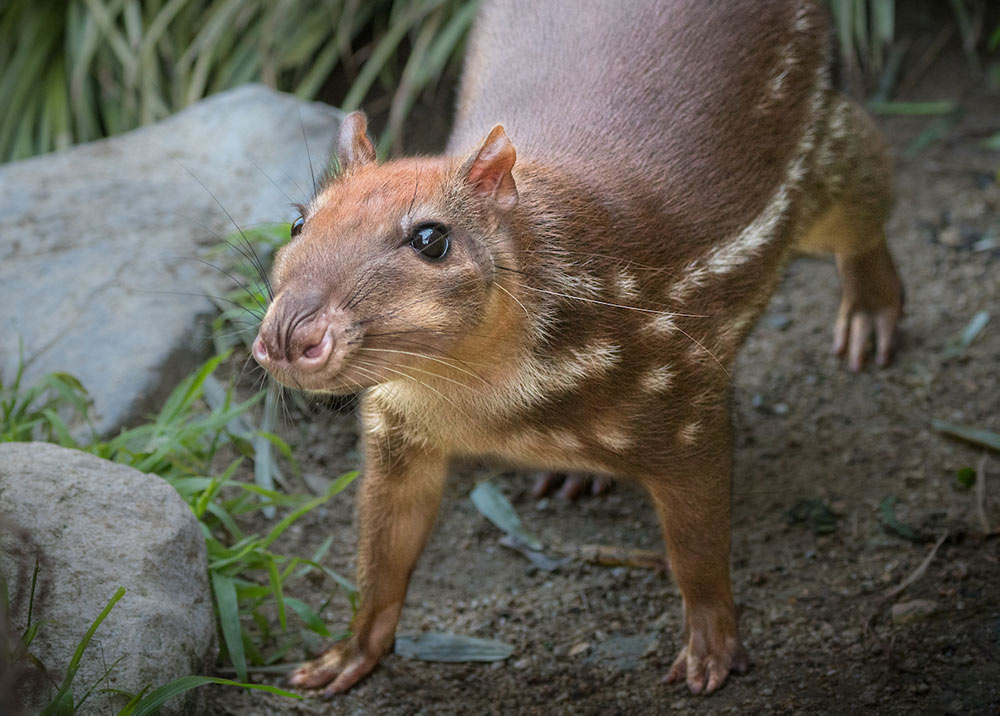
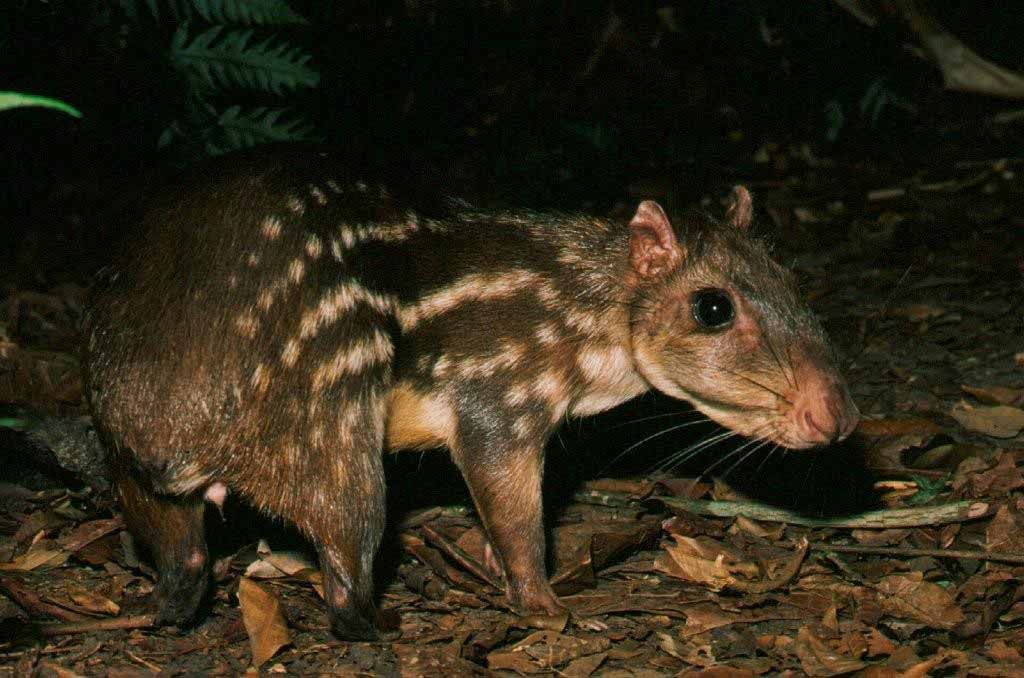
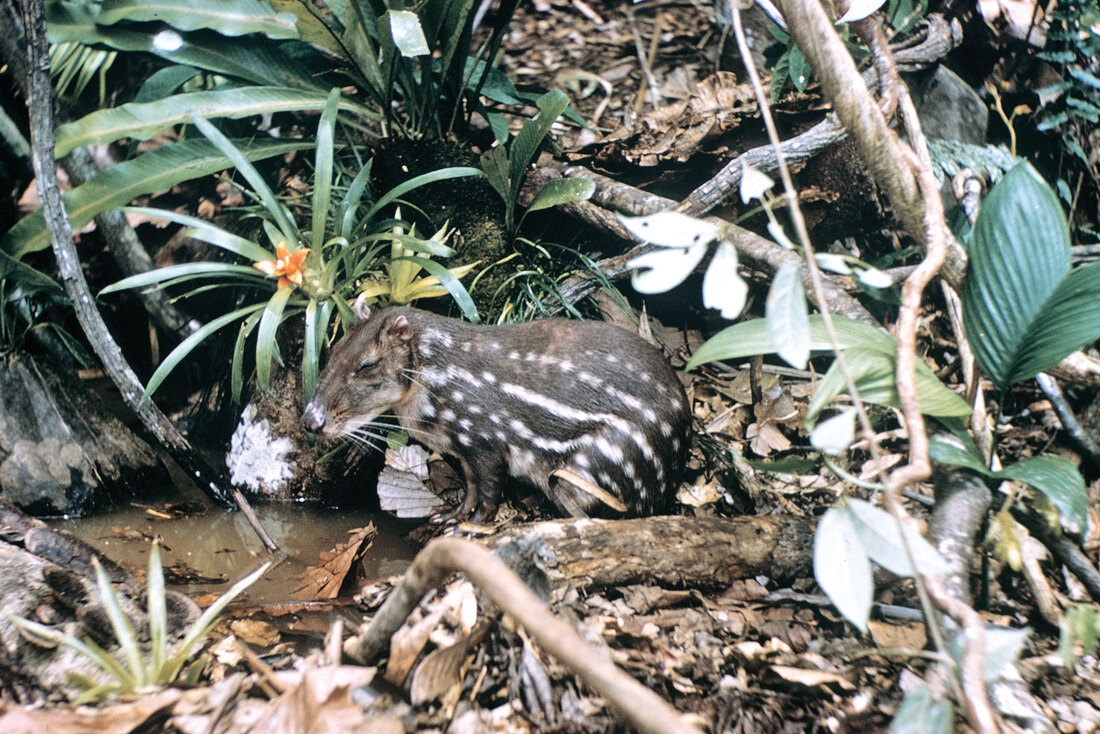
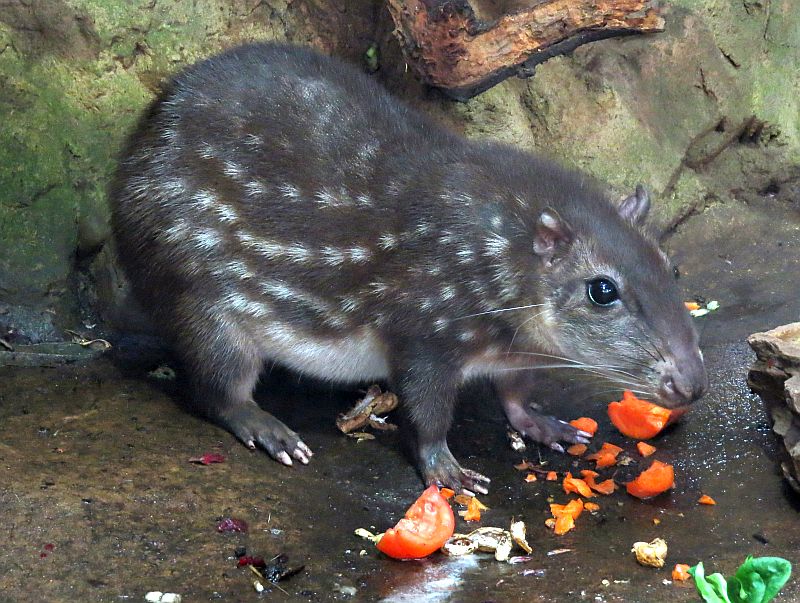
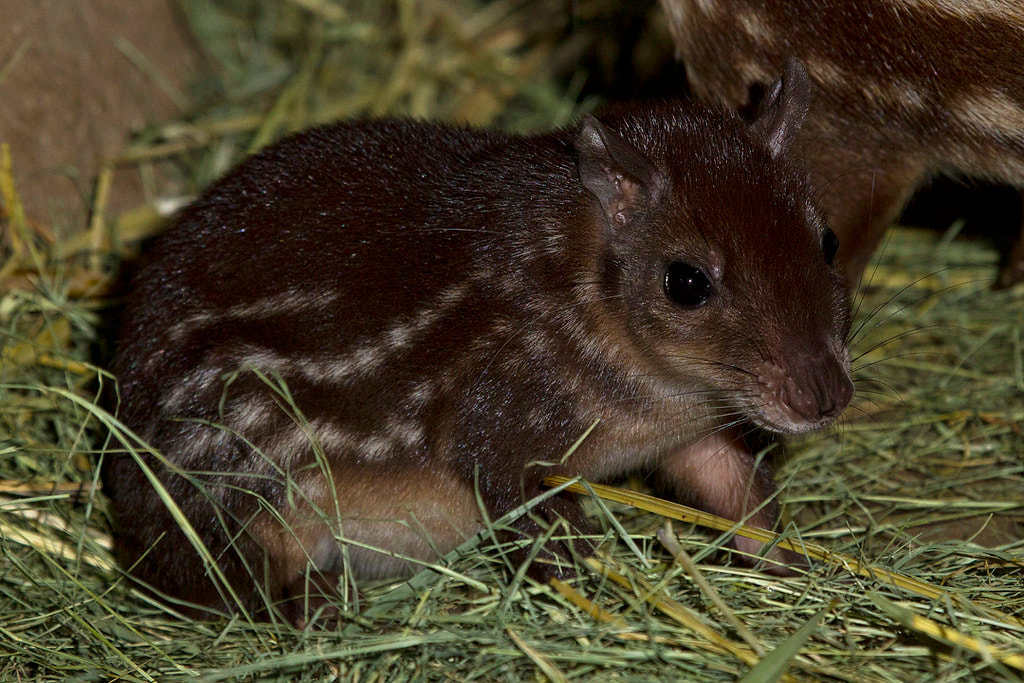
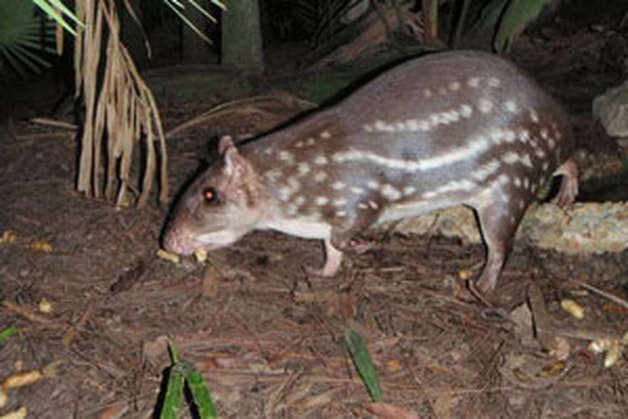
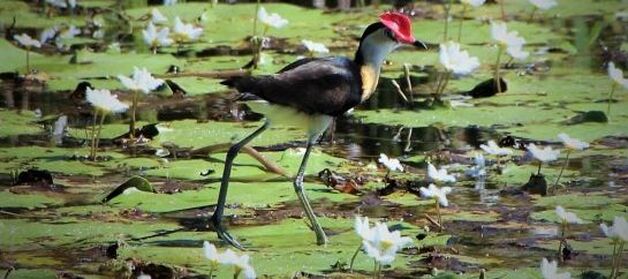
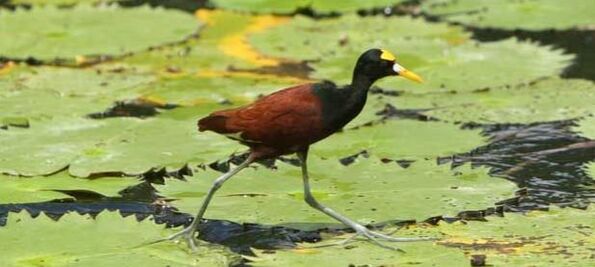
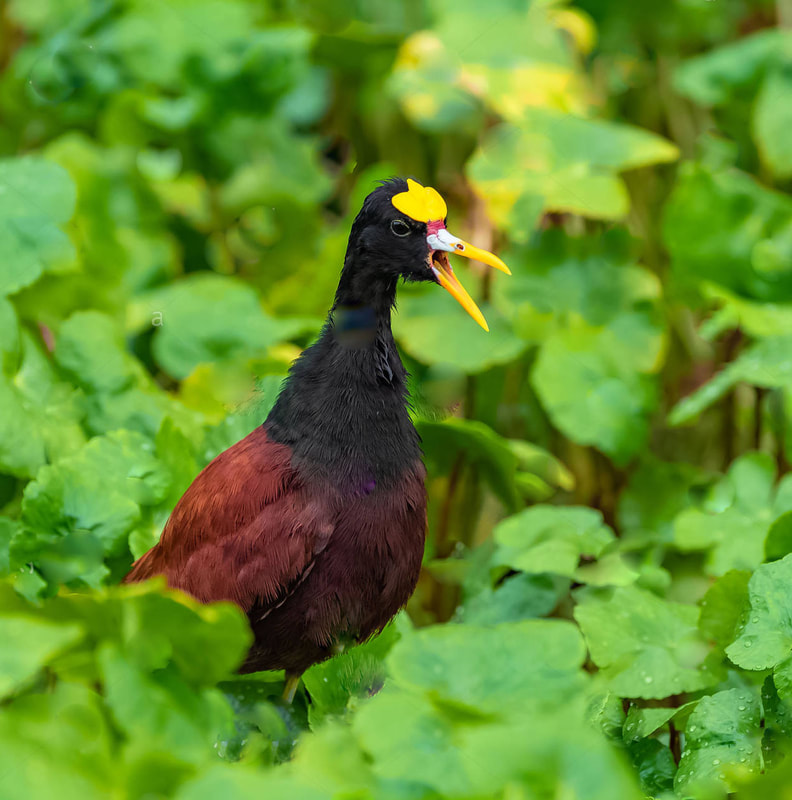
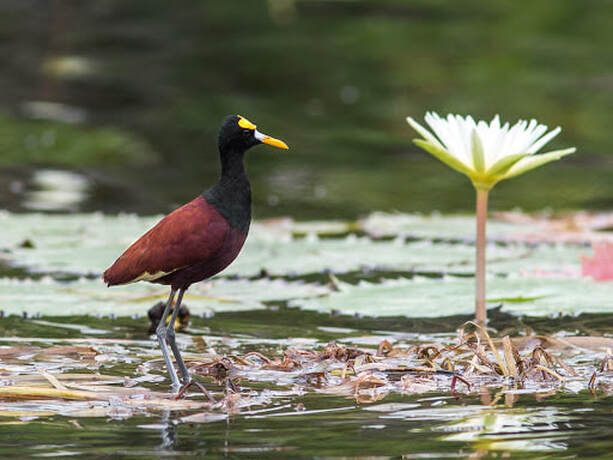
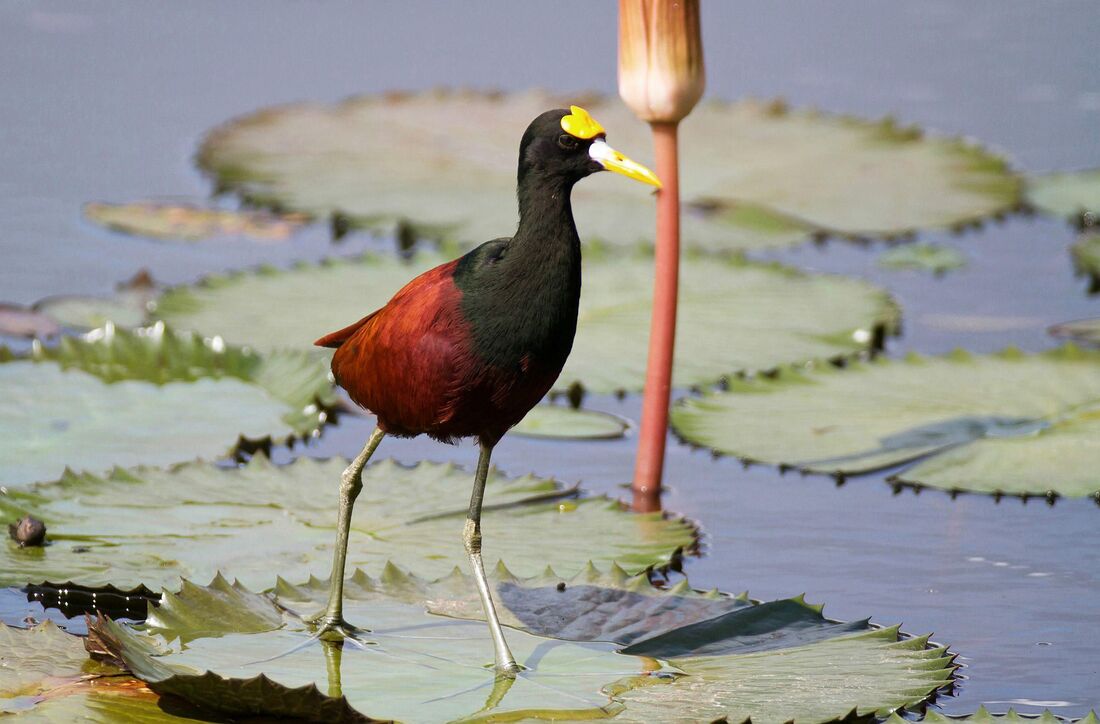
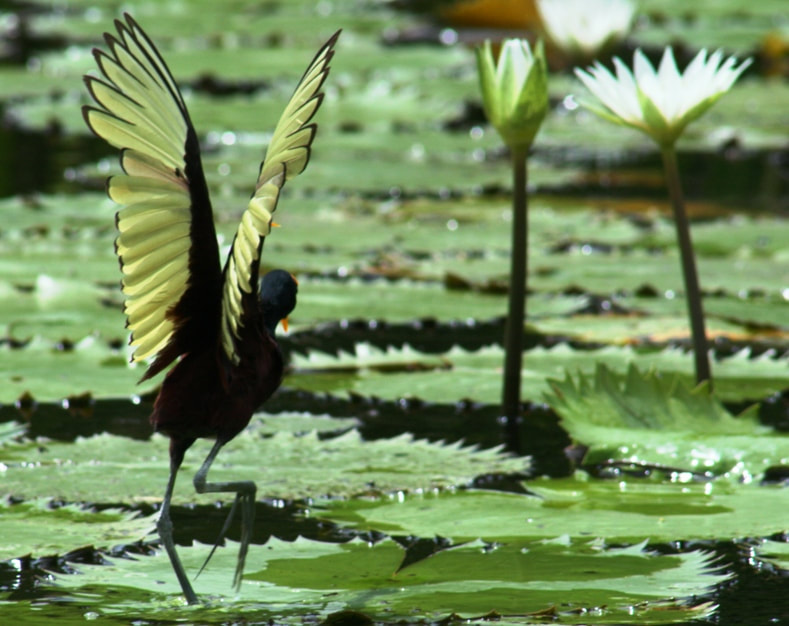
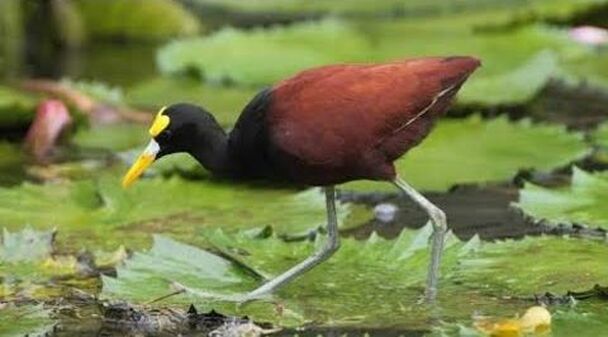
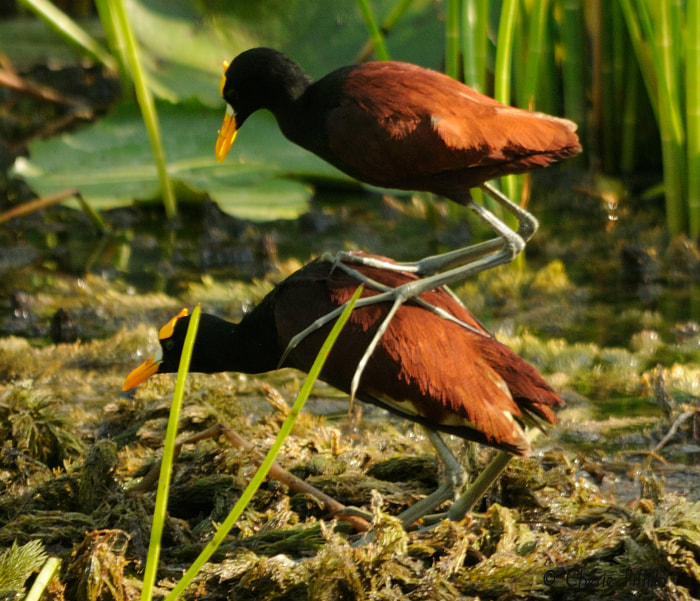
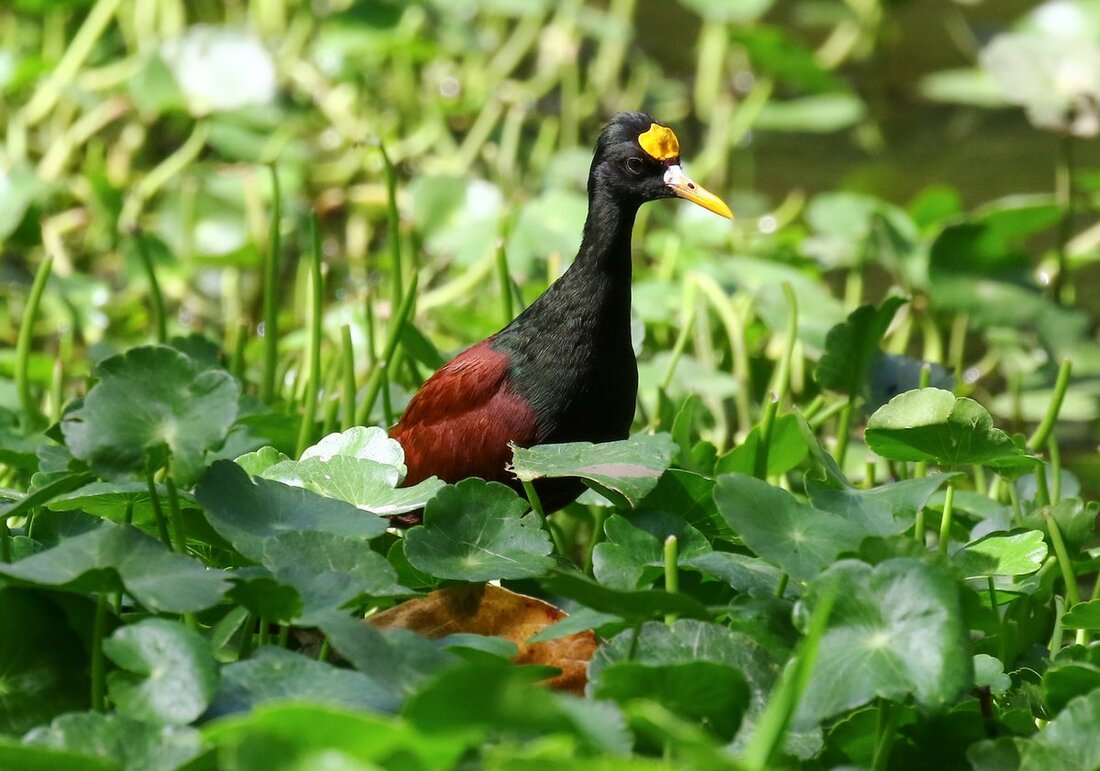
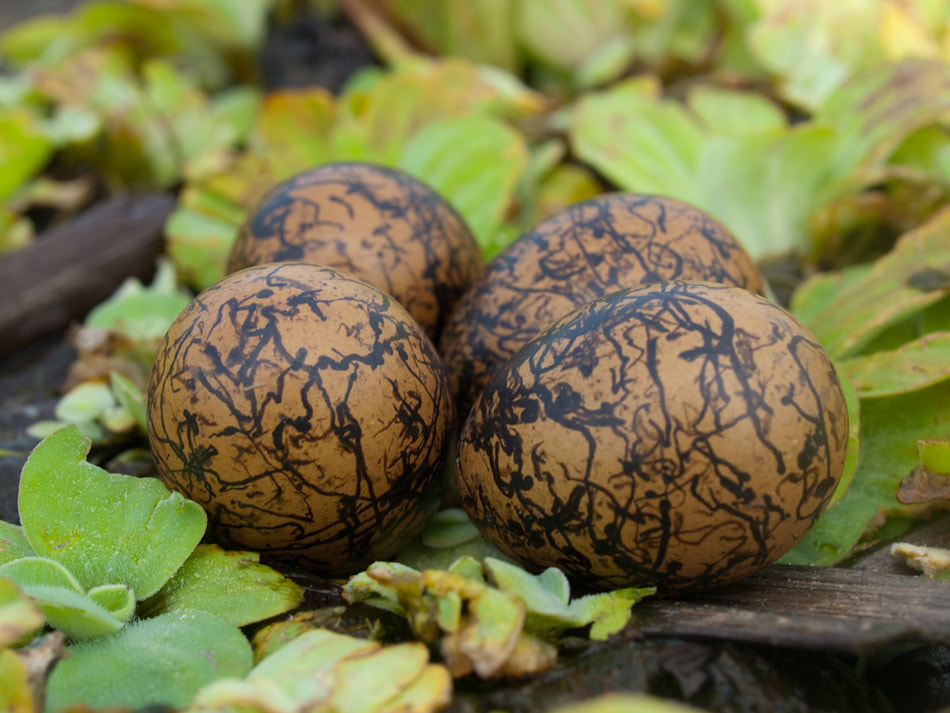
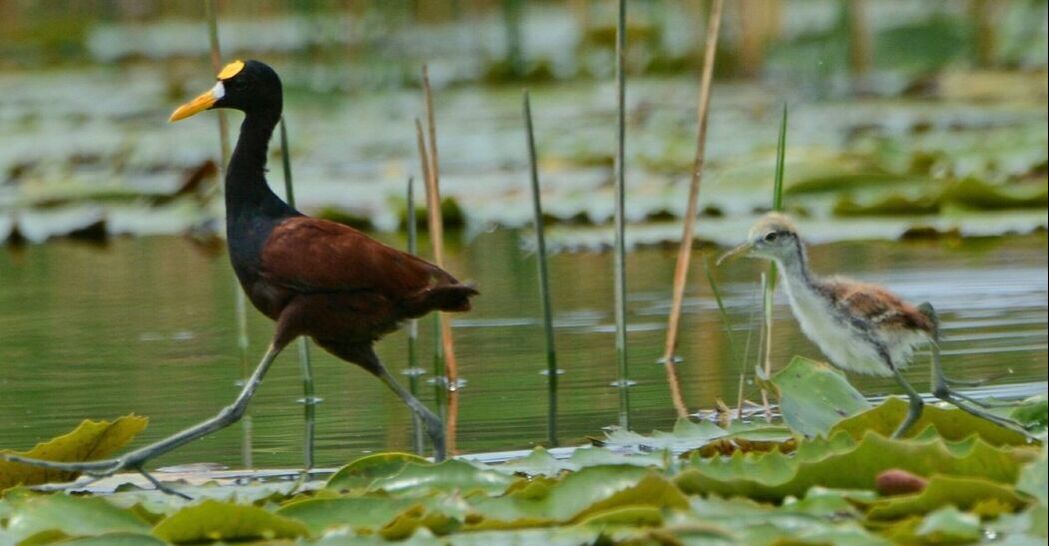
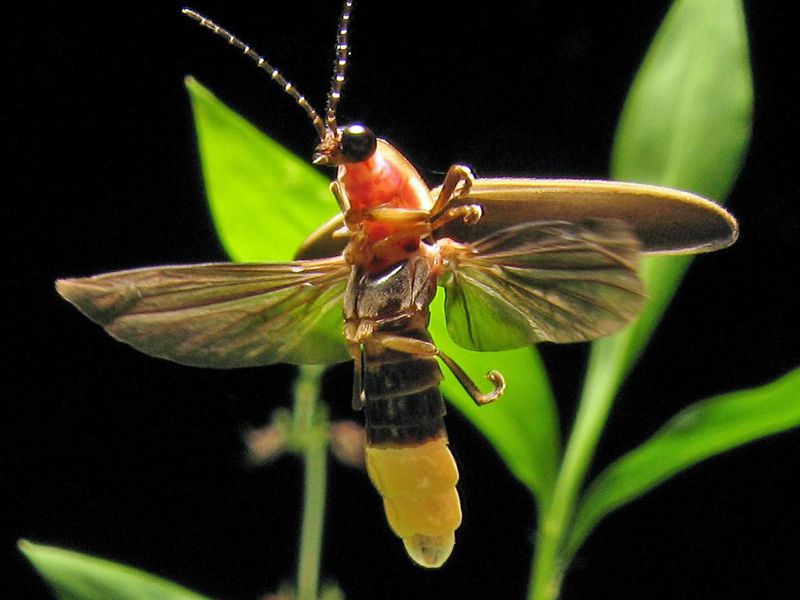
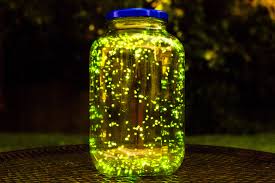
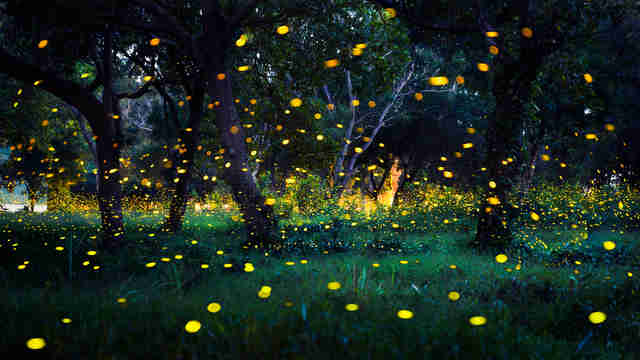
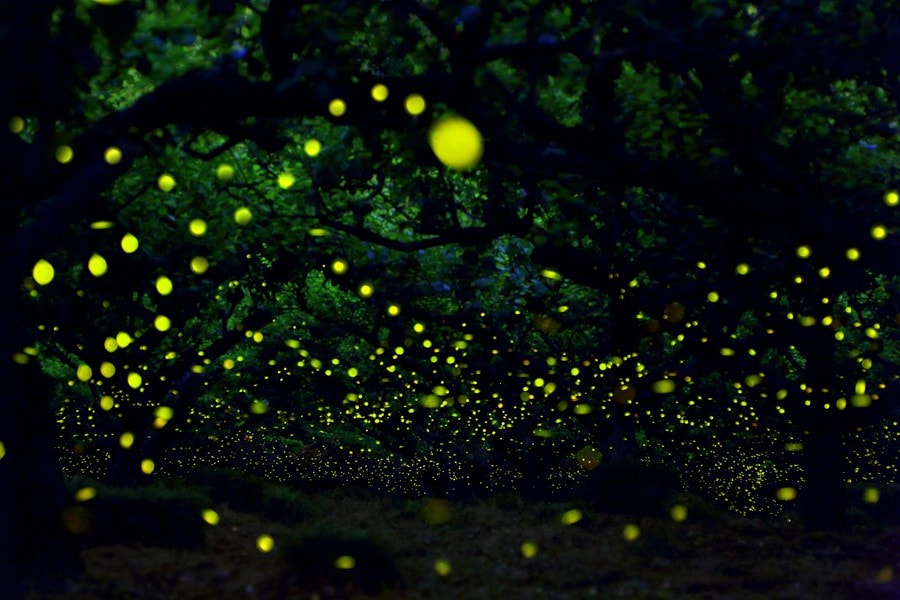
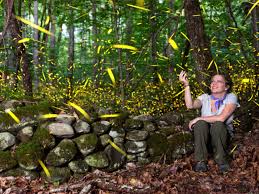
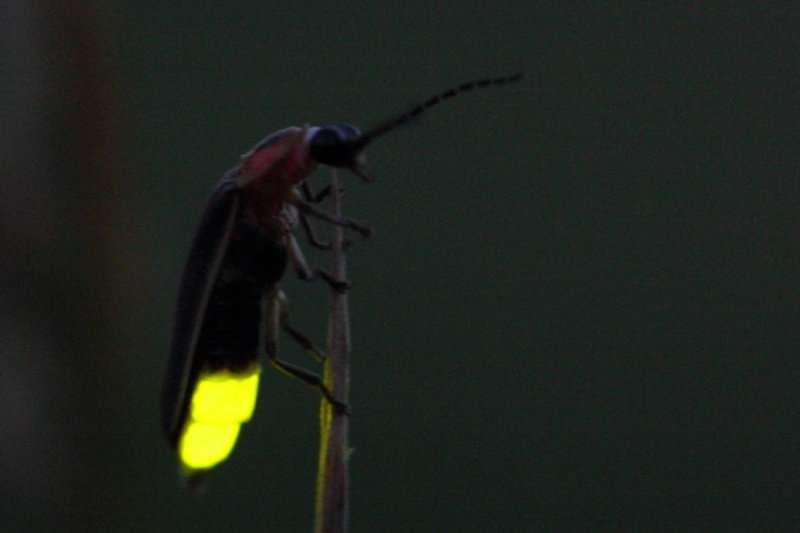
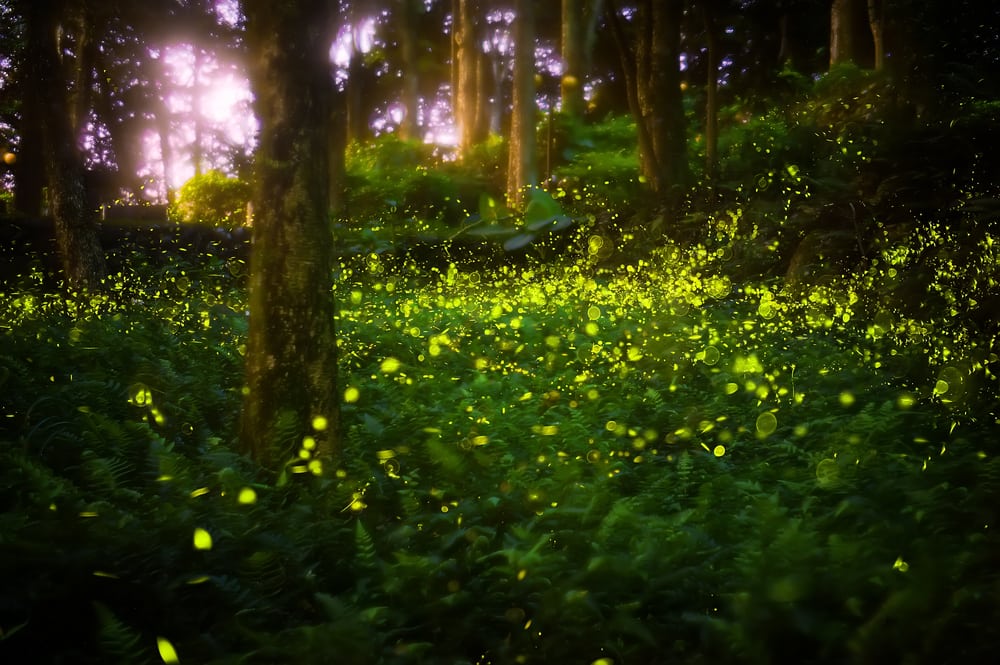
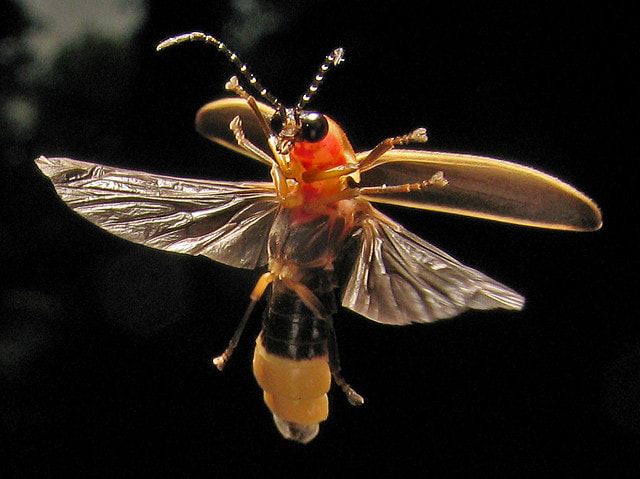
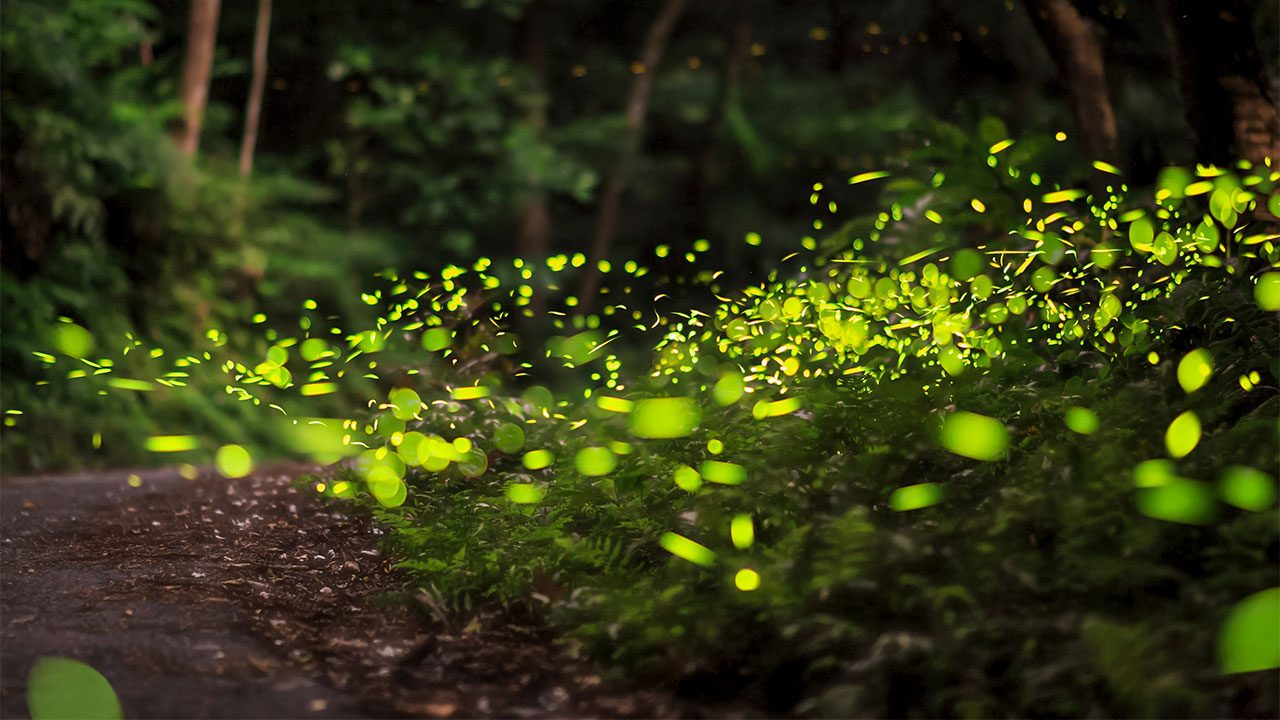
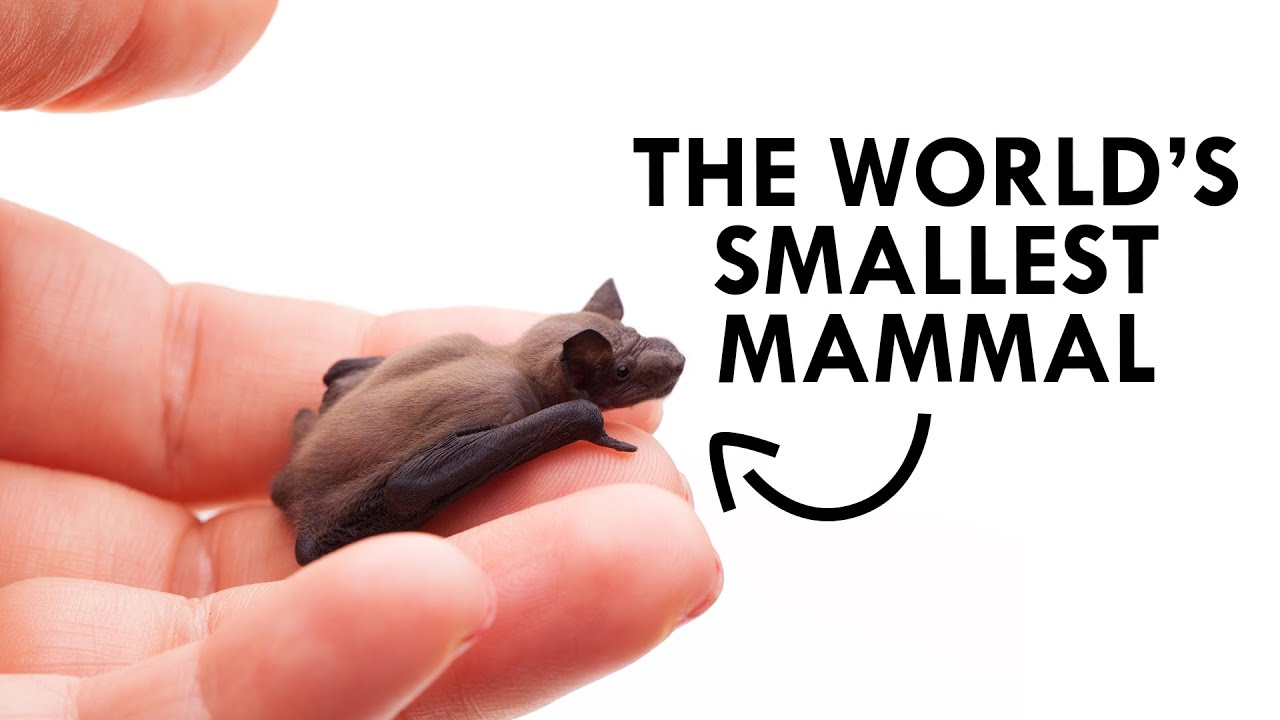
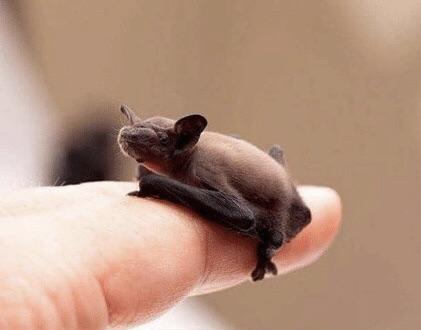
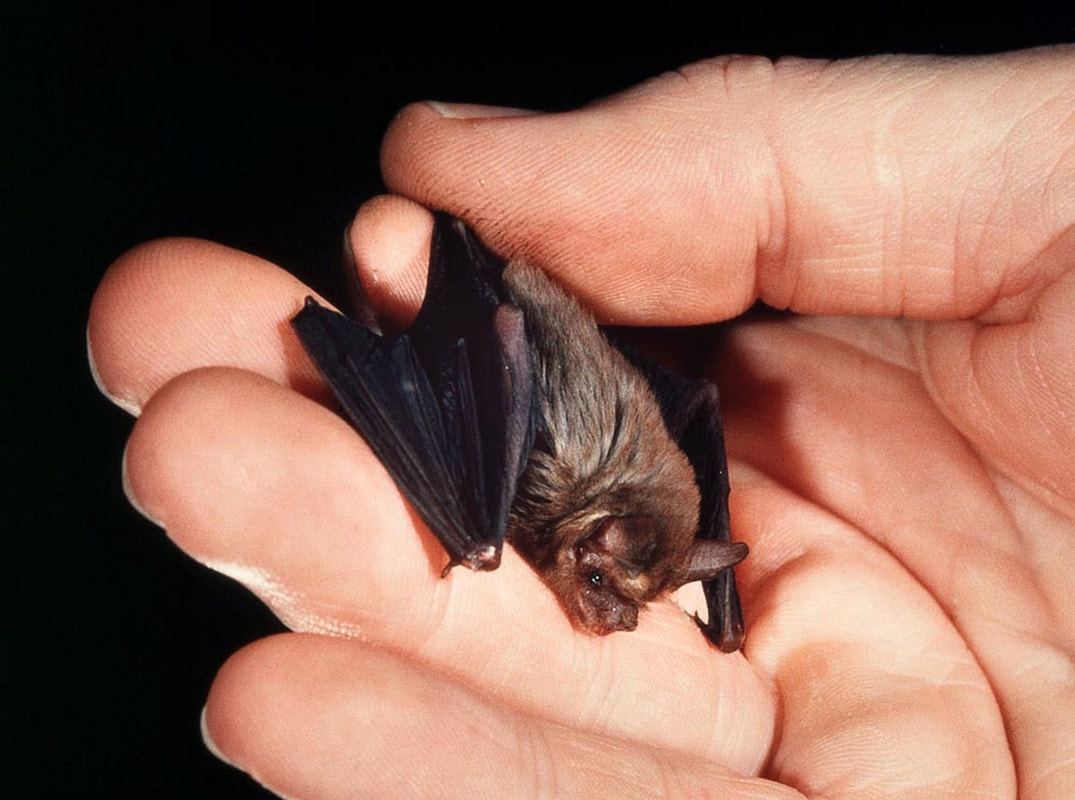







 RSS Feed
RSS Feed


